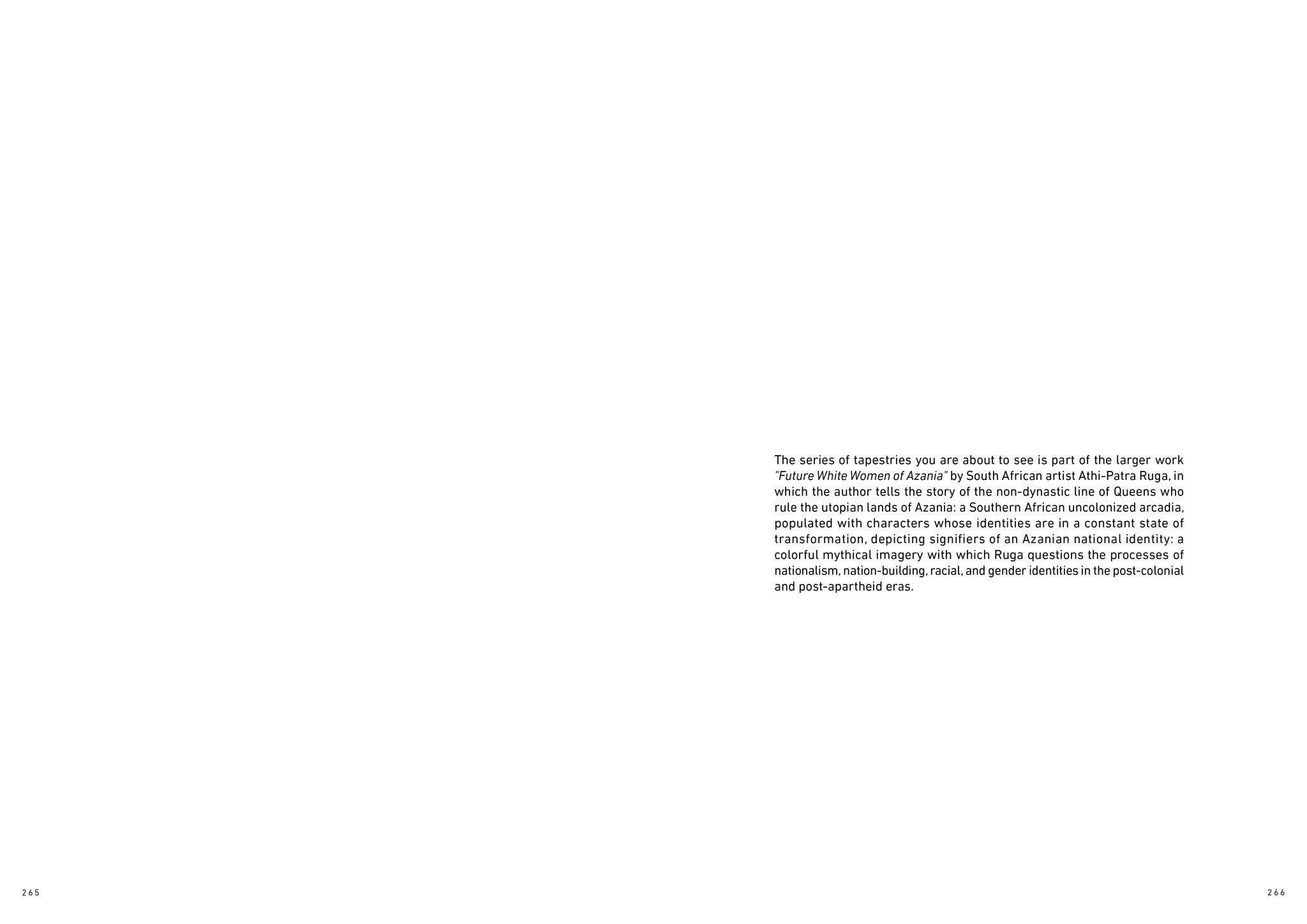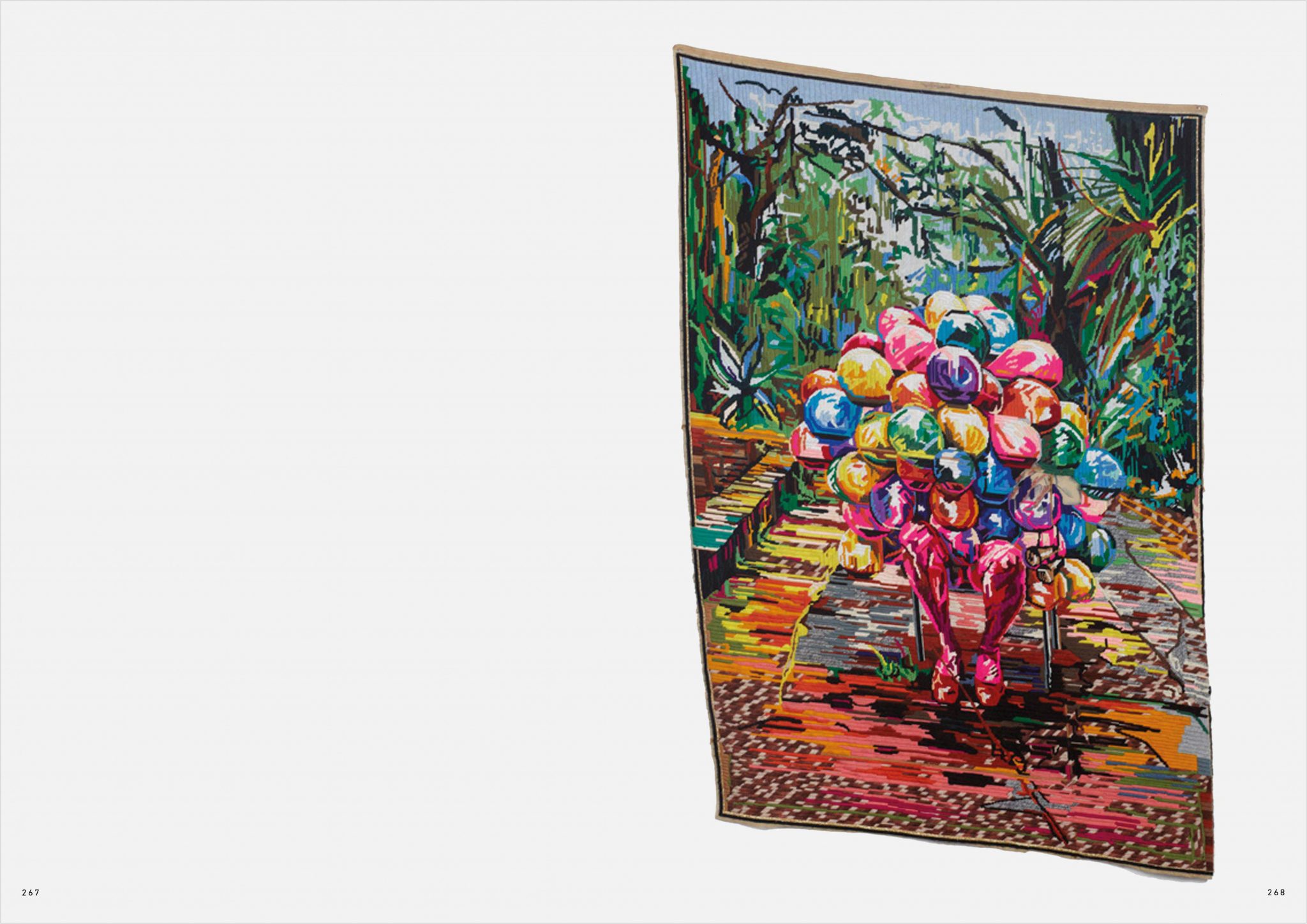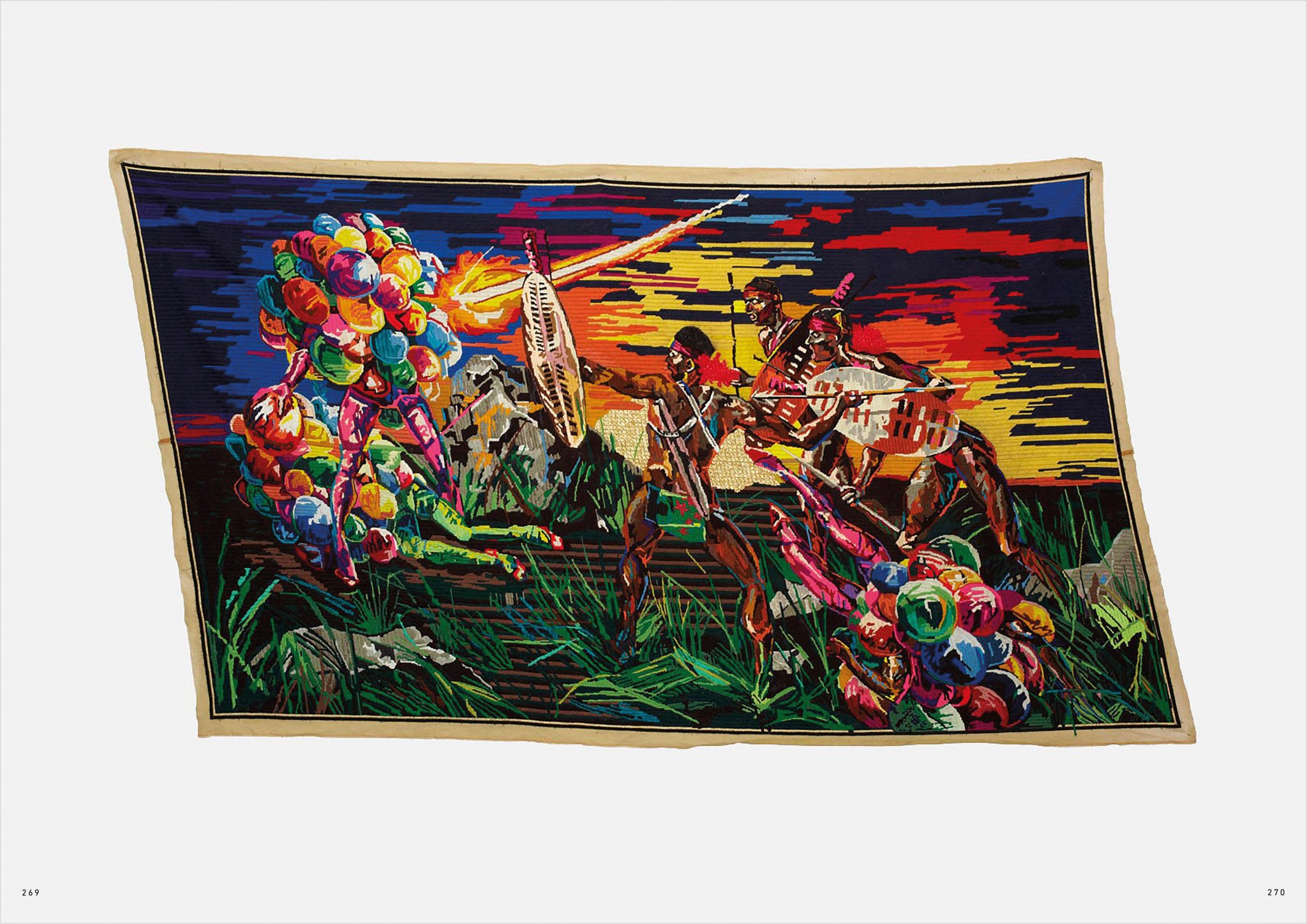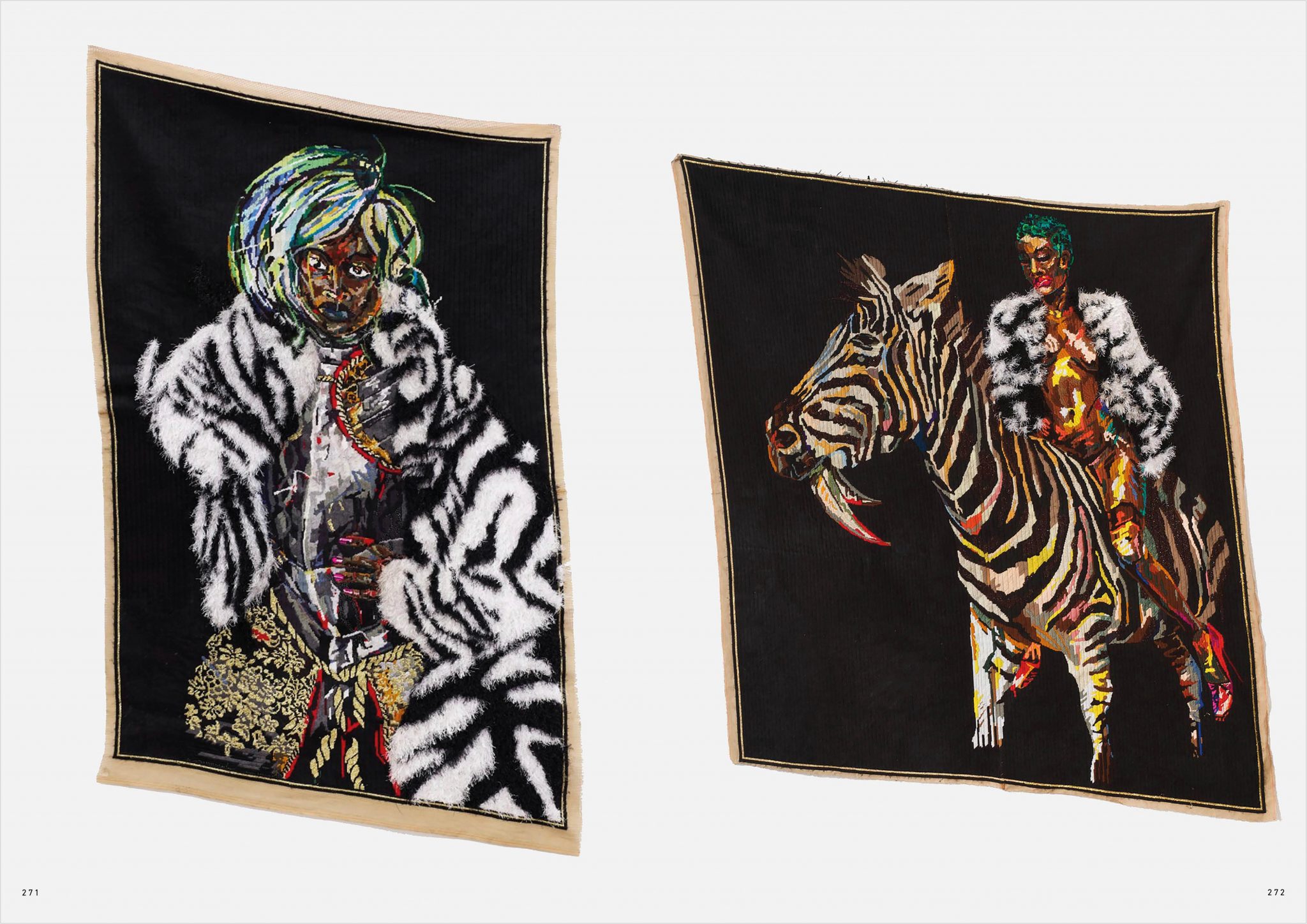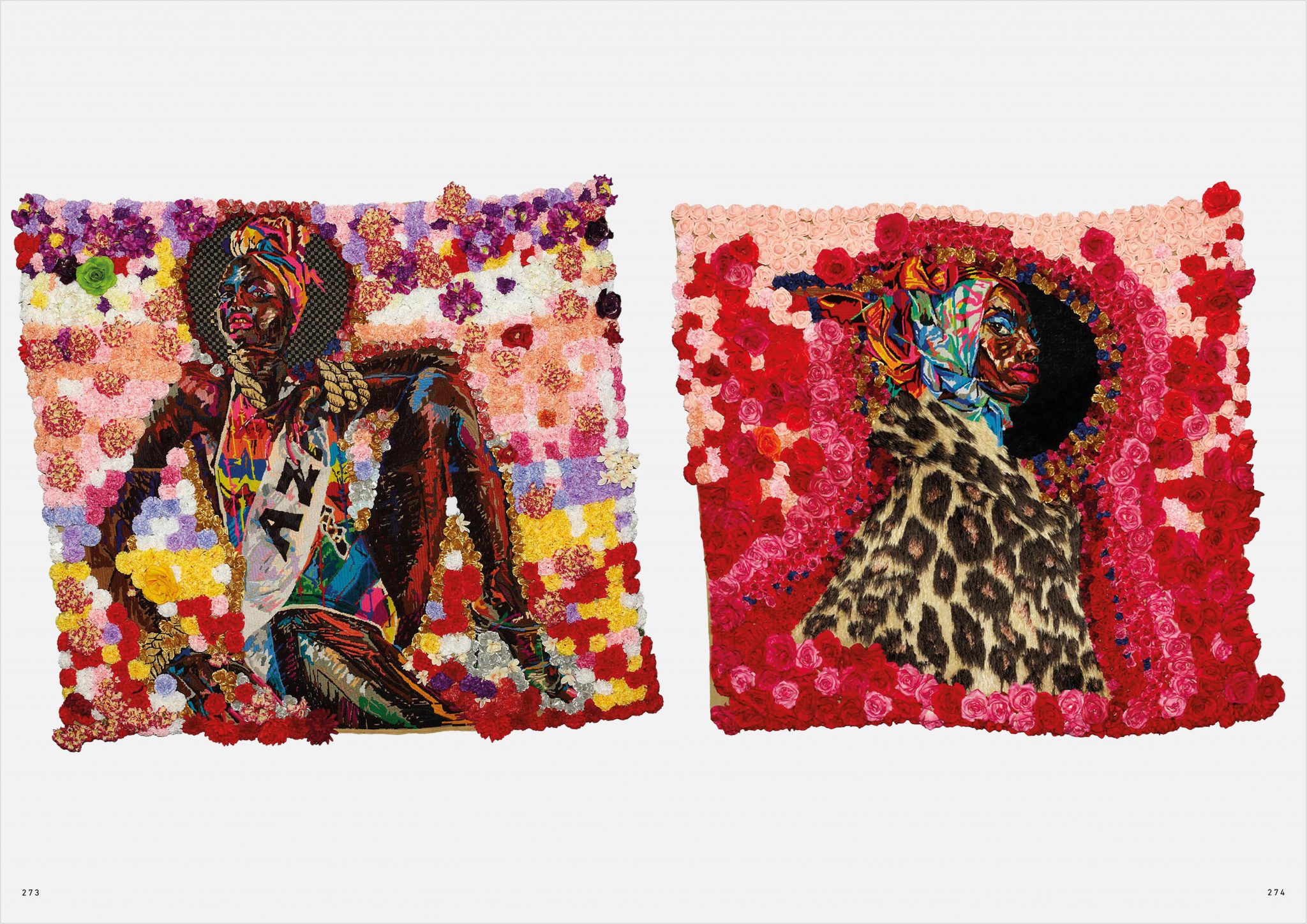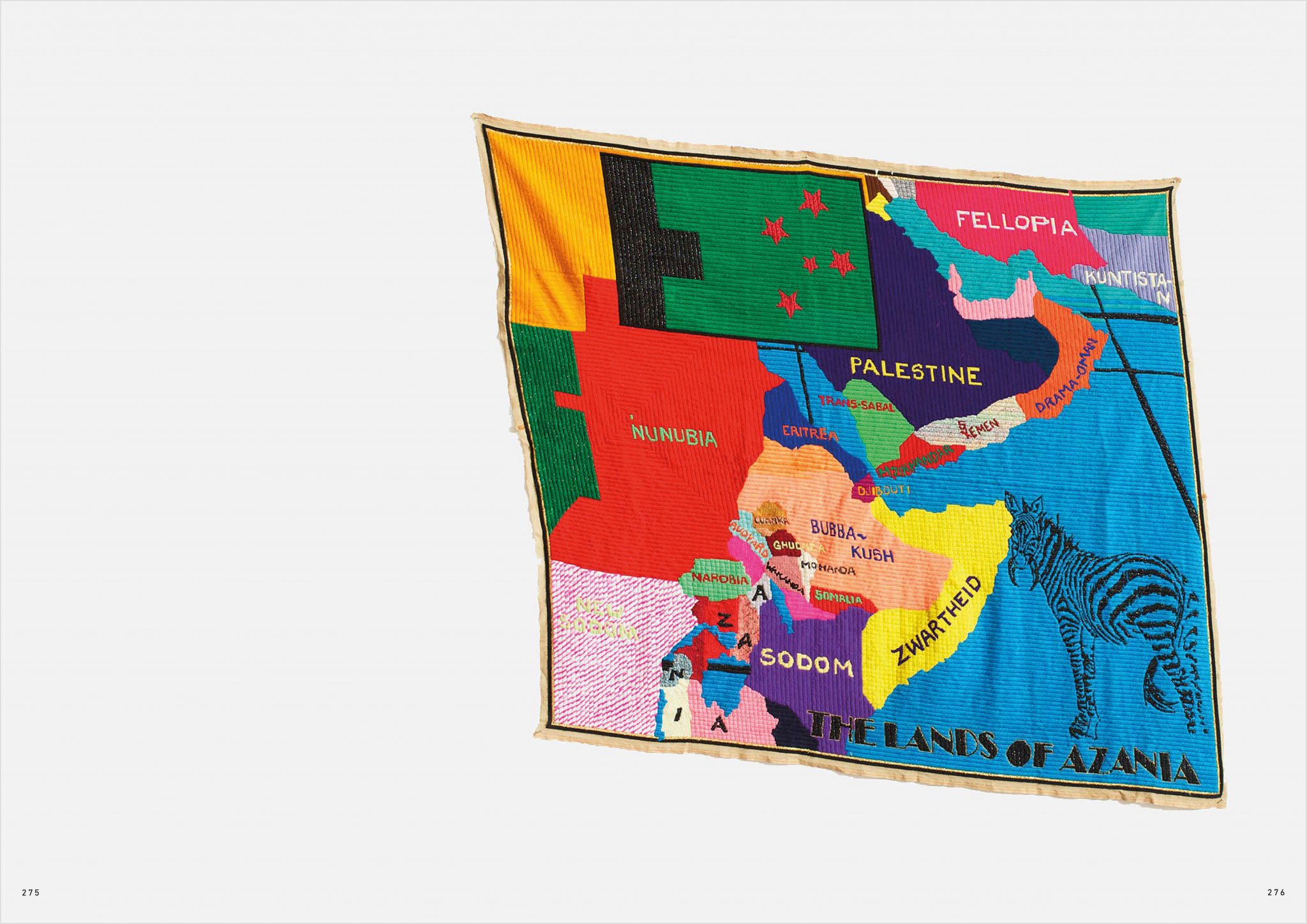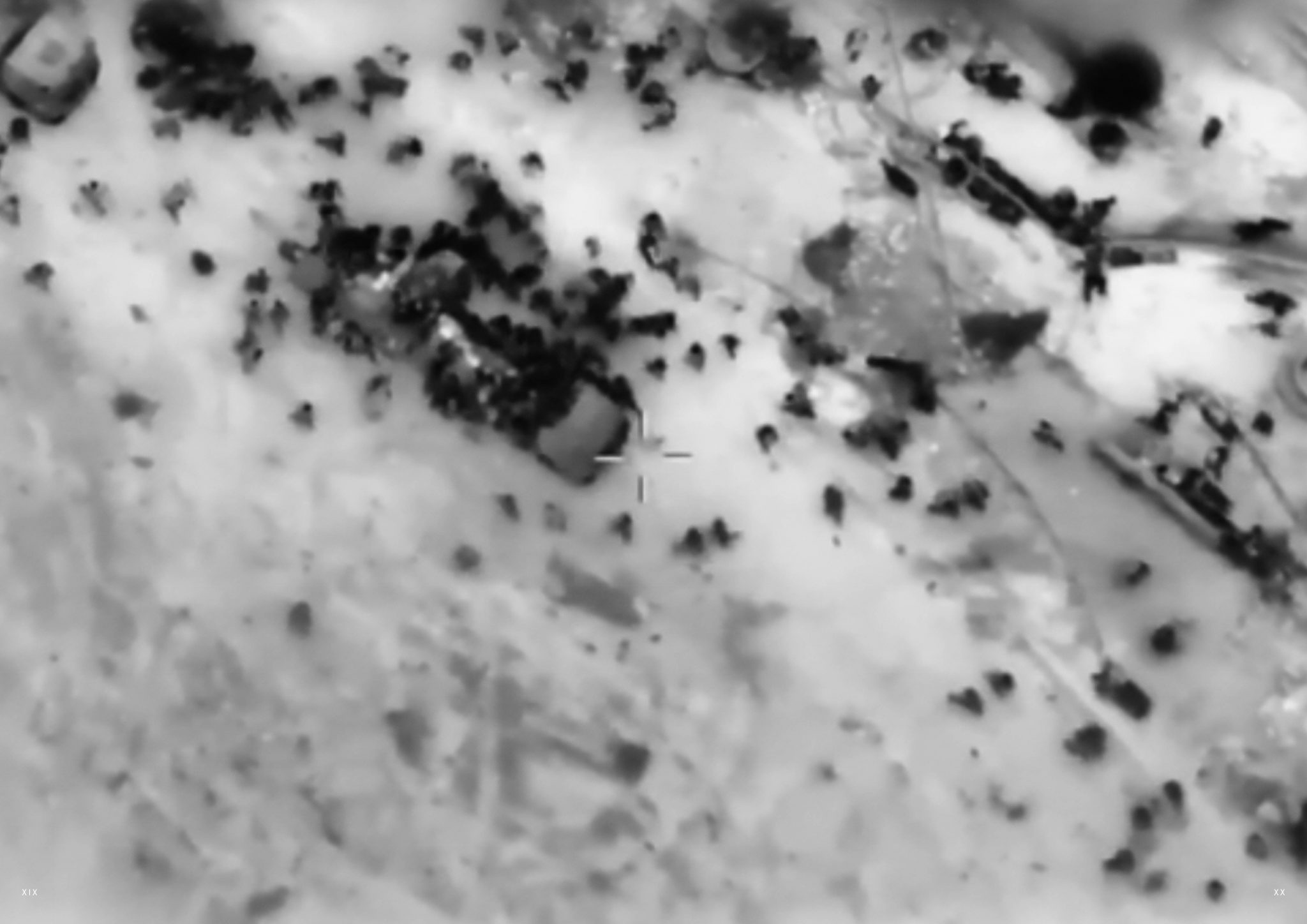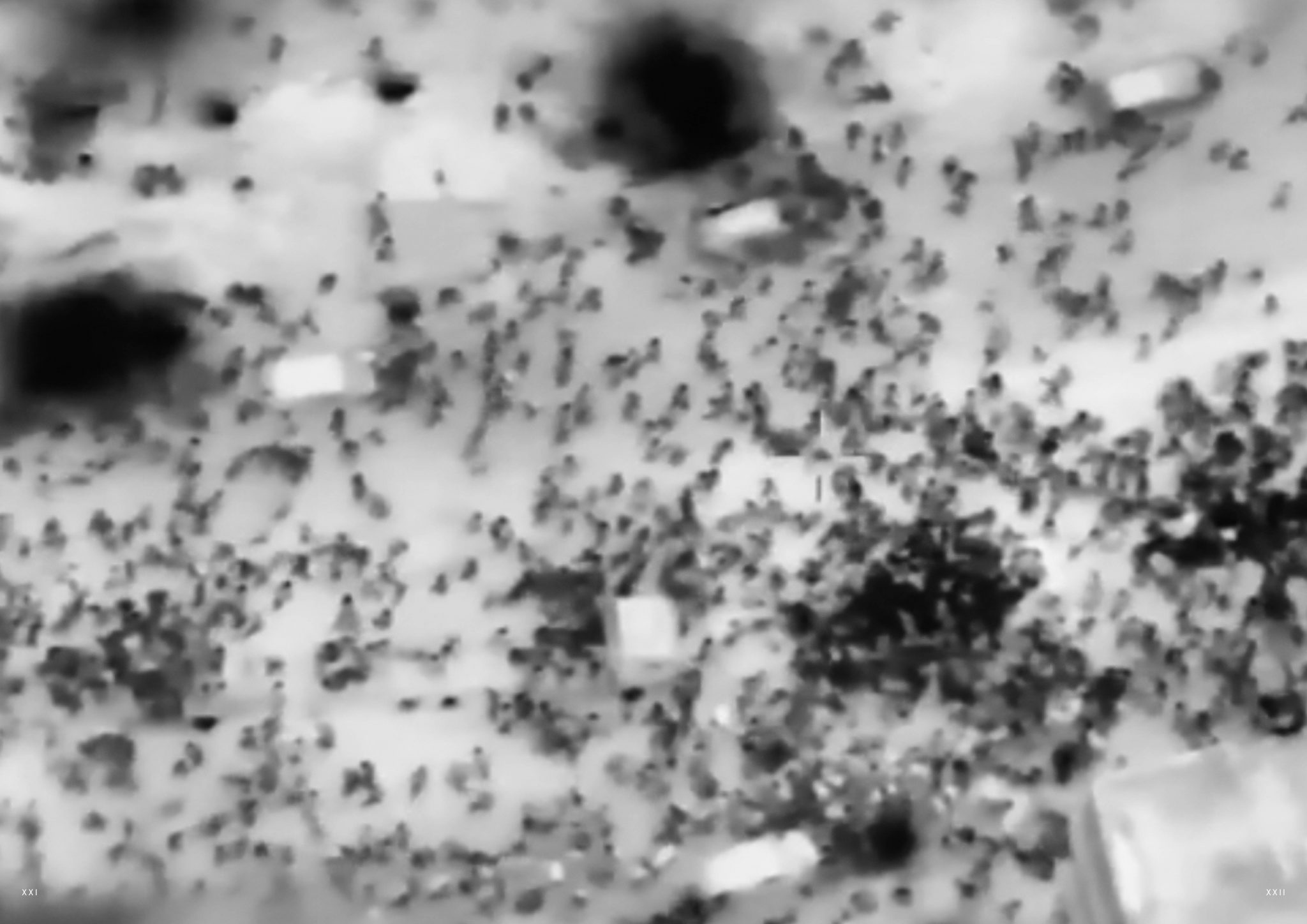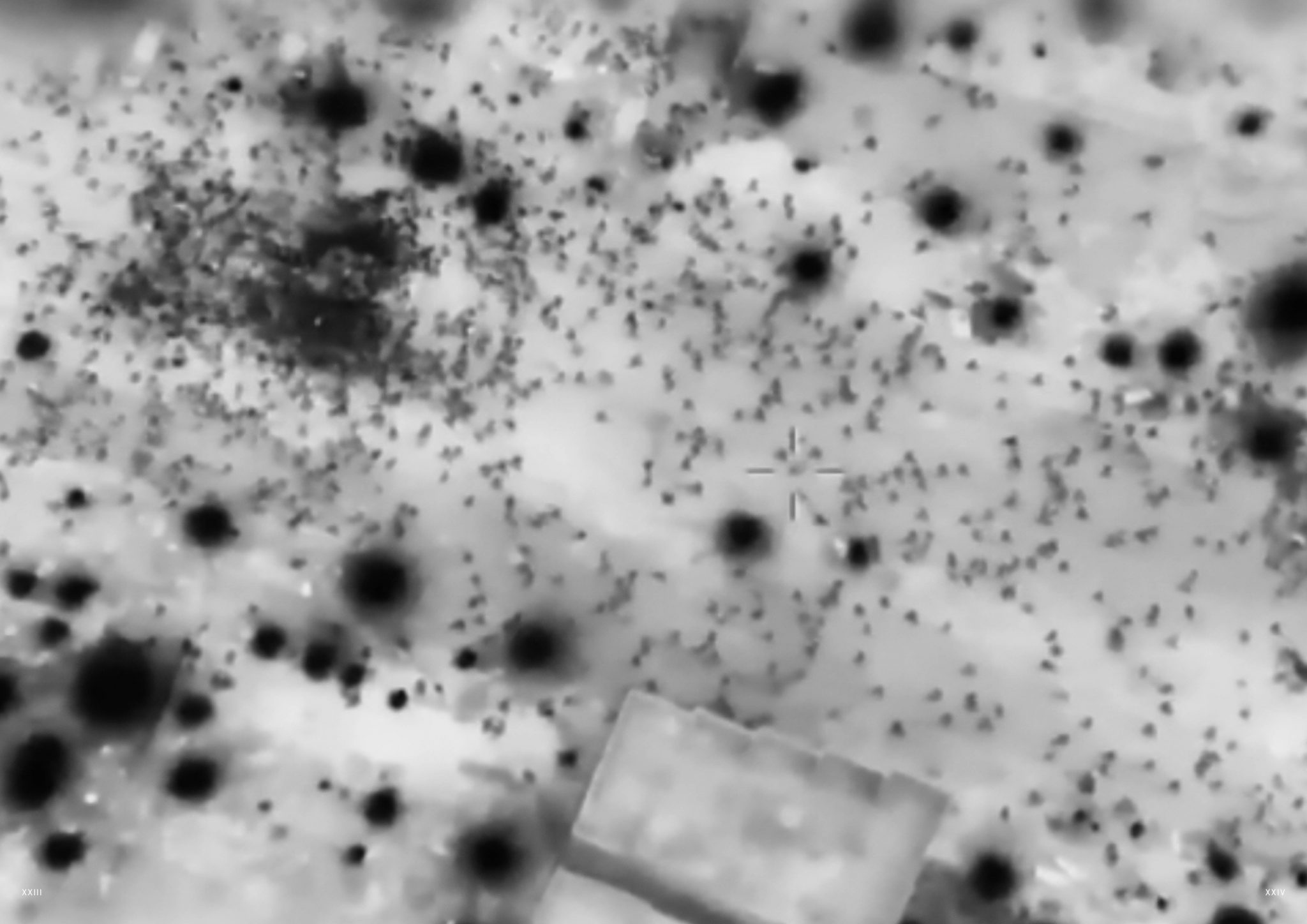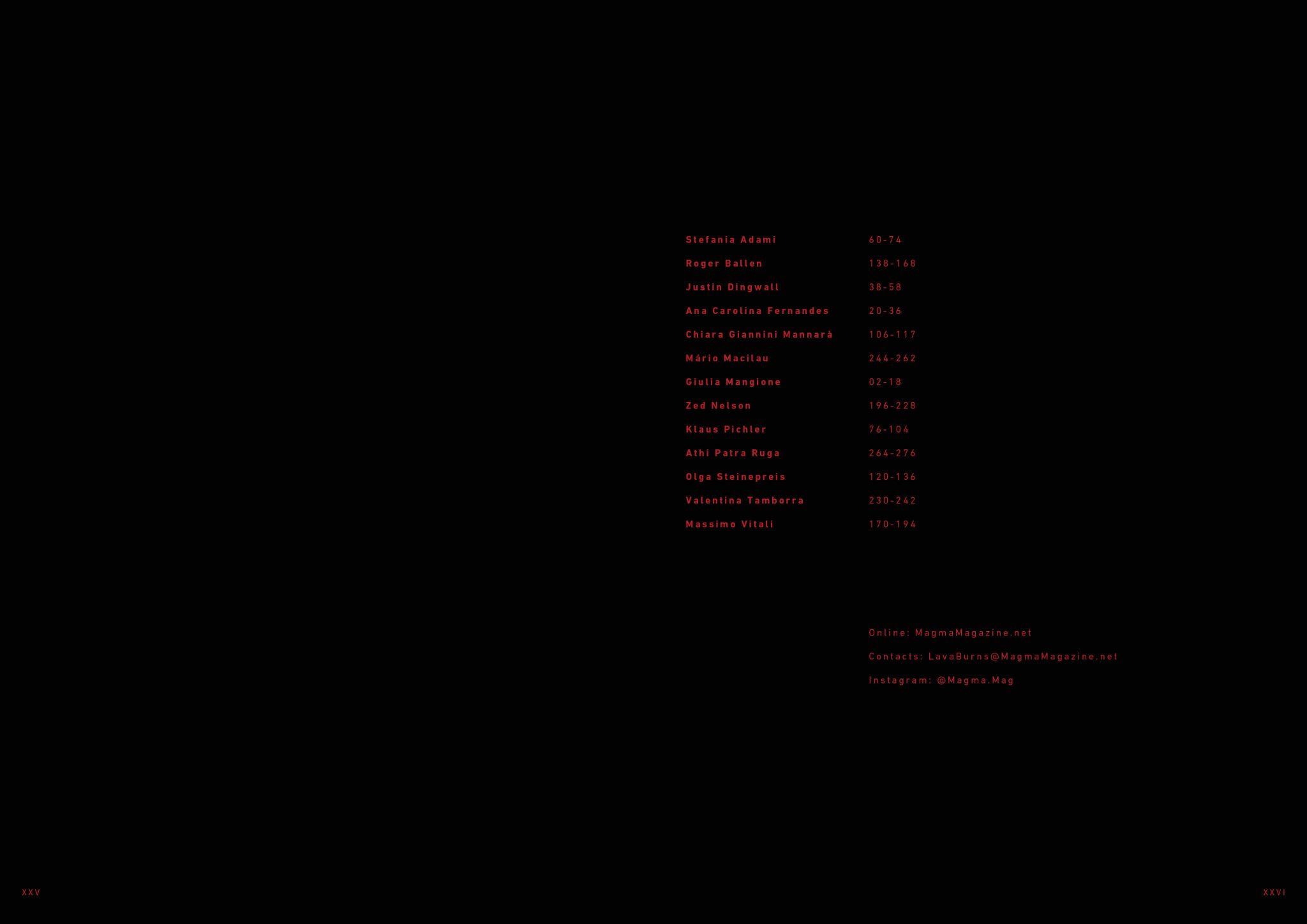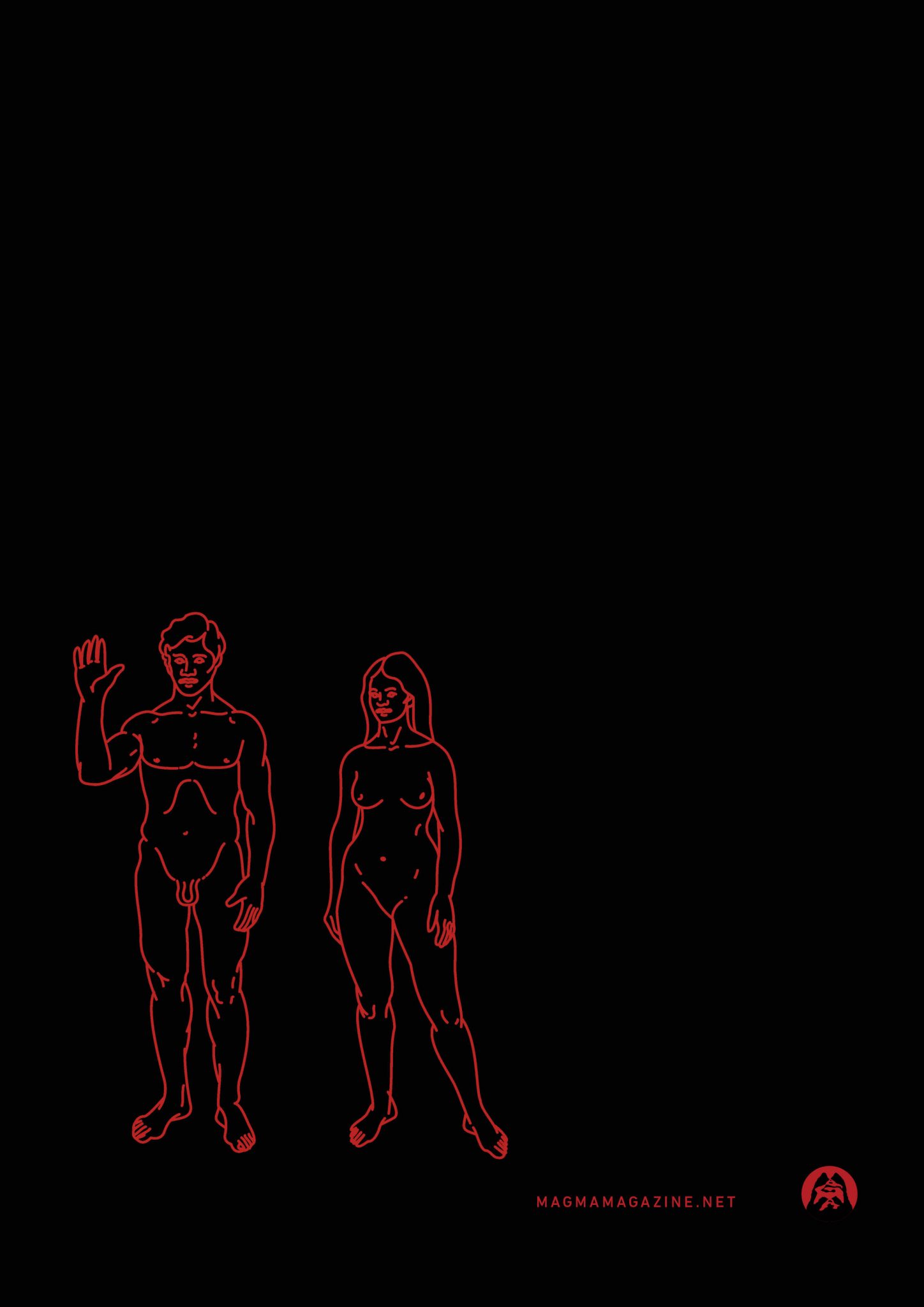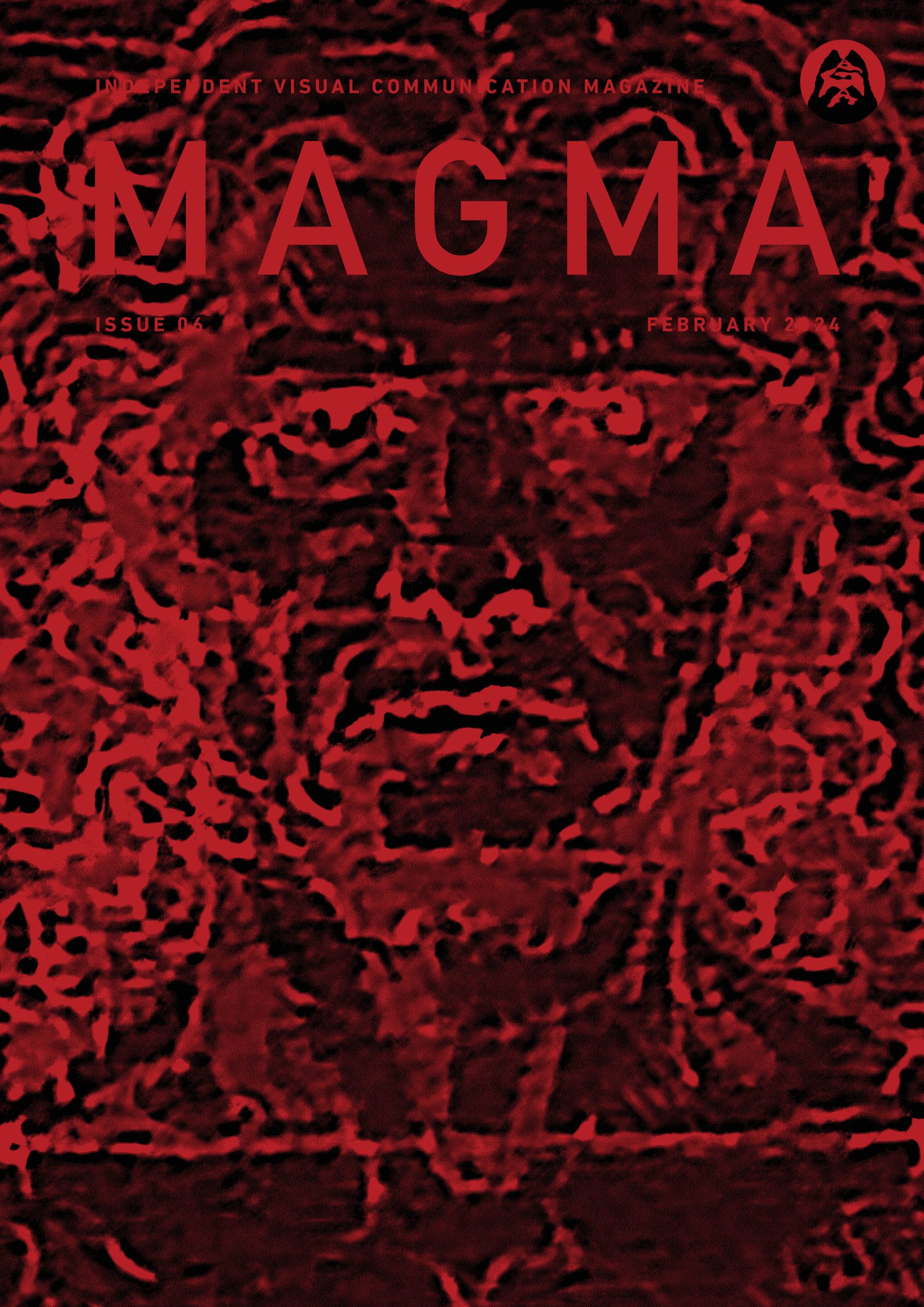
MAGMA MAGAZINE 06, February 2024.
This issue has “humanity” as its theme and, far from being an exhaustive anthology on human beings, it aims to present a catalog of images showing multiple facets in which the essence from our species manifests itself: from the physicality of the struggle for survival to one that celebrates life’s more ephemeral pleasures, from the reflections of spirituality and psychology that pervades and governs the varied domains of the mind, to the unfathomable, emotional materializations of our deepest unconscious. Since the dawn of time, human beings have always represented themselves, projecting a certain image which, we are led to believe, should tend to correspond to the individual’s idea of himself, or the common idea projected by the surrounding social environment. What is fascinating is that, as impossible as it may be to fully embrace the immense complexity of human reality through images, even in diversity it is always possible to find a lowest common denominator that unites us and allows us to always recognize ourselves in each other.
Heartfelt thanks to all the awesome contributors to this issue: Stefania Adami, Roger Ballen, Justin Dingwall, Ana Carolina Fernandes, Chiara Giannini Mannarà, Mário Macilau, Giulia Mangione, Zed Nelson, Klaus Pichler, Athi-Patra Ruga, Olga Steinepreis, Valentina Tamborra, Massimo Vitali. Index of contributors’ works can be found in the closing pages of the Magazine.

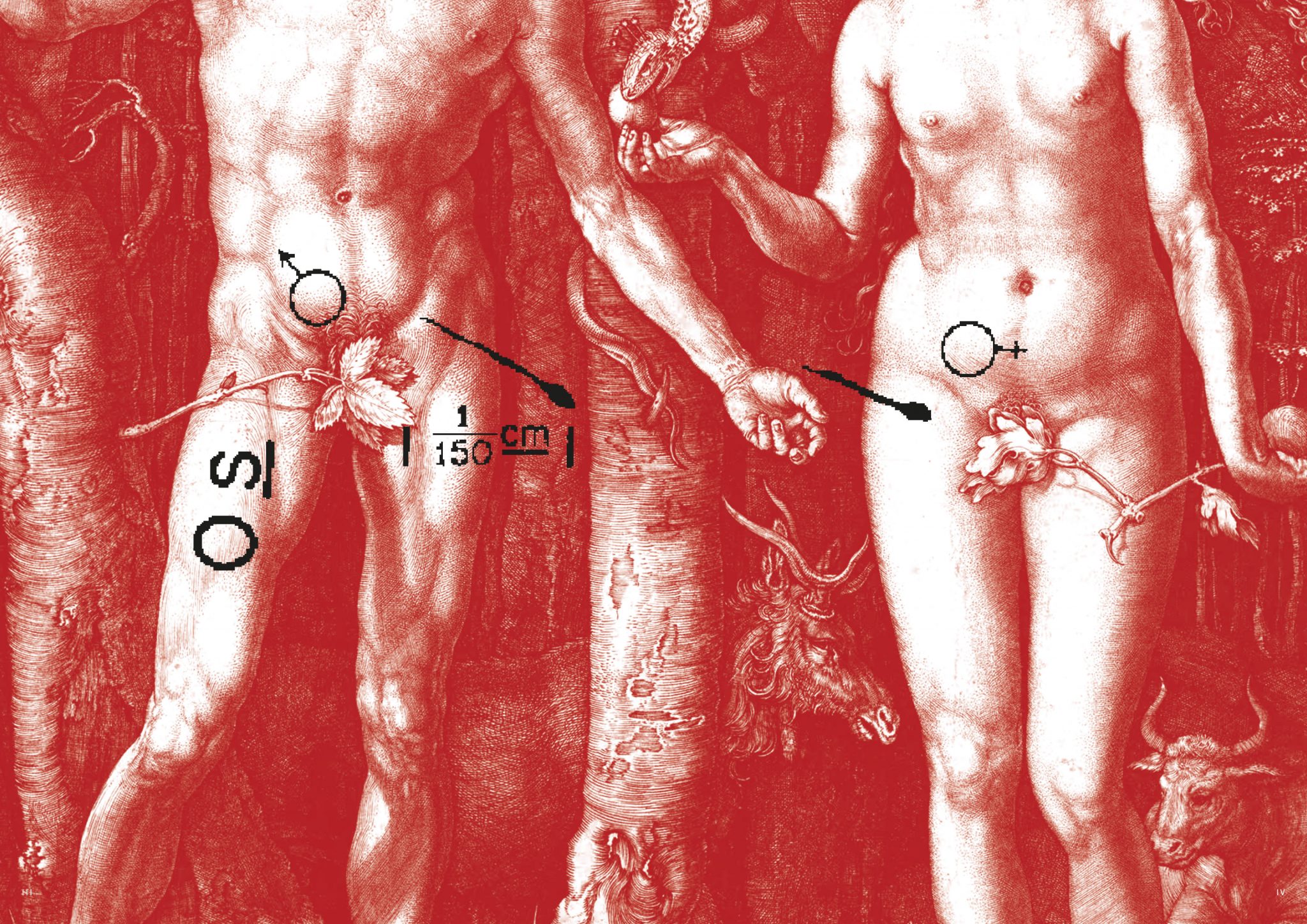
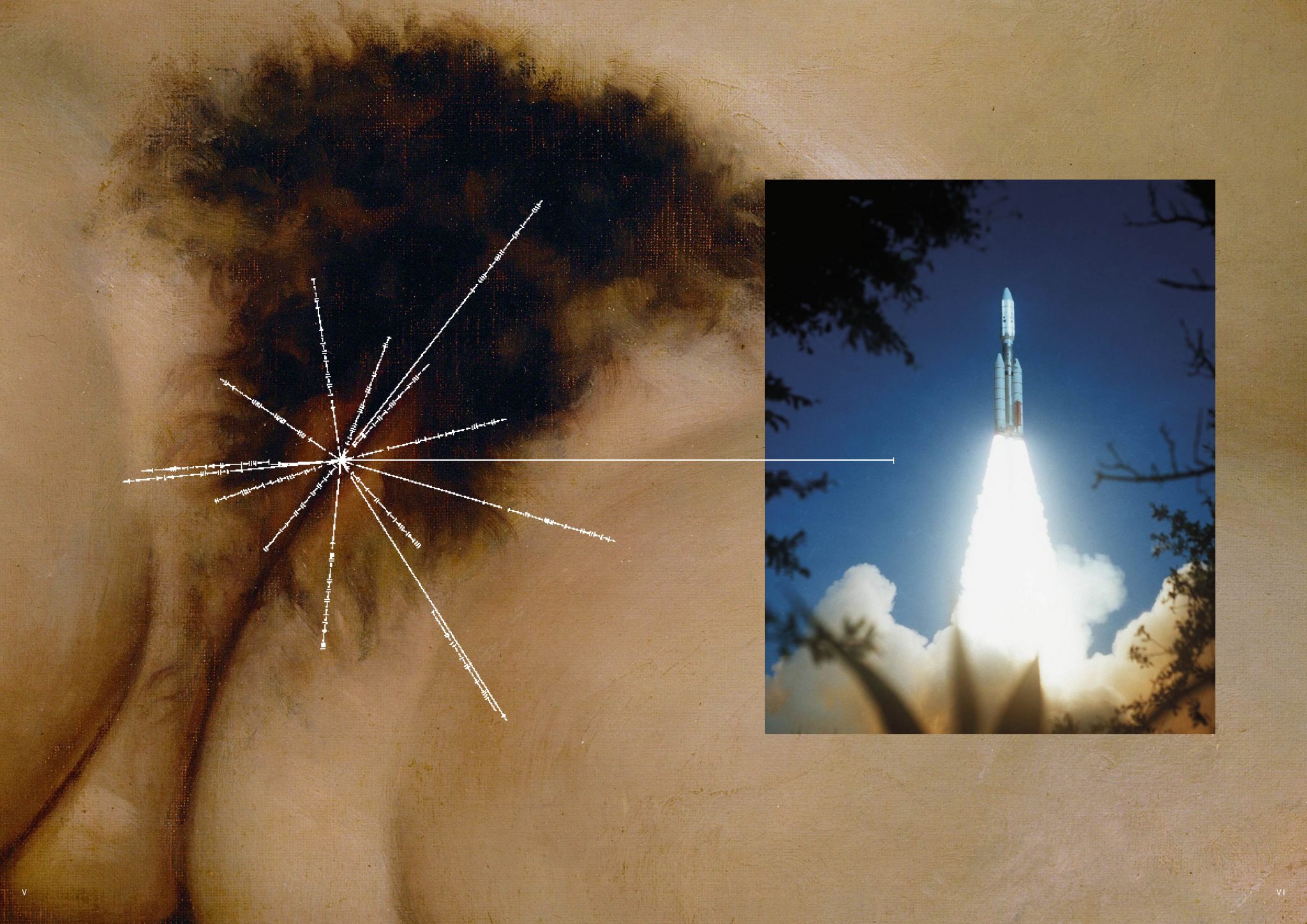
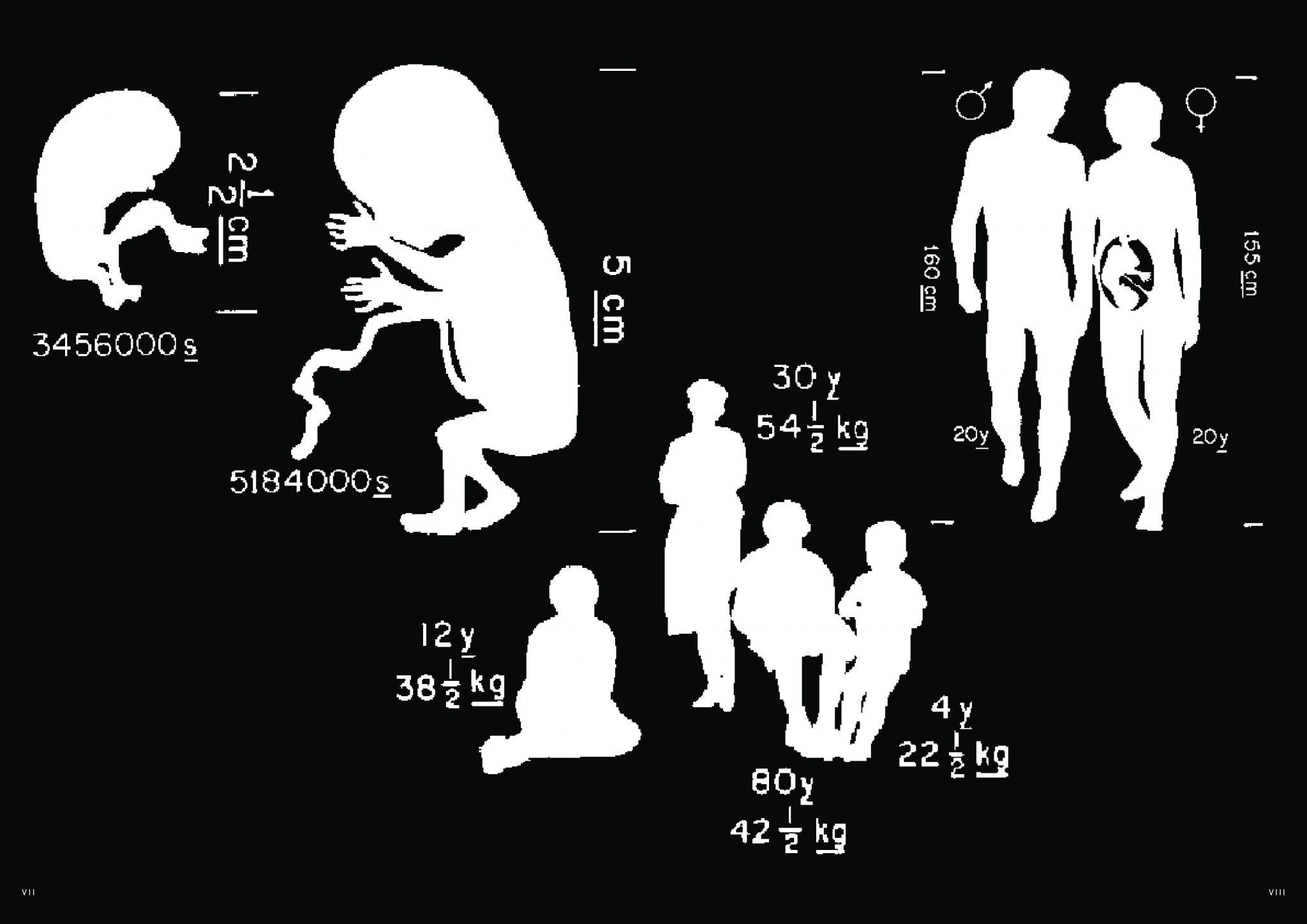
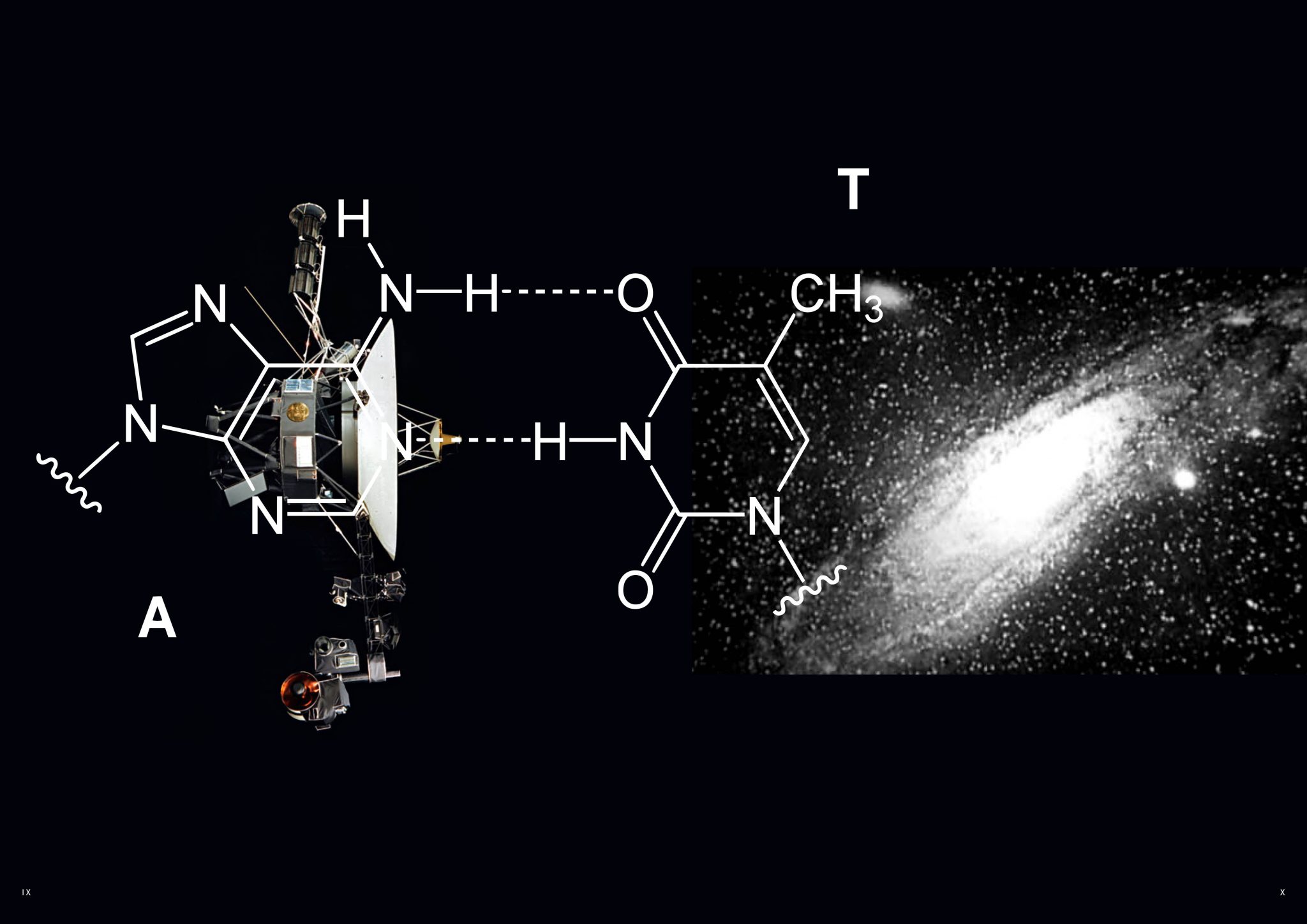
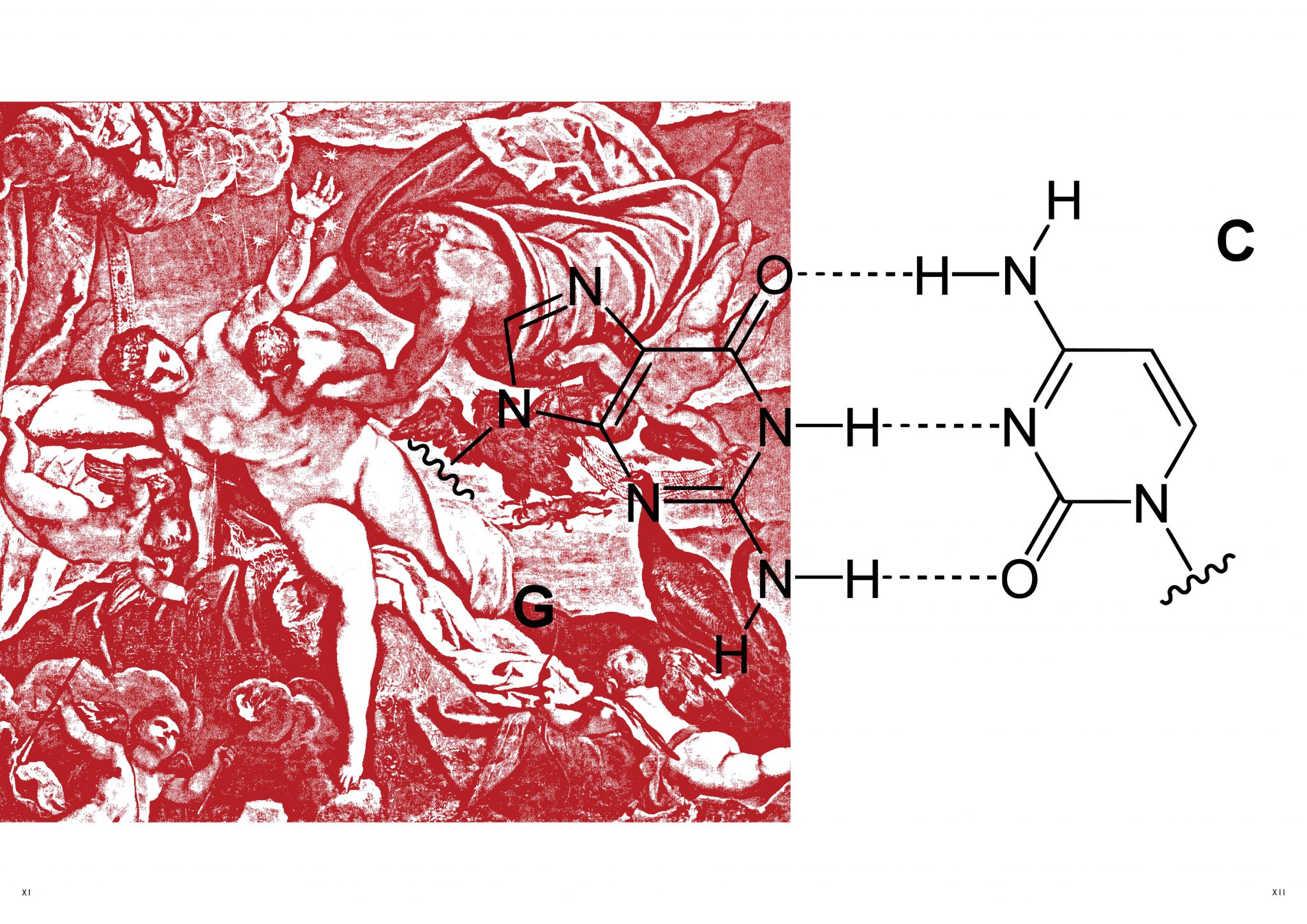
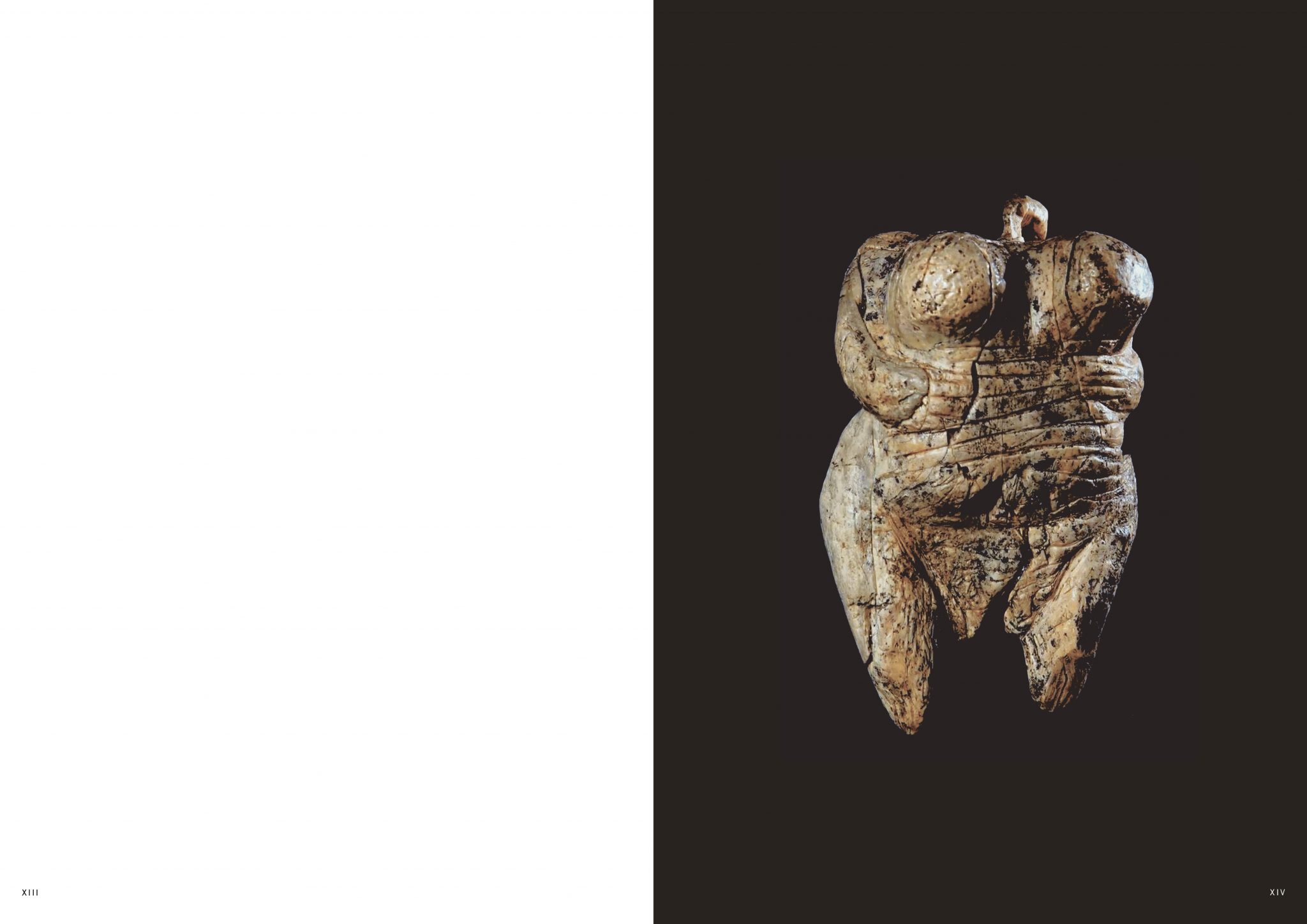
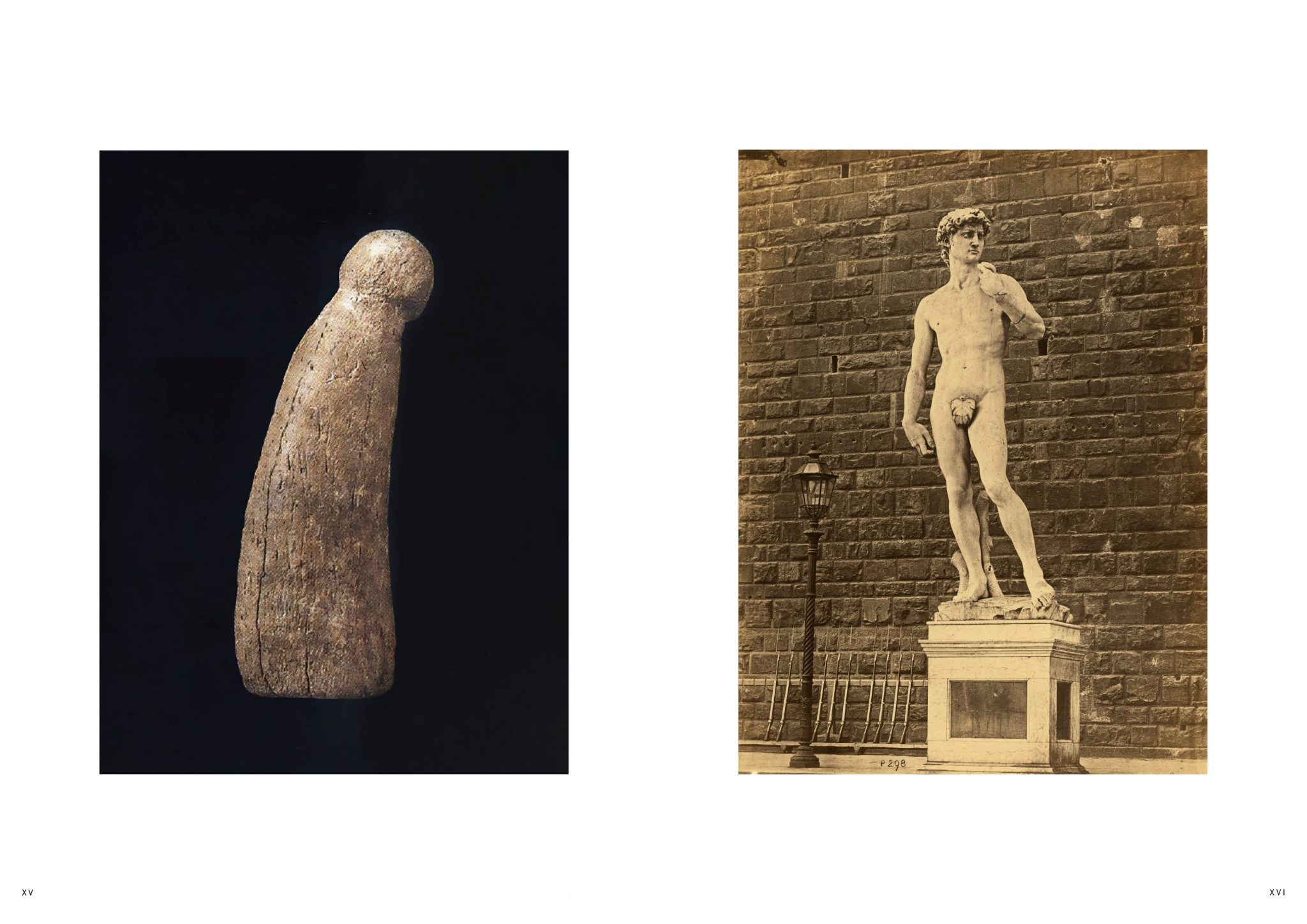
Giulia Mangione
According to the World Happiness Report, an annual survey on the state of global happiness commissioned by the United Nations, Denmark is often ranked as the “happiest country in the world”. During her photographic studies in Denmark in 2014, Giulia Mangione chose to explore the roots of this happiness and daily life in Danish society by creating the project “Halfway Mountain”. Inspired by the philosophy of Queen Margrethe of Denmark, who, in her 2017 New Year’s Address, stressed the importance of taking seemingly purposeless actions to seek out experiences that stimulate the mind and broaden our horizons, Mangione offers us a fascinating view of how happiness can be cultivated and lived in a society whose priority is to be what it wants to be and whose schooling is geared on learning something for life in order to be aware of what makes us fulfilled and happy.

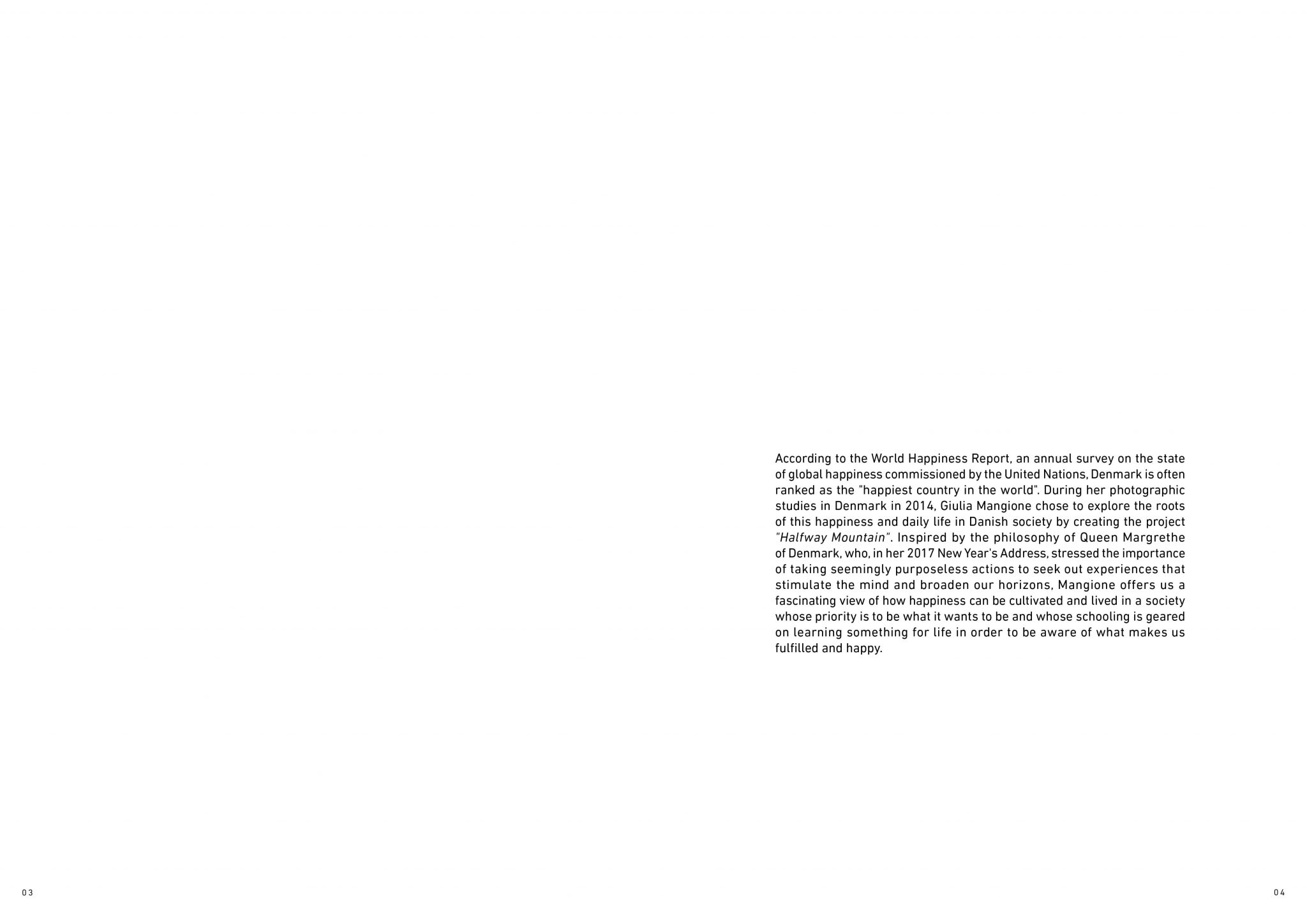
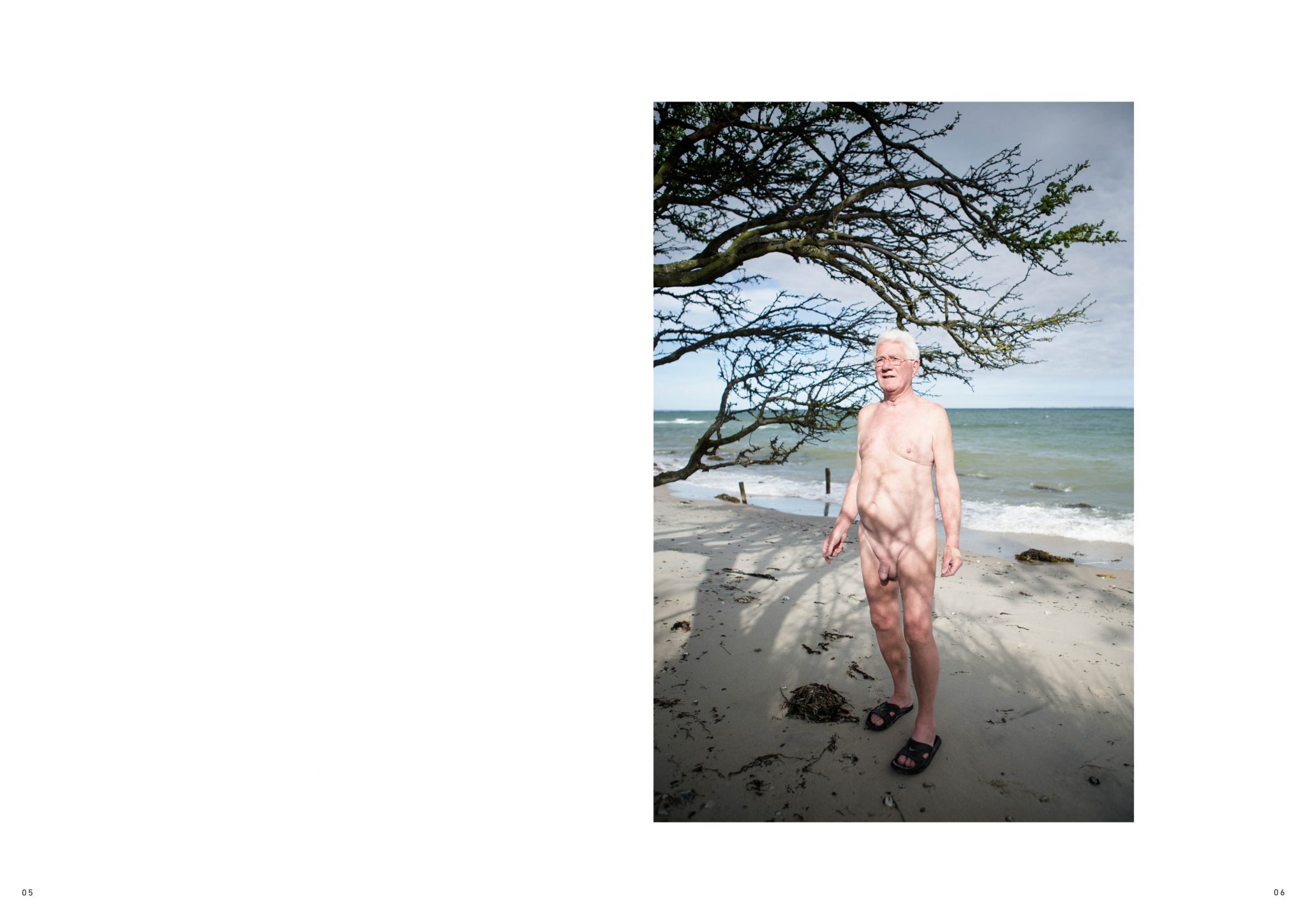
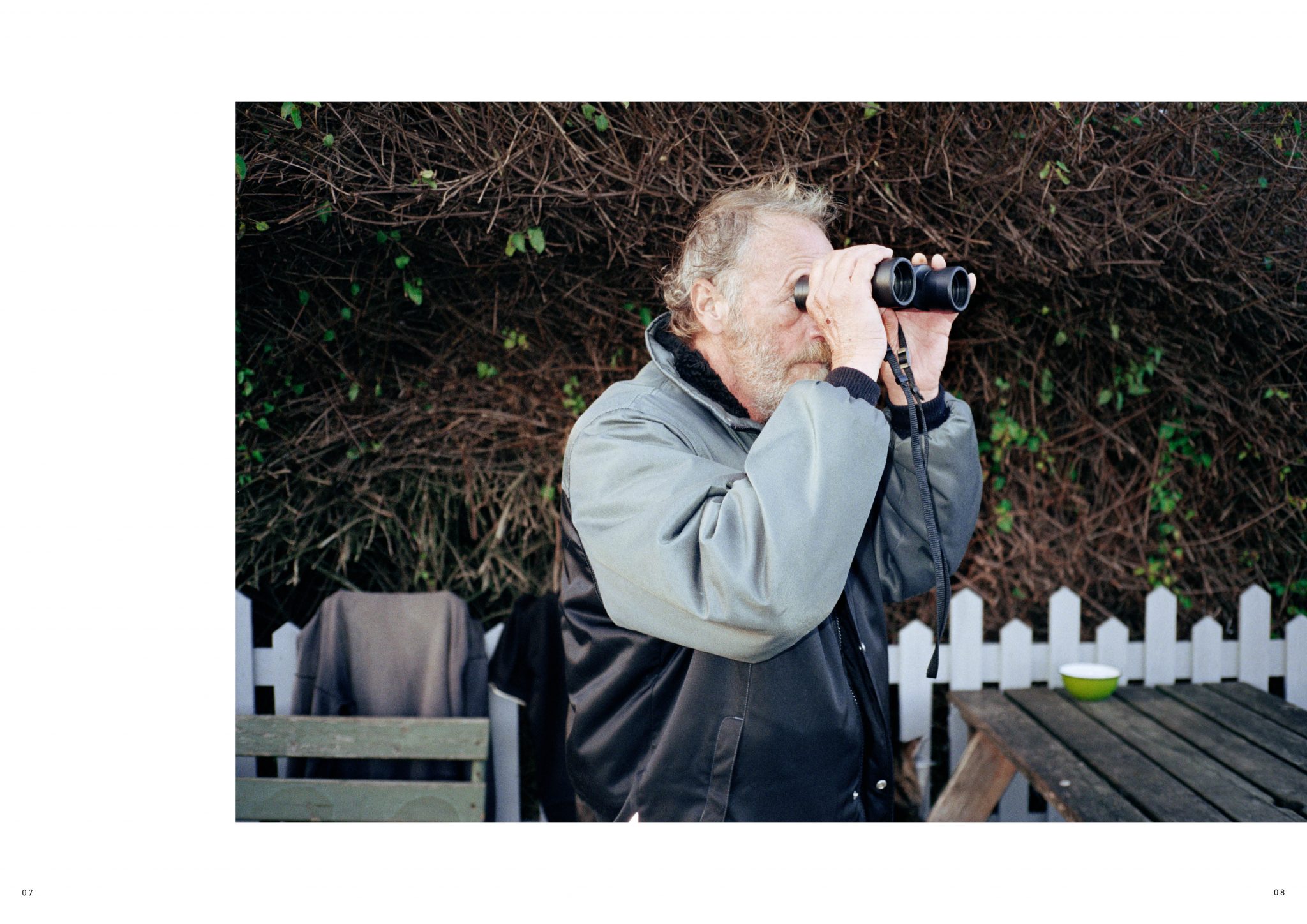
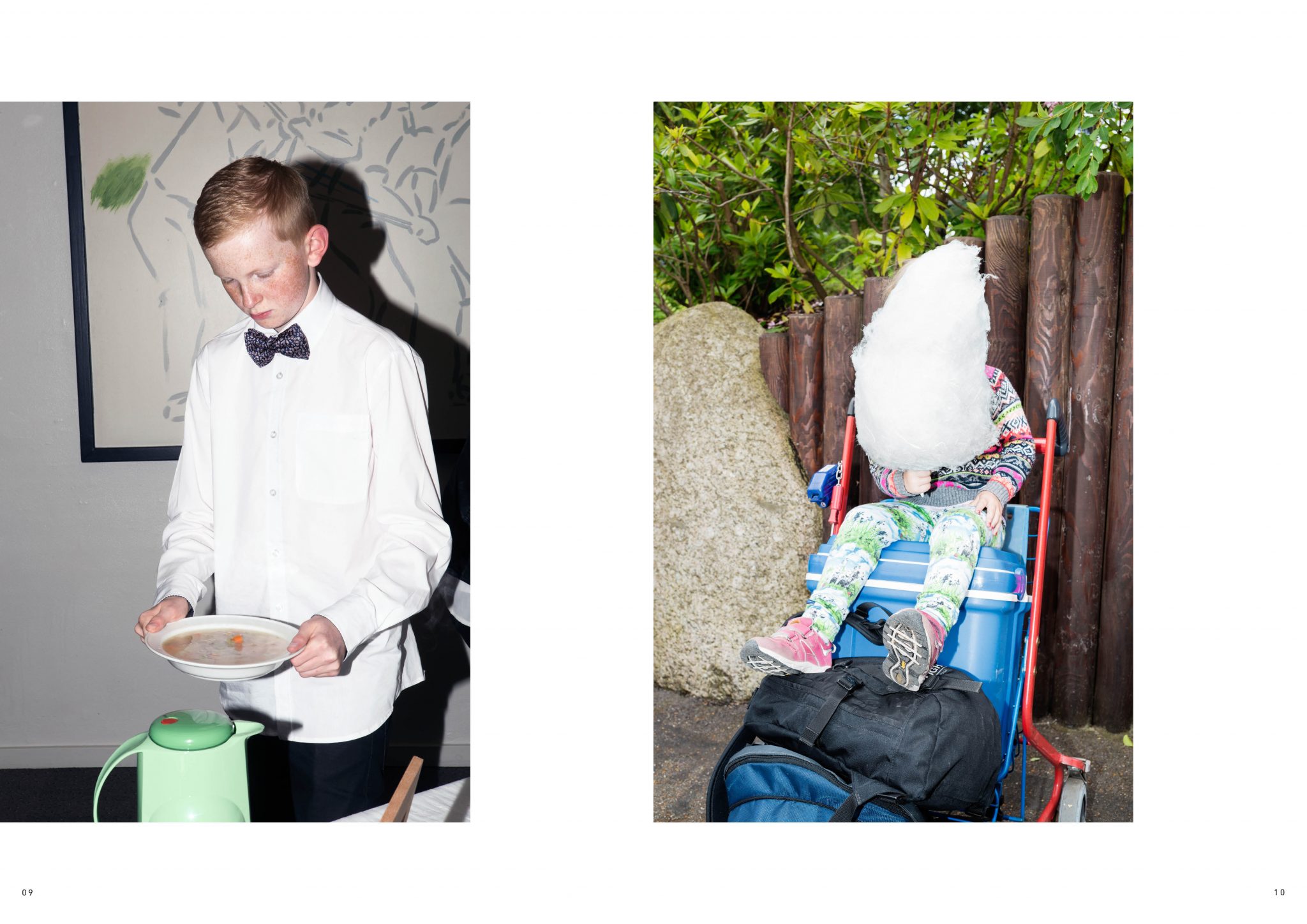
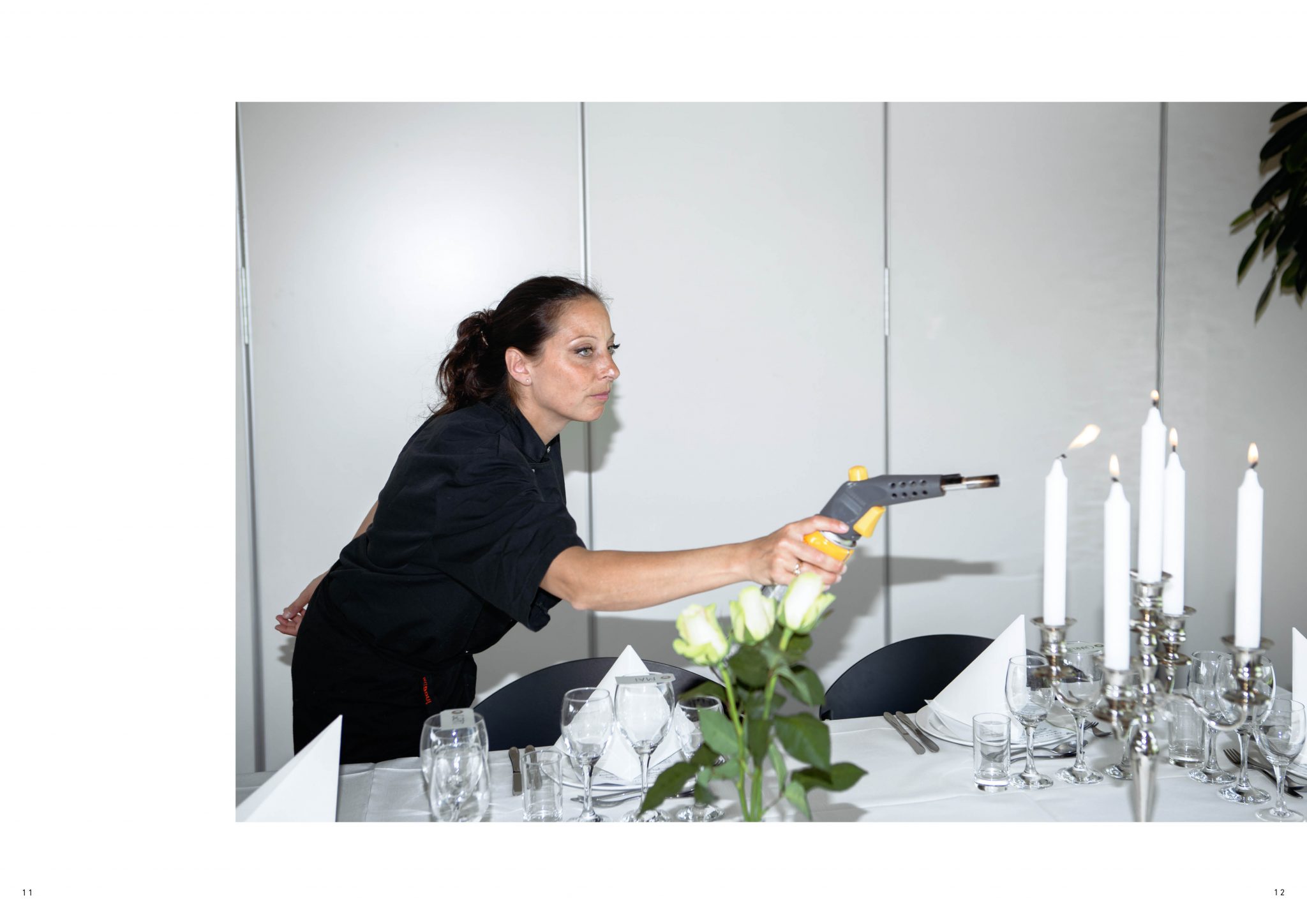
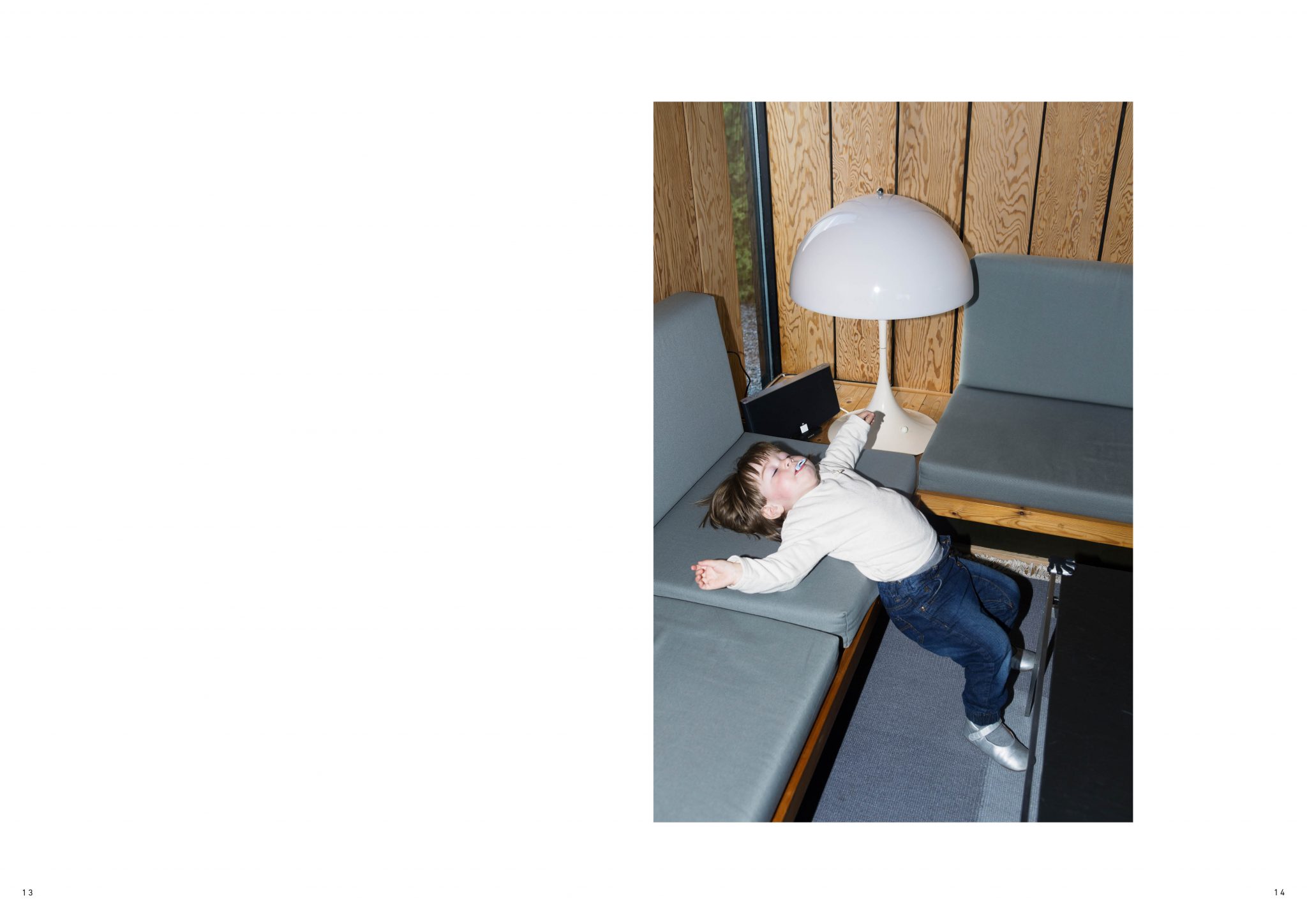
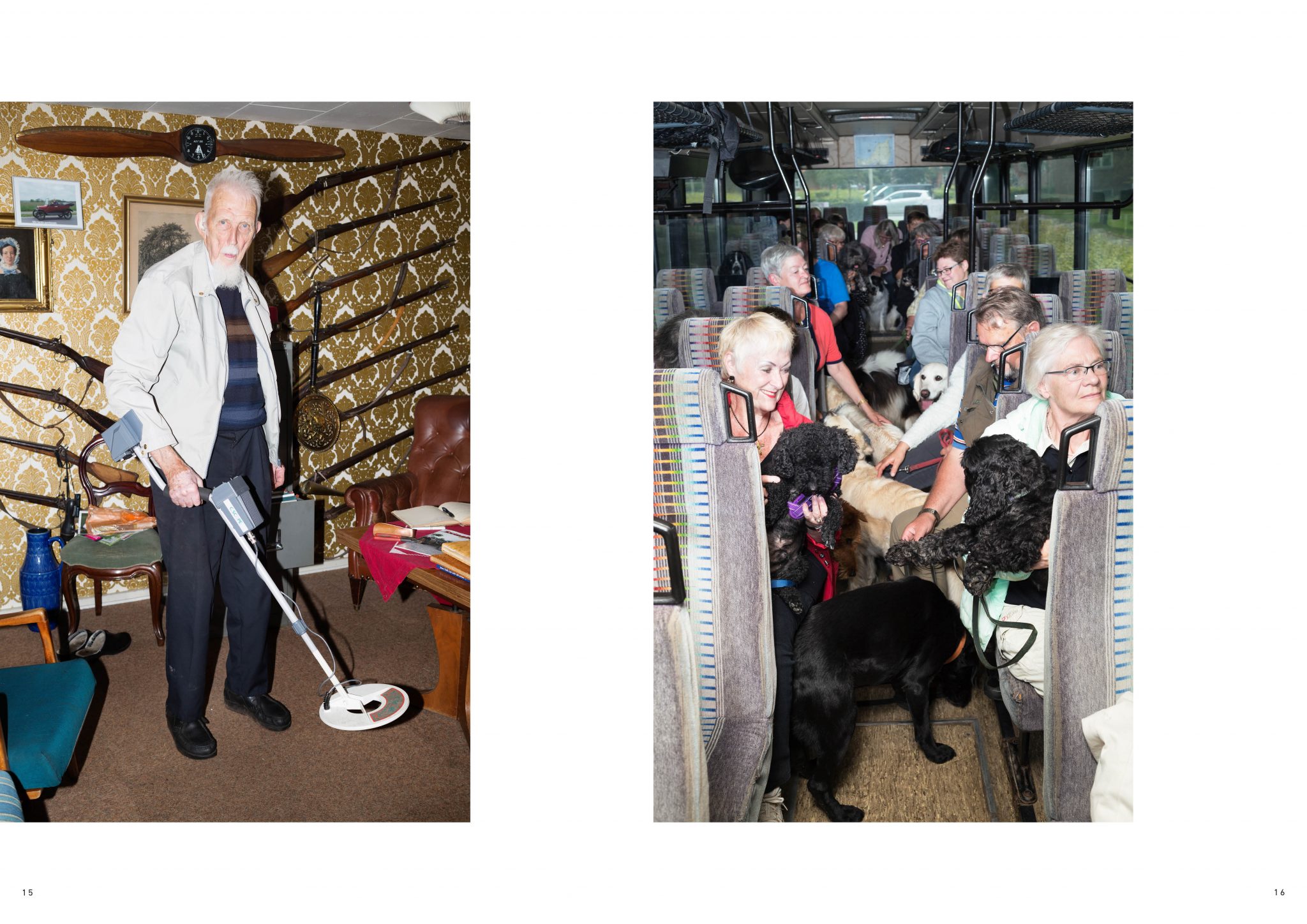
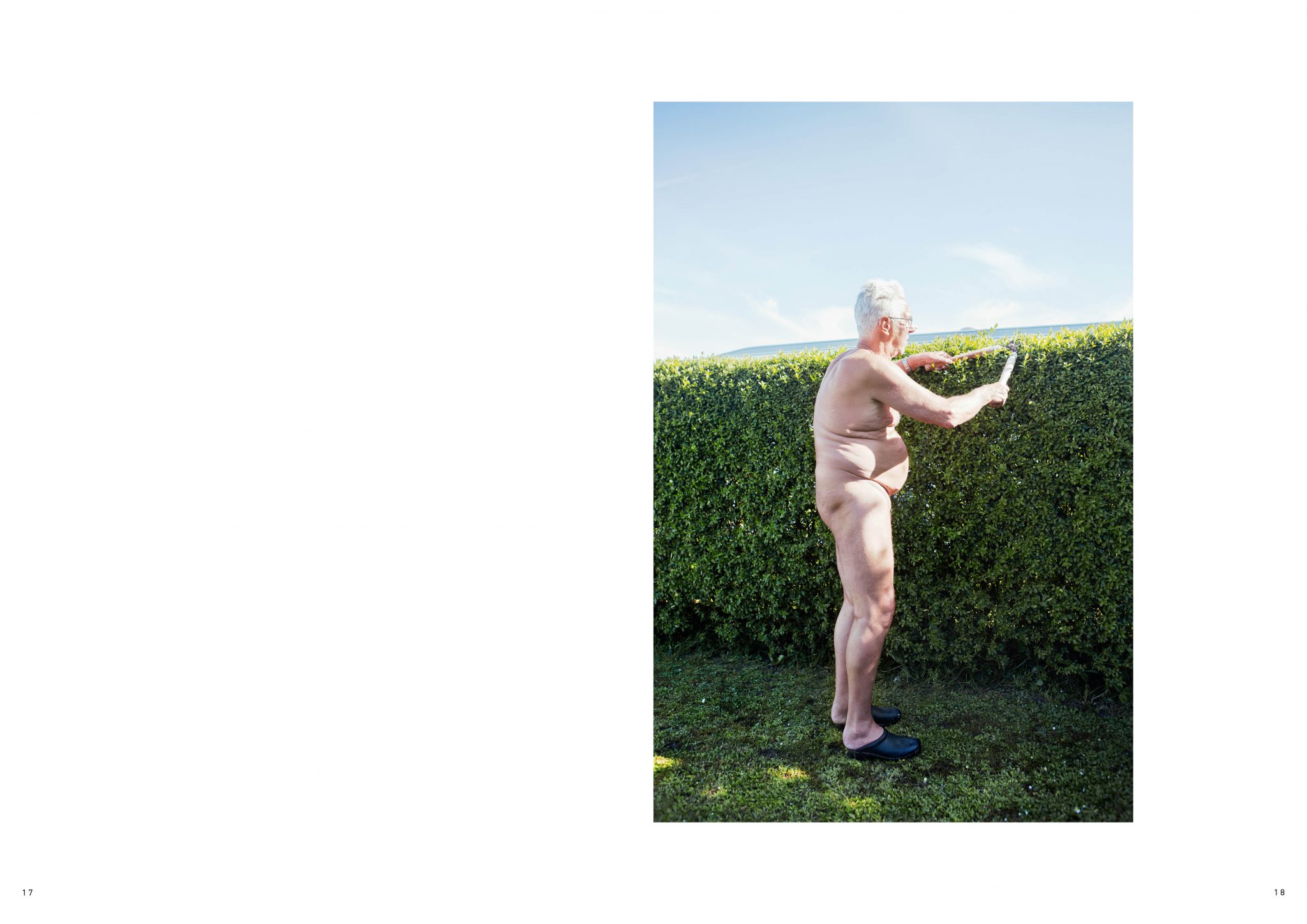
Ana Carolina Fernandes
Photographer Ana Carolina Fernandes has spent two years documenting the residents of a house in Lapa, a neighborhood in Rio de Janeiro renowned for its nightlife and a place where transvestites live and work. Her images portray not only the sensuality of bodies caught in their everyday moments, but also the vibrant vitality and tender vulnerability expressed with unexpected candor by the subjects before the photographer’s lens, thanks to the relationship established of mutual respect, confidence and complicity.

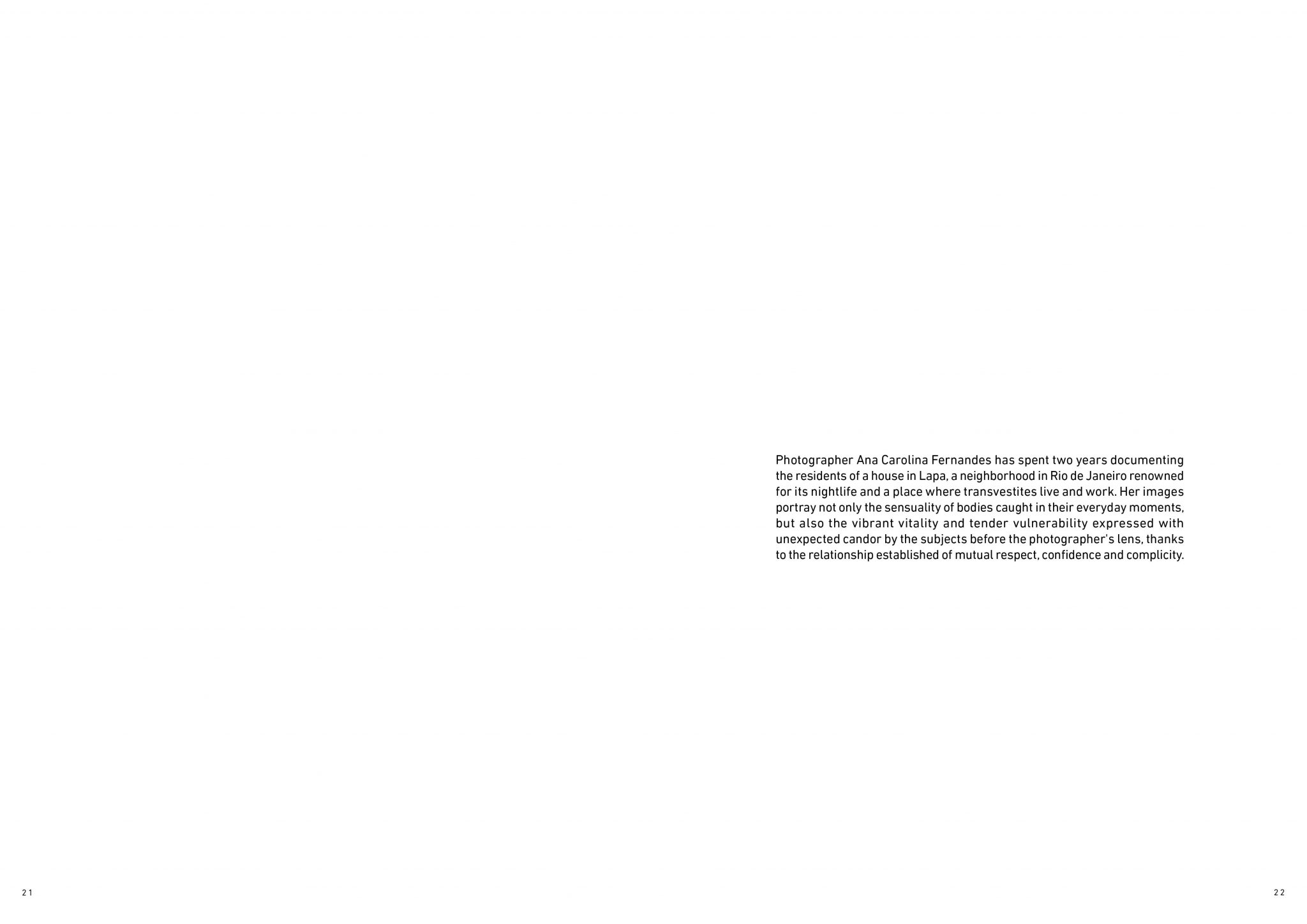

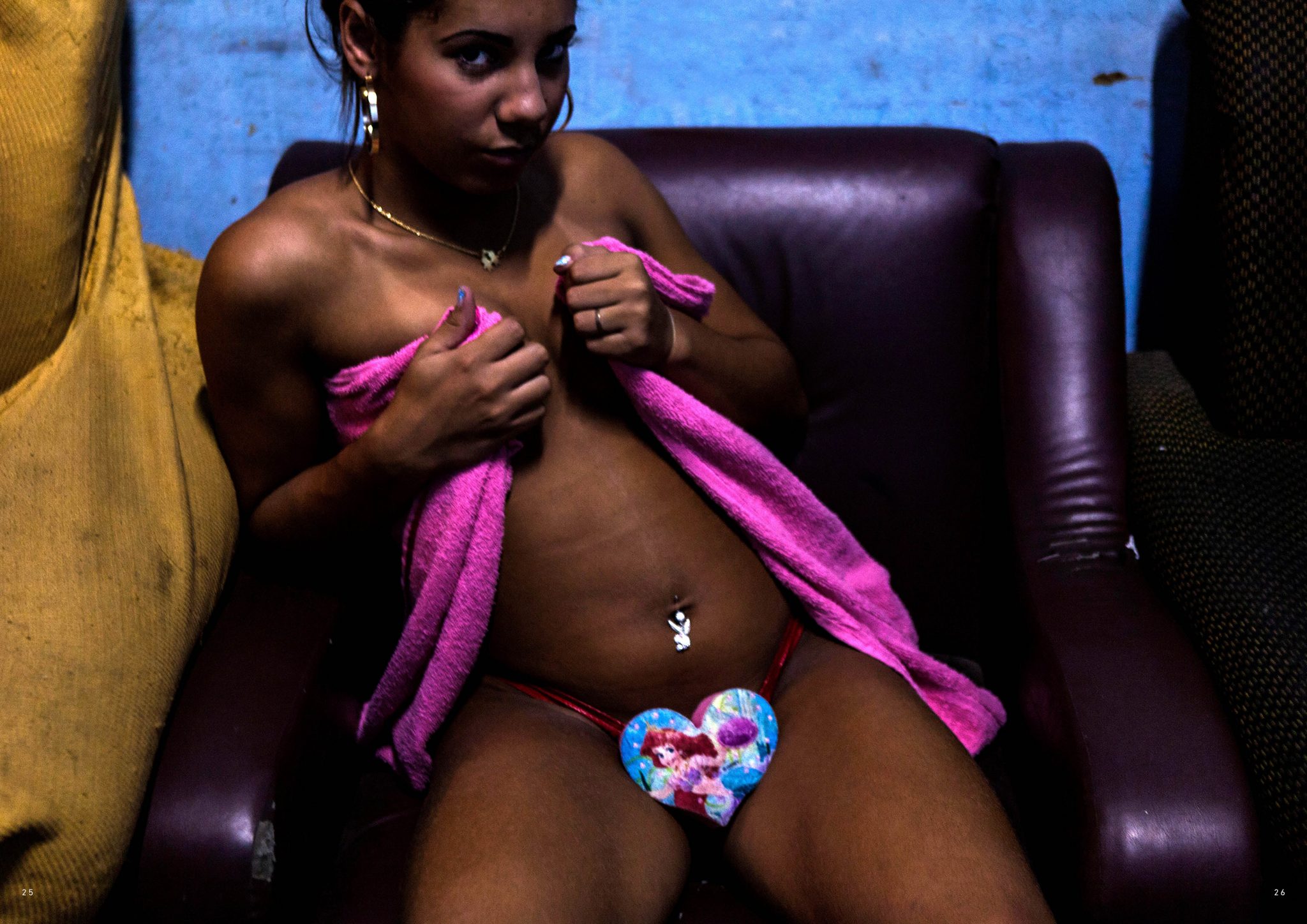
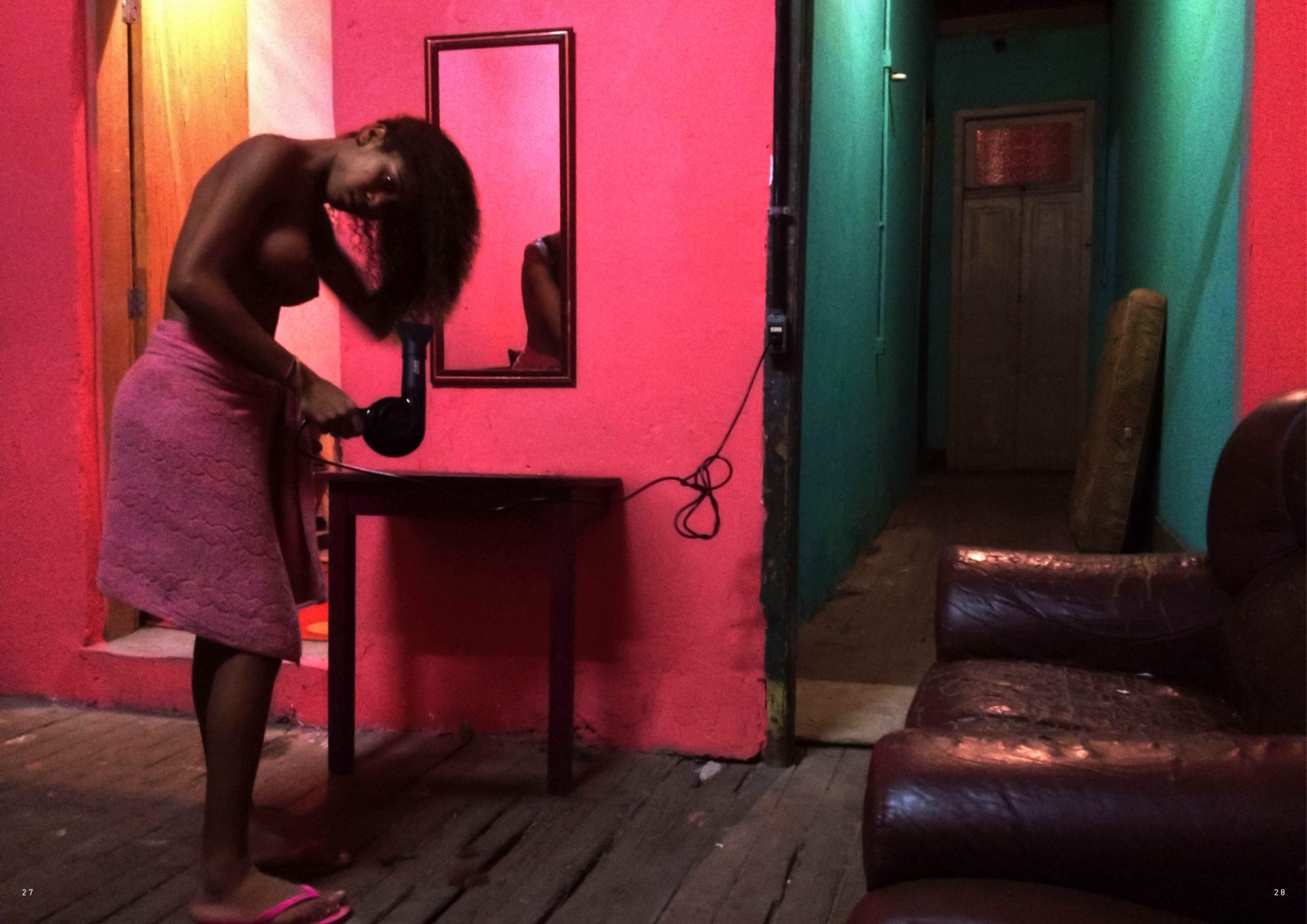
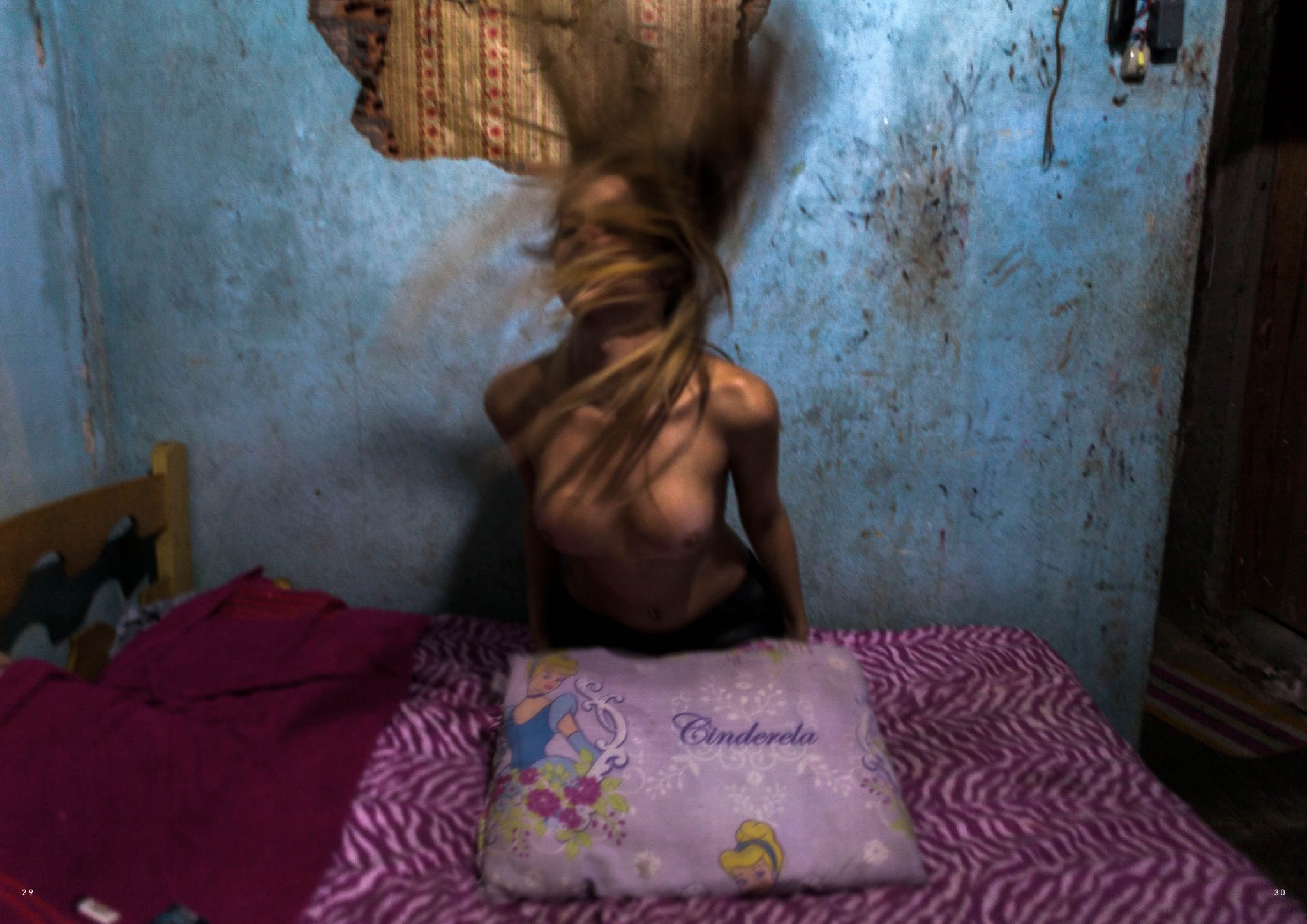
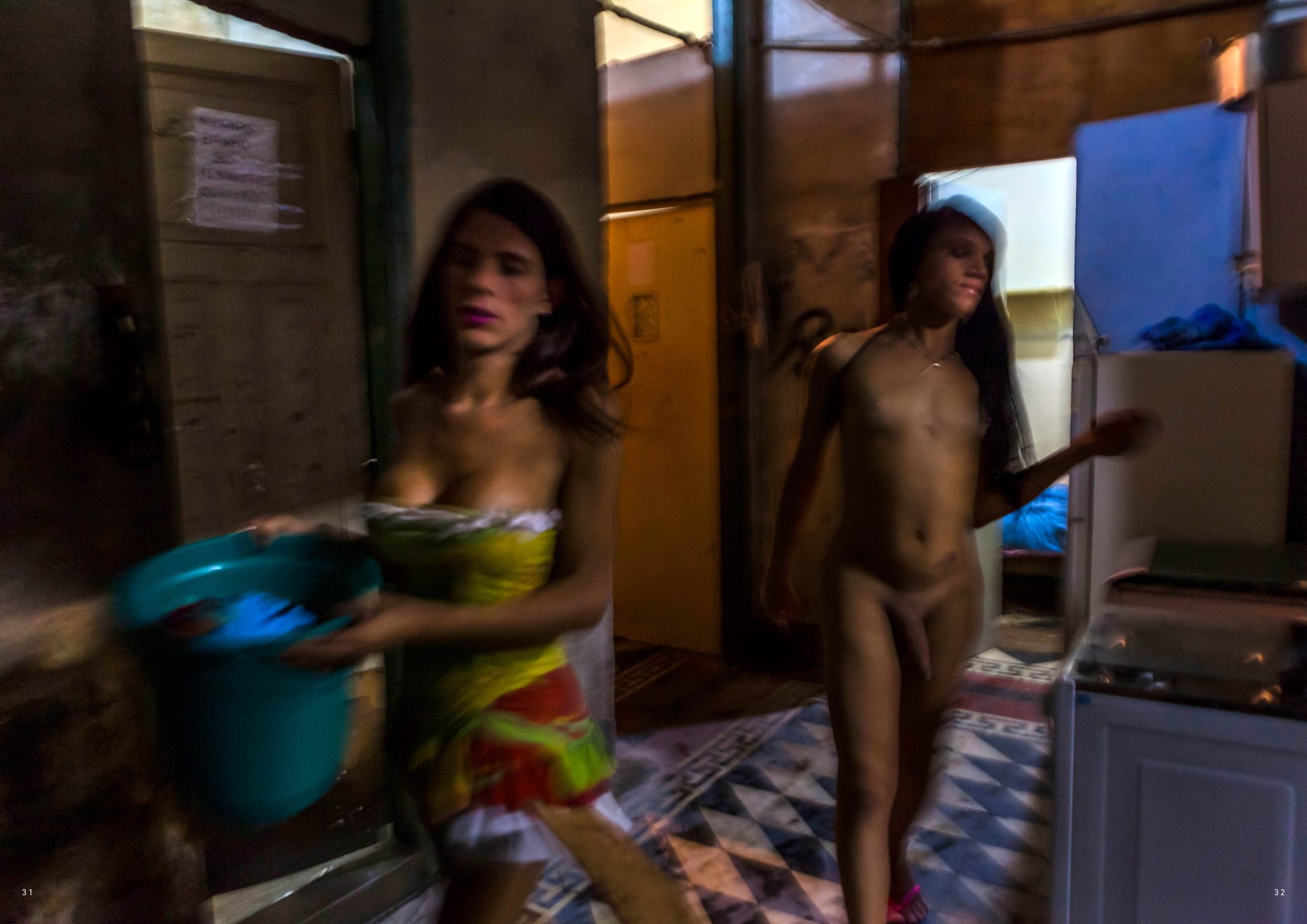
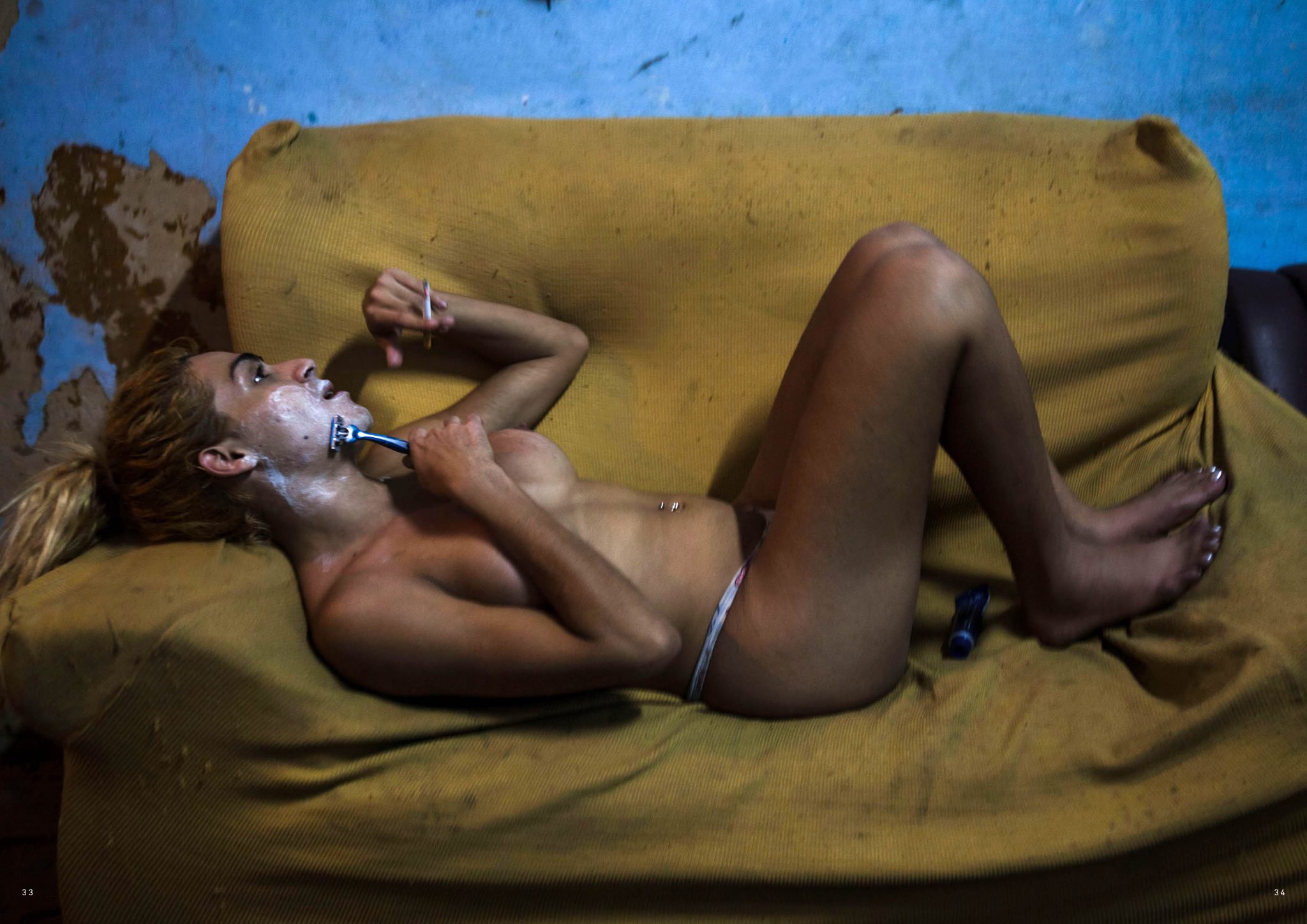

Justin Dingwall
With “Albus” series, photographer Justin Dingwall, challenges the taboo discourse surrounding albinism in South Africa, aiming to shift perceptions from negative stereotypes to celebrating beauty in difference. Through his portraits Dingwall explores the aesthetics of albinism and questions conventional notions of beauty. His work is not about race or fashion, but about perception and diversity. Symbolism, such as light representing truth and darkness symbolizing misconceptions, is used to provoke introspection and transformation. Dingwall’s series encourages viewers to reconsider their preconceptions and embrace the uniqueness that makes humanity beautiful.

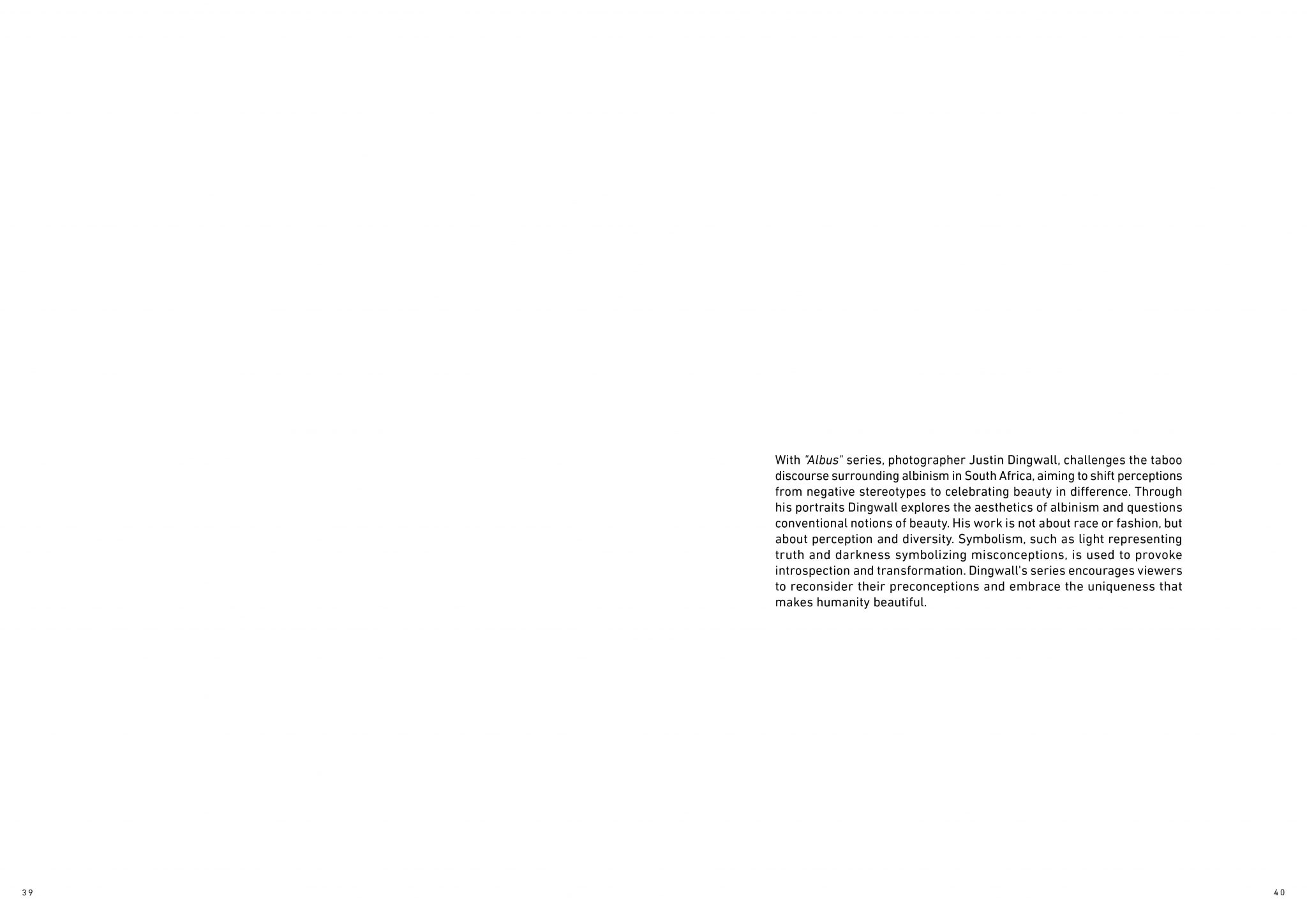
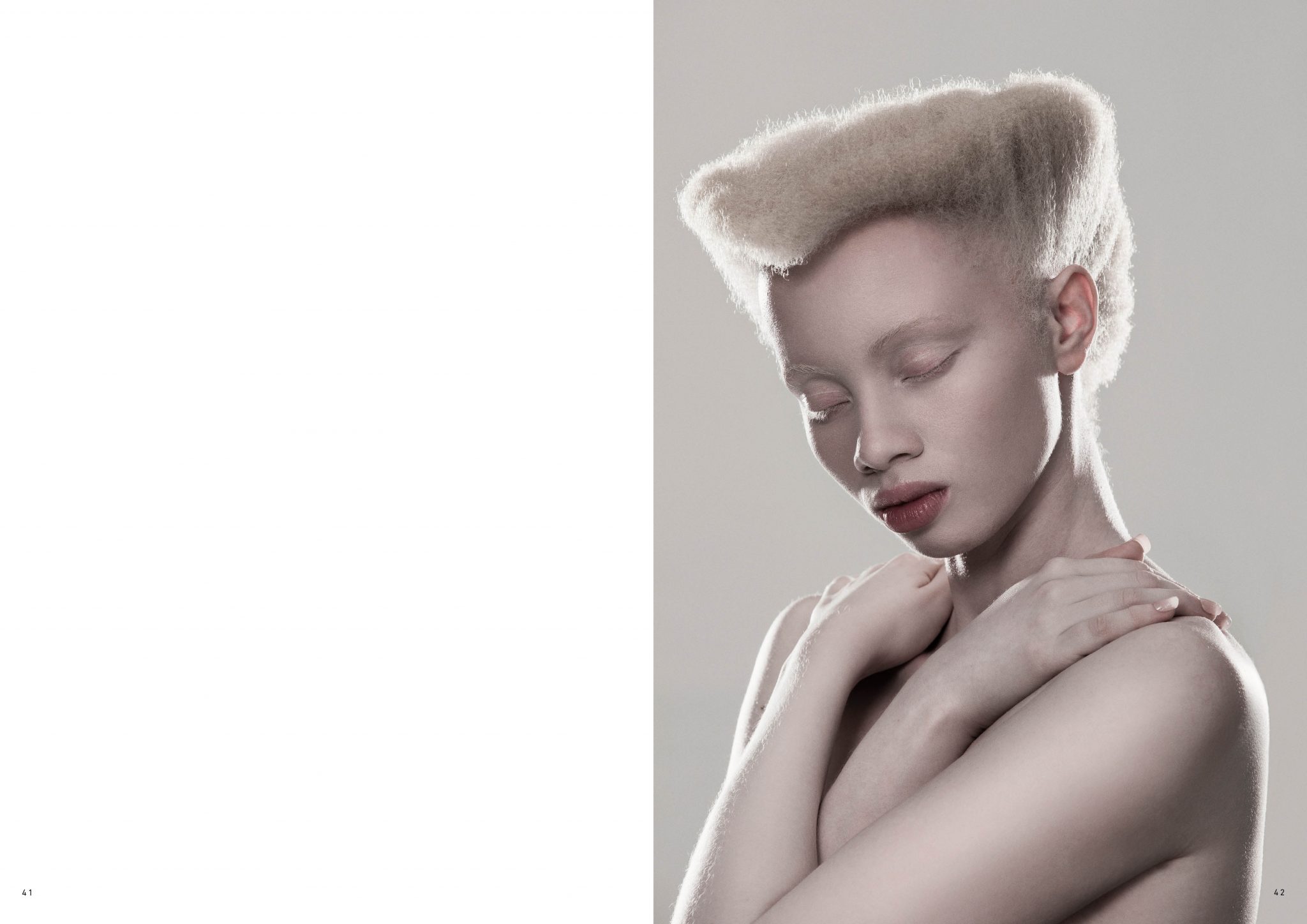

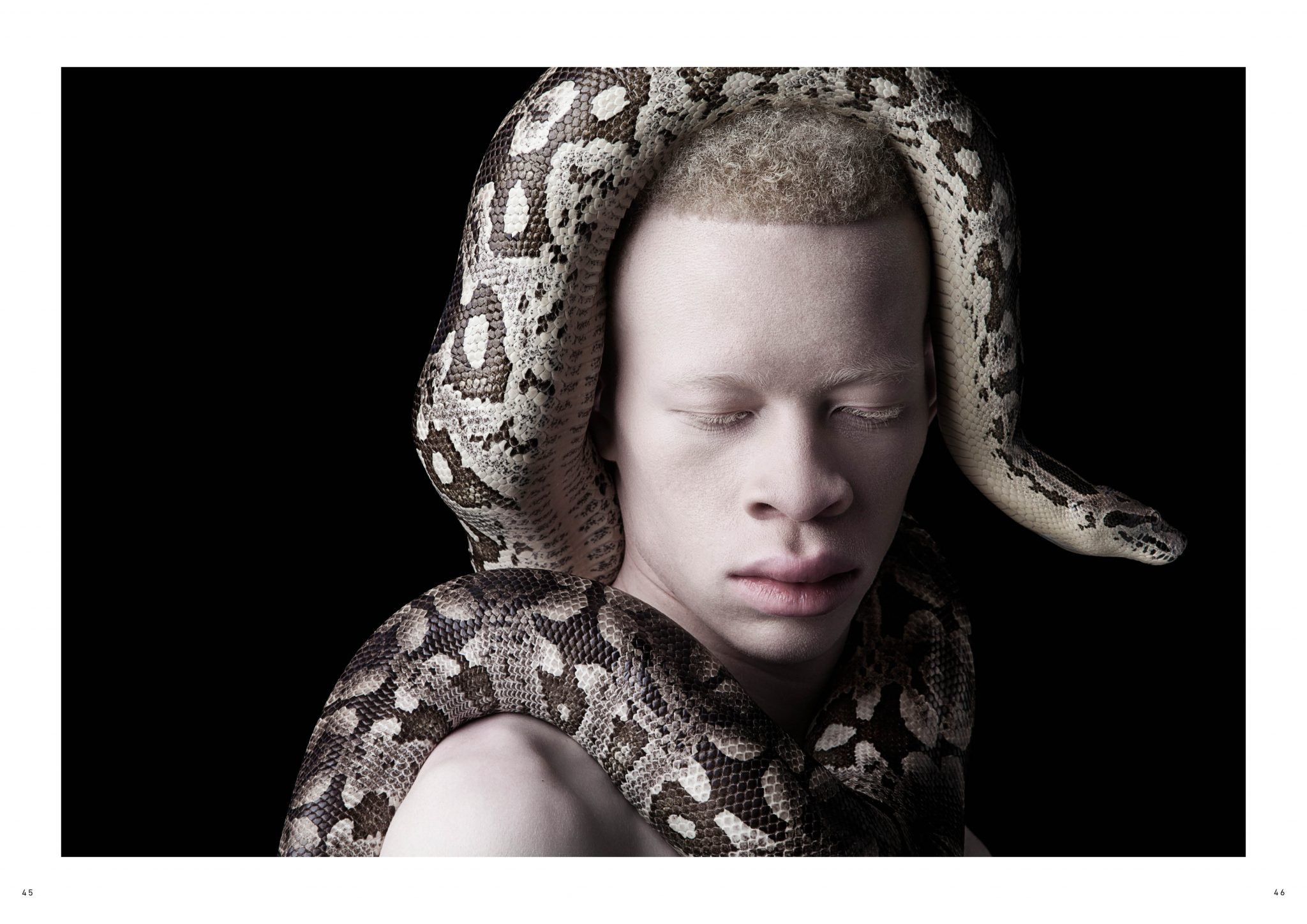
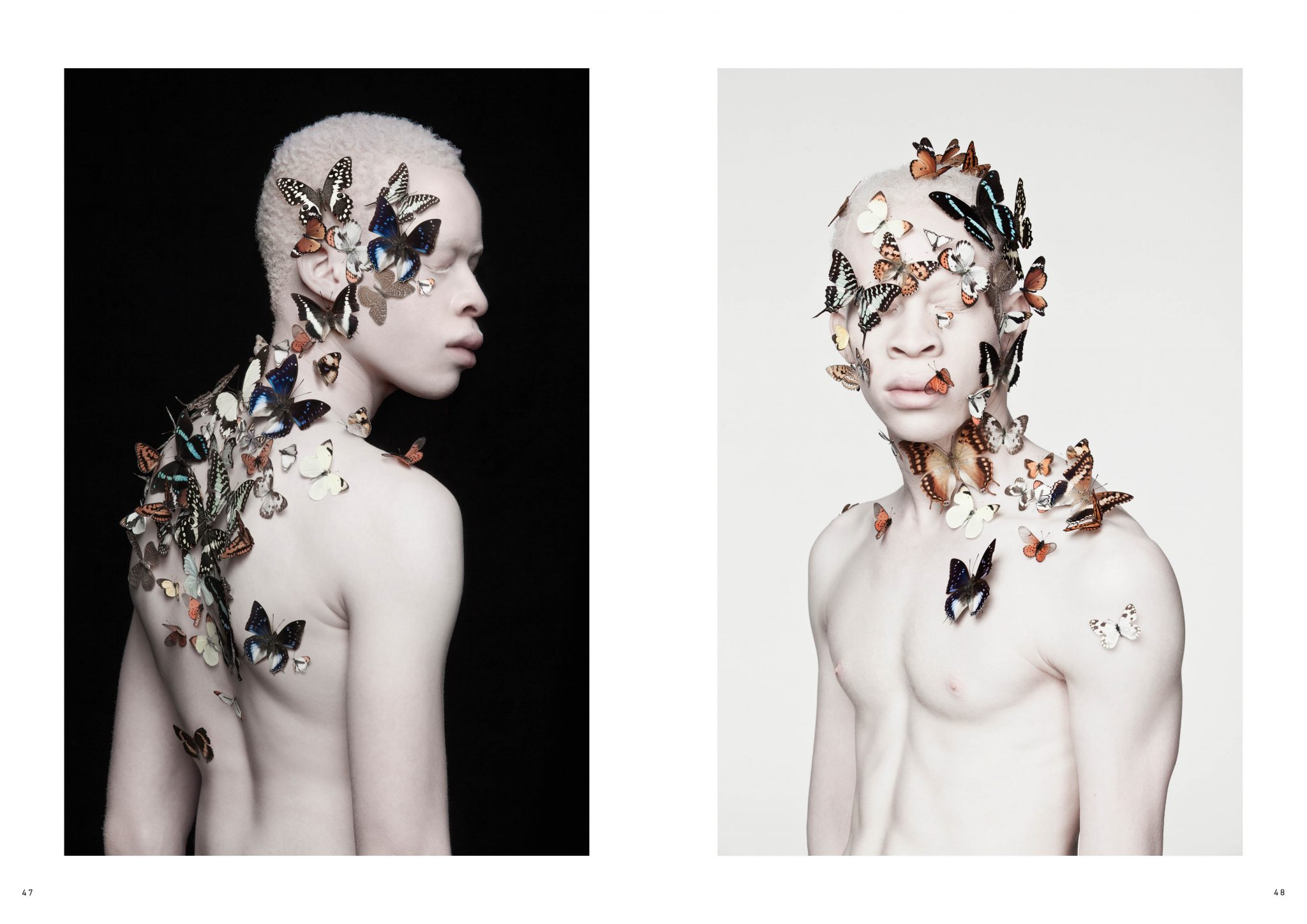
“A Seat at the Table” is an exploration of representation and perception, inspired by the notion of having a voice and being seen. Together with Moostapha, the subject of this series, Justin Dingwall delves into the complexities of identity, particularly regarding vitiligo, through photography and art. By reimagining everyday objects and incorporating symbolic elements like precious stones and countless eyes, Dingwall challenges societal norms and celebrate individuality. Moostapha’s personal journey informs each image, that strives to provoke dialogue and introspection. Through meticulous planning and collaboration. This series serves as a platform for discussions on difference, inviting viewers to question their preconceptions and engage with diverse perspectives.
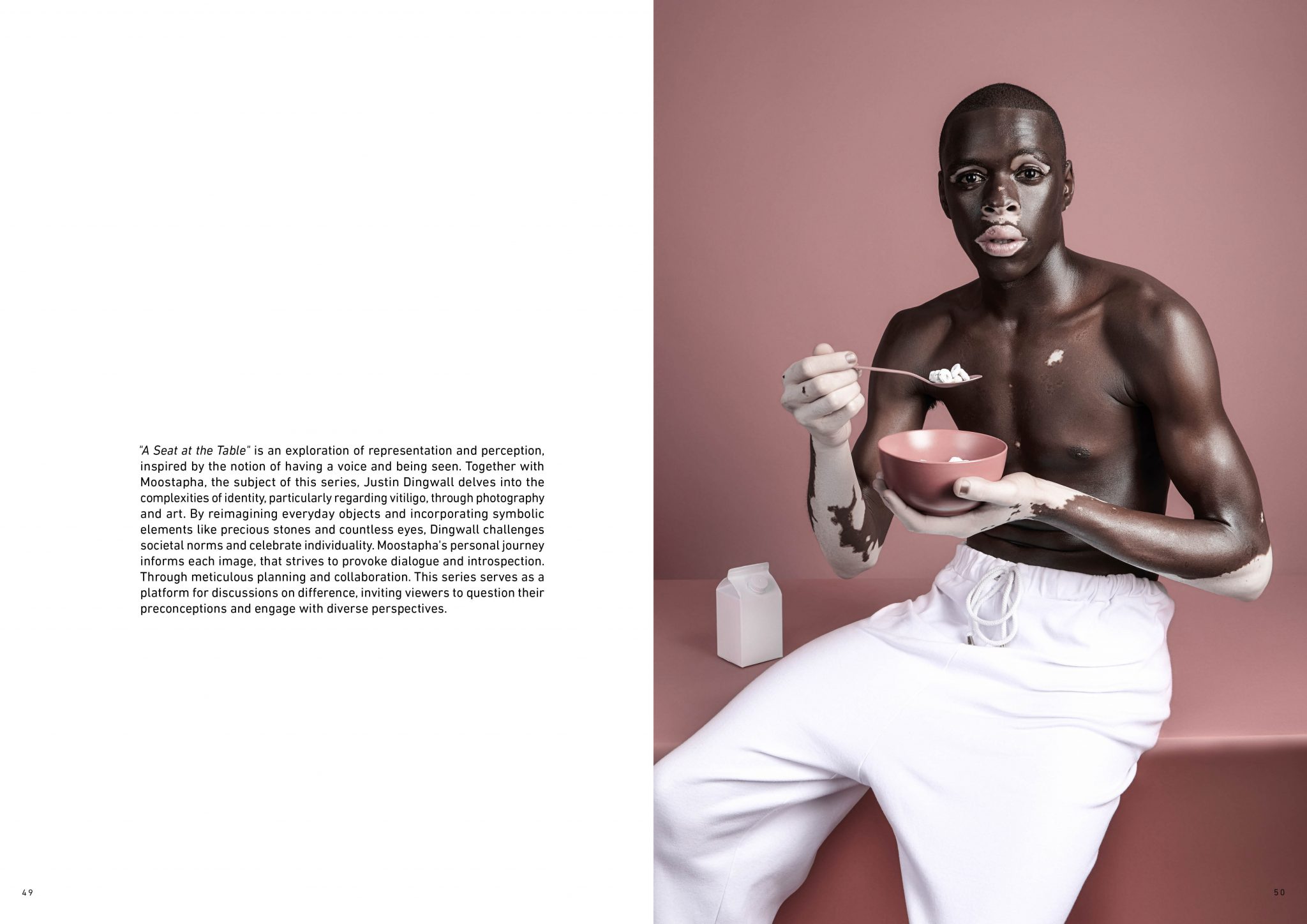
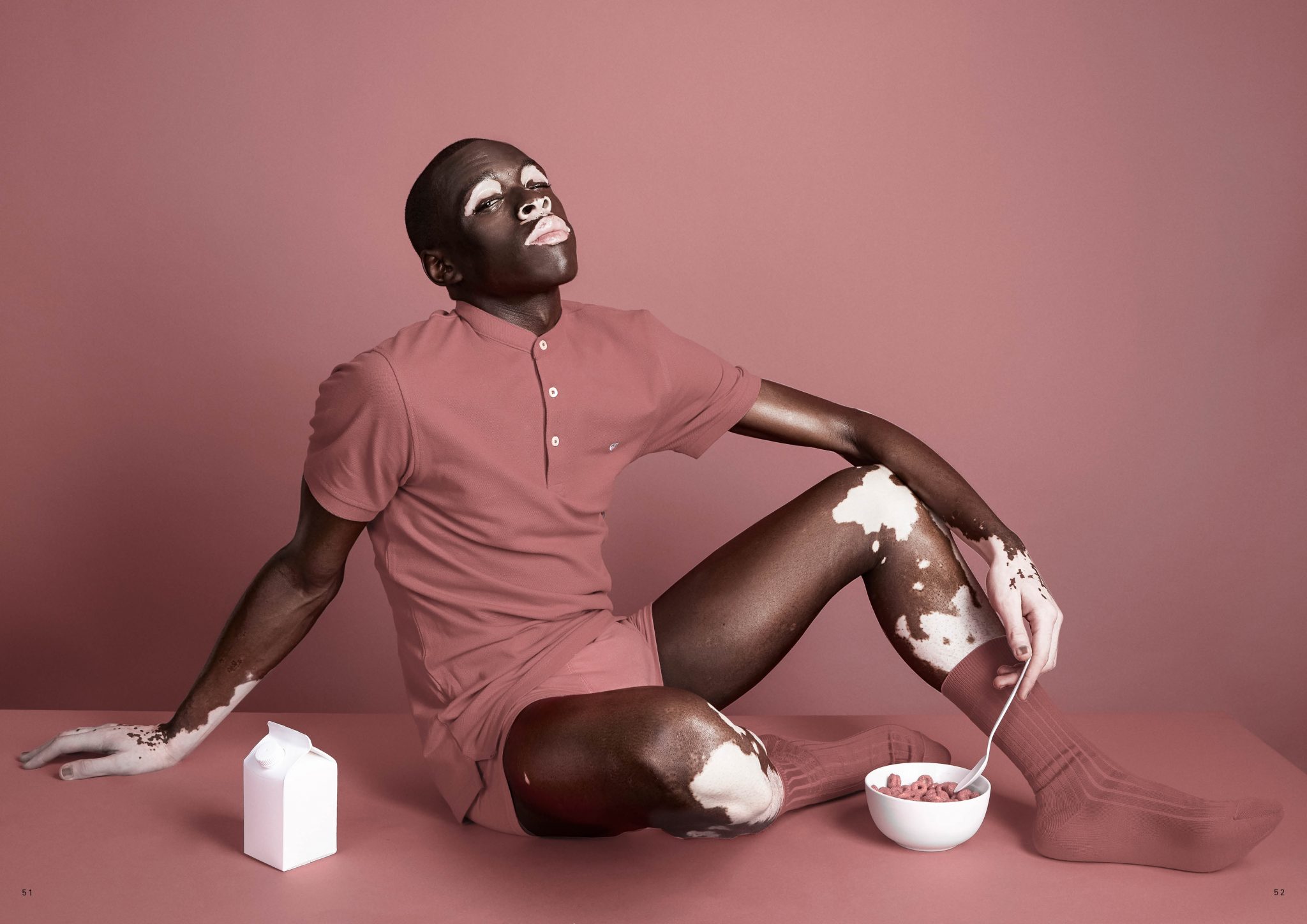
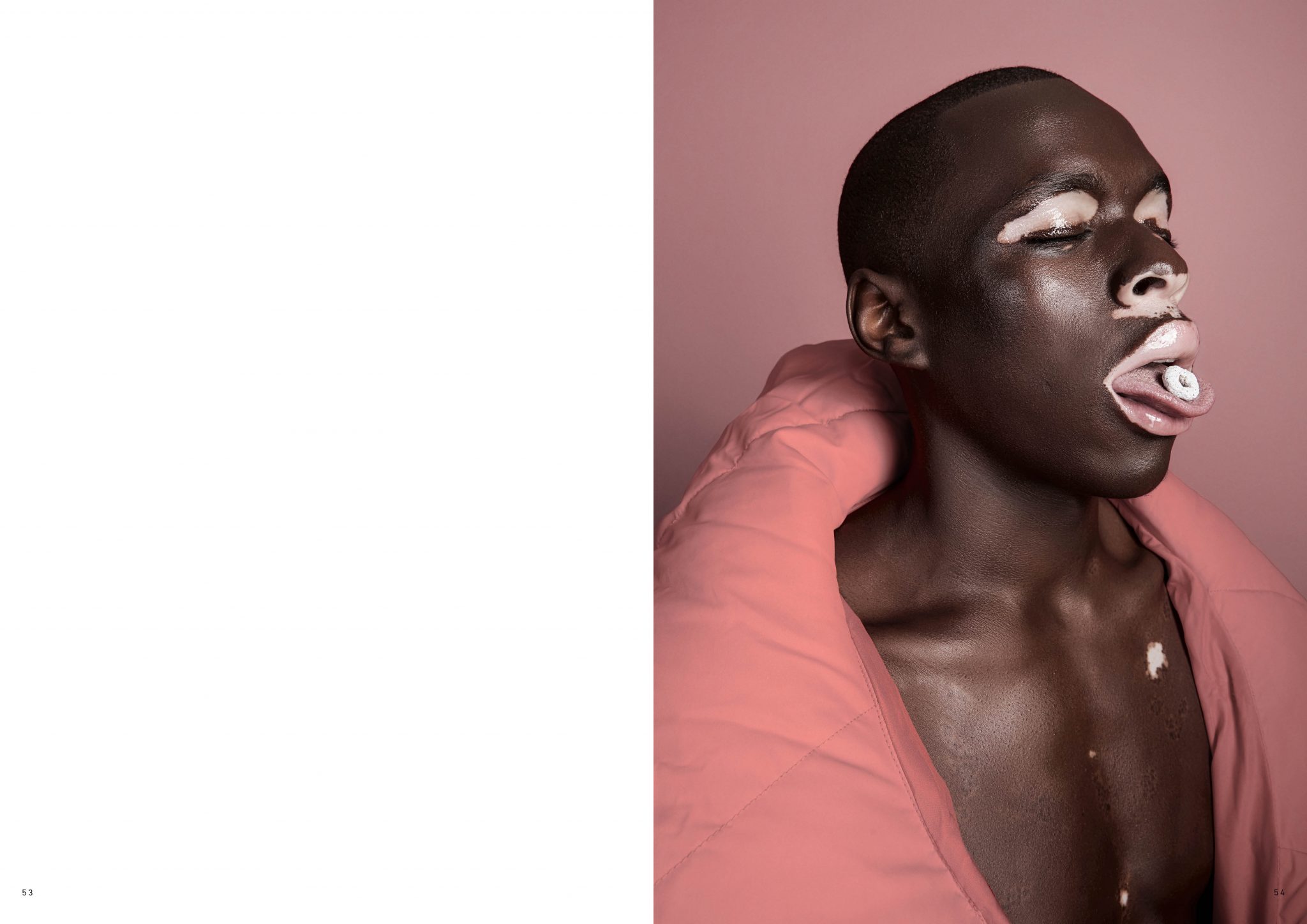
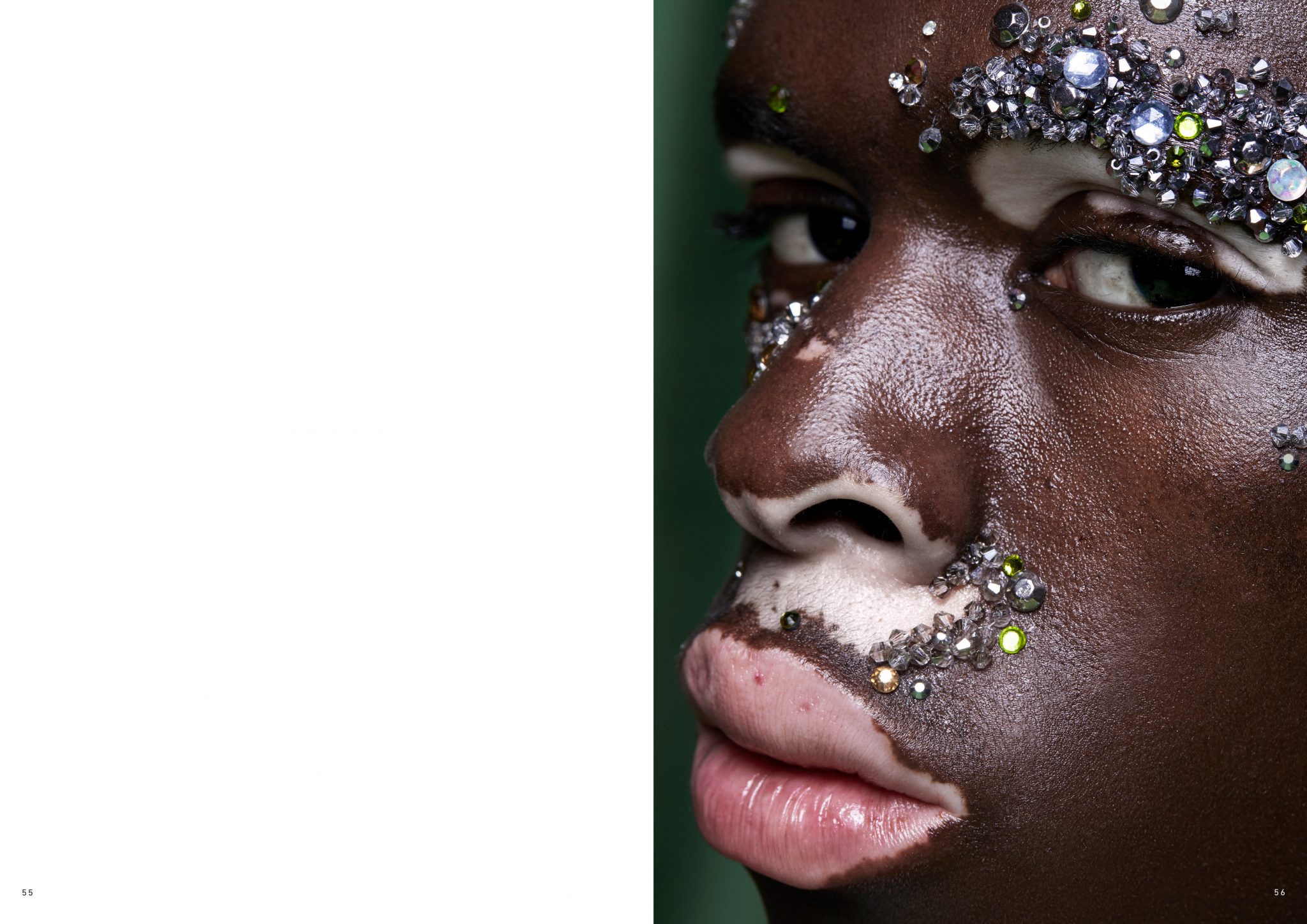
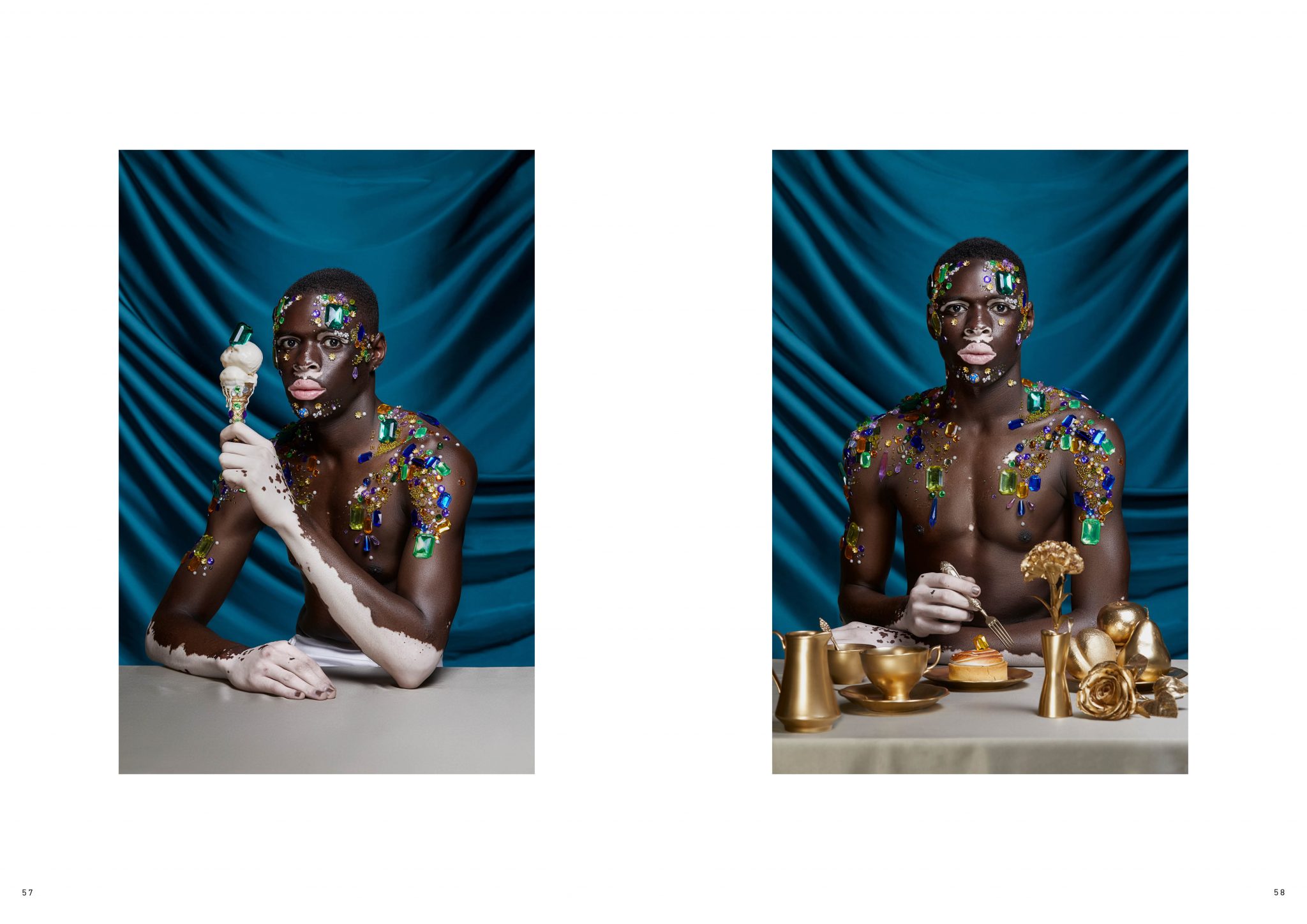
Stefania Adami
With the photographic project “Barconi d’Alto Bordo”, photographer Stefania Adami takes us aboard a cruise ship, documenting the typical day of passengers between the inordinate abundance and wastefulness, typical of the “all-inclusive formula”, and the light idleness of “the sweet doing nothing”. But Adami’s gaze goes deeper, under this opulent surface and fits into a broader context of contrast, in which the bulimic consumption of goods and resources never succeeds in filling the inner emptiness of a lucky few human beings who can afford a life of waste. Looking at her work, we can easily see how what is being documented in this particular context is merely a manifestation of a consumerist and hedonistic model of living that strongly permeates Western society, and how Adami’s images are implicitly contrasted with those documenting instead the dramatic struggle for life of multitudes of less fortunate passengers who ply the same sea aboard cramped, crumbling barges.

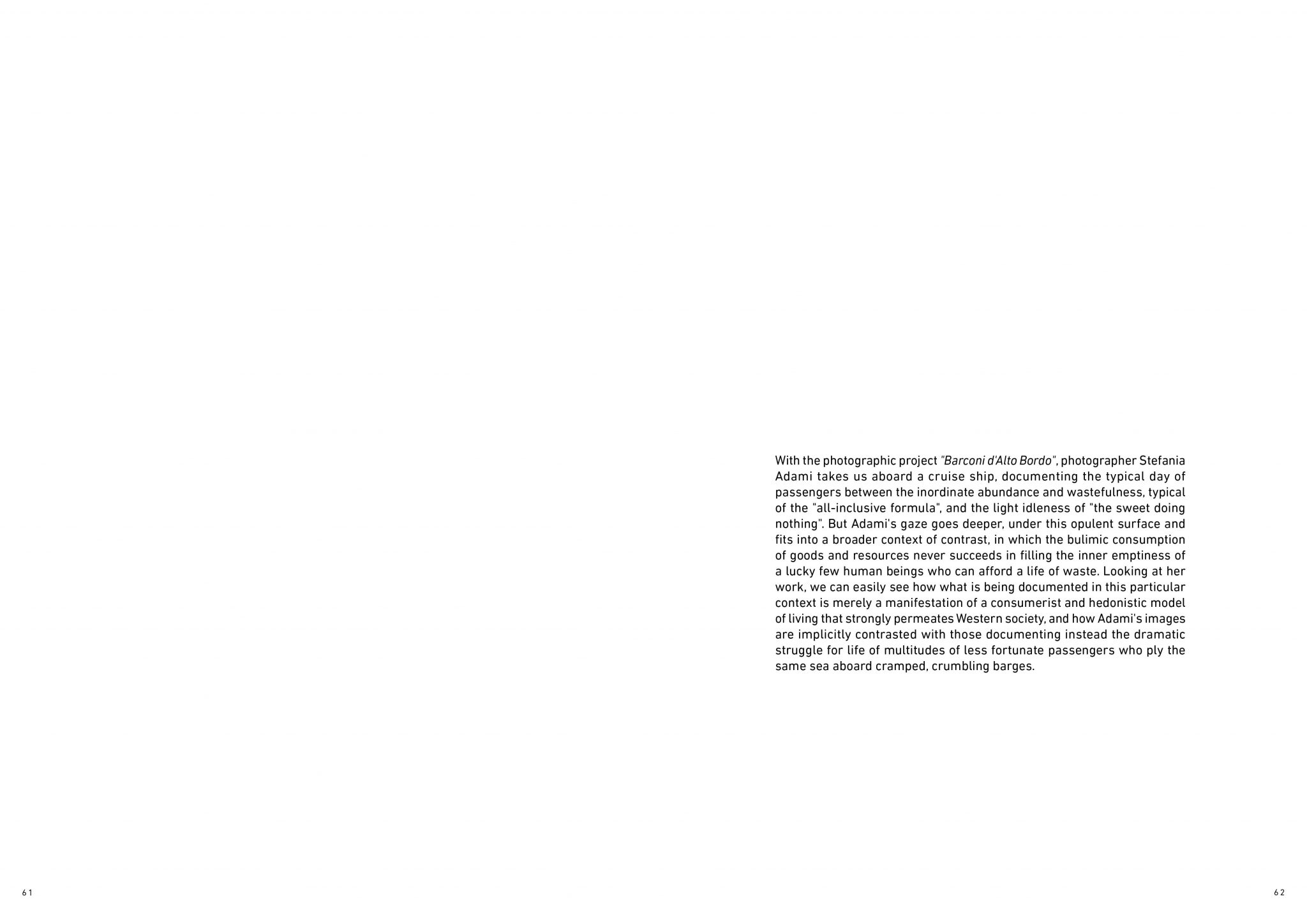
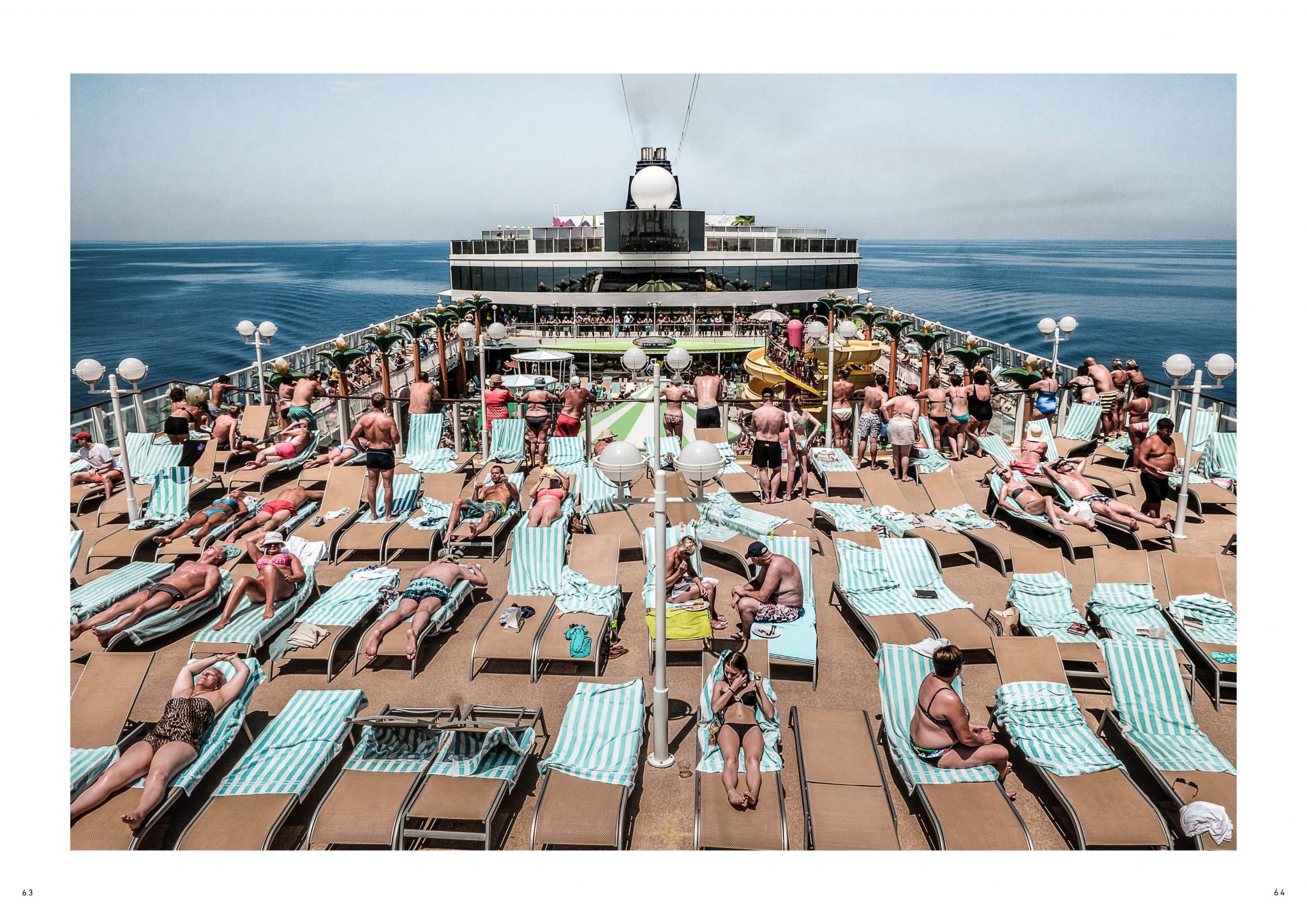
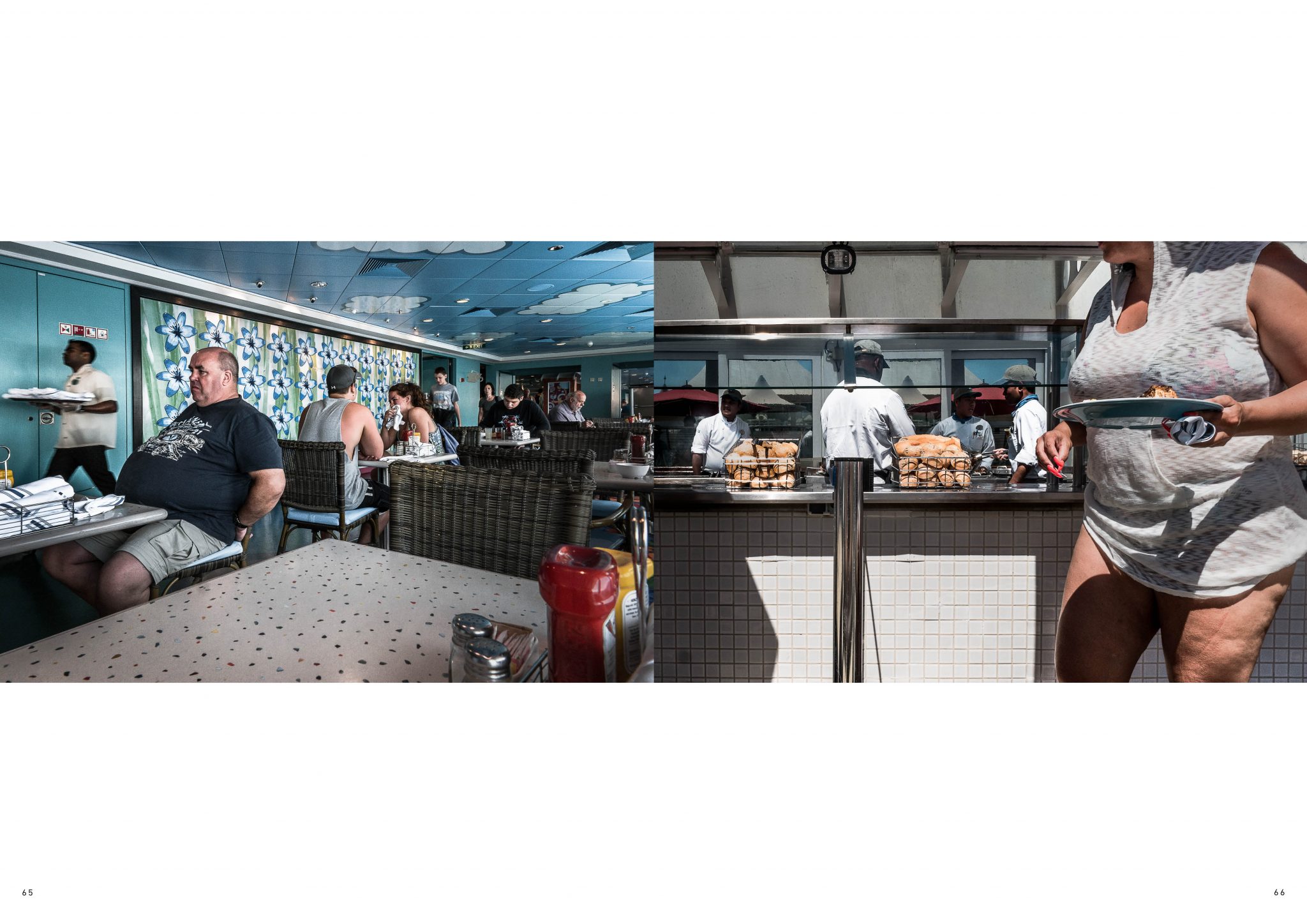

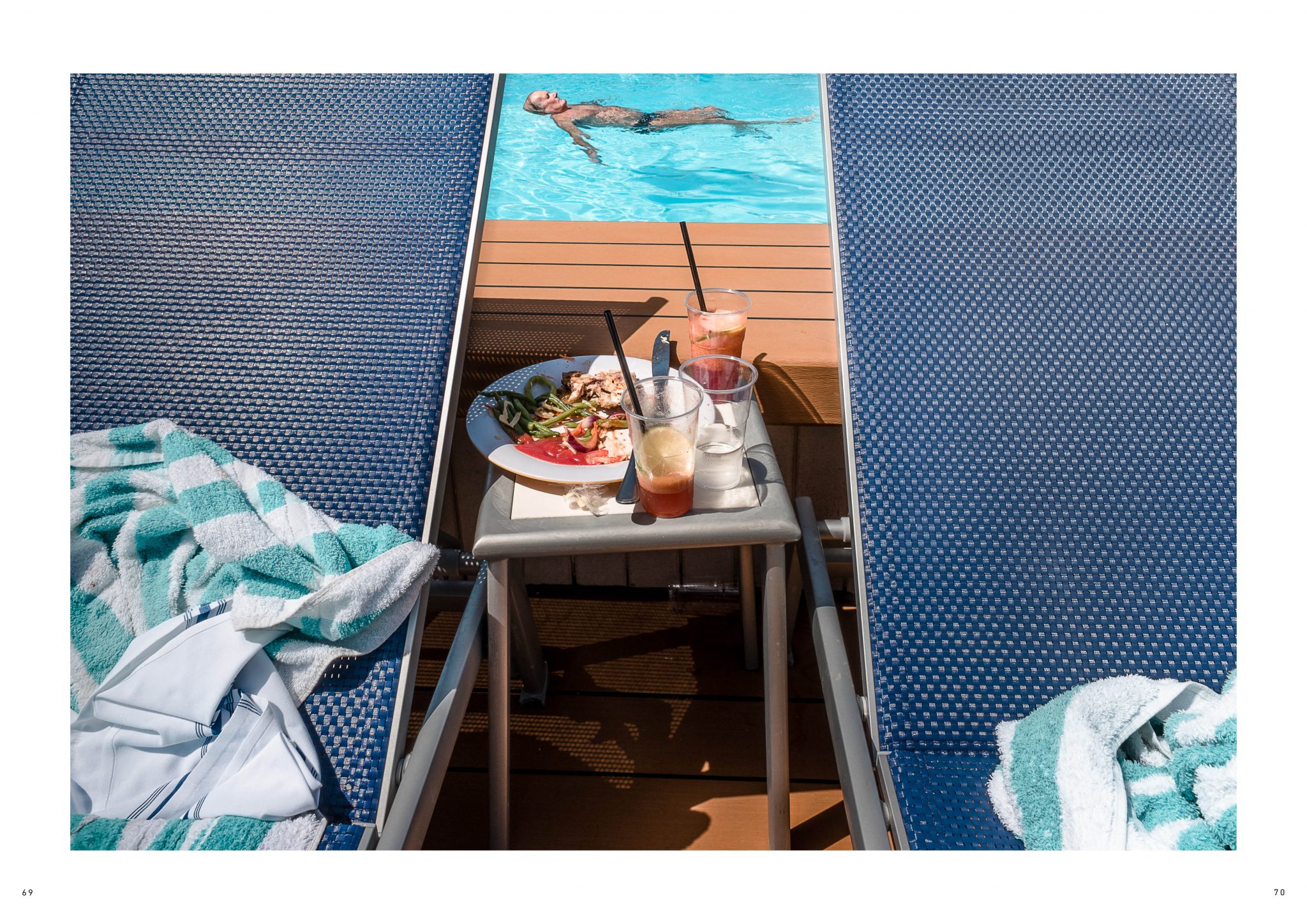
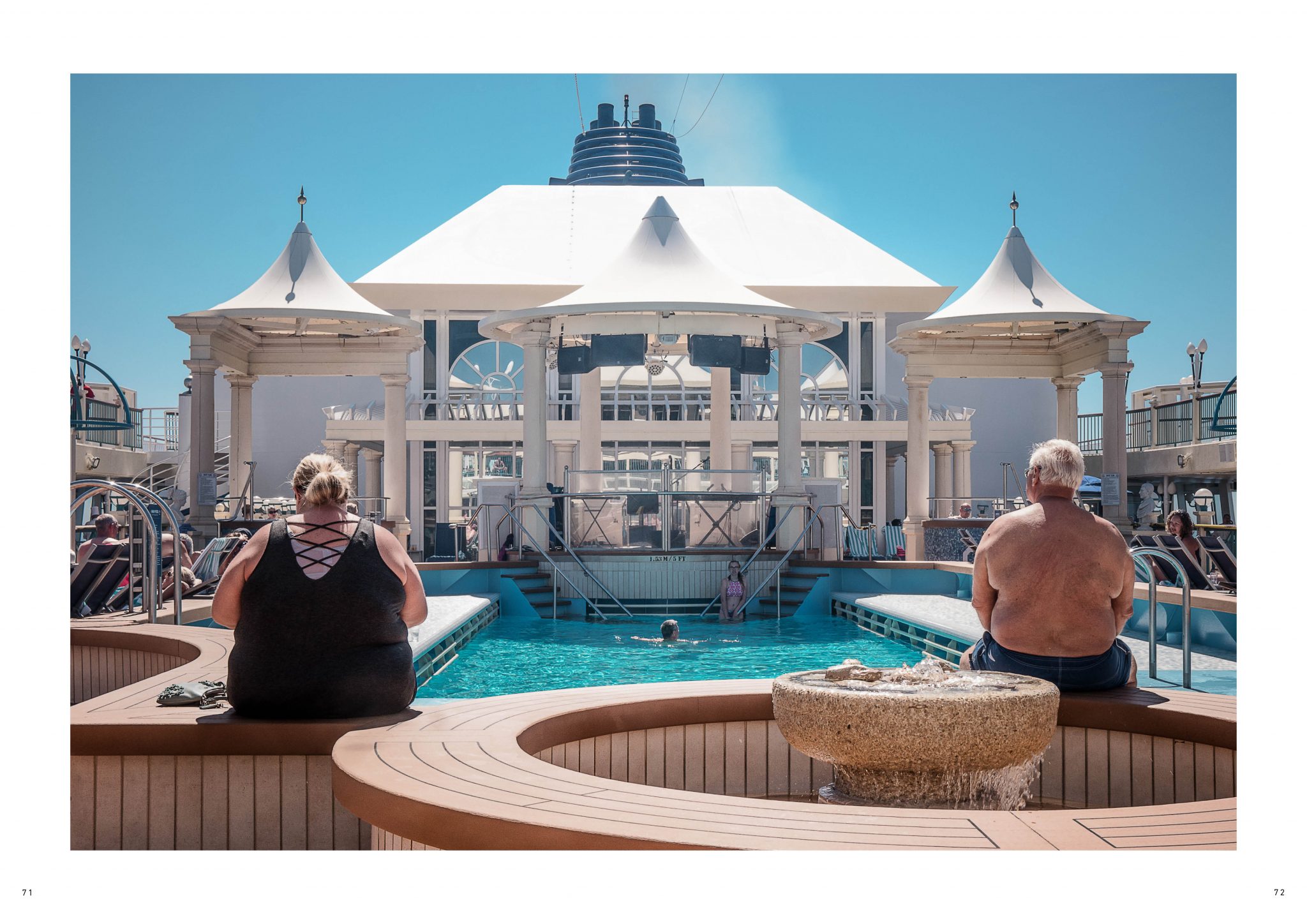
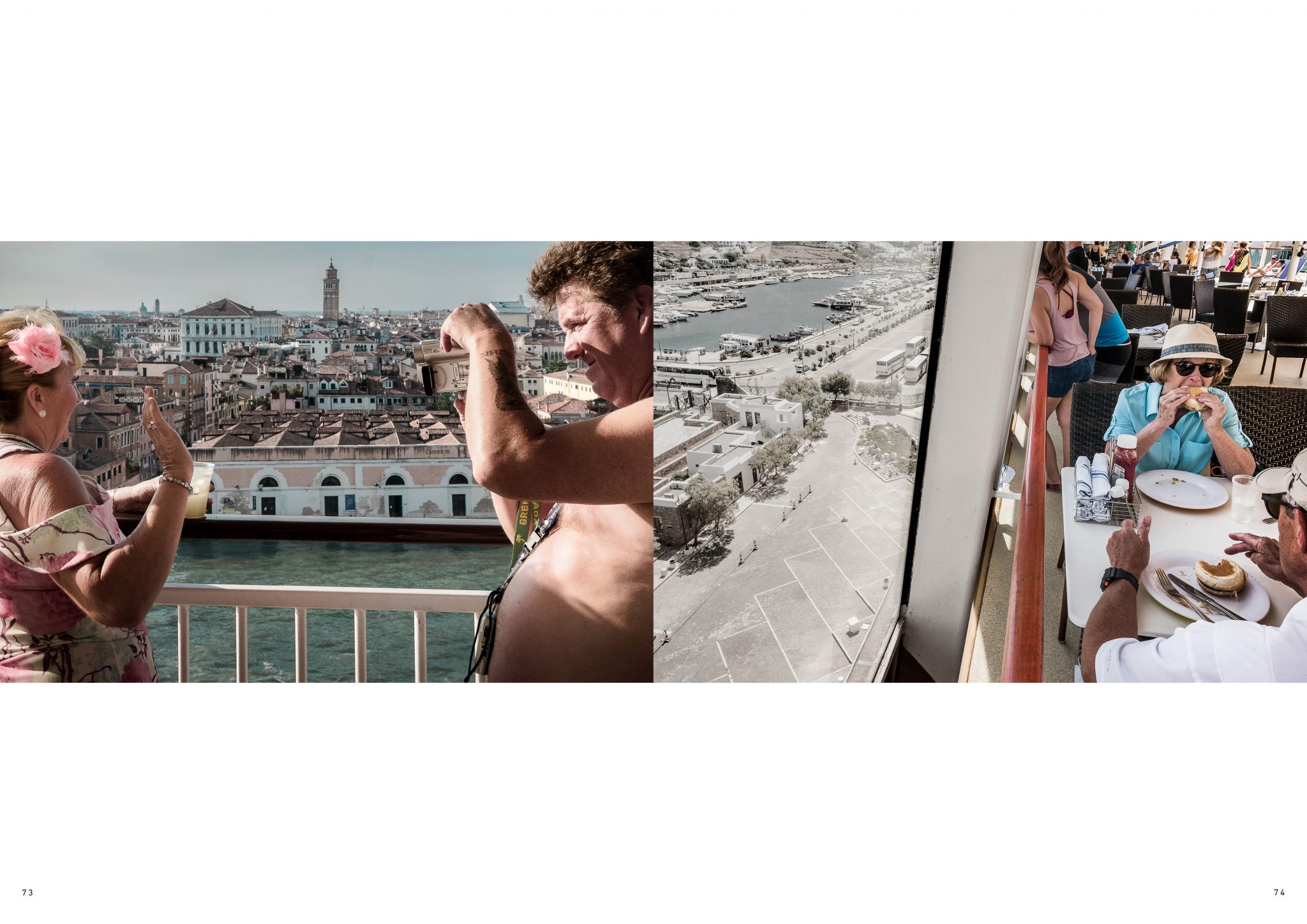
Klaus Pichler
With “Golden Days Before They End”, photographer Klaus Pichler takes us on an unusual journey into the parallel universes of Vienna’s little inns and bars, hidden places sometimes cited in the media just with reports of a fight or a stabbing between friends over a misunderstanding during one of their drinking sessions. But, looking closely, there’s much more than this popping out from the daily routine of these places: something special that Pichler chooses to document in the most unfiltered way possible, returning in his images all the daily grind, craziness and drama of these places, together with a desperately joyful, touching, vibrant, colorful humanity. The selection of photographs you are about to see is a powerful documentation of the last of these refuges for a dying drinking generation: “a swan song for these bars that have shaped their customers’ existences for decades, places that are soon to disappear forever. “Golden Days Before They End” is also a book in which Pichler’s photos are accompanied by texts by Clemens Marschall.

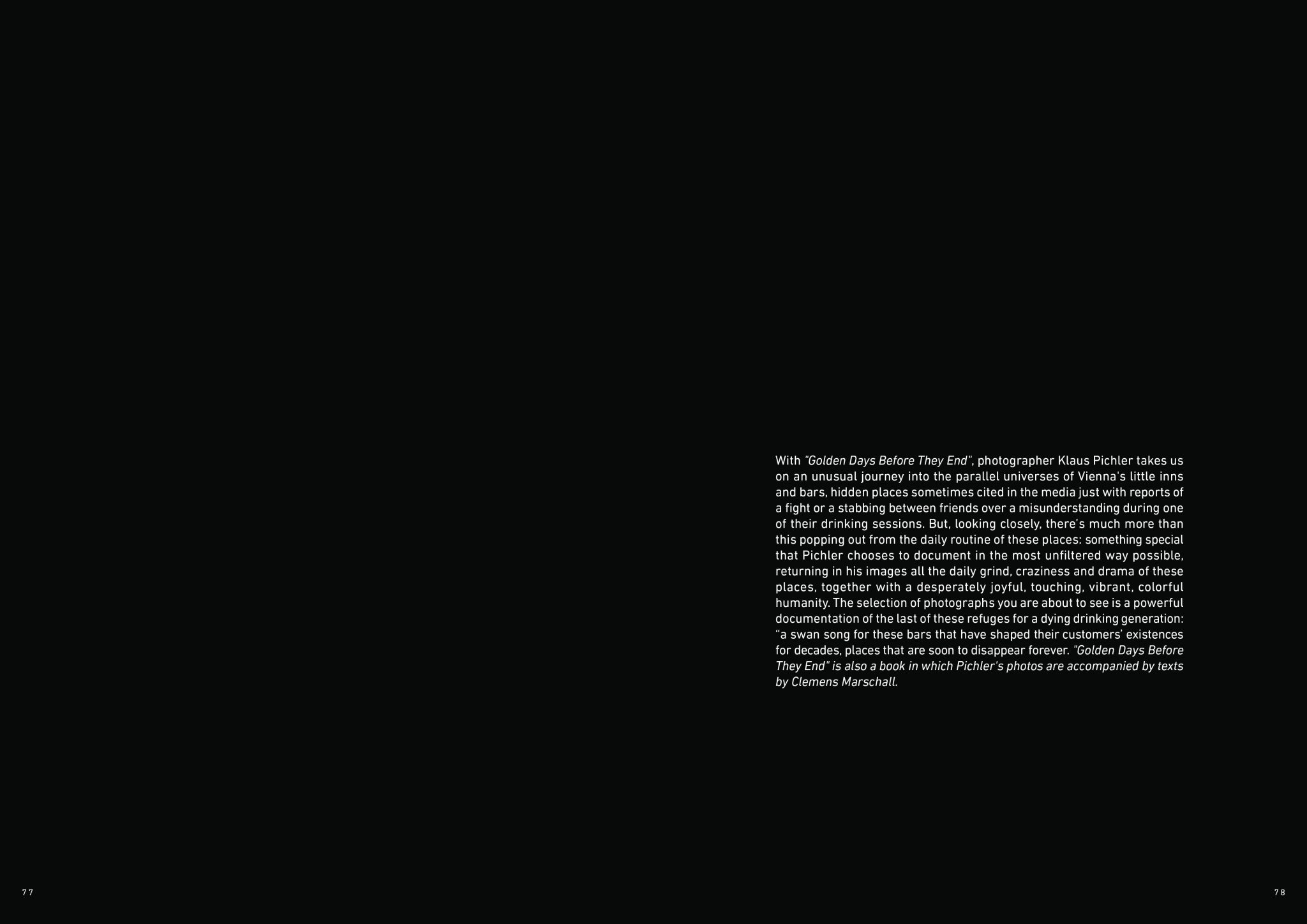
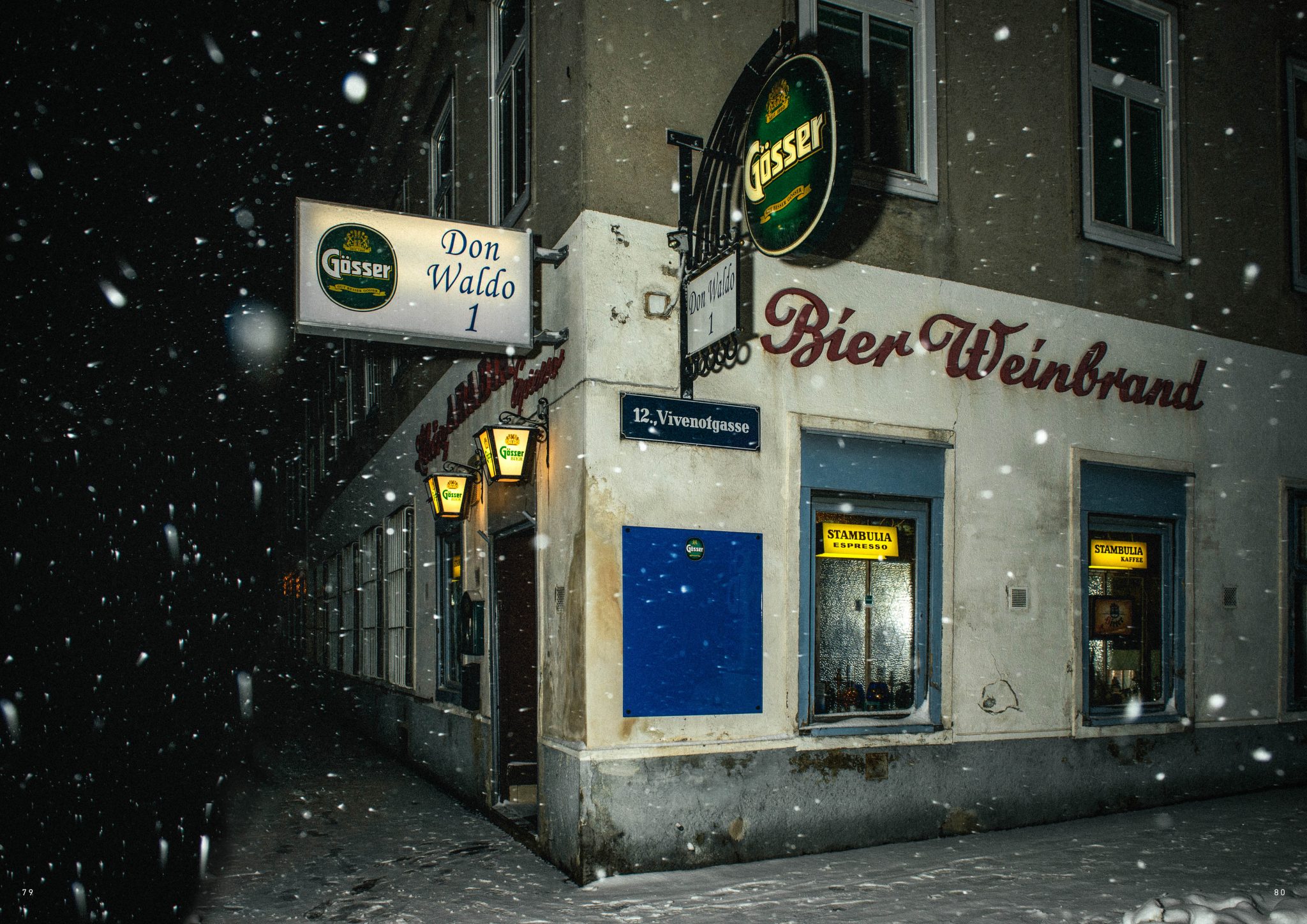
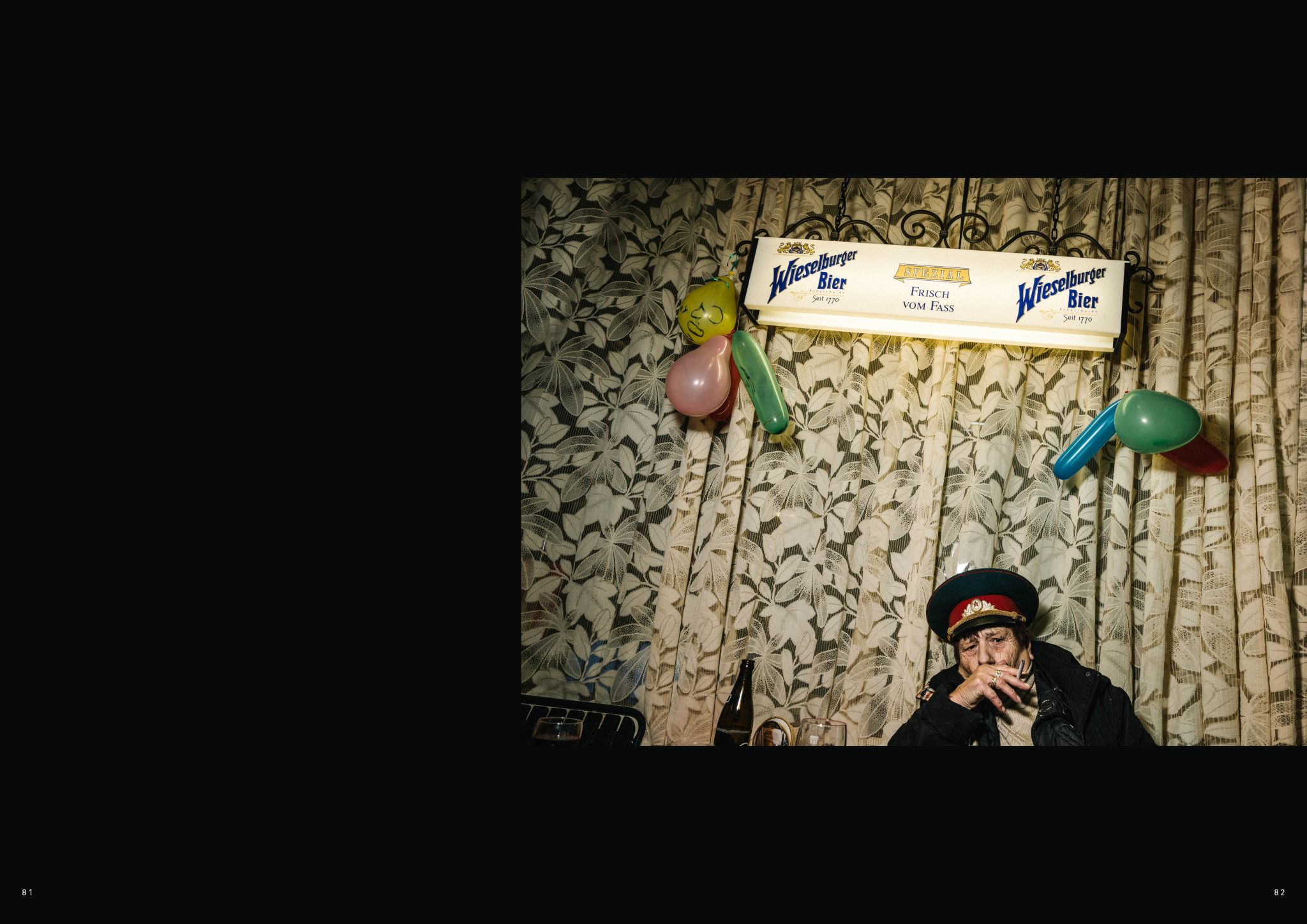
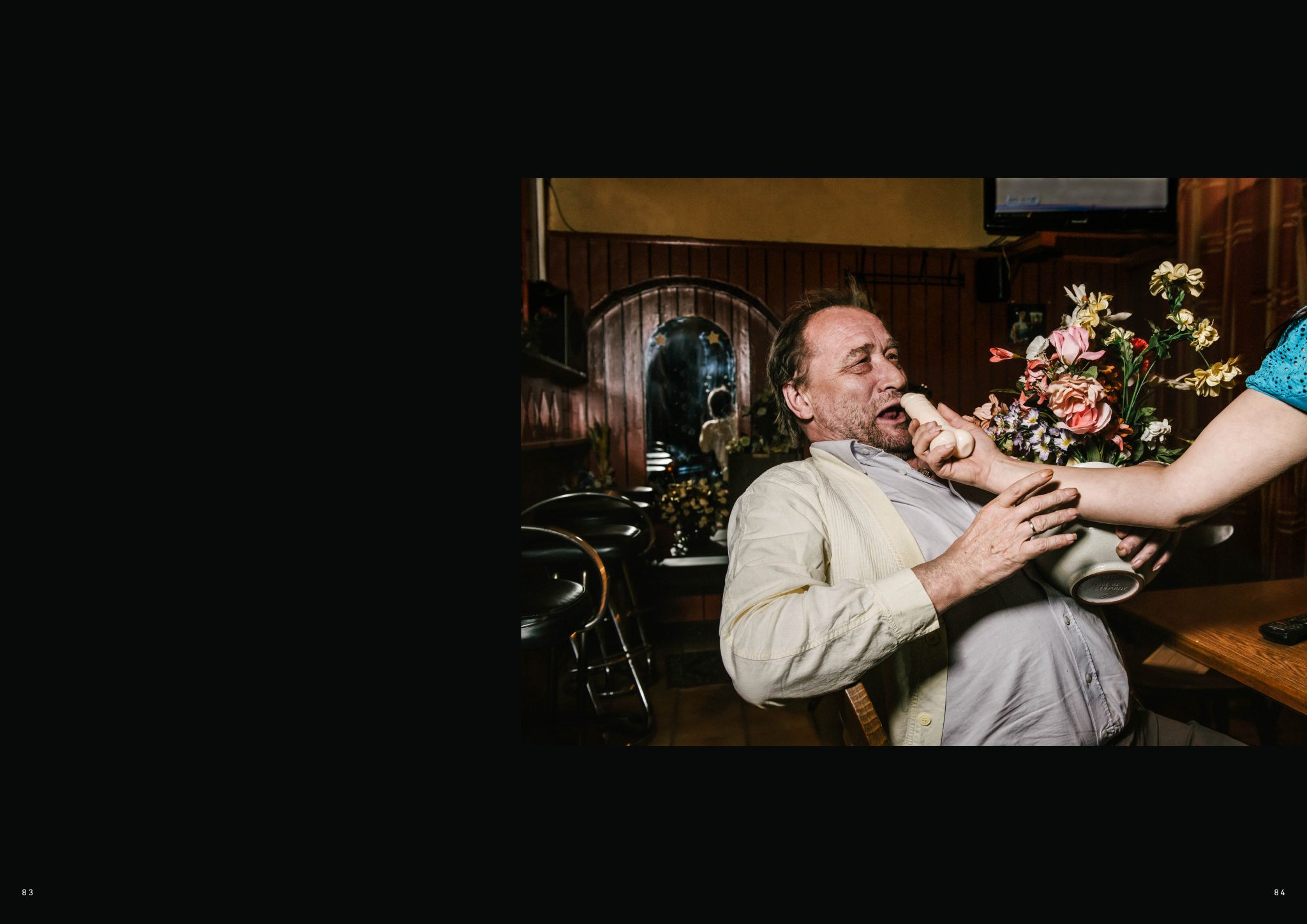
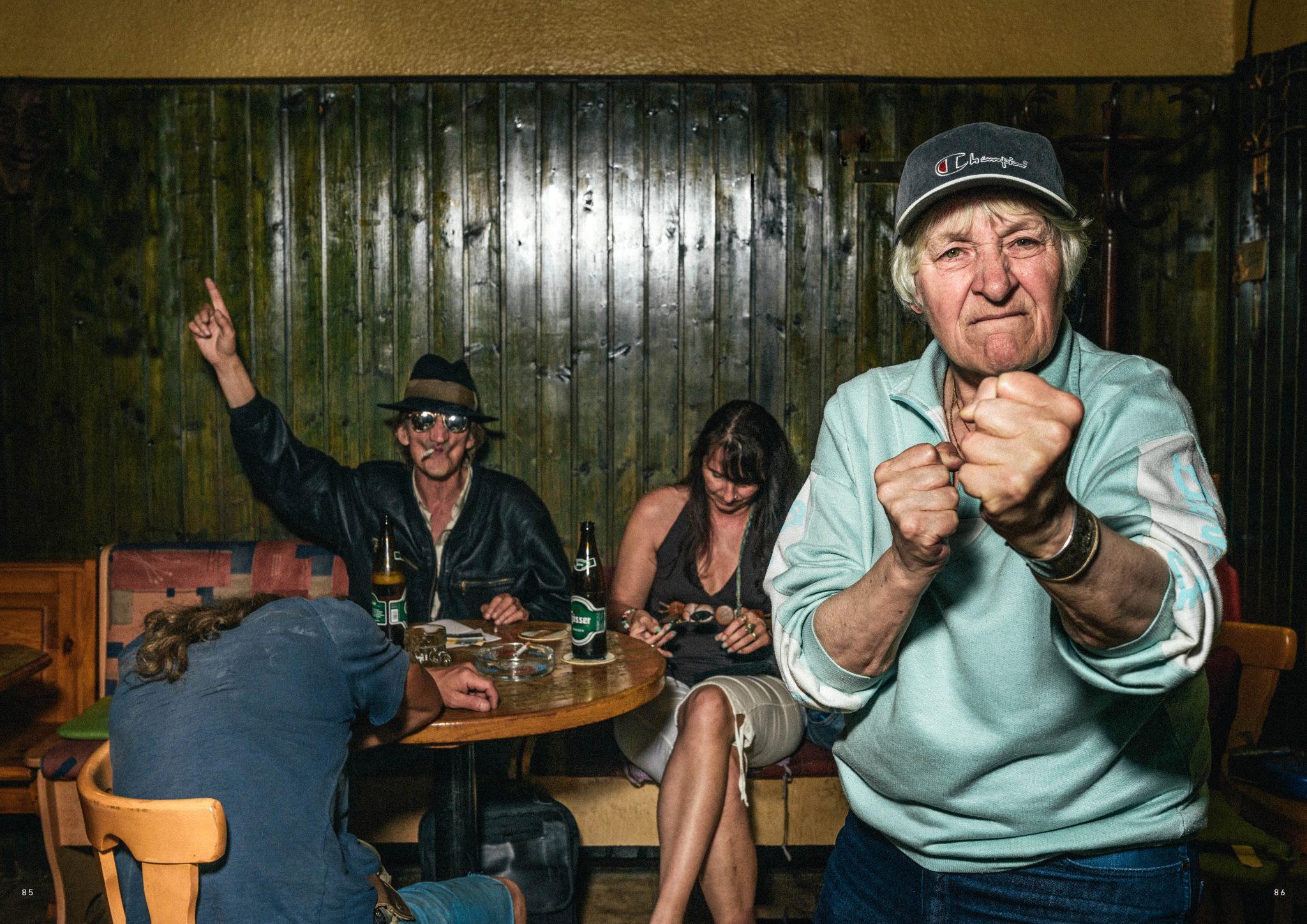
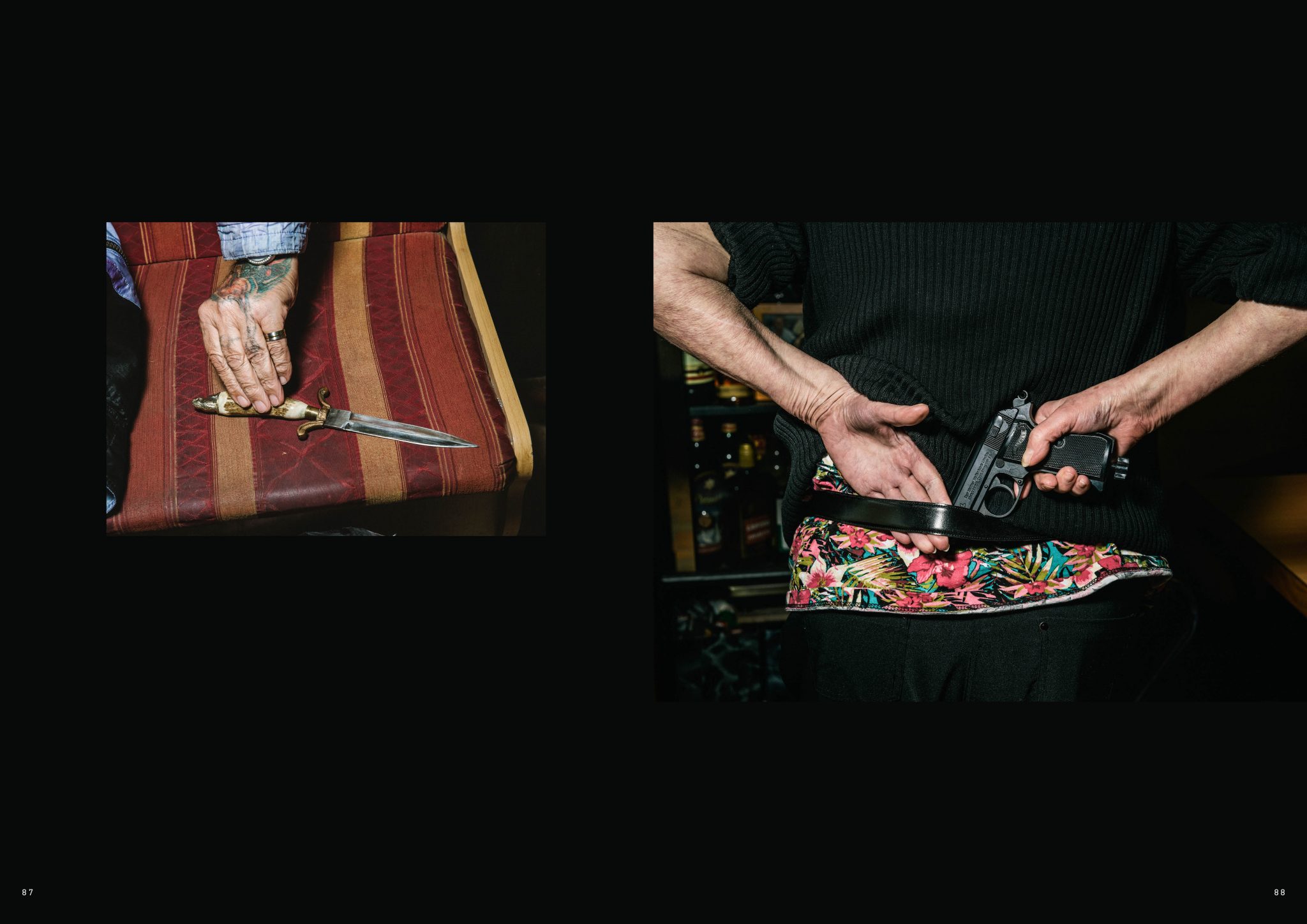
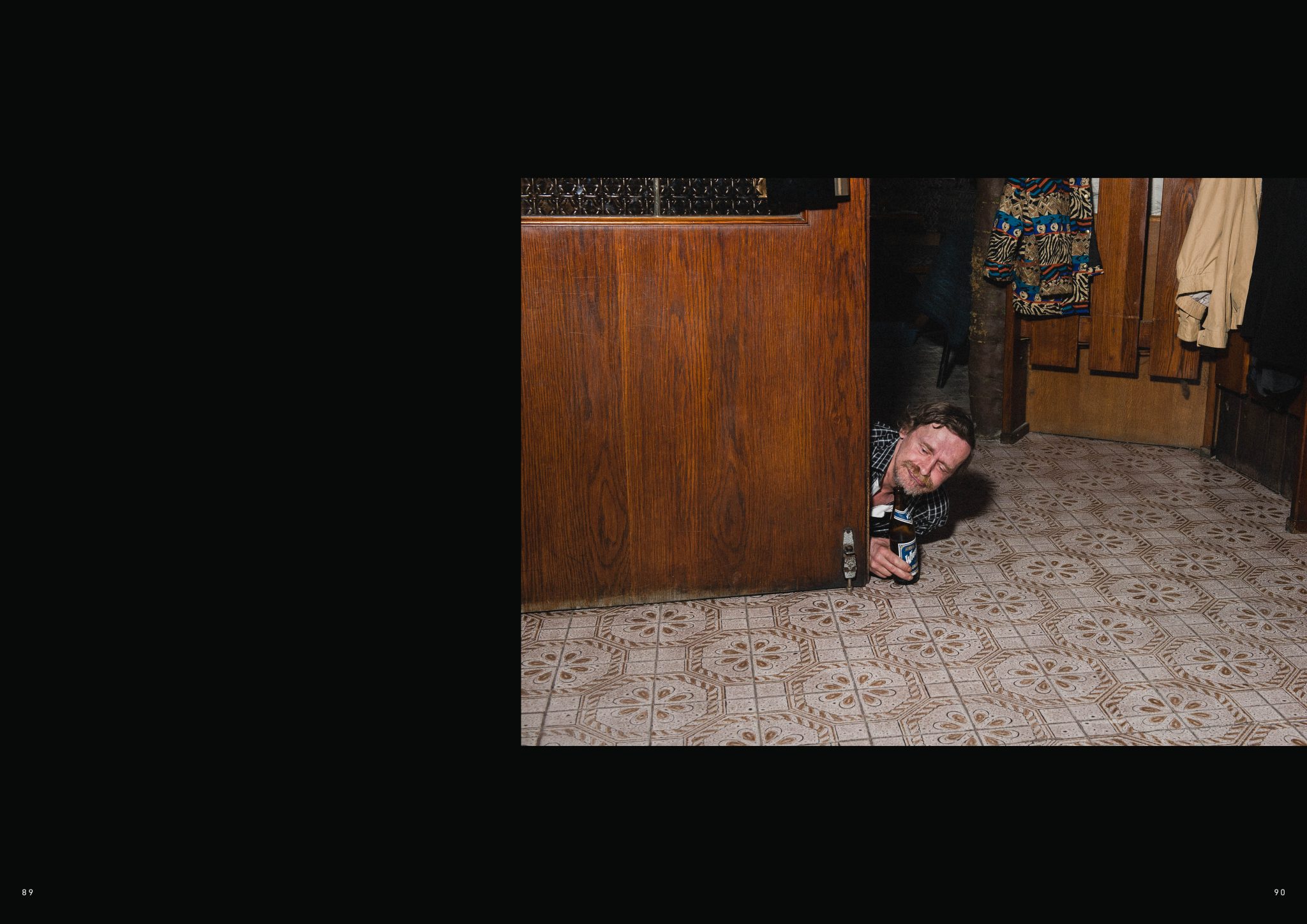
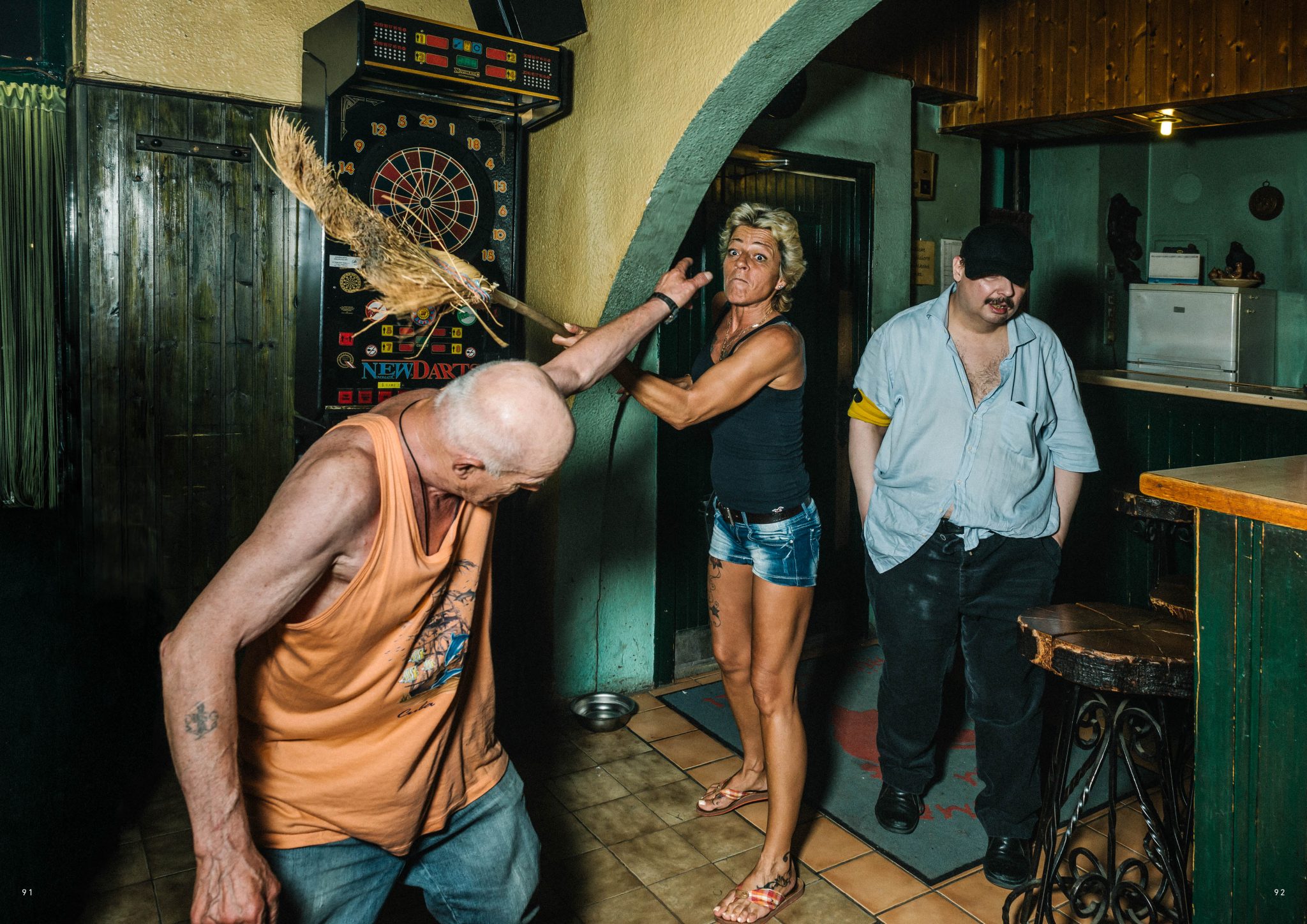
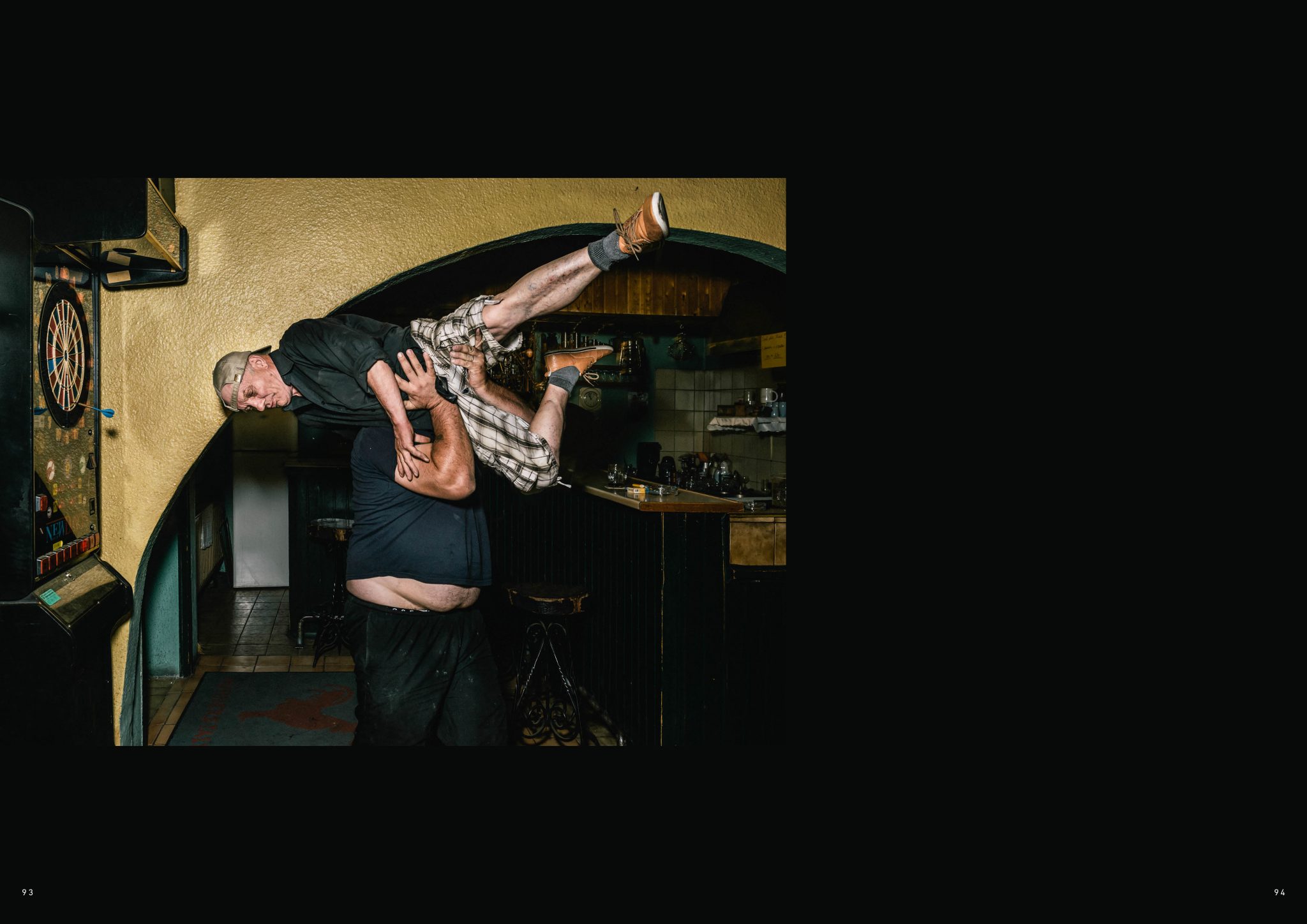
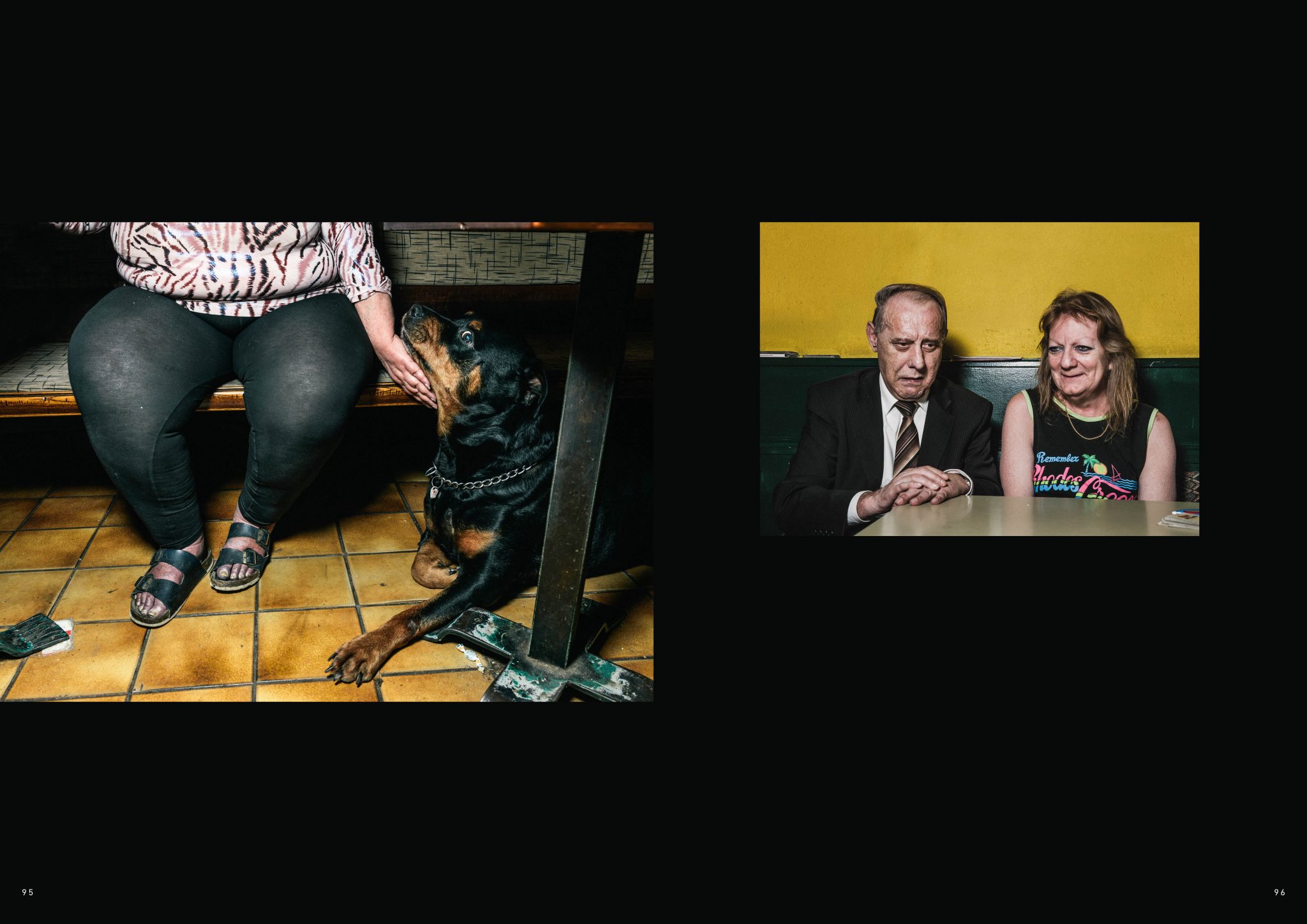
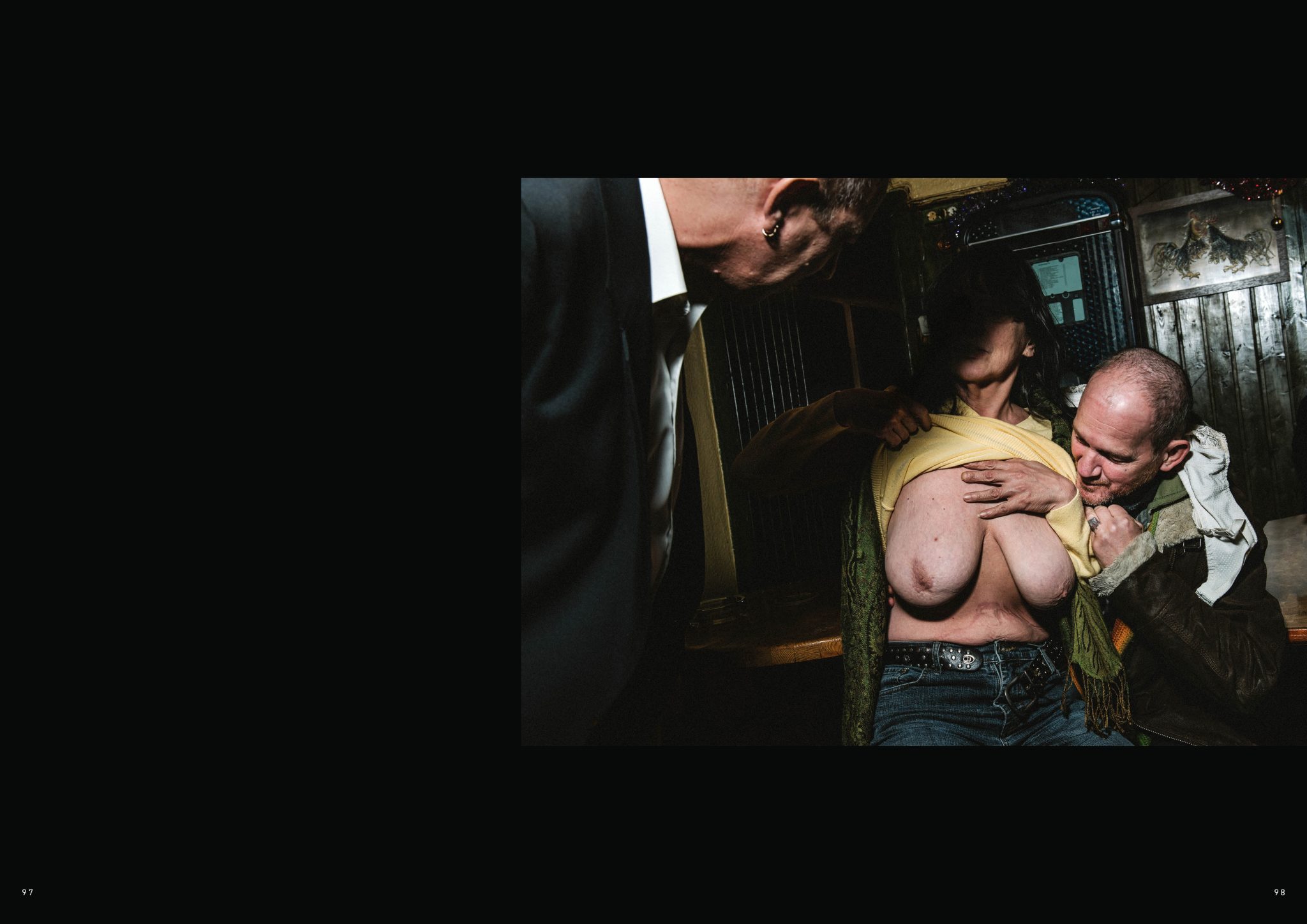
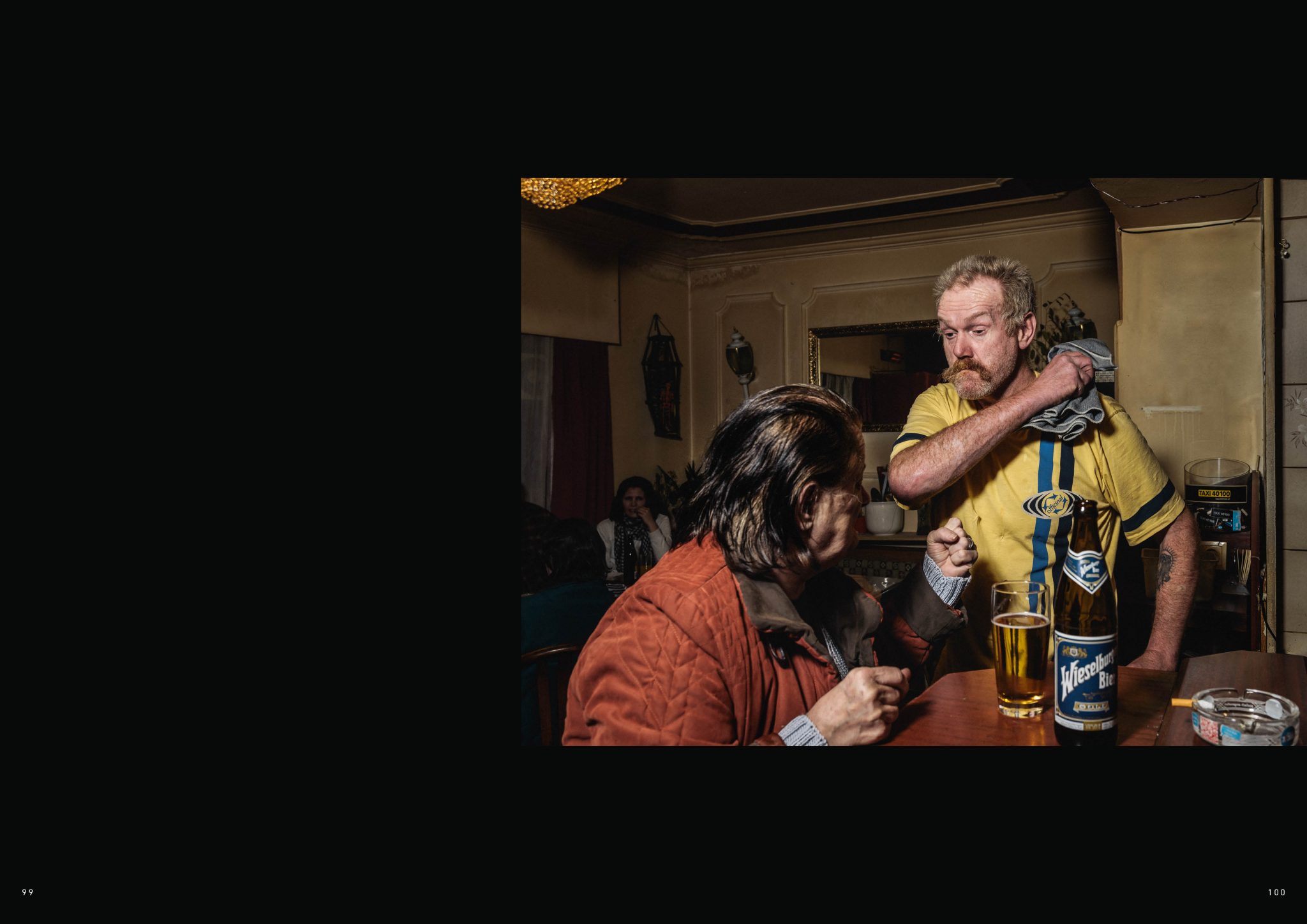
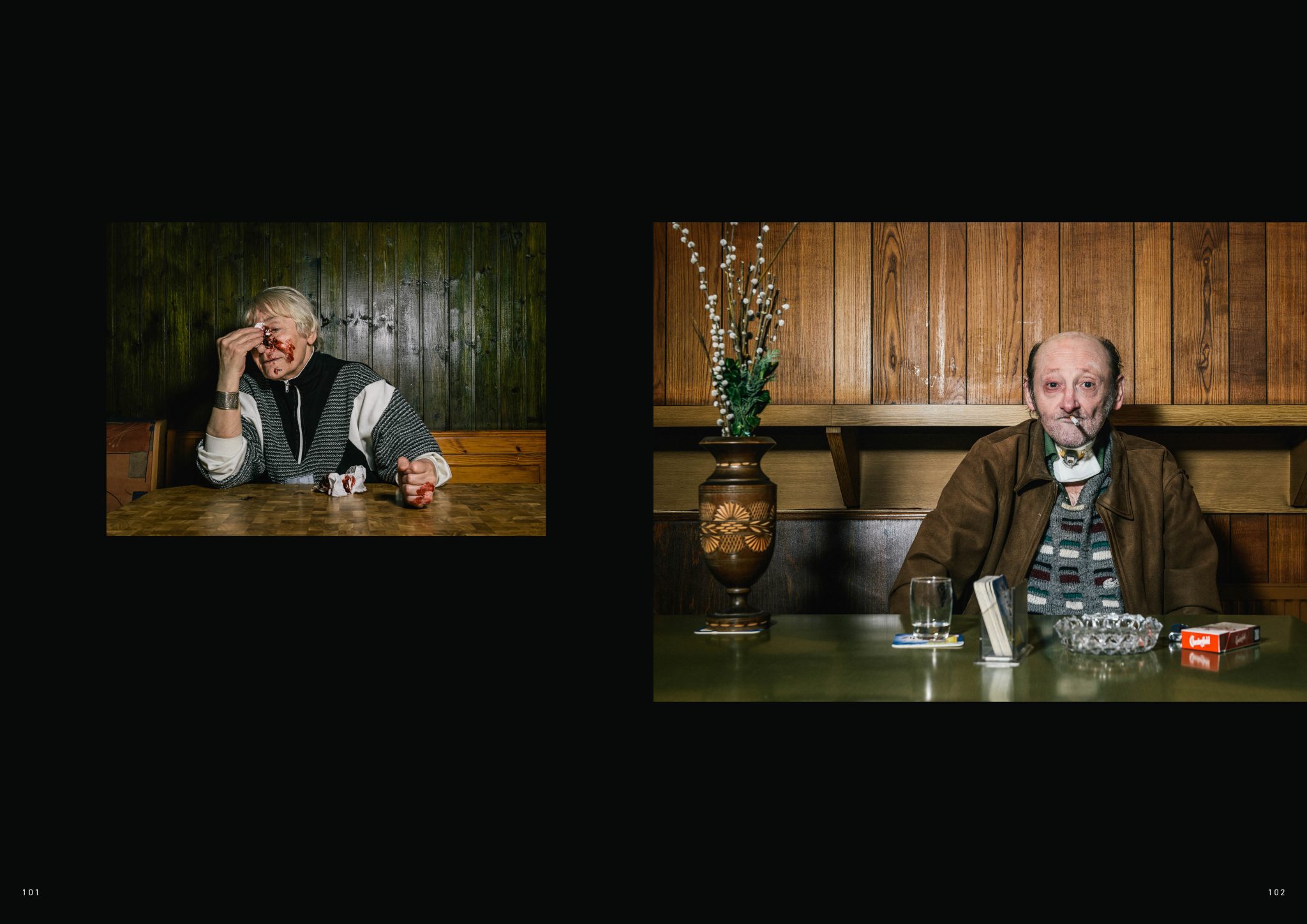
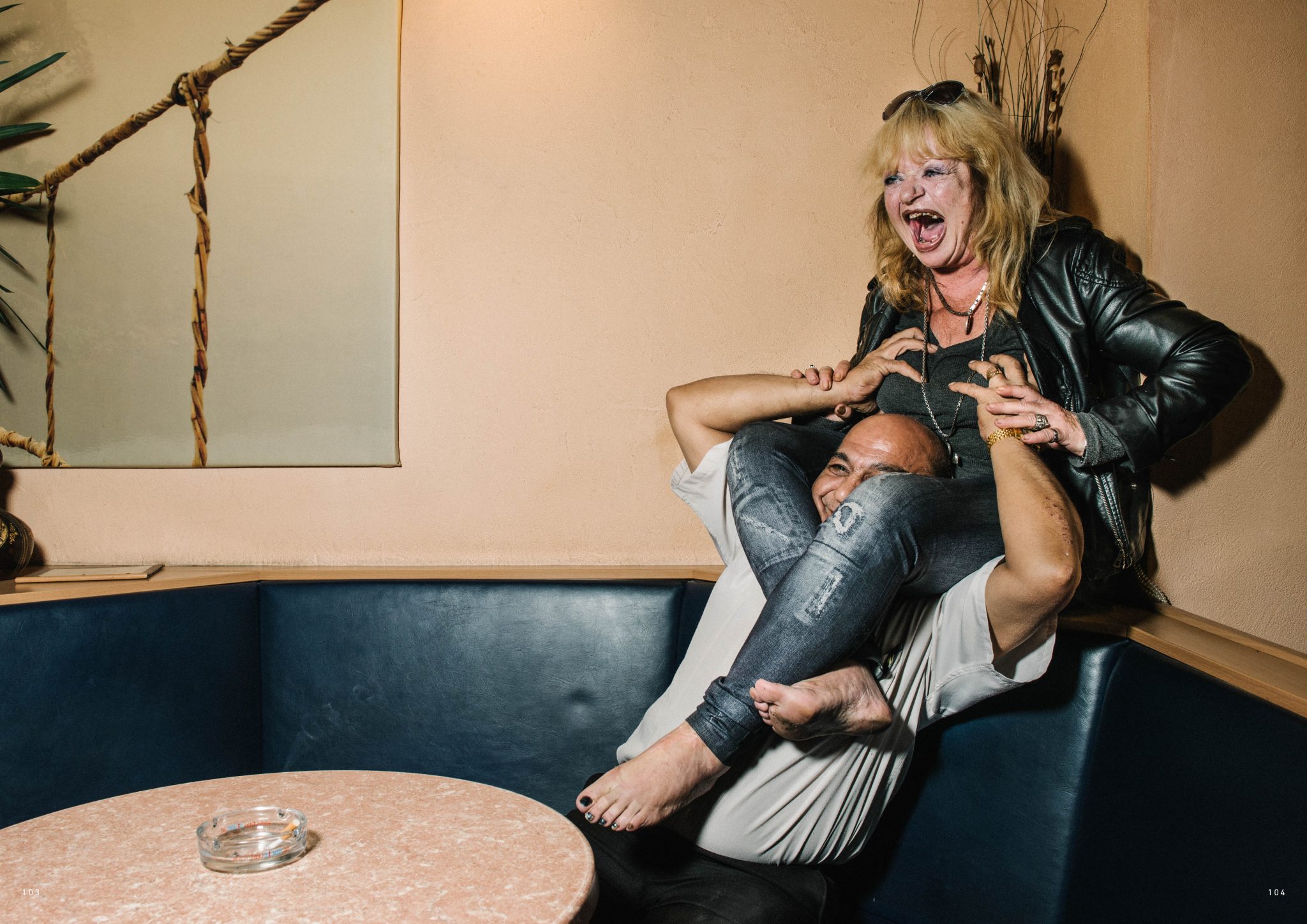
Chiara Giannini Mannarà
The artworks presented in the following pages are a selection of the work of artist Chiara Giannini Mannarà, focusing on the generative power of the feminine as a creative and vital force that permeates the whole of human existence, highlighting the centrality of the maternal role in the very architecture of human life. Mannarà’s artistic exploration results in a kind of archaeology of the soul that, starting from an intimate sphere linked to one’s past, embraces a universal dimension rooted in ancient archetypes and symbologies. With particular interest in past civilizations and their myths, the artist focuses on central themes that characterize humanity, such as history, myth, ritual, femininity, creation, life and death.

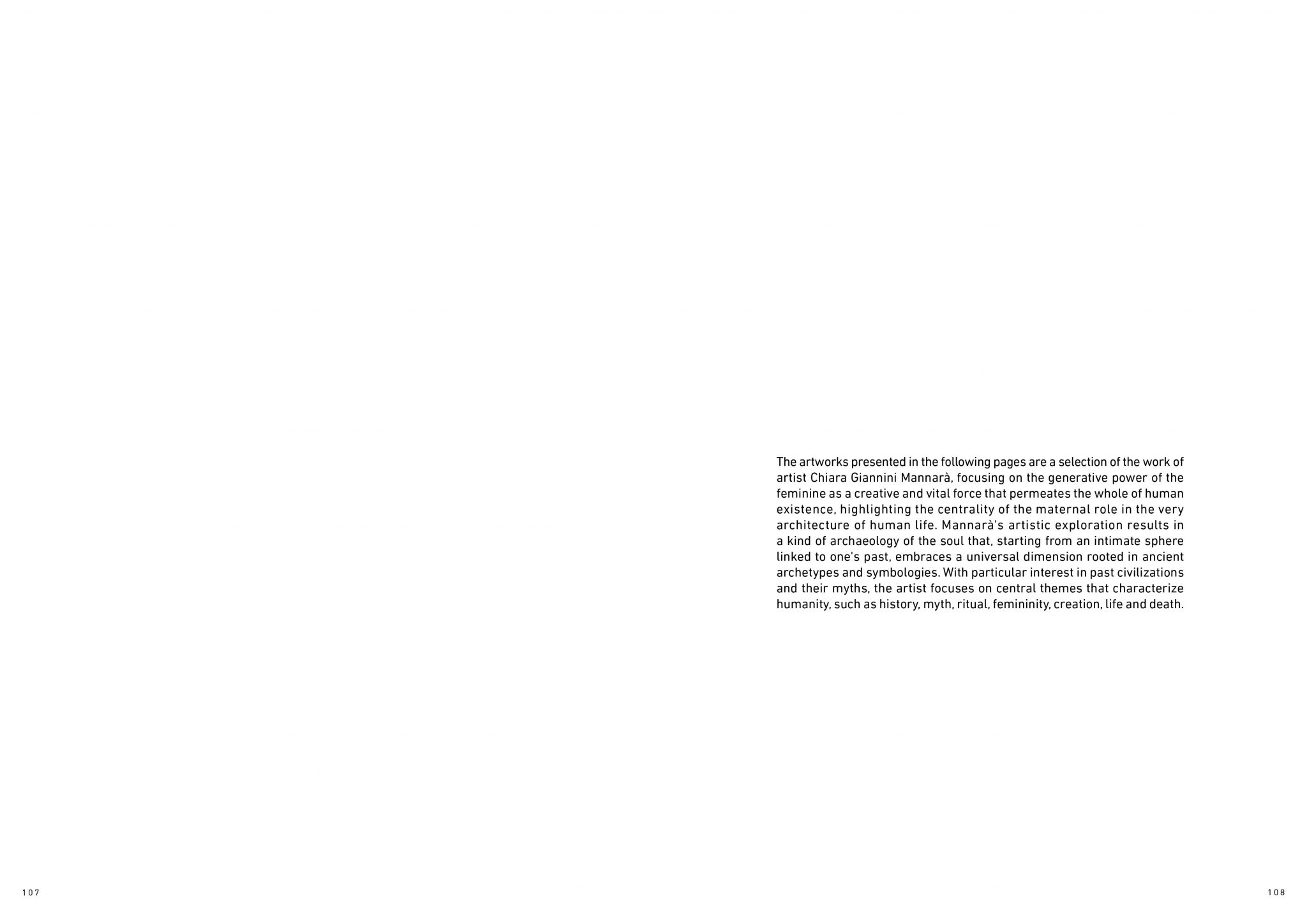
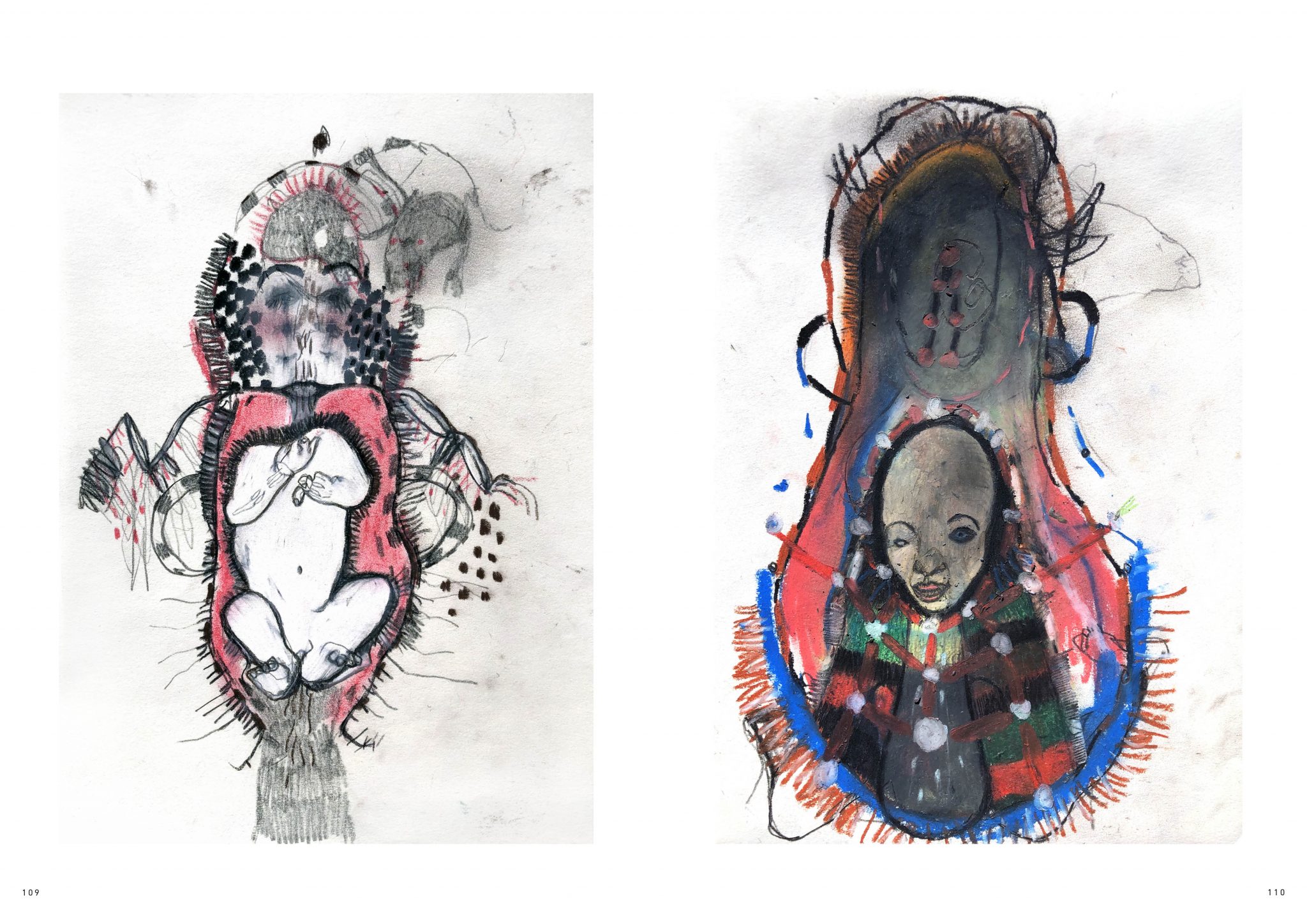
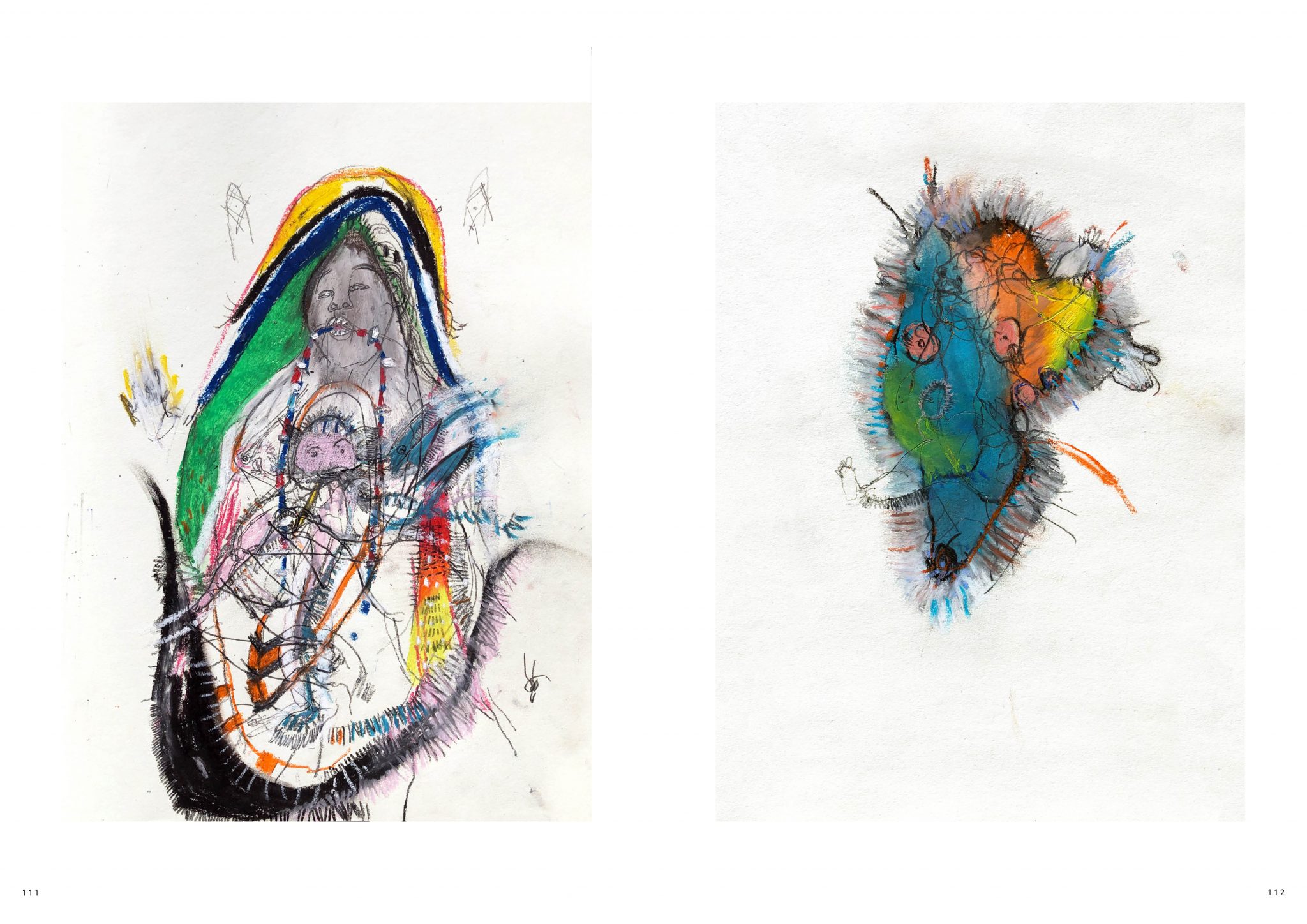
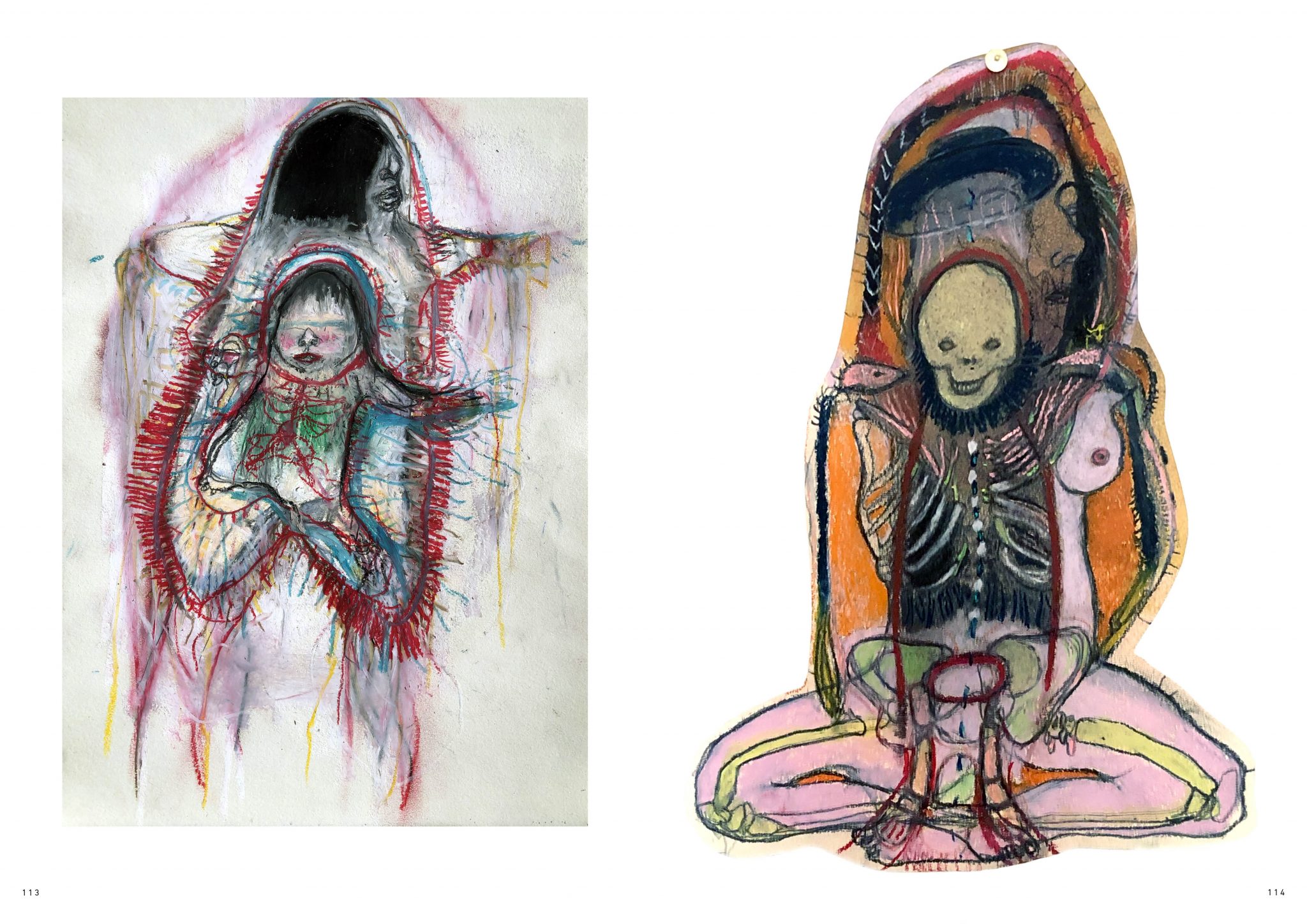
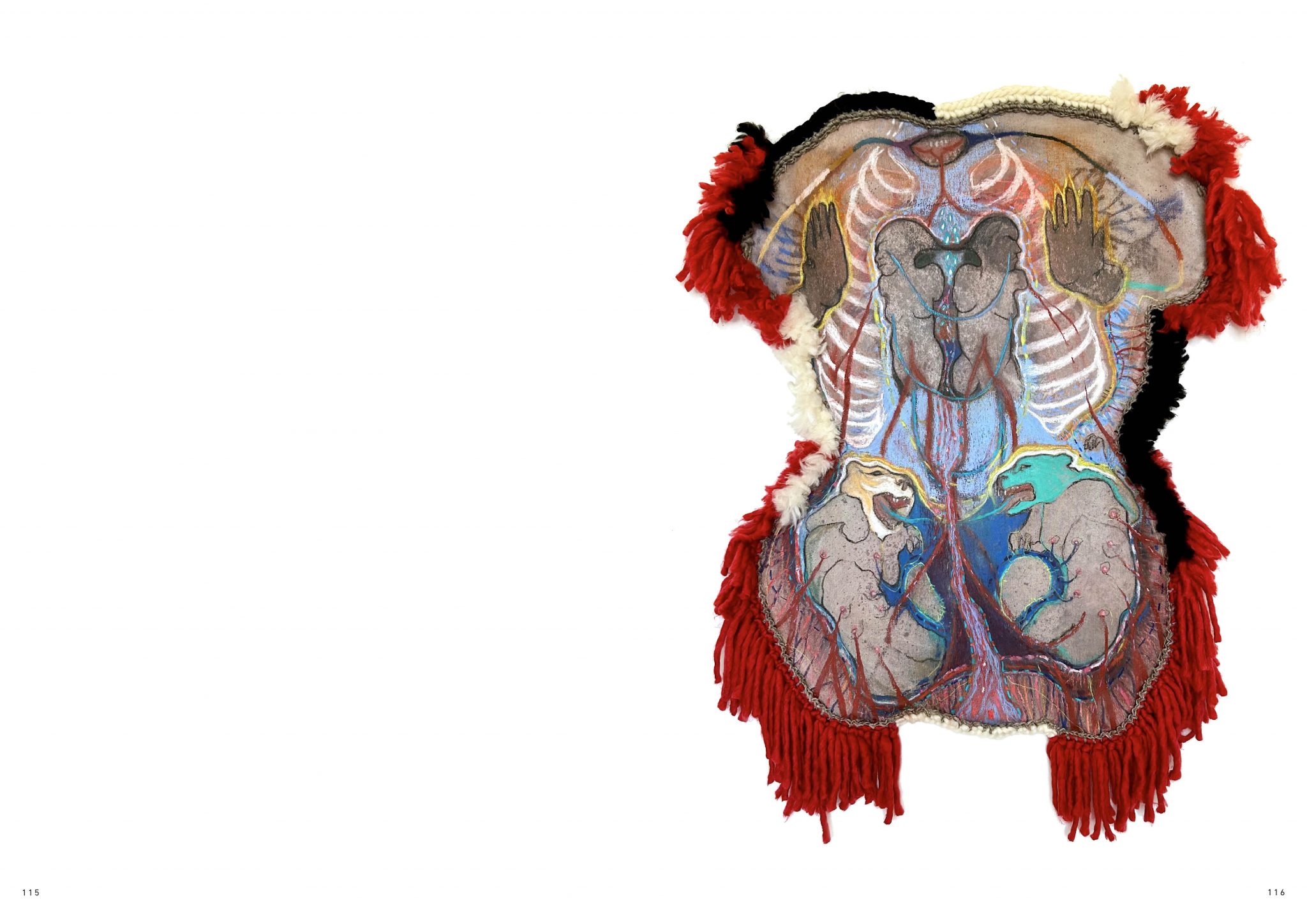

Olga Steinepreis
In her photographic project “I’ve Had a Dream…” Olga Steinepreis tells her own inner struggle in trying to adhere to a predefined ideal, staging the complexity of a motherhood protracted for nine years, during which she finds herself trapped in the relentless routine of domestic life. Olga’s photographs often portray a disjointed, multiplied image of herself, fragmented in a multitude of repetitive domestic activities to convey the monotony and, at the same time, the frenzy of her daily life. The sense of frustration and inadequacy in the face of social expectations emerges clearly from every image in the series, as well as Olga’s stoic attempt to adapt to the rigid roles of devoted wife and caring mother. Through her autobiographical gaze, the artist thus offers us a reflection on the complexities of being a mother and a woman in contemporary society, emphasizing the gap between reality and the idealized image of a faultless mother.


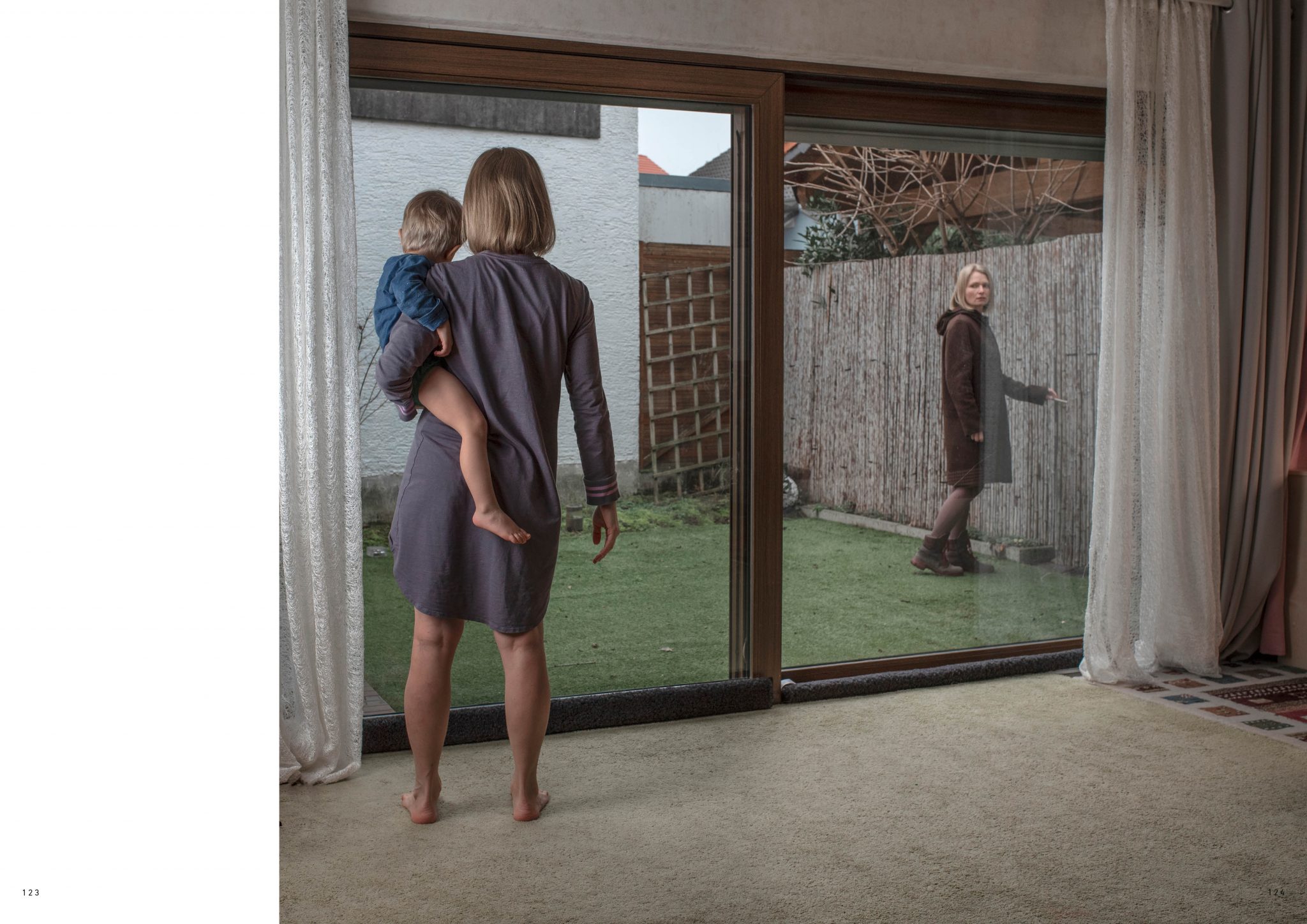
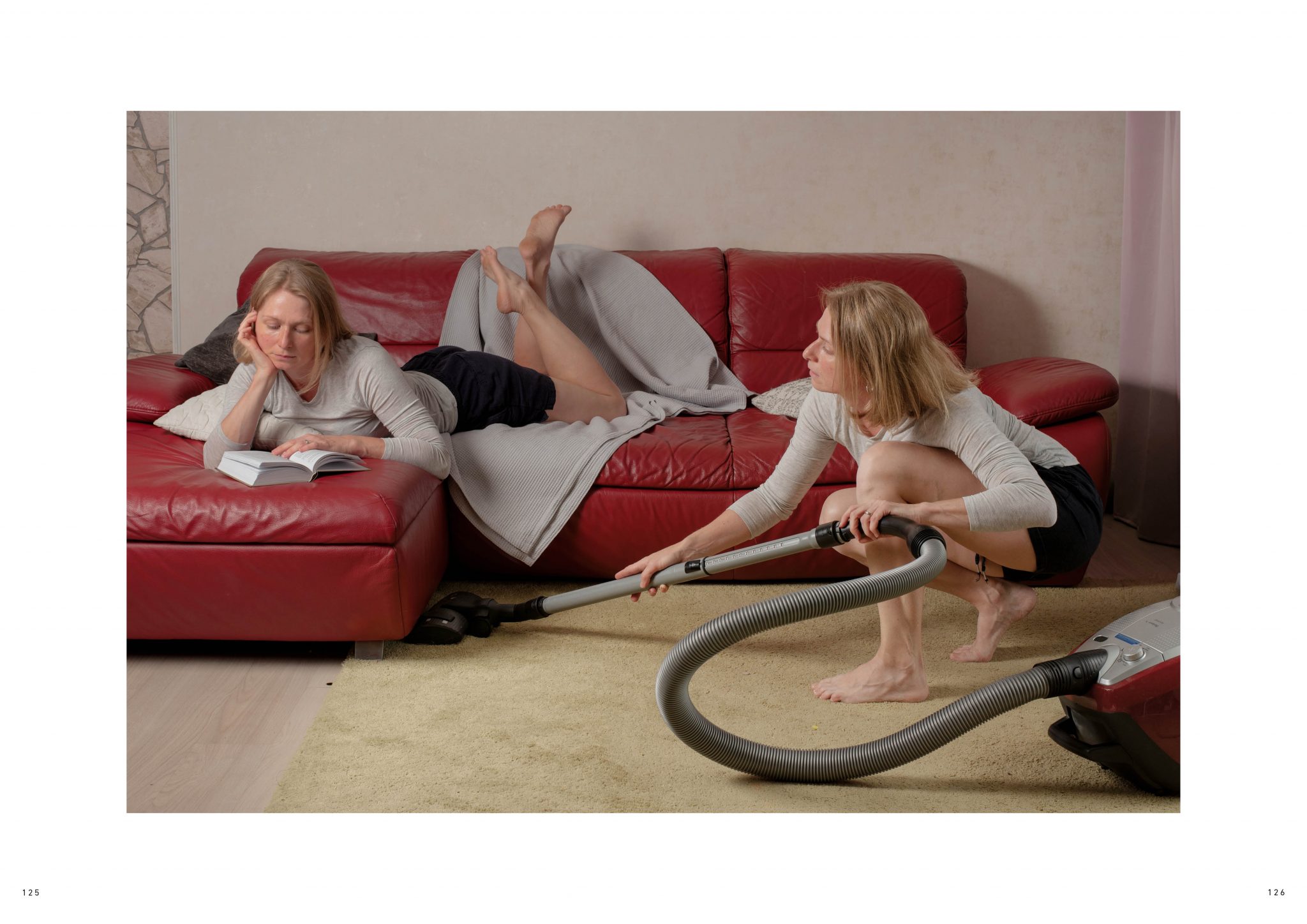
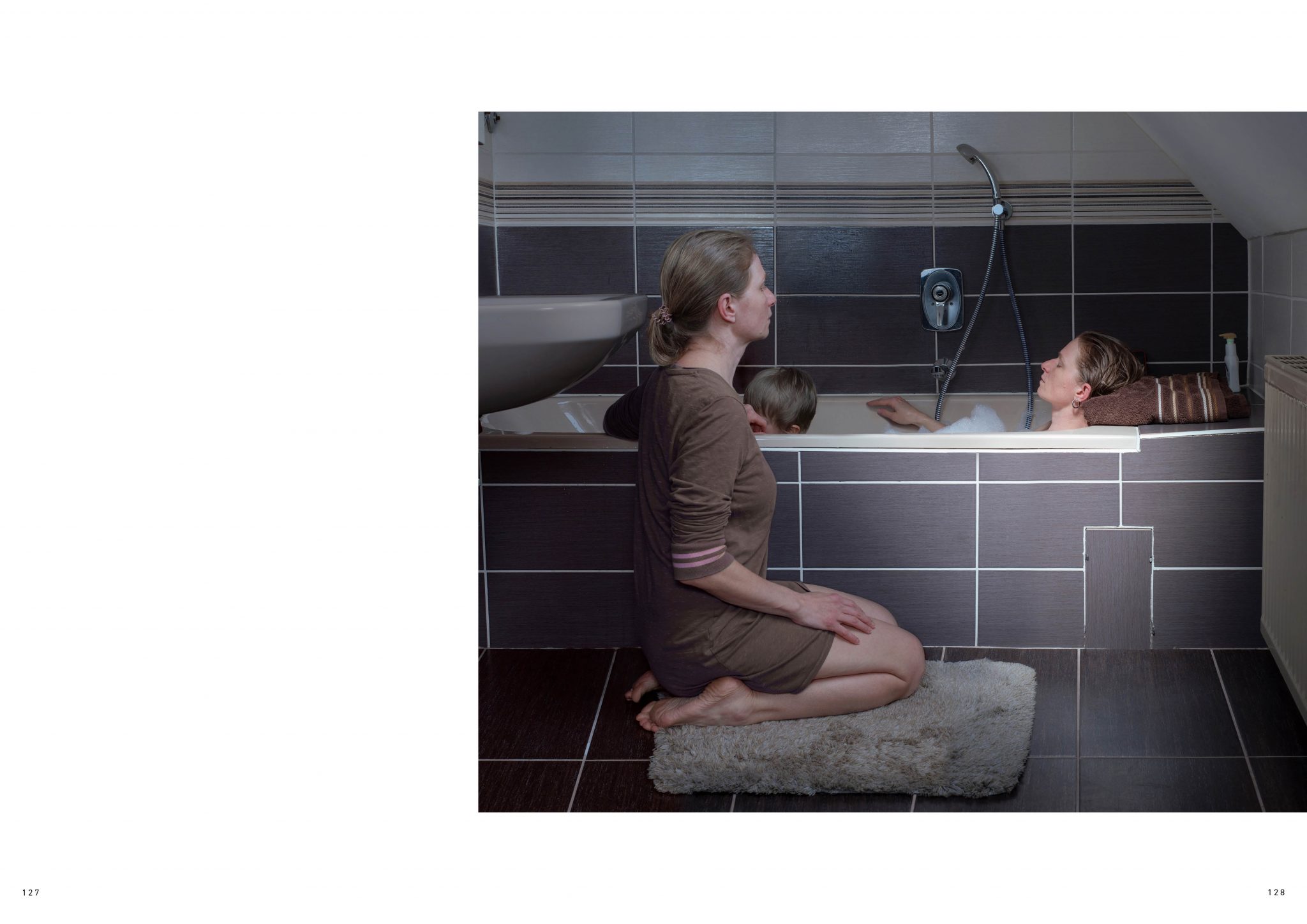
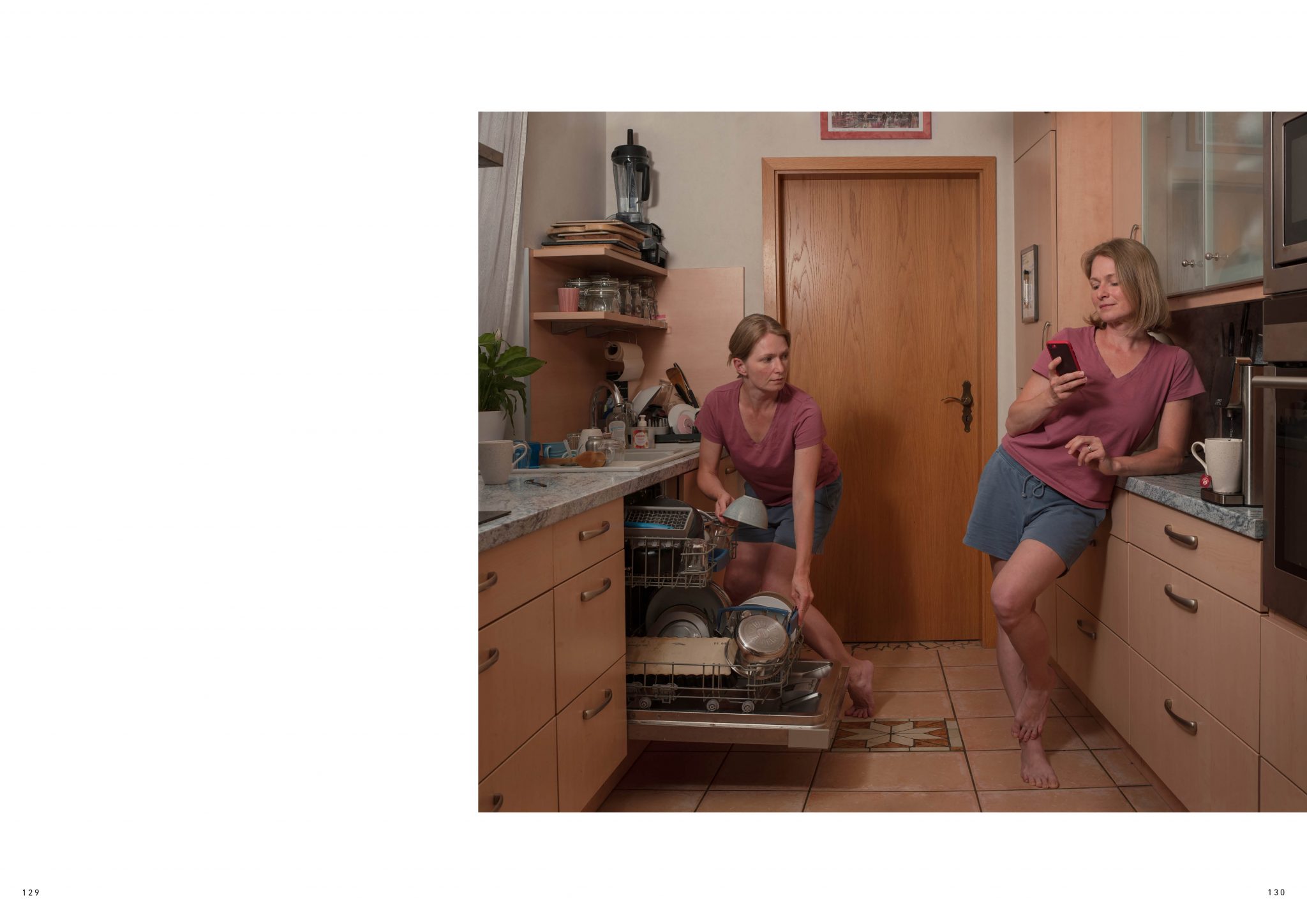
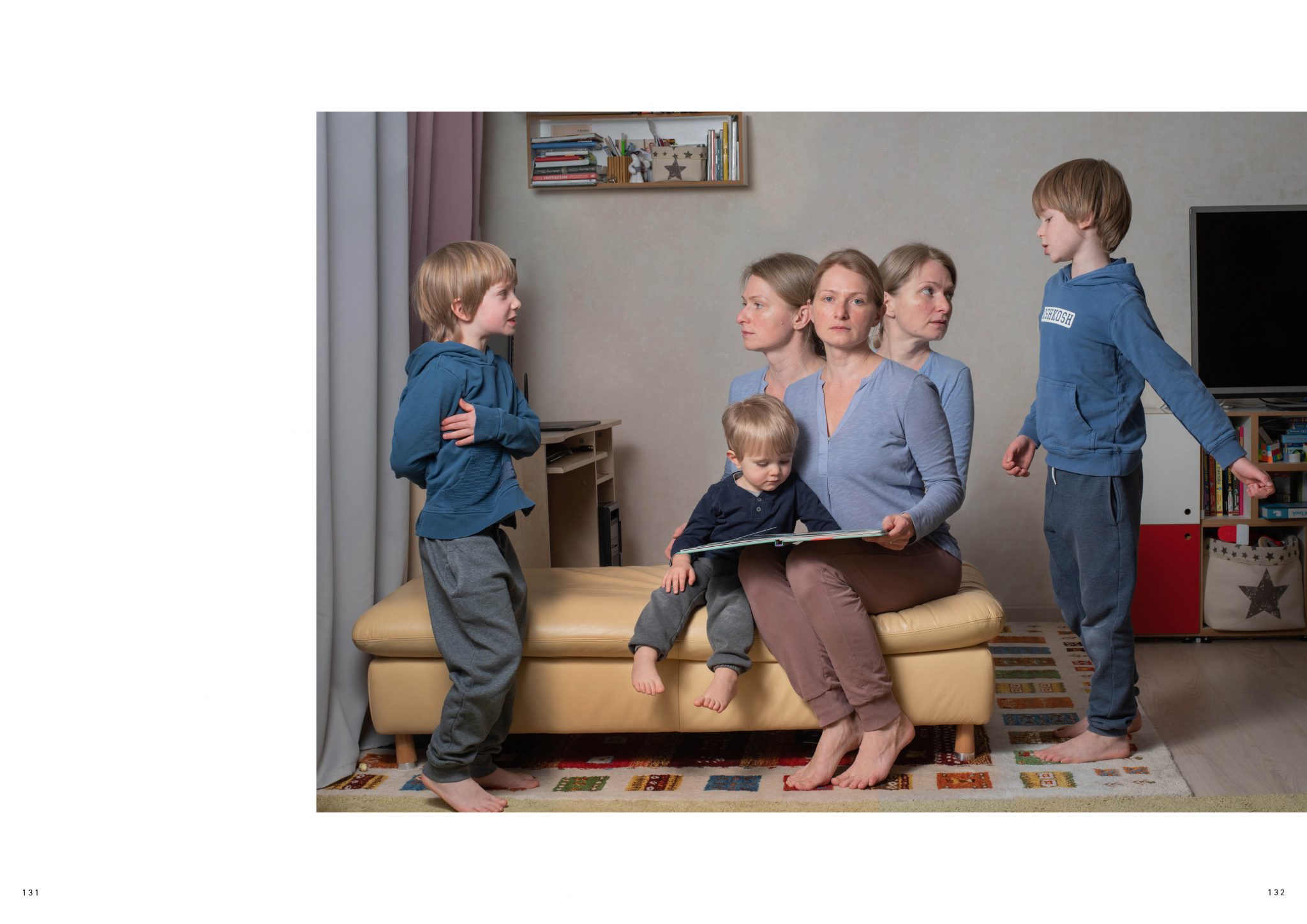
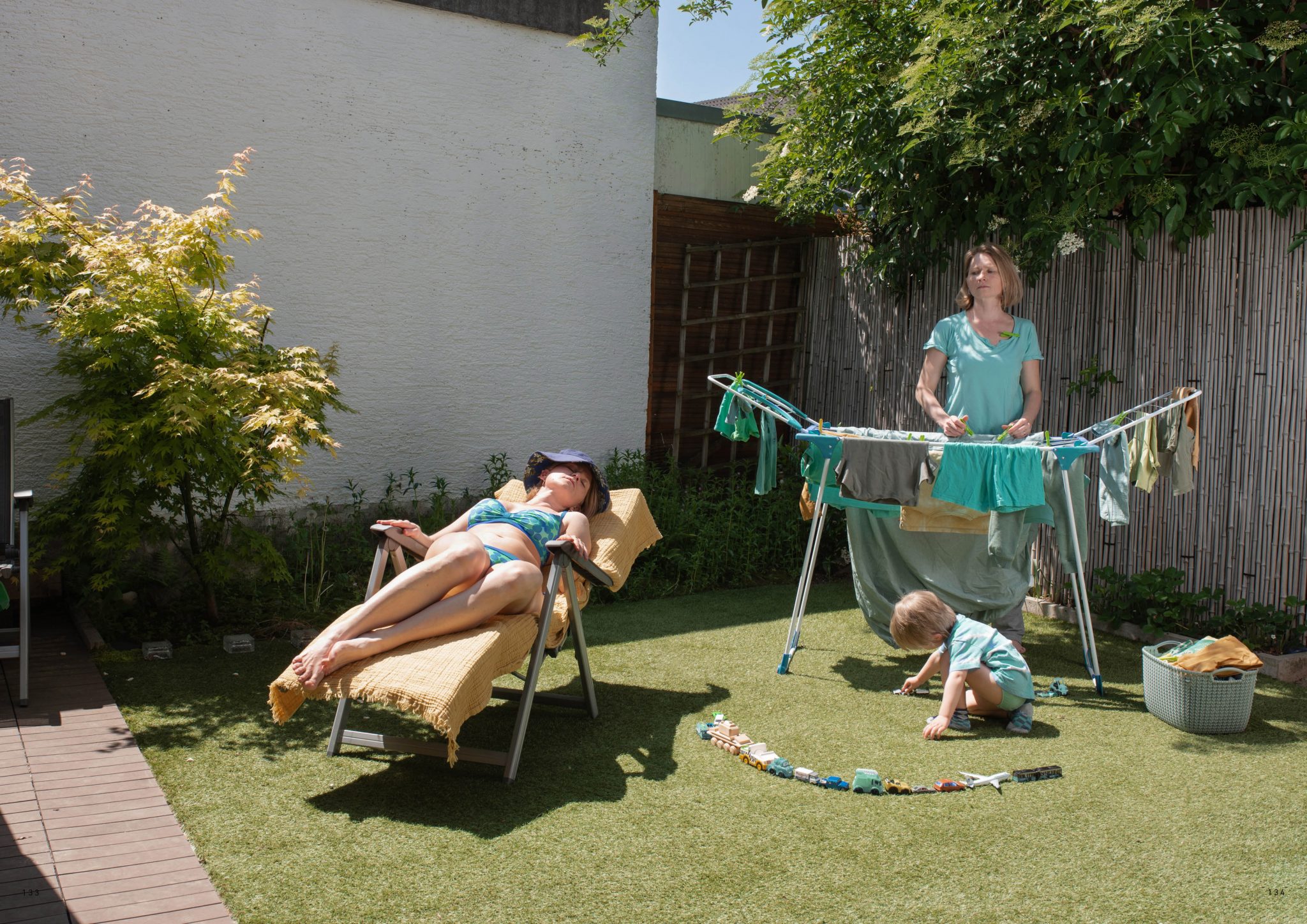

Roger Ballen
For five years Photographic Artist Roger Ballen focused his attention on a strange and alluring place near Johannesburg that became titled the “Boarding House”. Crowded with poor workers, transients, criminals hiding from the law, witchdoctors, children, pet animals and insects, the images skirted the fine line between dream and the waking state. The following images, taken from Ballen’s “Boarding House” series, blur the boundaries between documentary photography and art forms such as painting, theater and sculpture, creating a veracious, enigmatic and psychologically powerful narrative for which we struggle to find words.

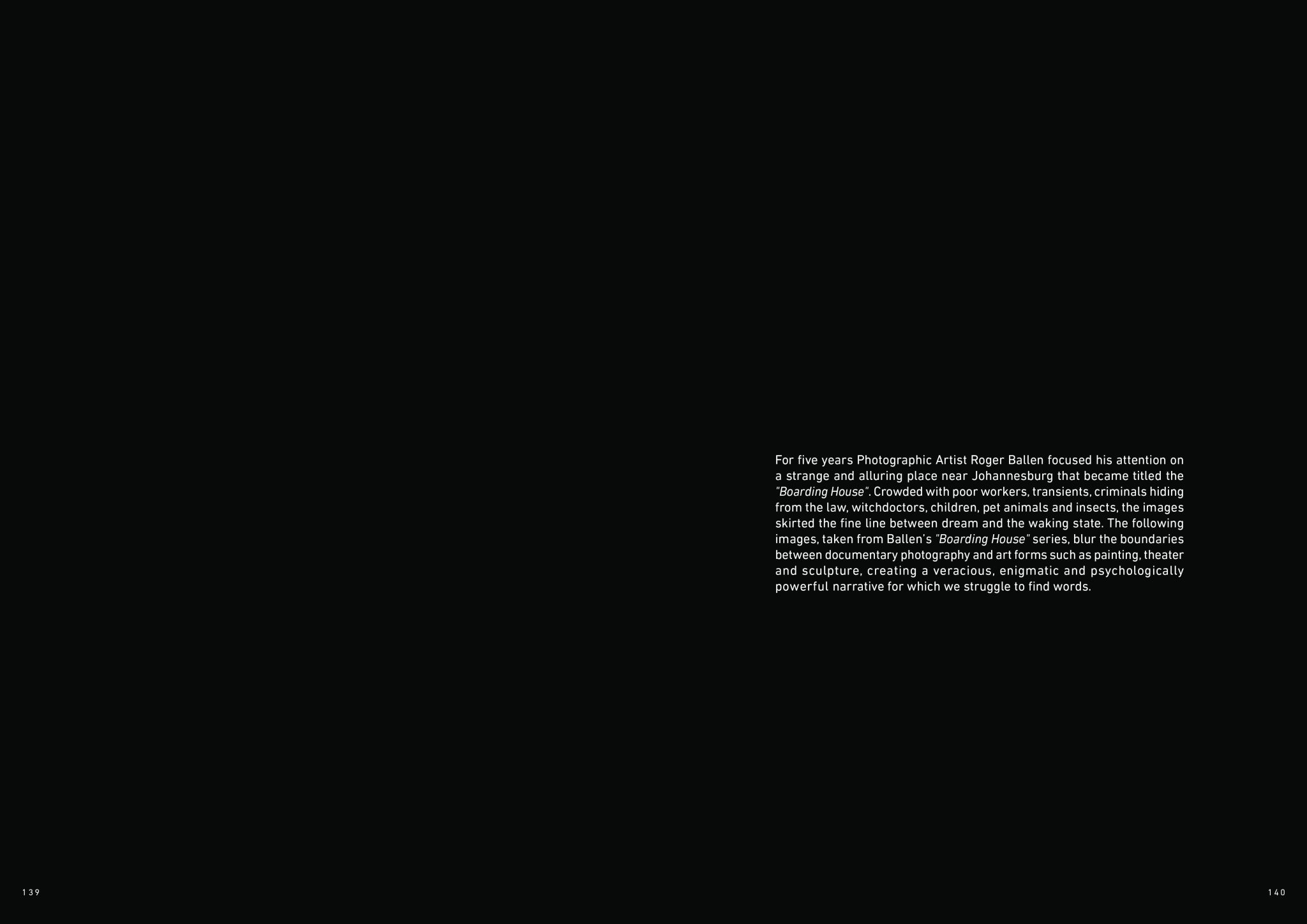
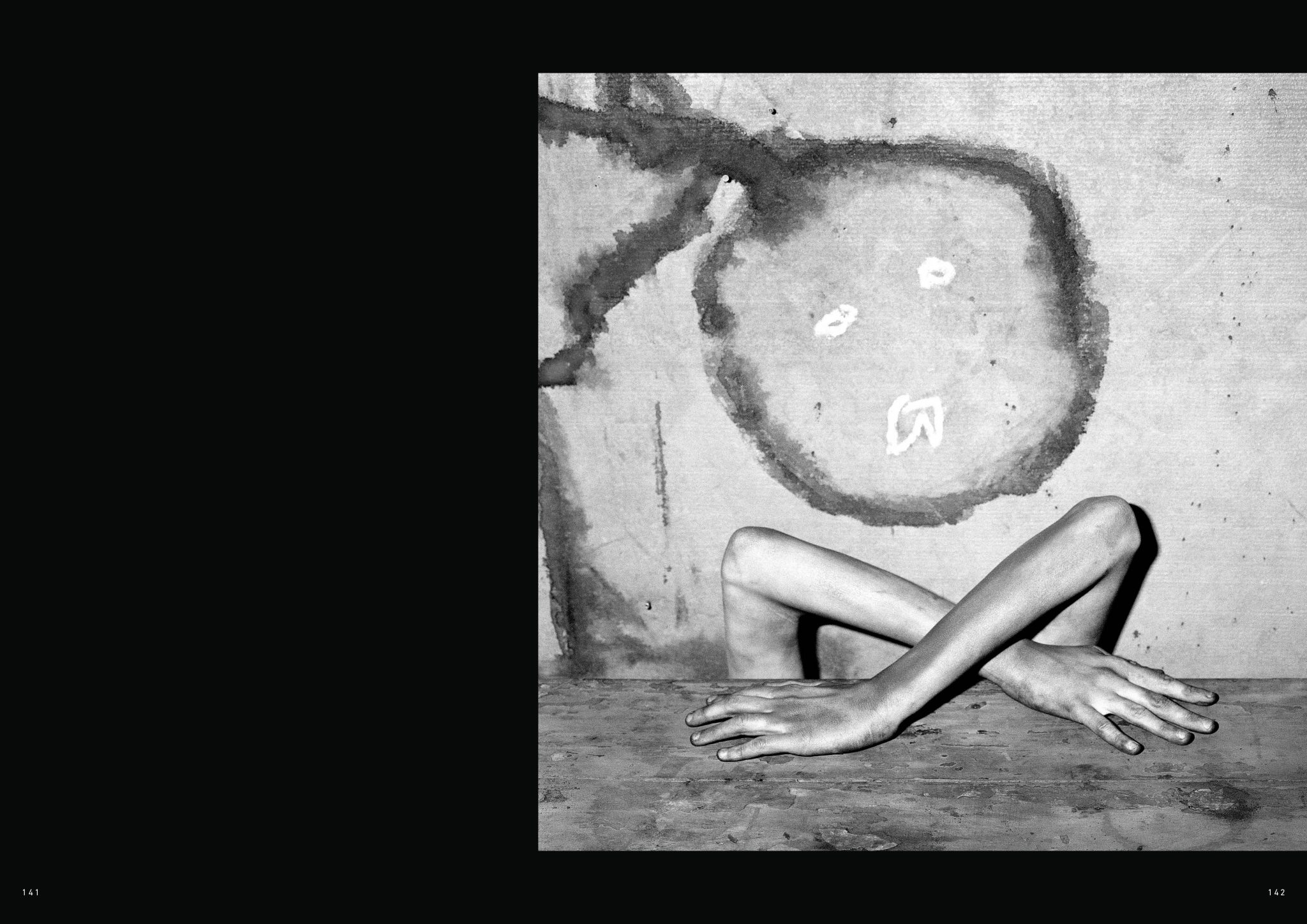

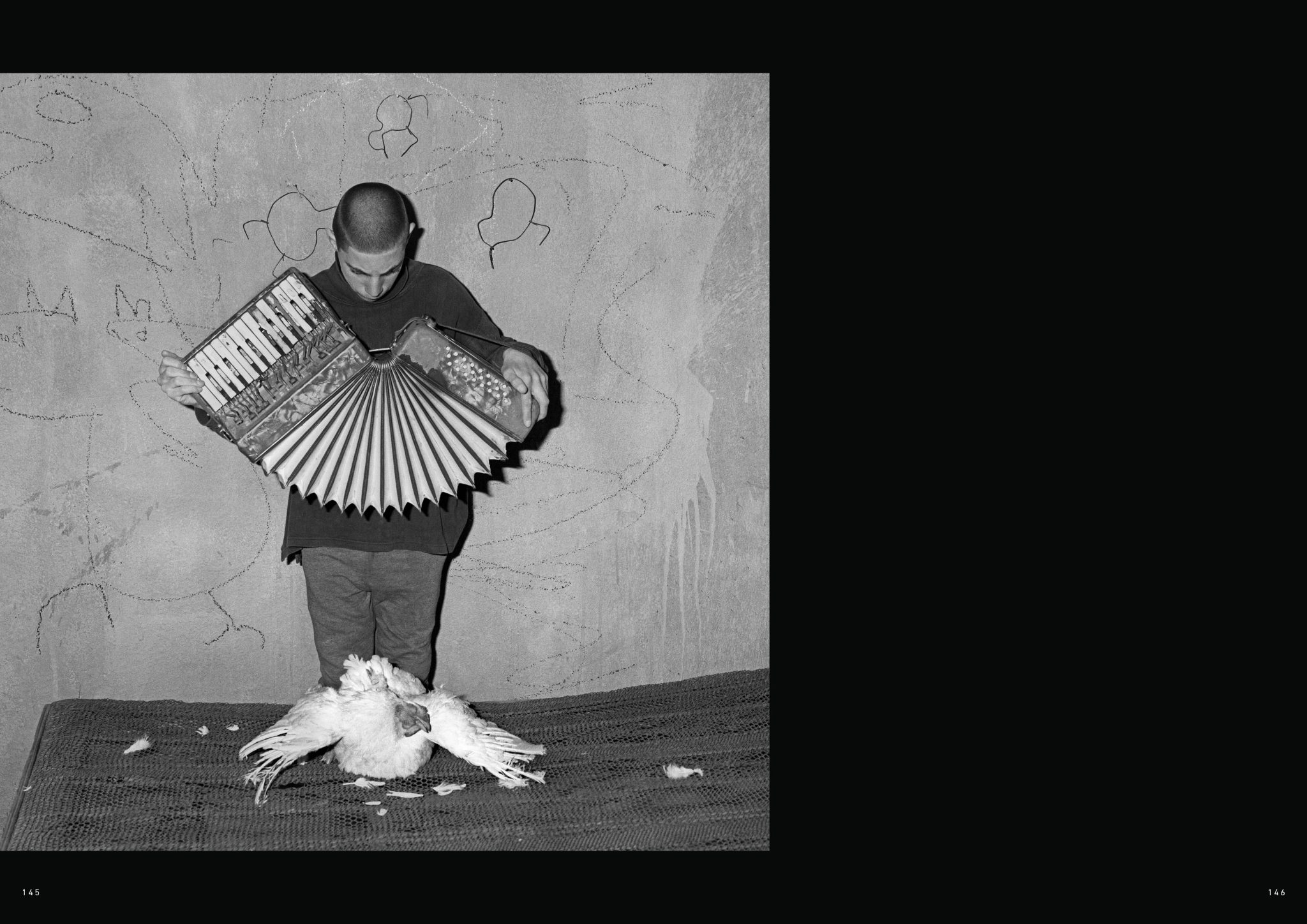
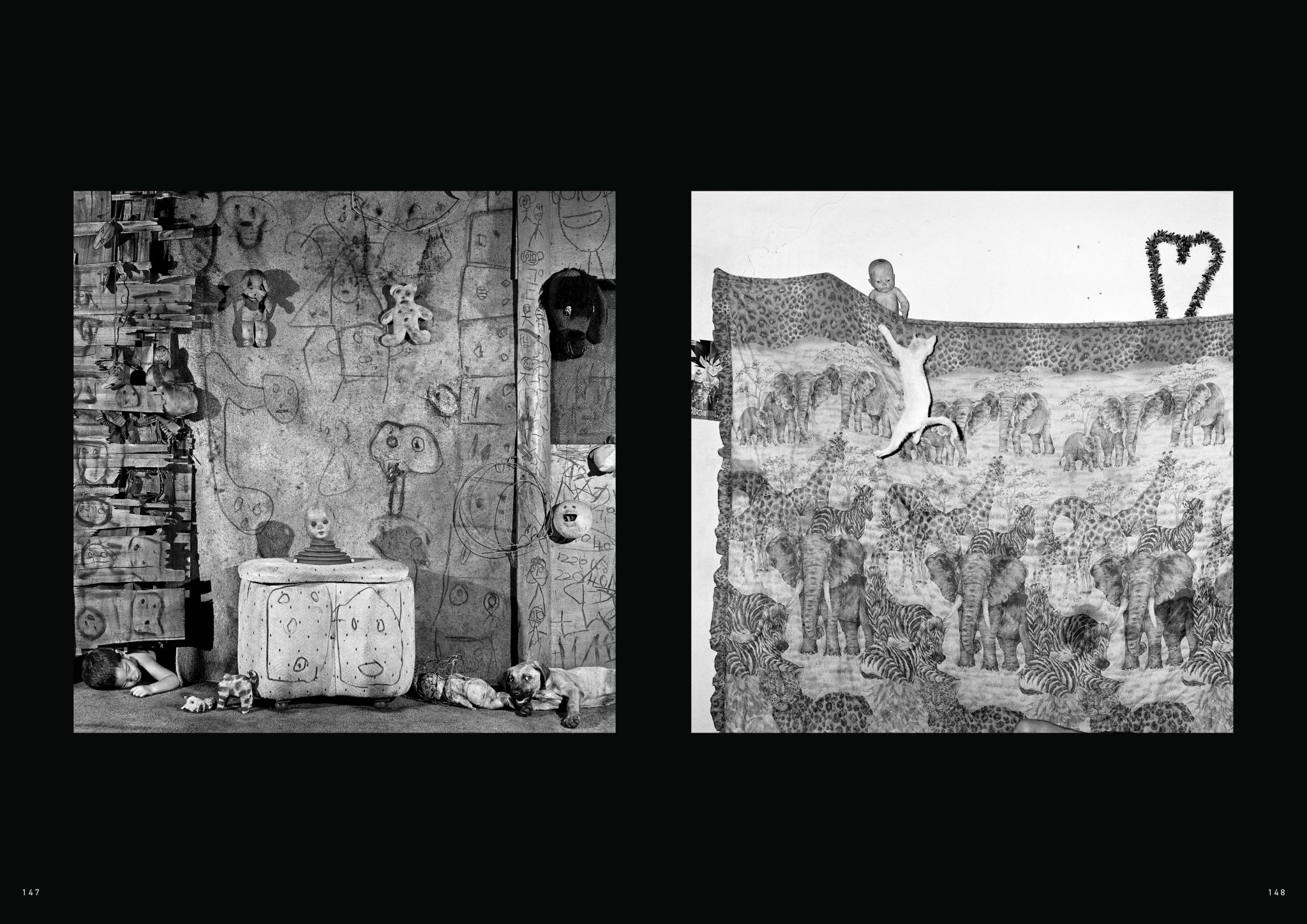
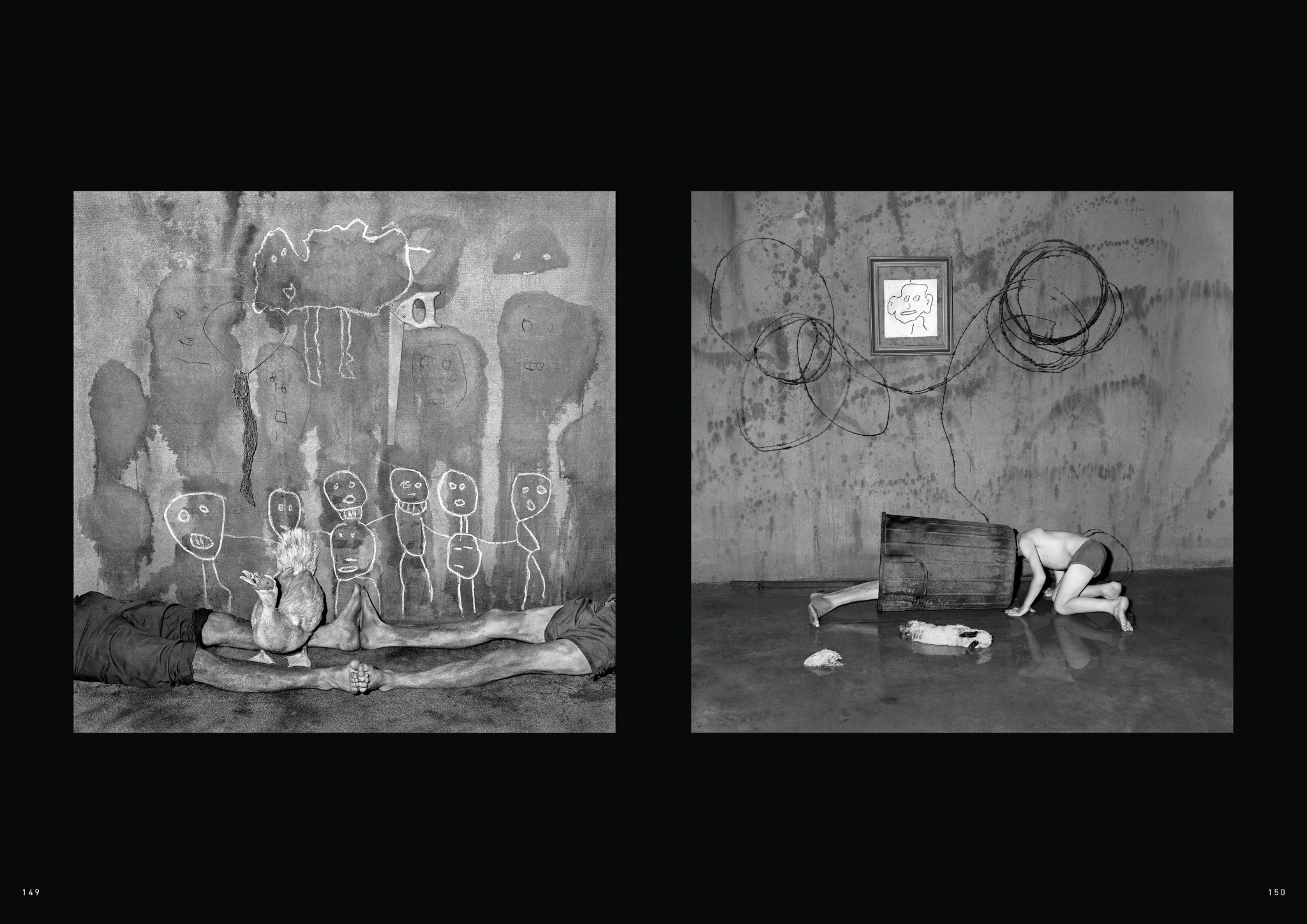
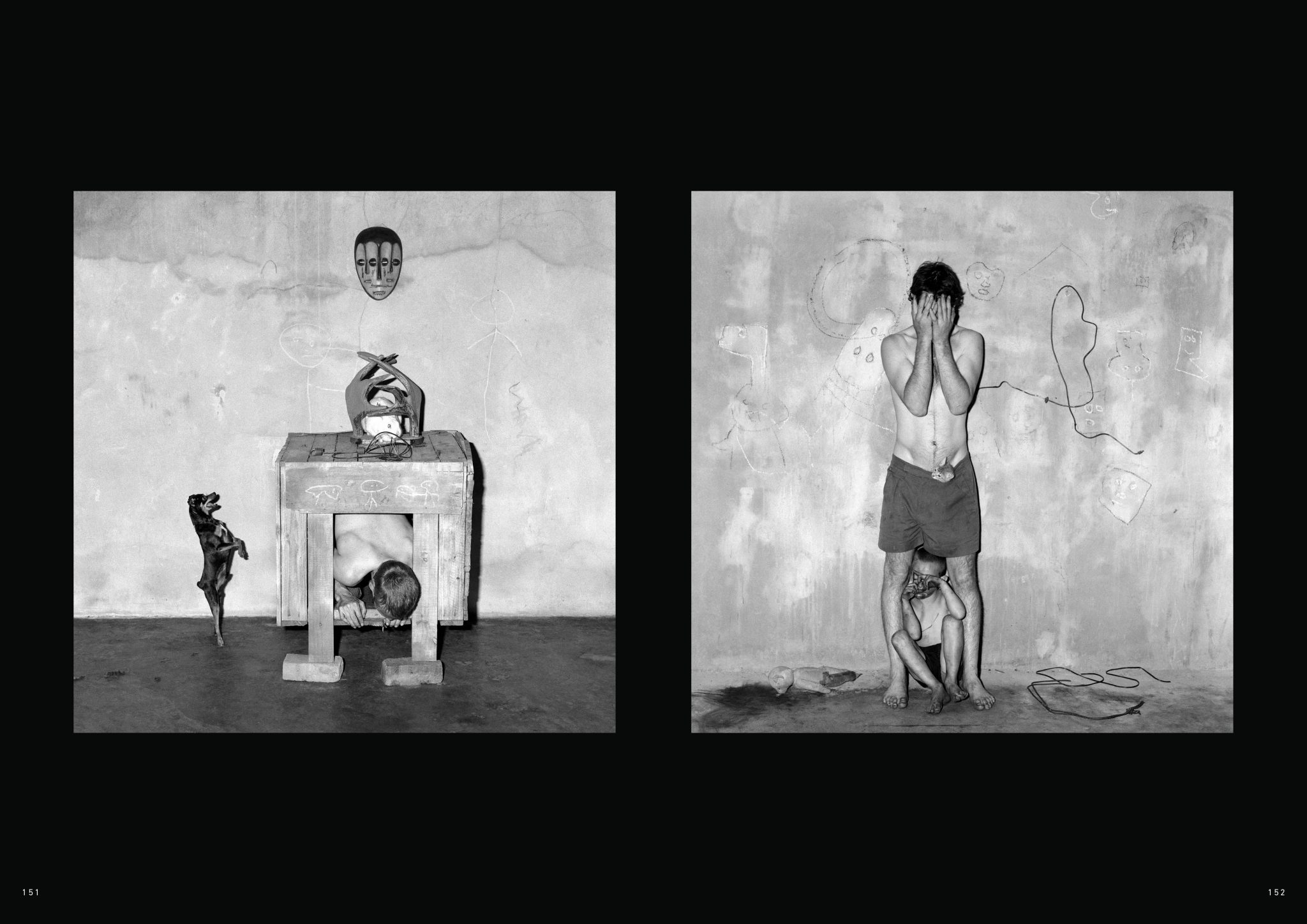
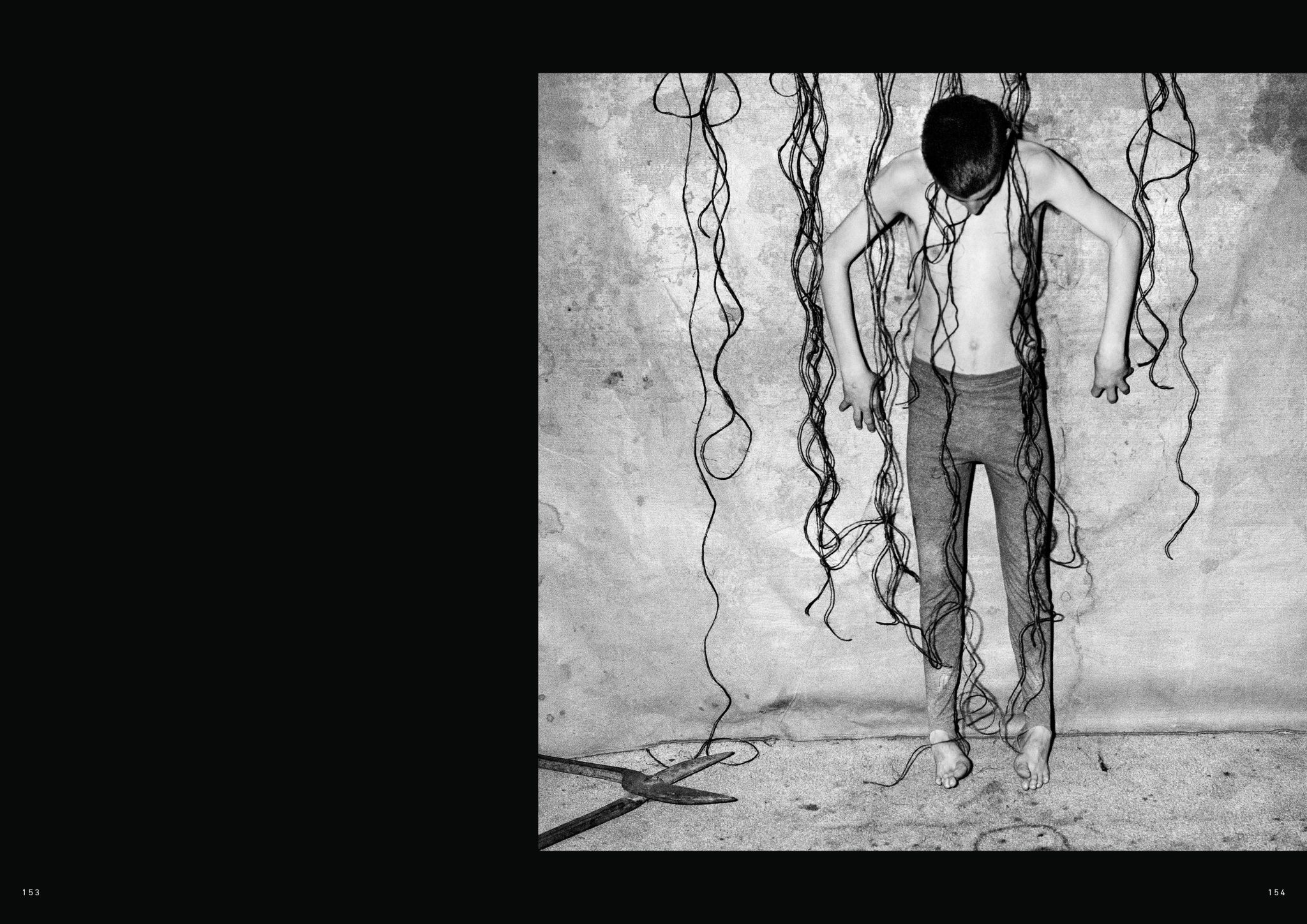
Throughout his career, Roger Ballen has pursued a singular artistic goal: to give expression to the human psyche and visually explore the hidden forces that shape who we are. The images you are about to see are an excerpt taken from sixty black-and-white photographs through which Ballen creates a persona: “Roger the Rat”. In this series, produced in Johannesburg between 2015 and 2020, Ballen creates and documents a part-human, part-rat creature who lives an isolated life outside of mainstream society, unveiling a selection of uncanny photographs so completely different from his previous work, yet still possessing the unmistakable Ballenesque aesthetic.
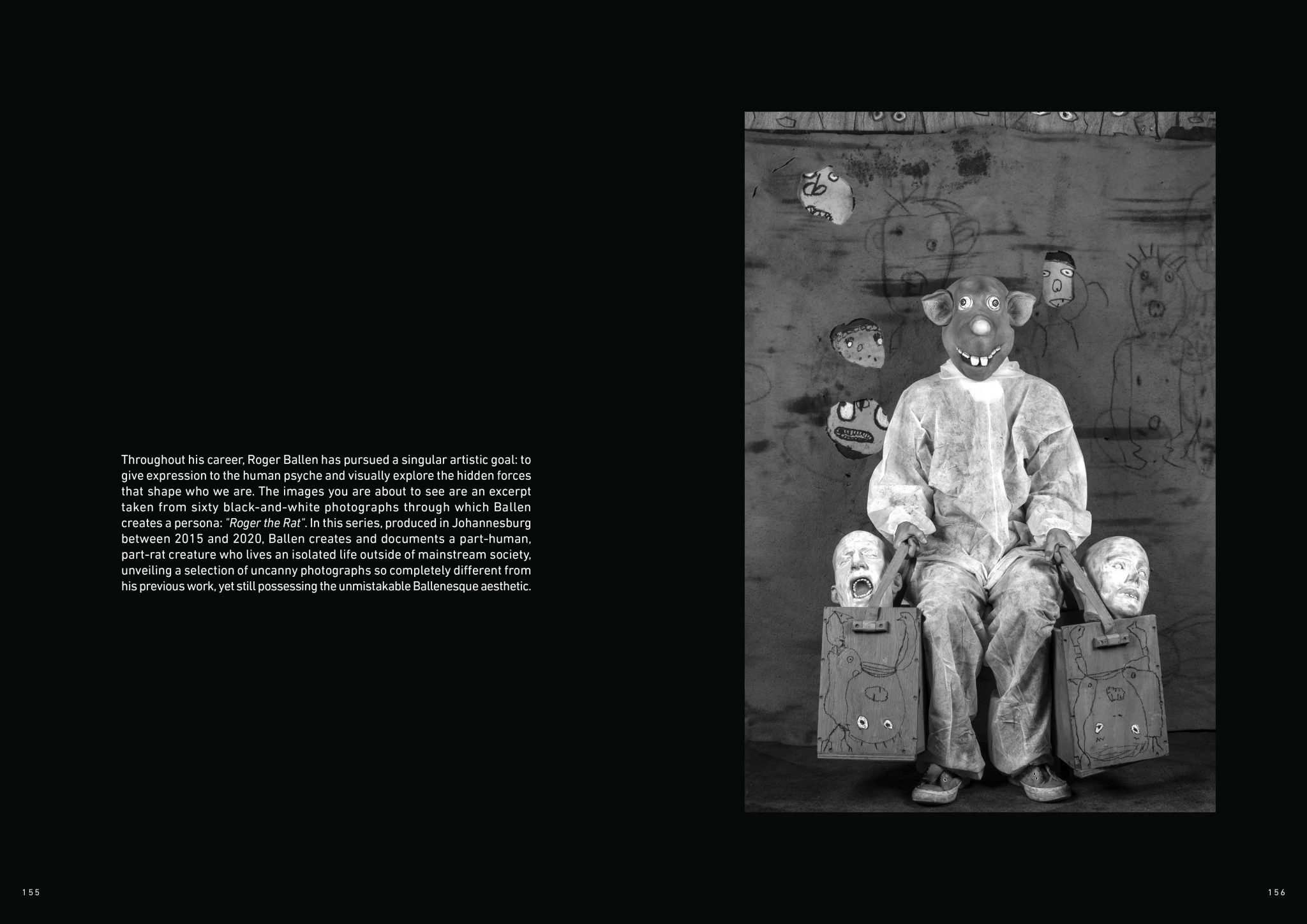
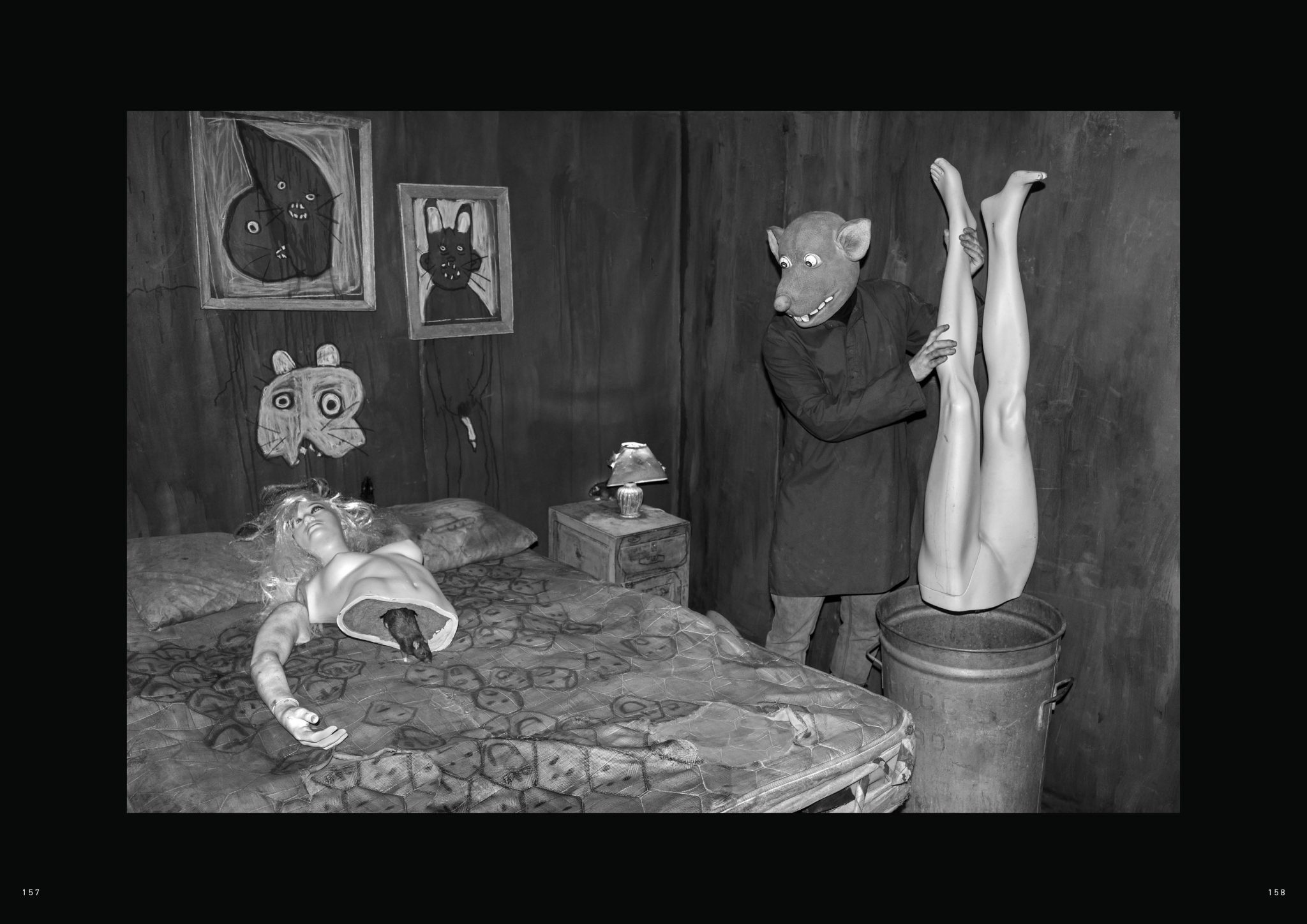
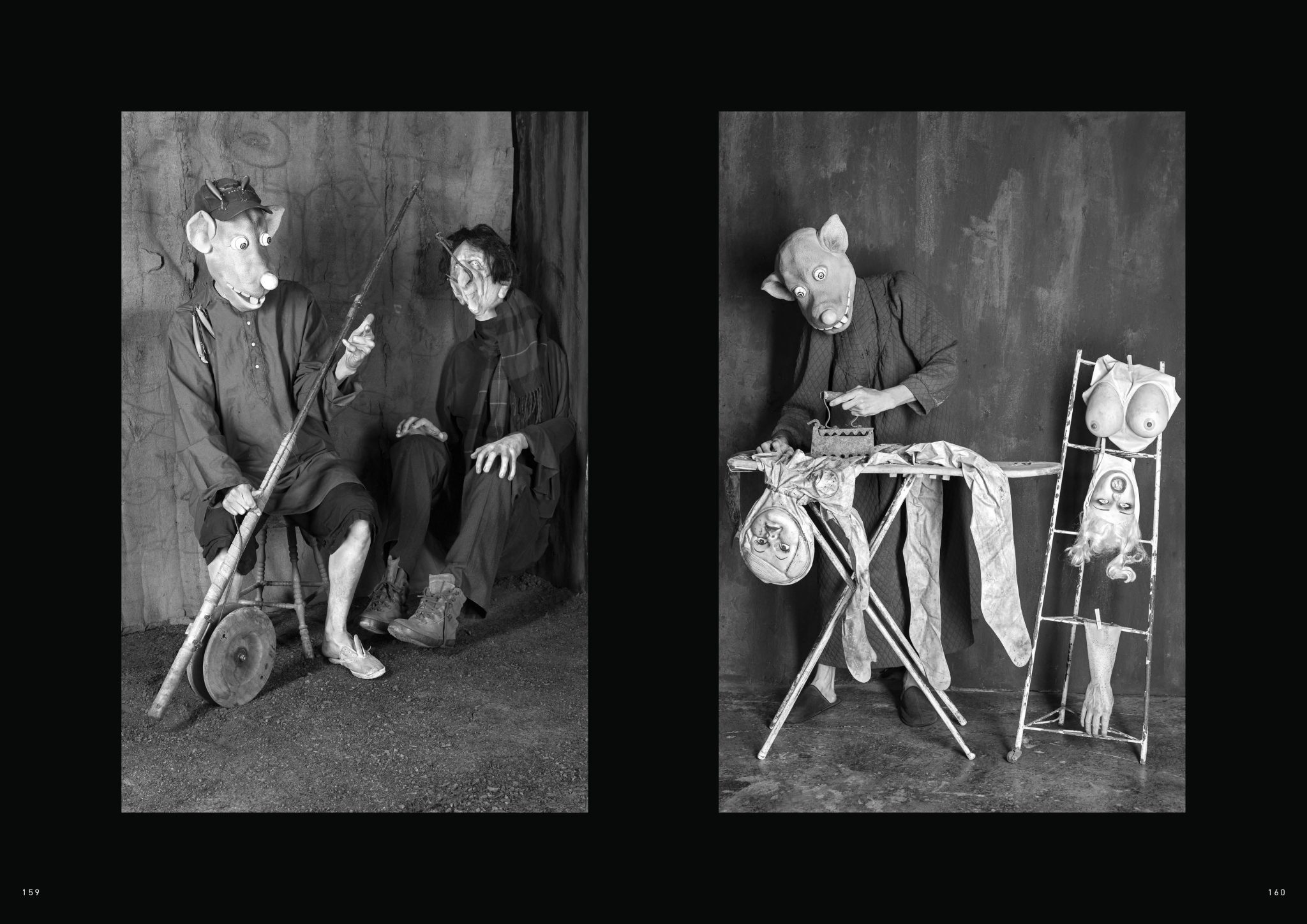
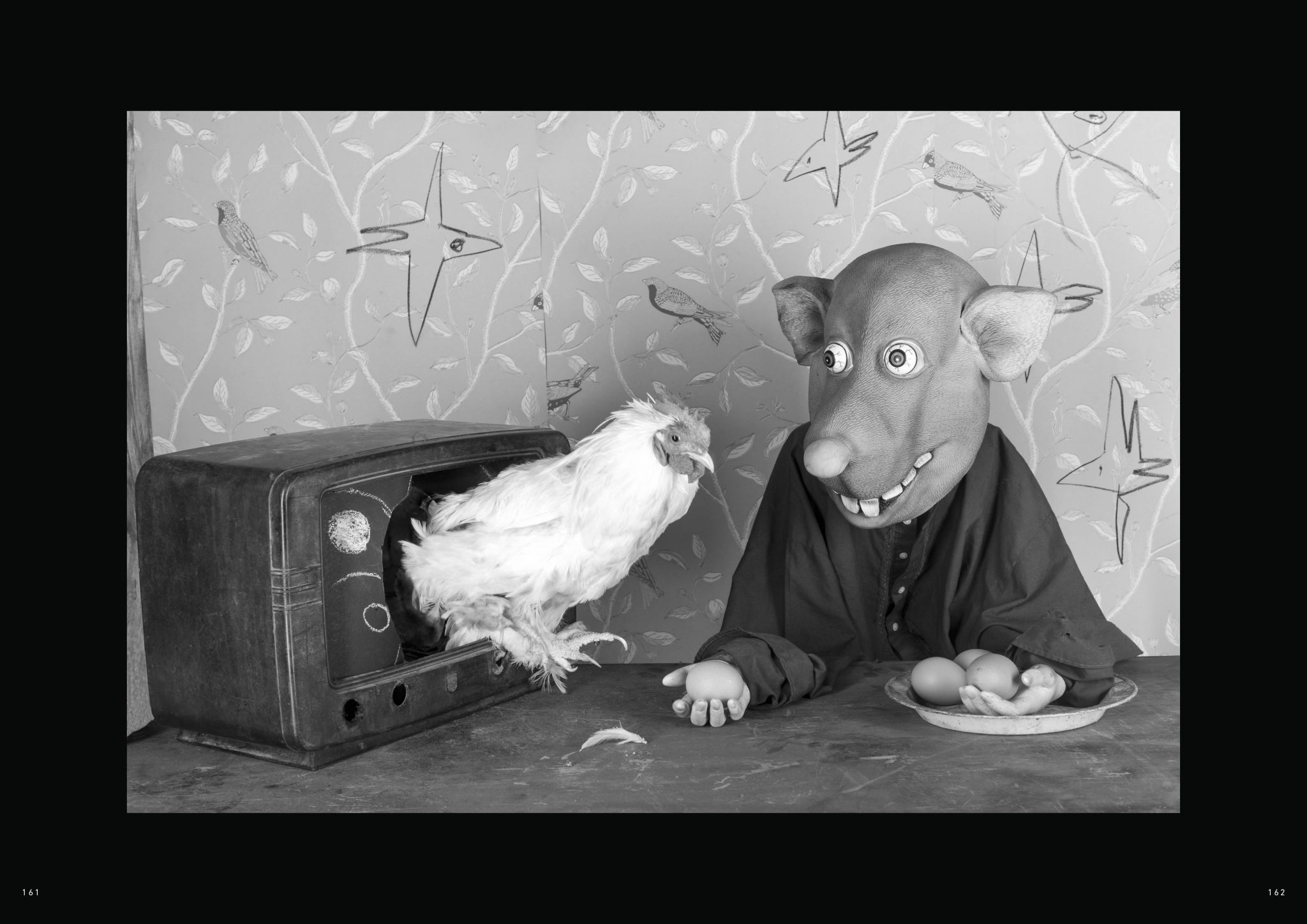
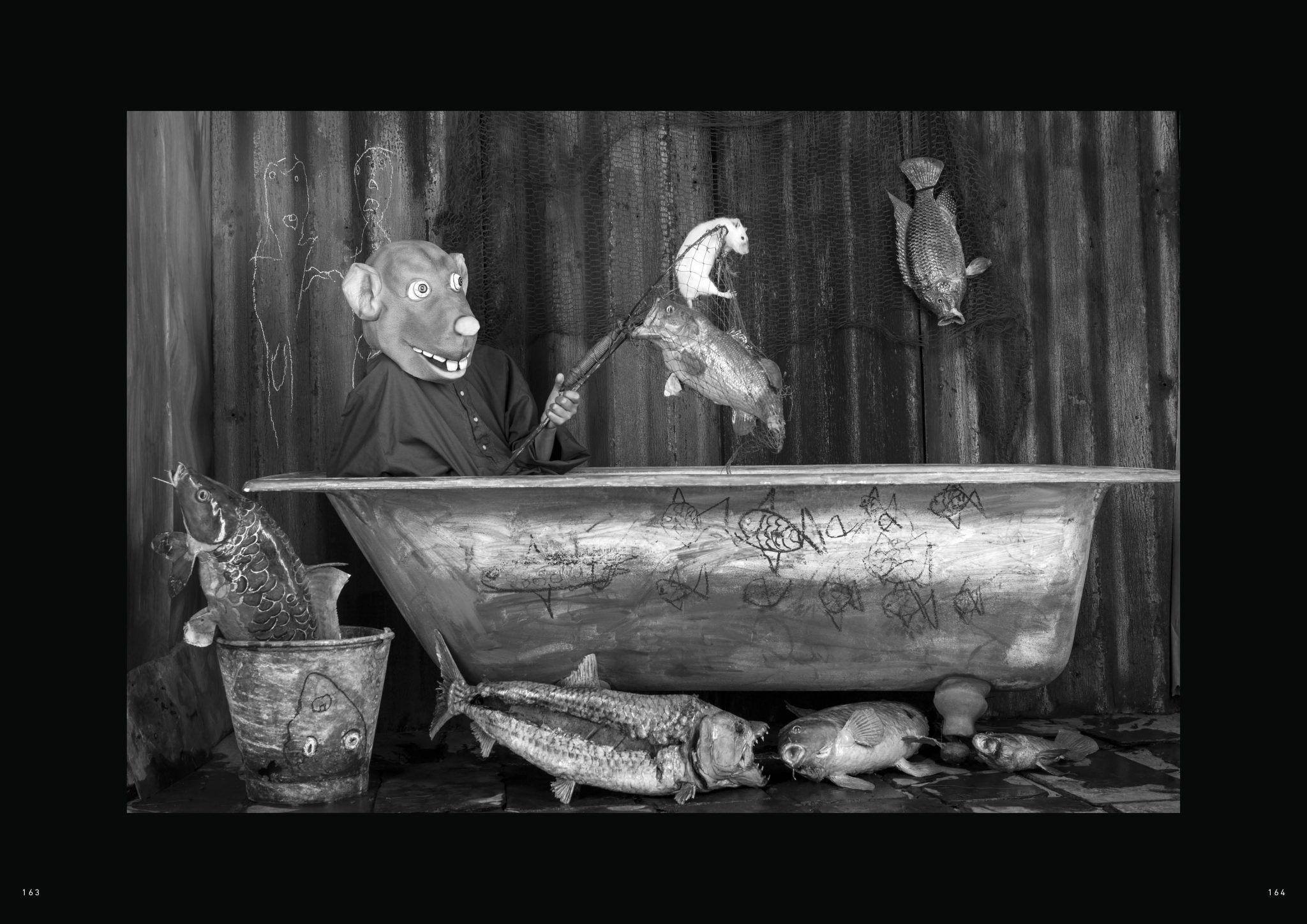
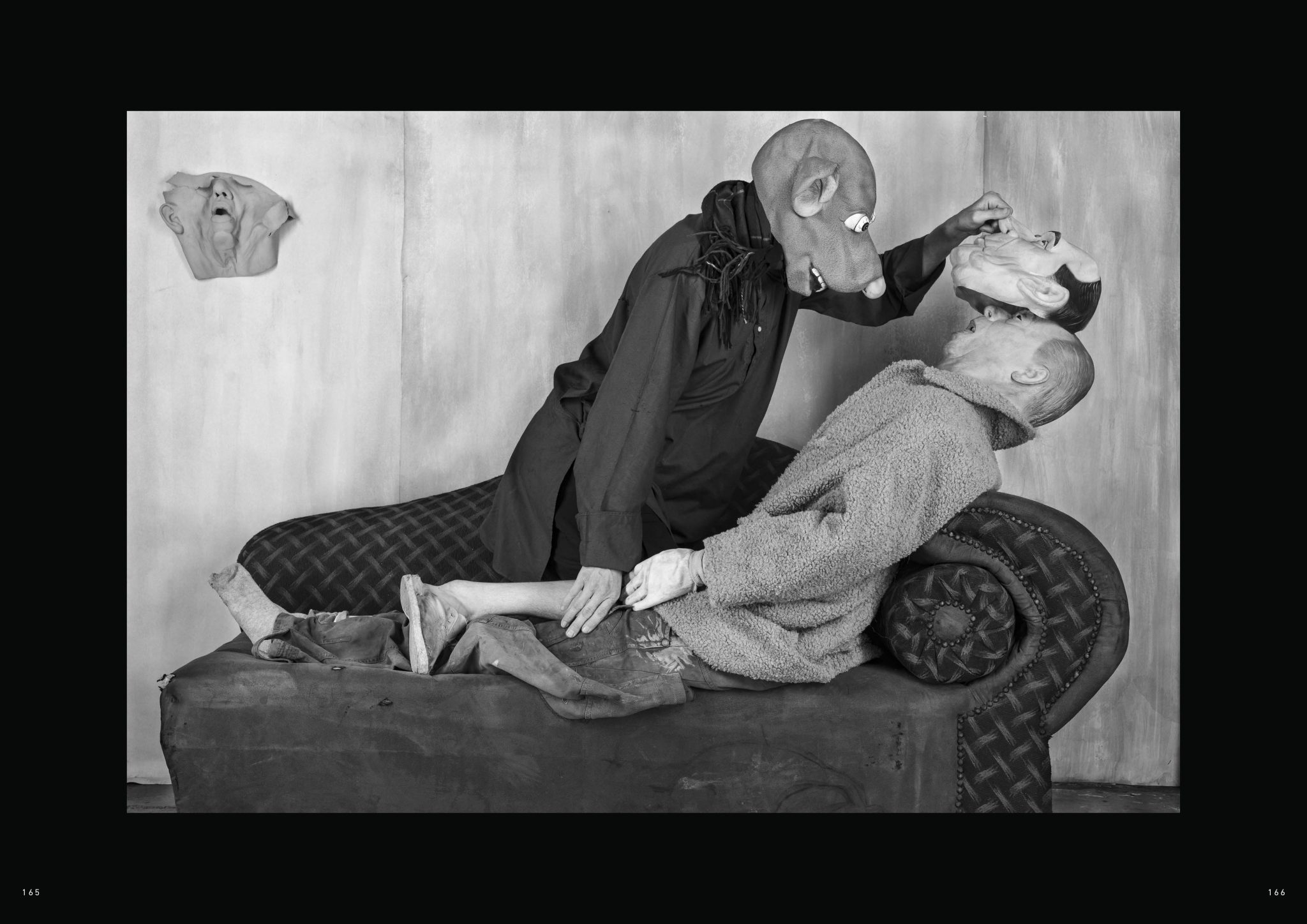
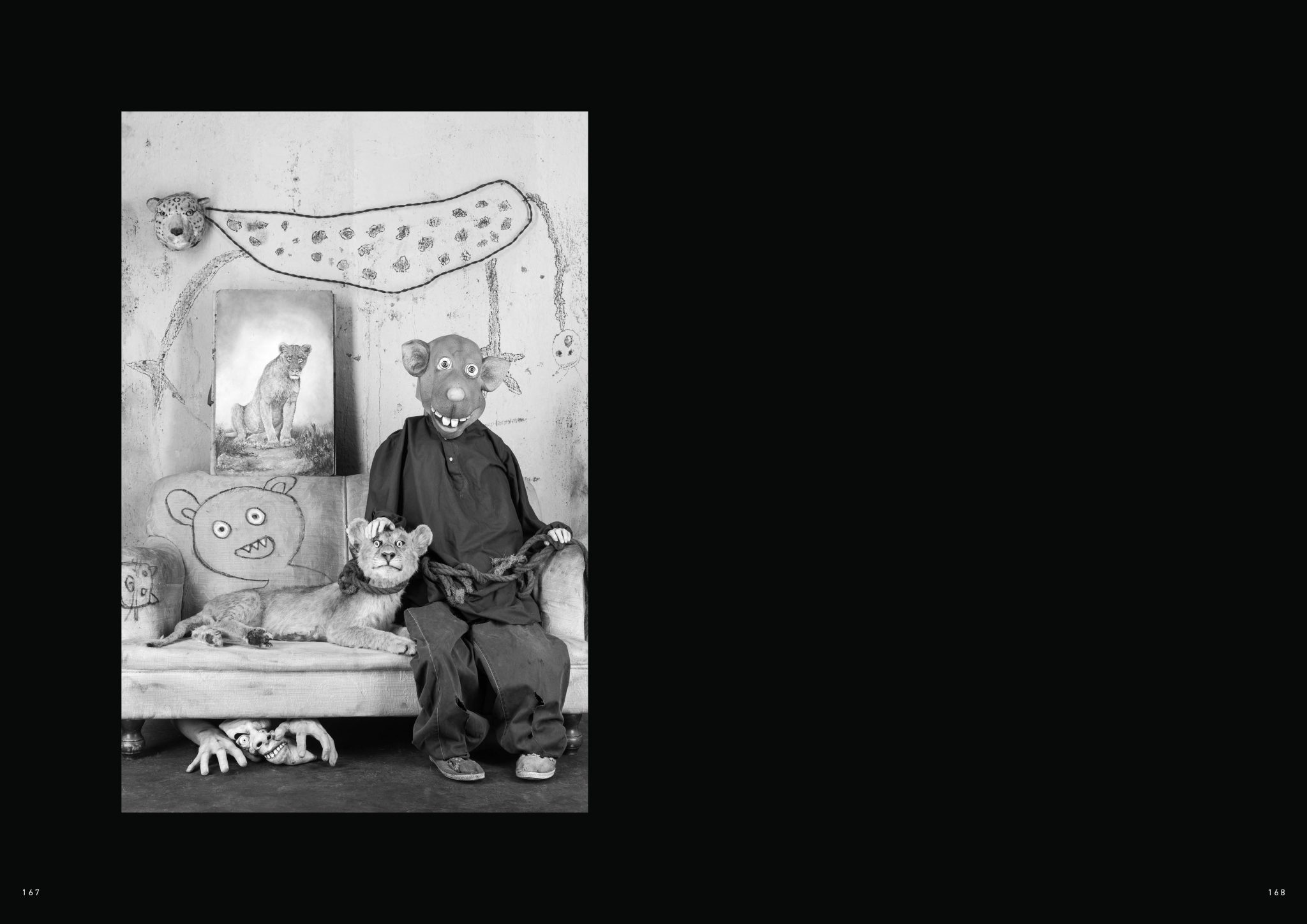
Massimo Vitali
Contrary to what one might think, for Italian photographer Massimo Vitali subjects and places matter little, the important thing is the photograph itself and only consequently the relationship between it and humanity. But, Vitali’s photographs, which for decades have depicted herds of human beings intent on consuming social rituals, are not meant to be beautiful; on the contrary, aesthetic beauty is perceived as a limitation by the photographer, who composes these overall views, collected in gigantic photographic prints, avoiding formality and always aiming for objectivity in his sociological and anthropological investigation of the masses. For this reason, key elements are the large size of the format and the positioning, the distance, of the photographer’s lens in relation to the subjects that populate the depicted scene.

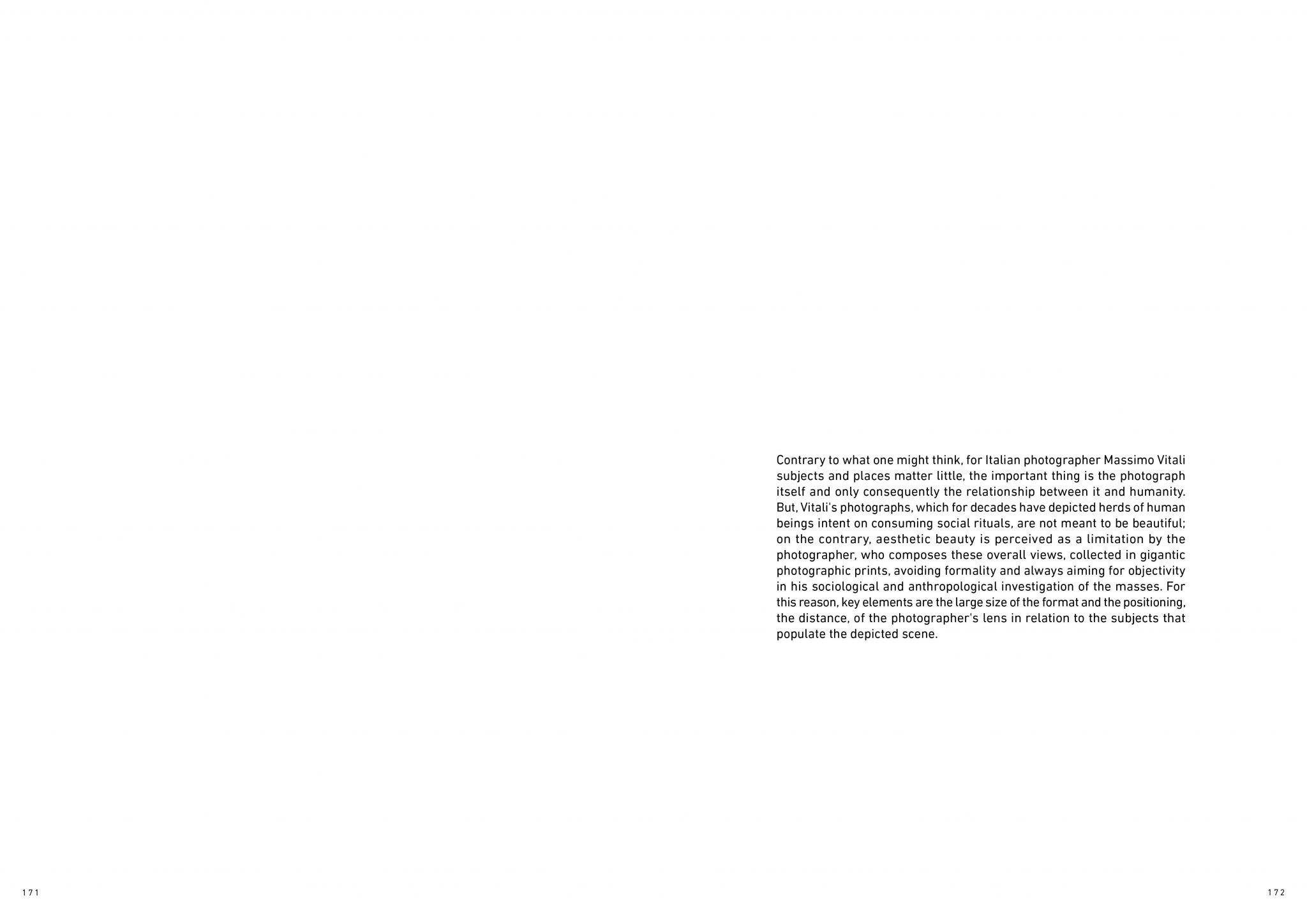
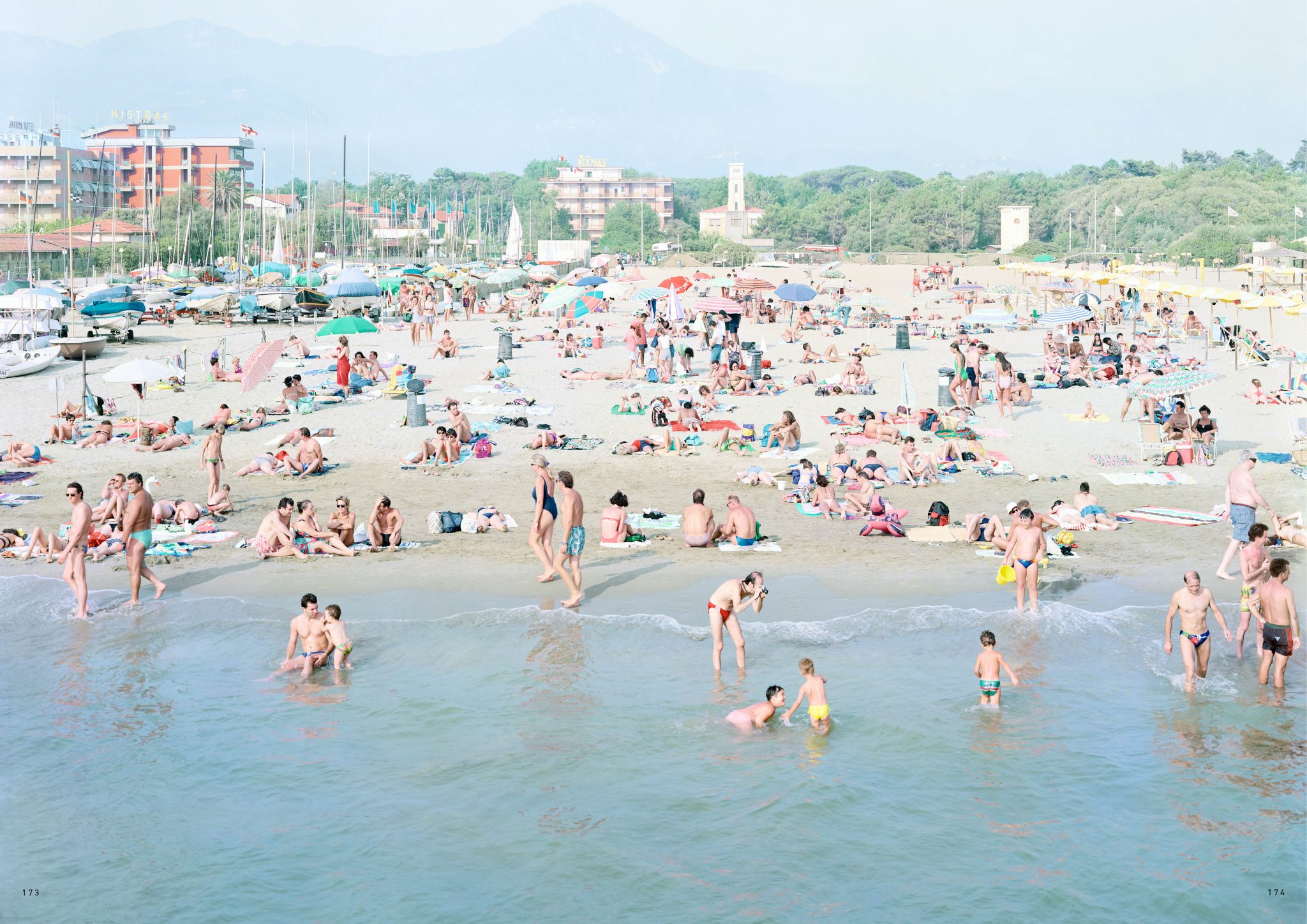
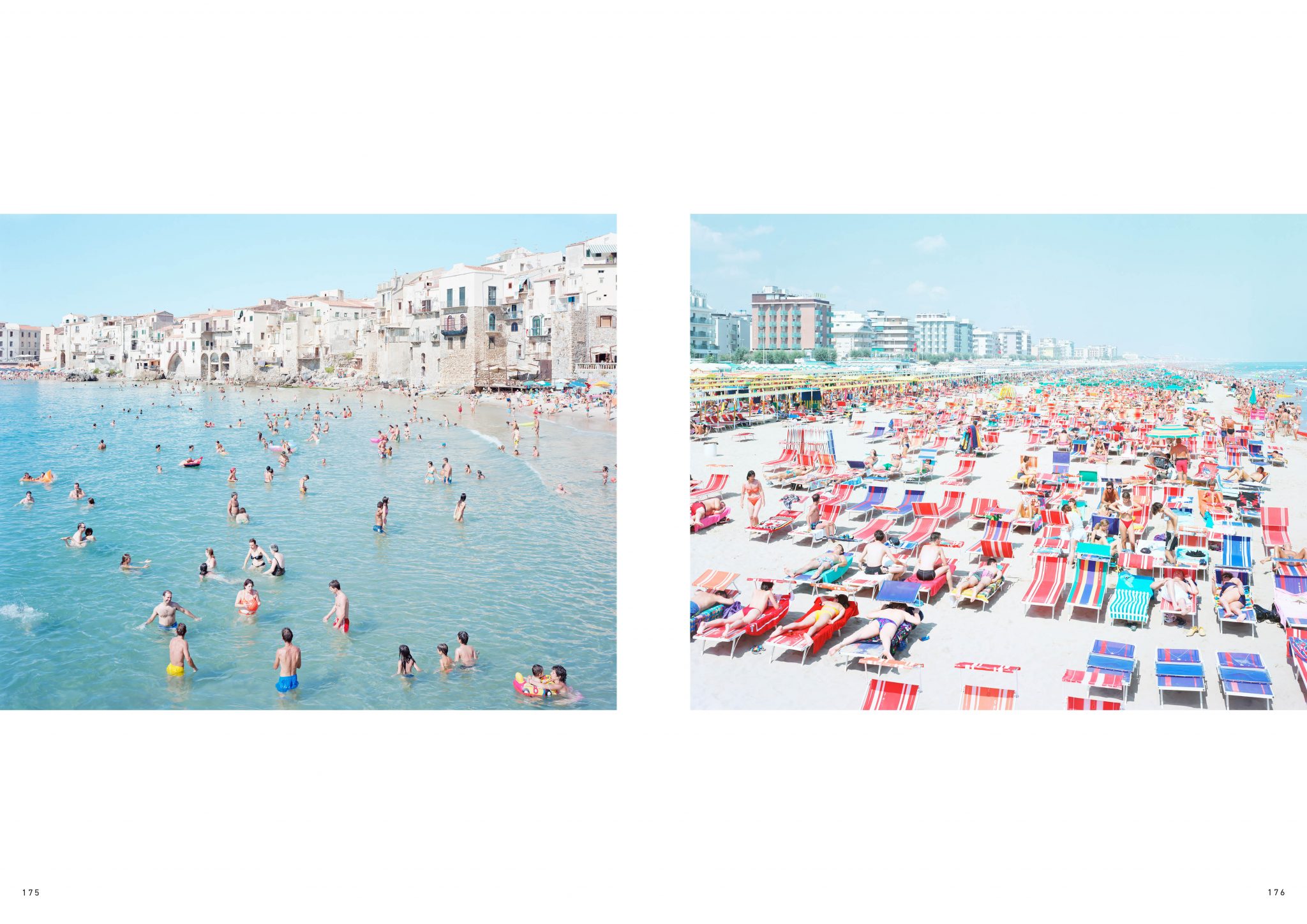
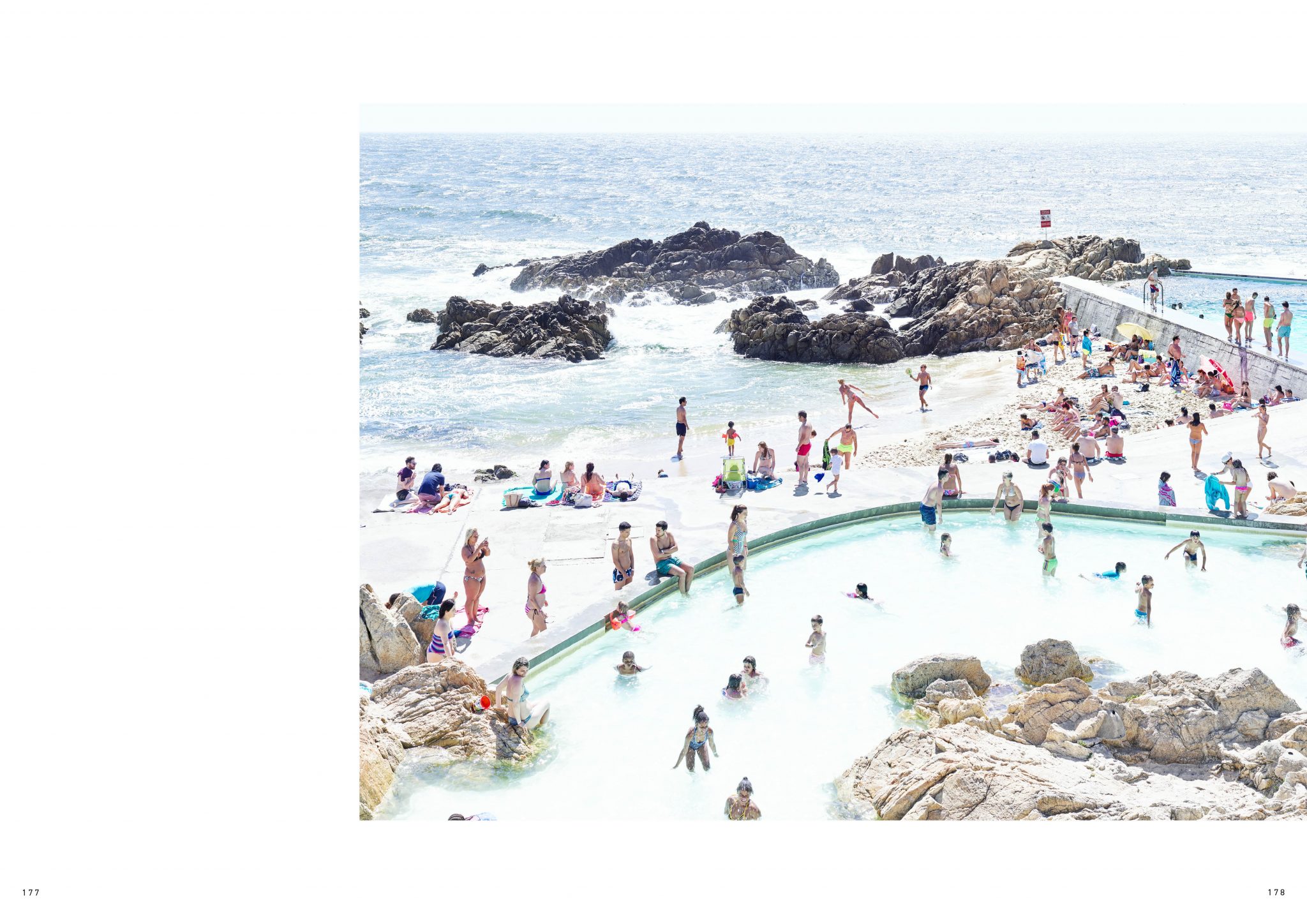
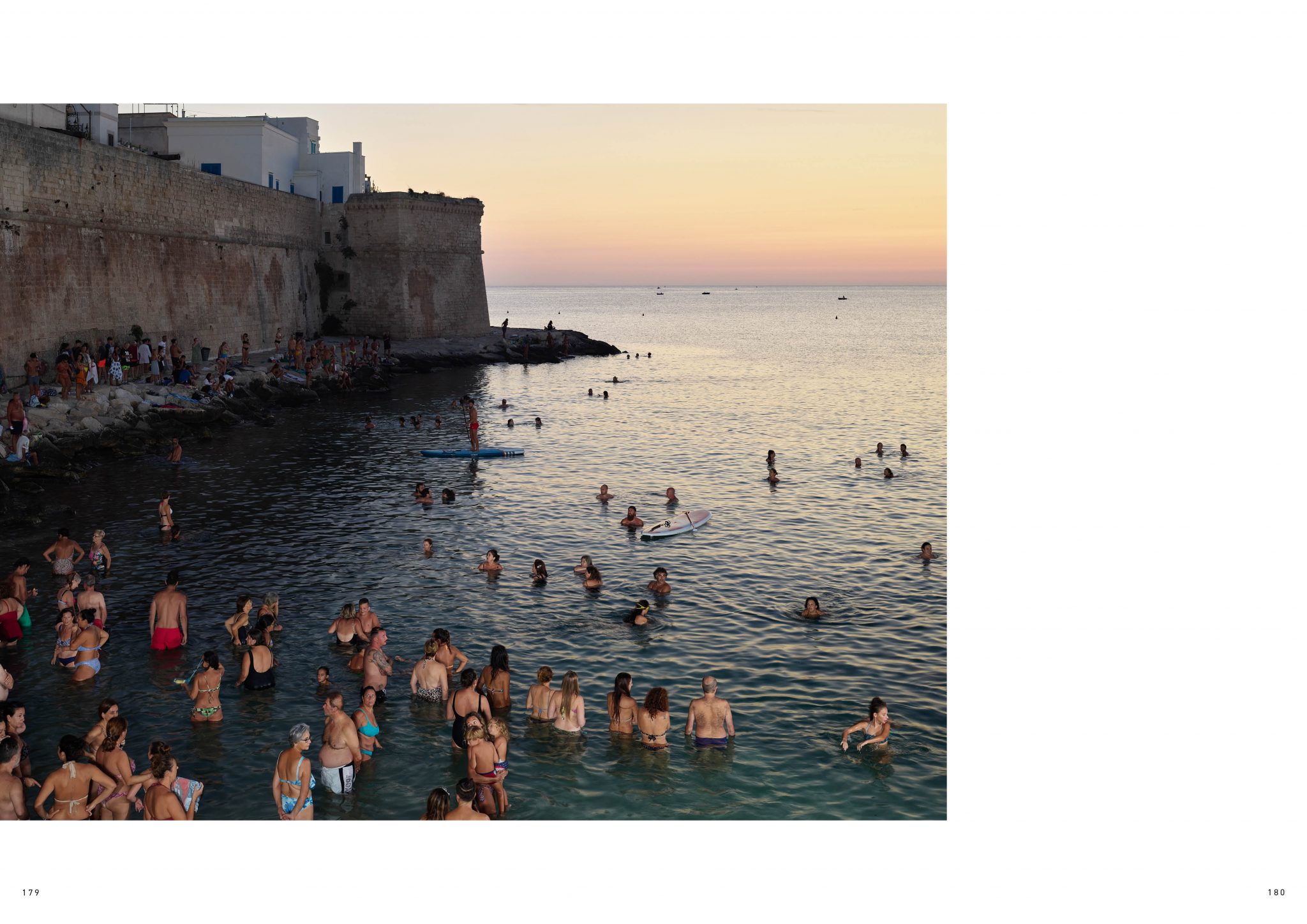
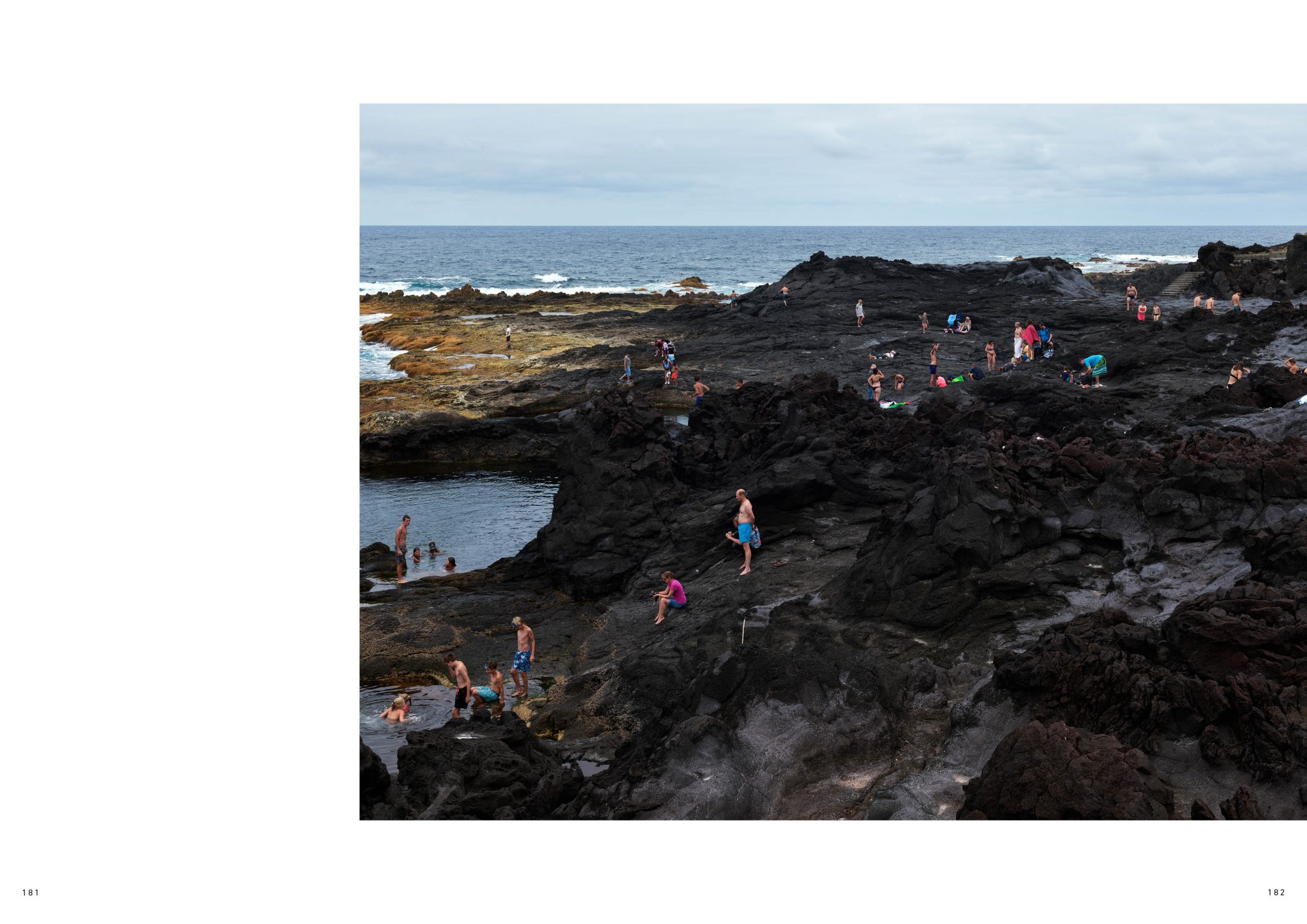
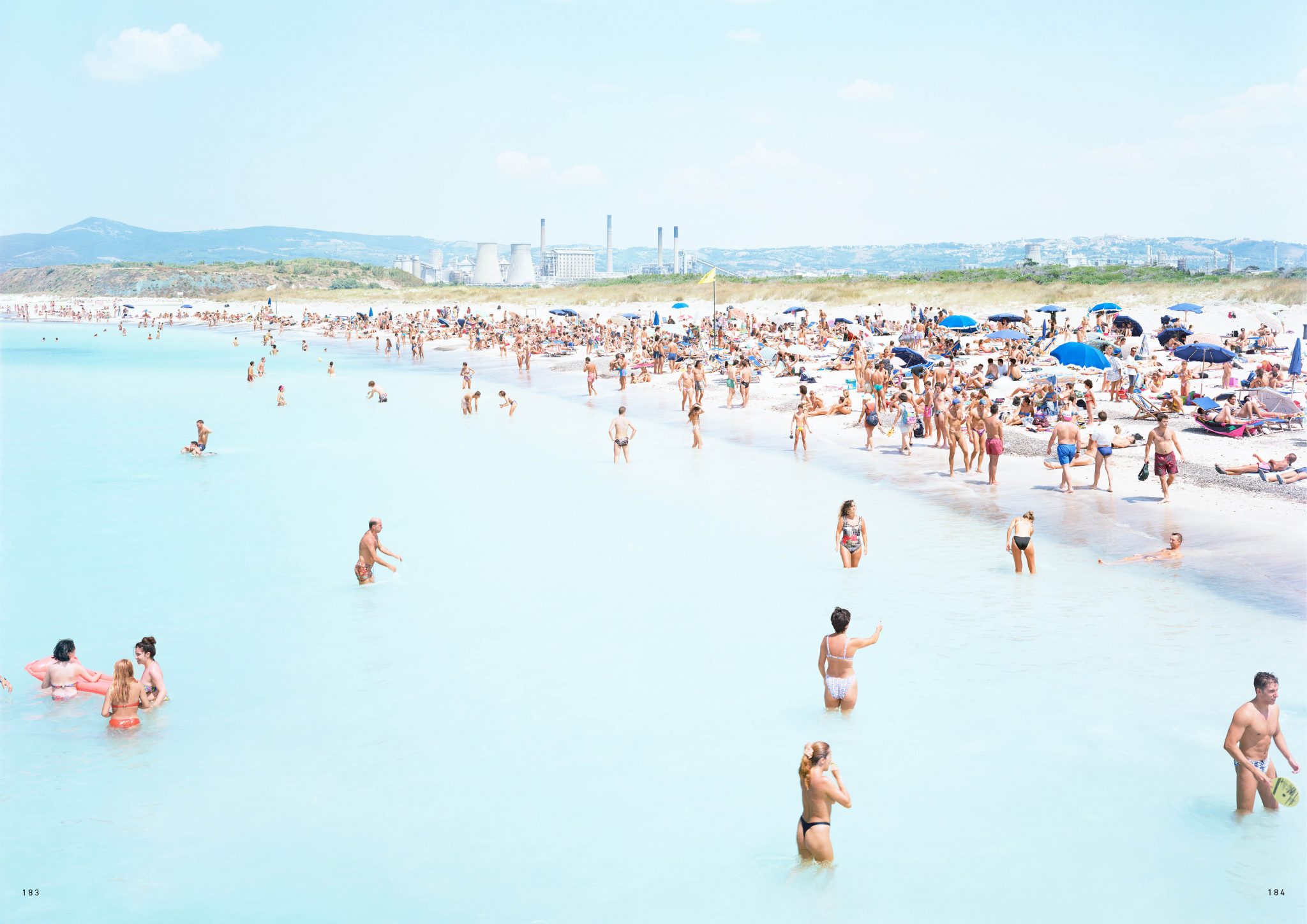
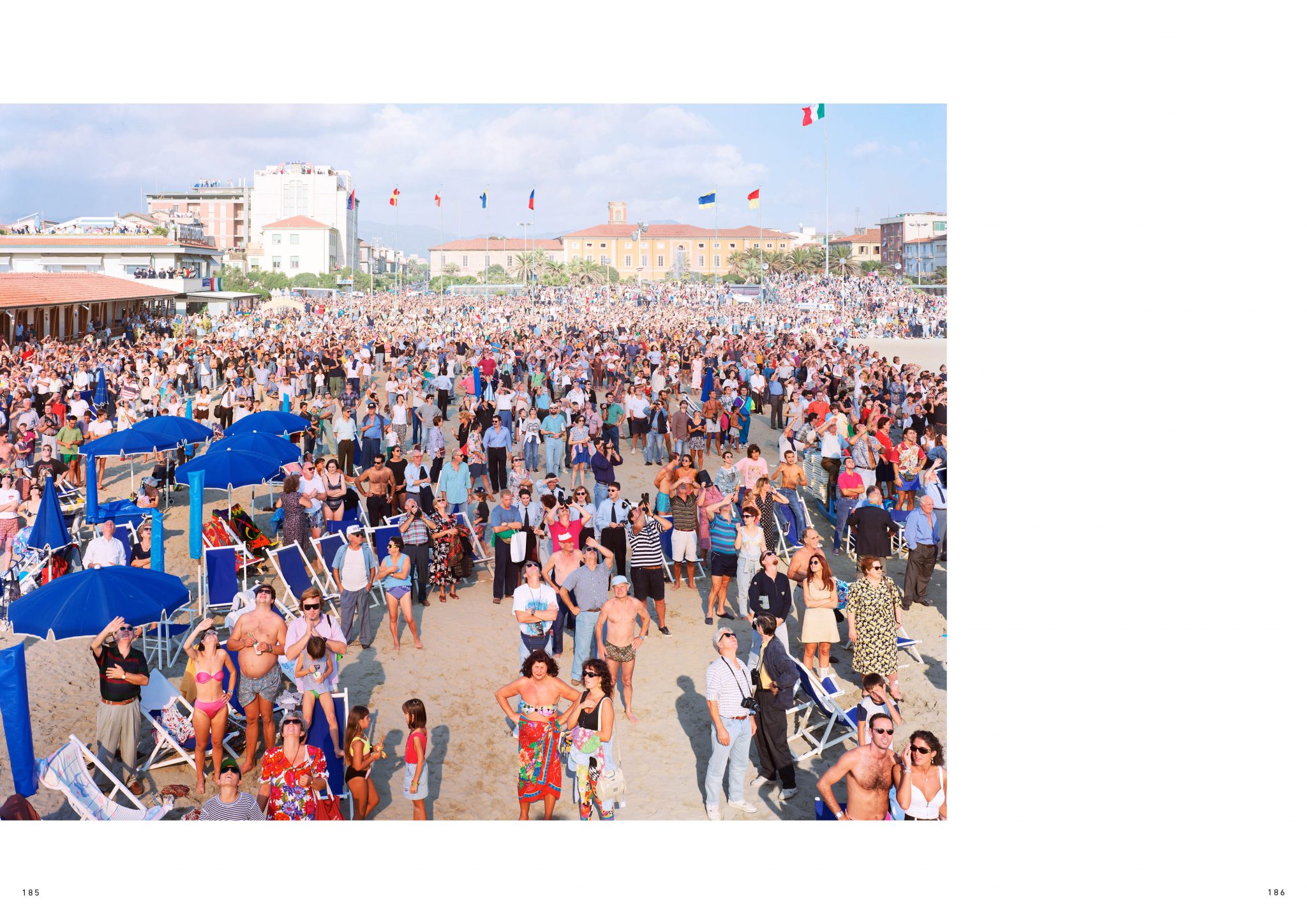
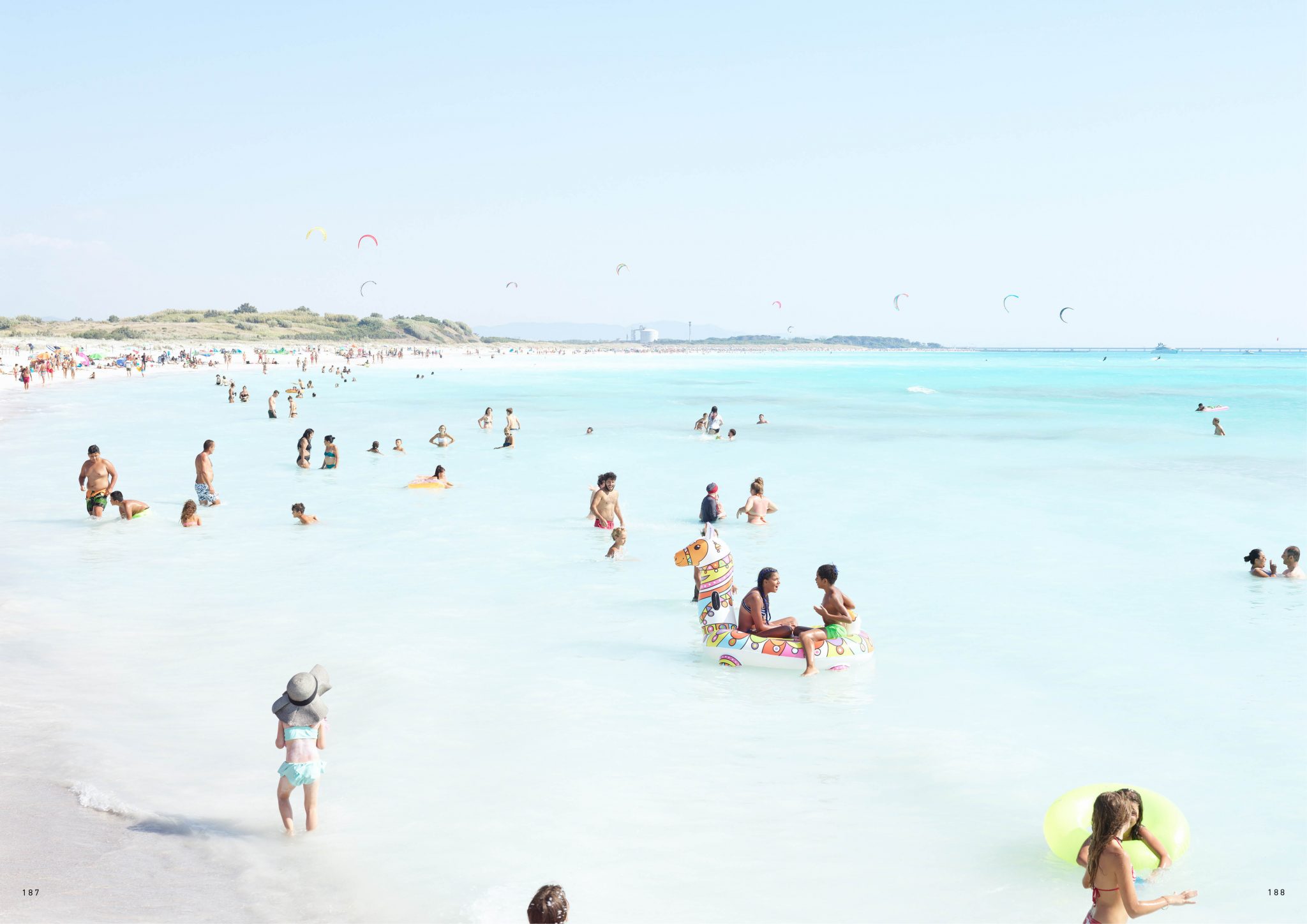
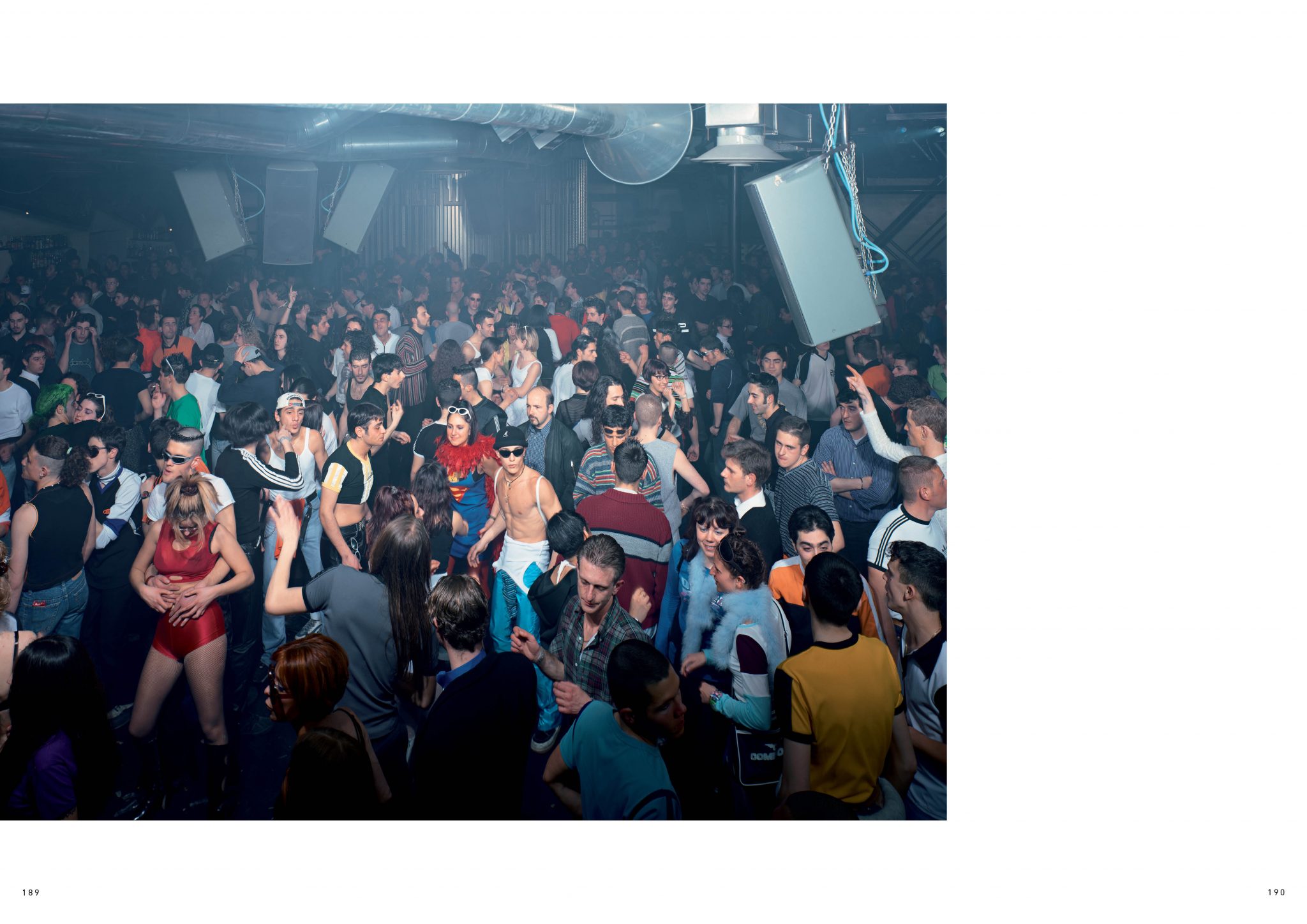
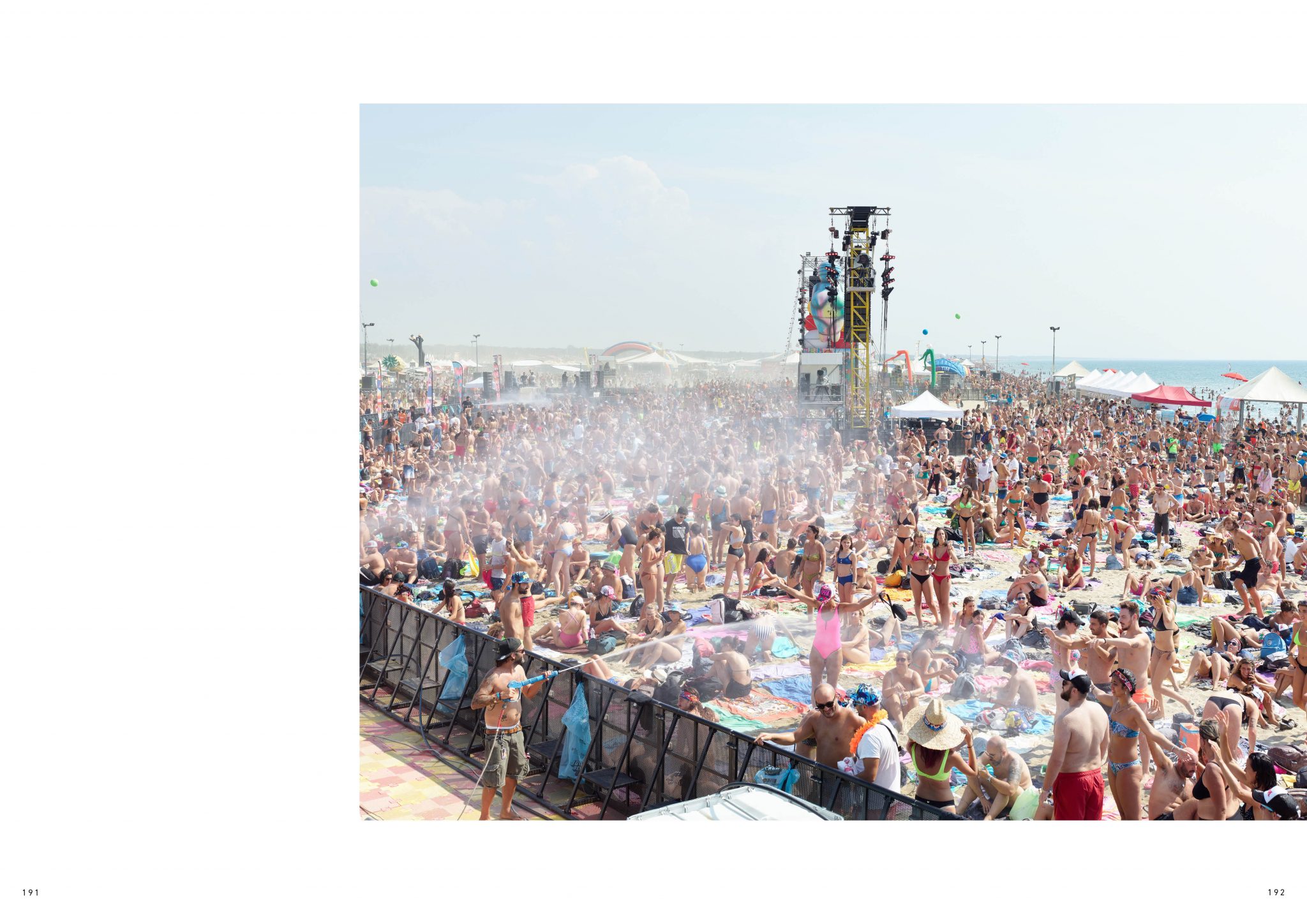
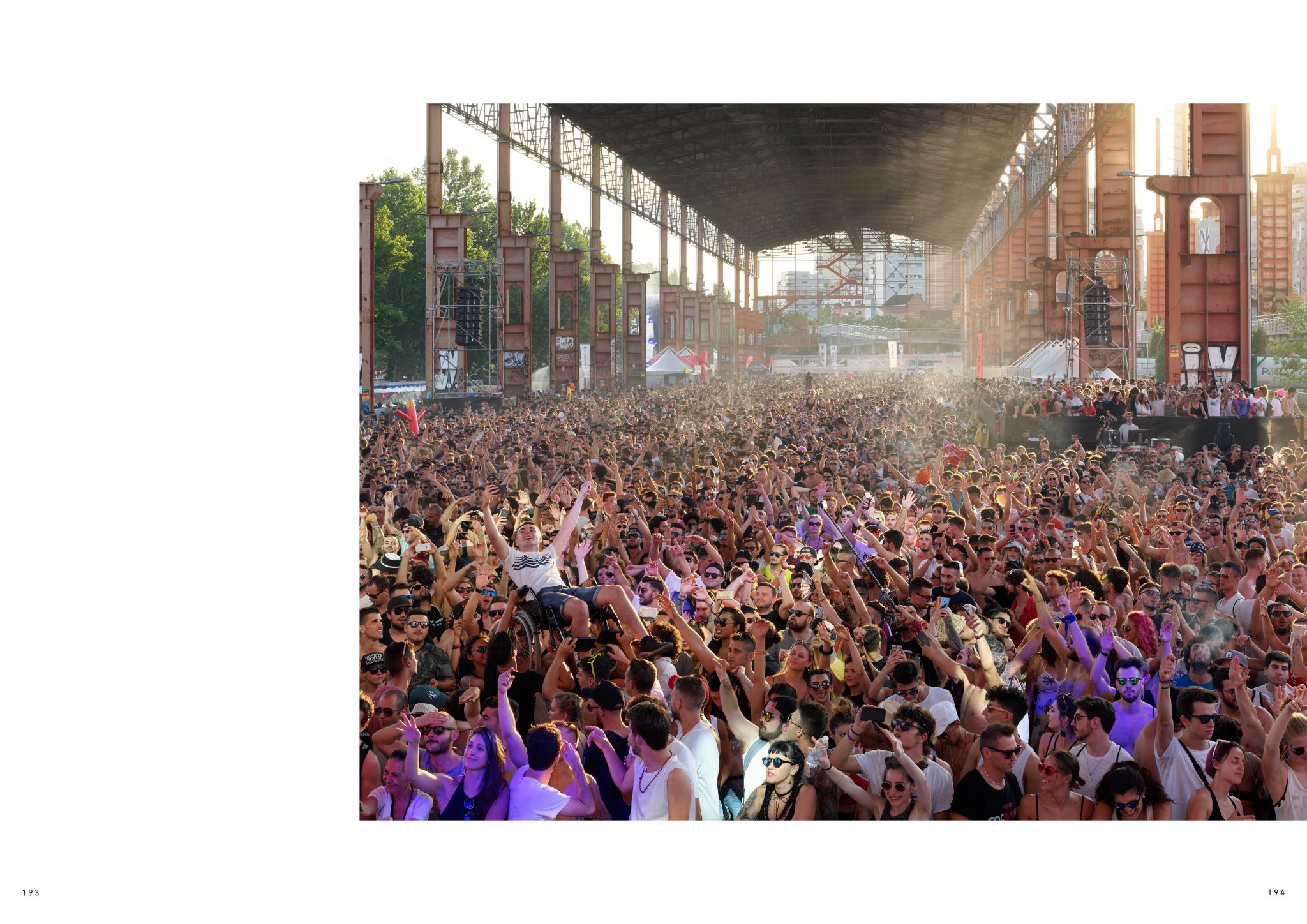
Zed Nelson
With his “Love Me” series, photographer Zed Nelson reflects on the cultural factors driving a global obsession with youth and beauty. In particular, the images on the following pages, from Nelson’s five year project, show us how the continued globalization of a prescriptive Western beauty ideal, dictates conformity to a narrow and homogenized beauty standard. Over five years Nelson visited 17 countries, exploring not only the insidious power of the global beauty industry but also our own tacit involvement in a culture that breeds a collective insecurity, vanity and fear of aging.

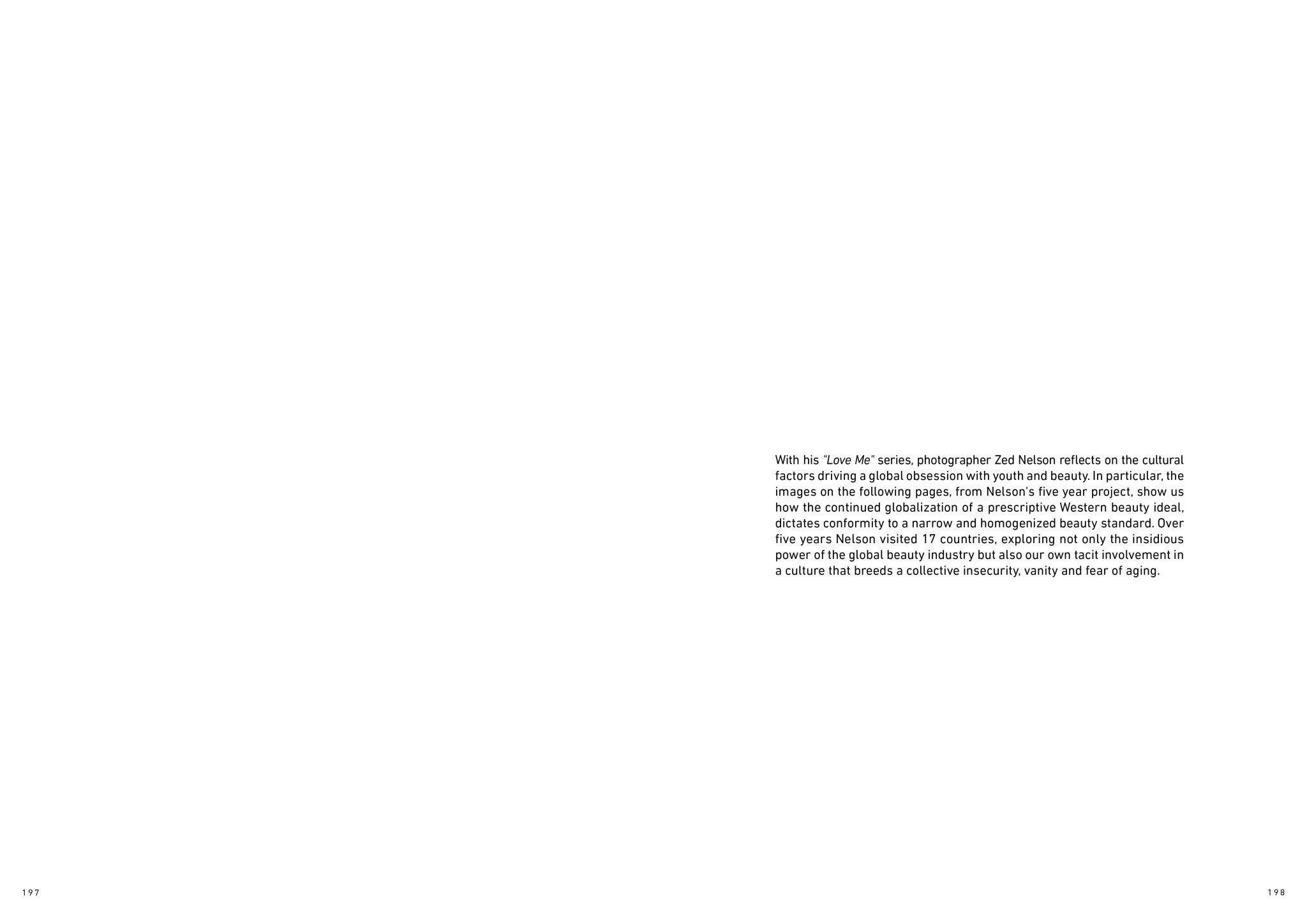
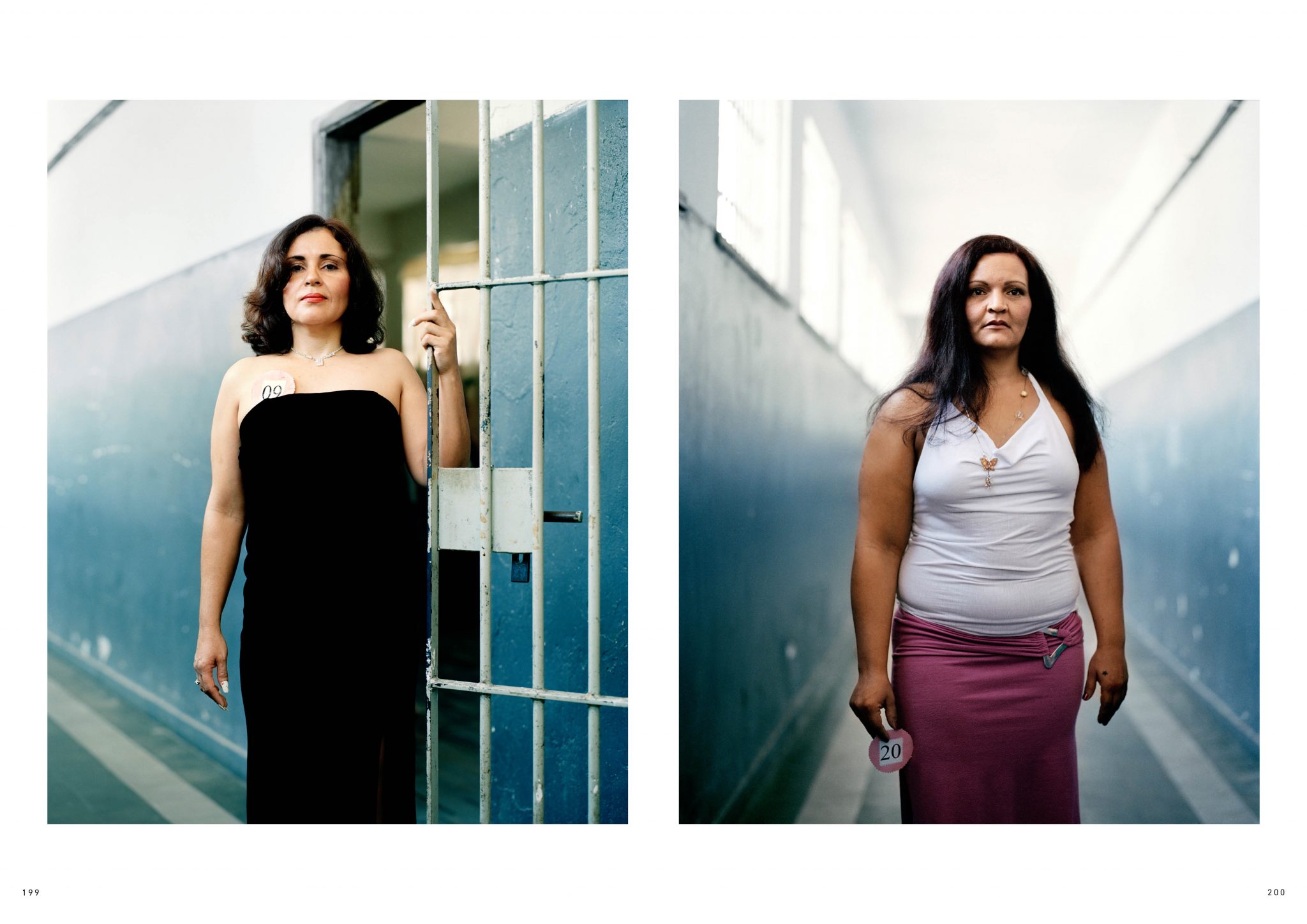
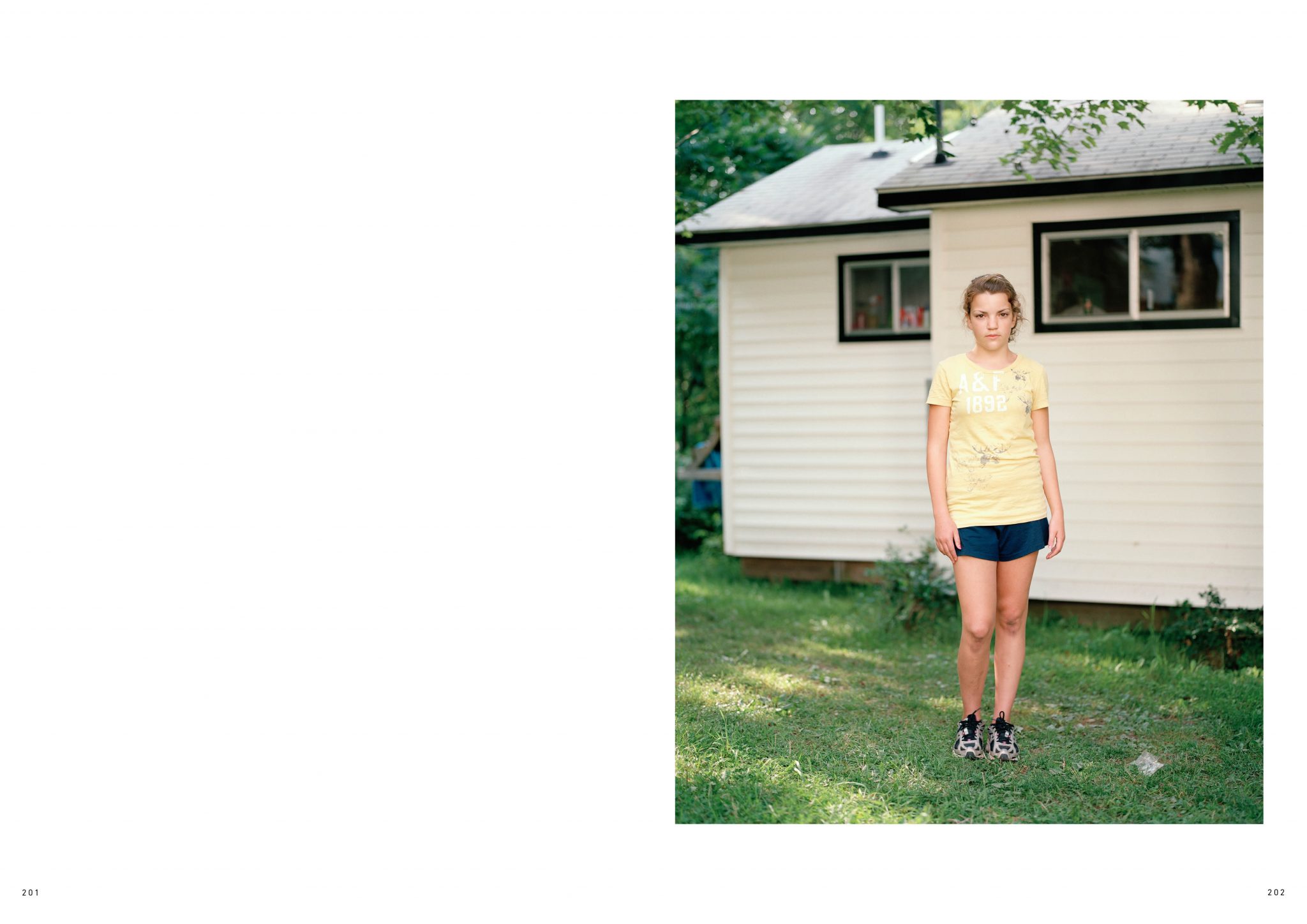
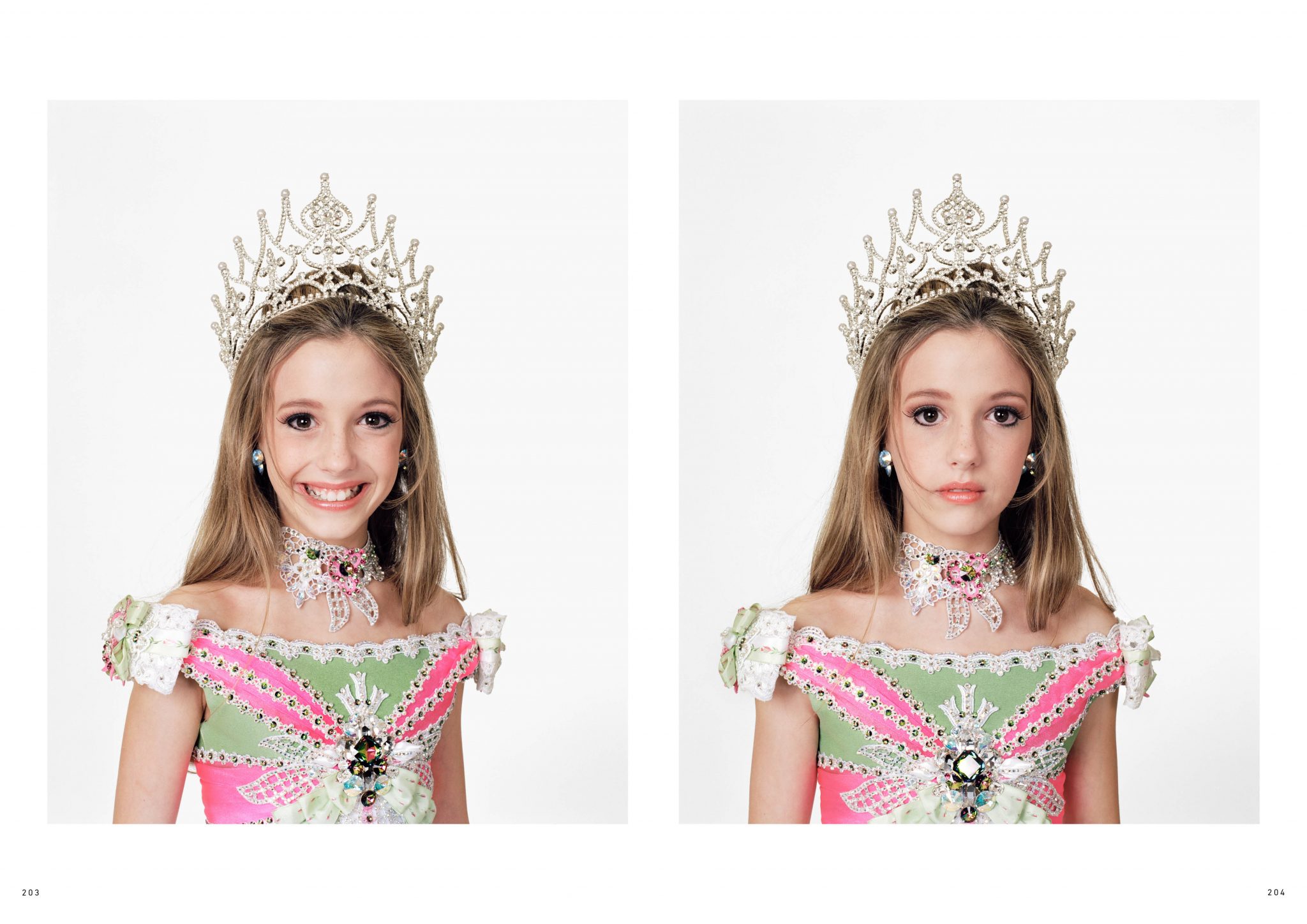

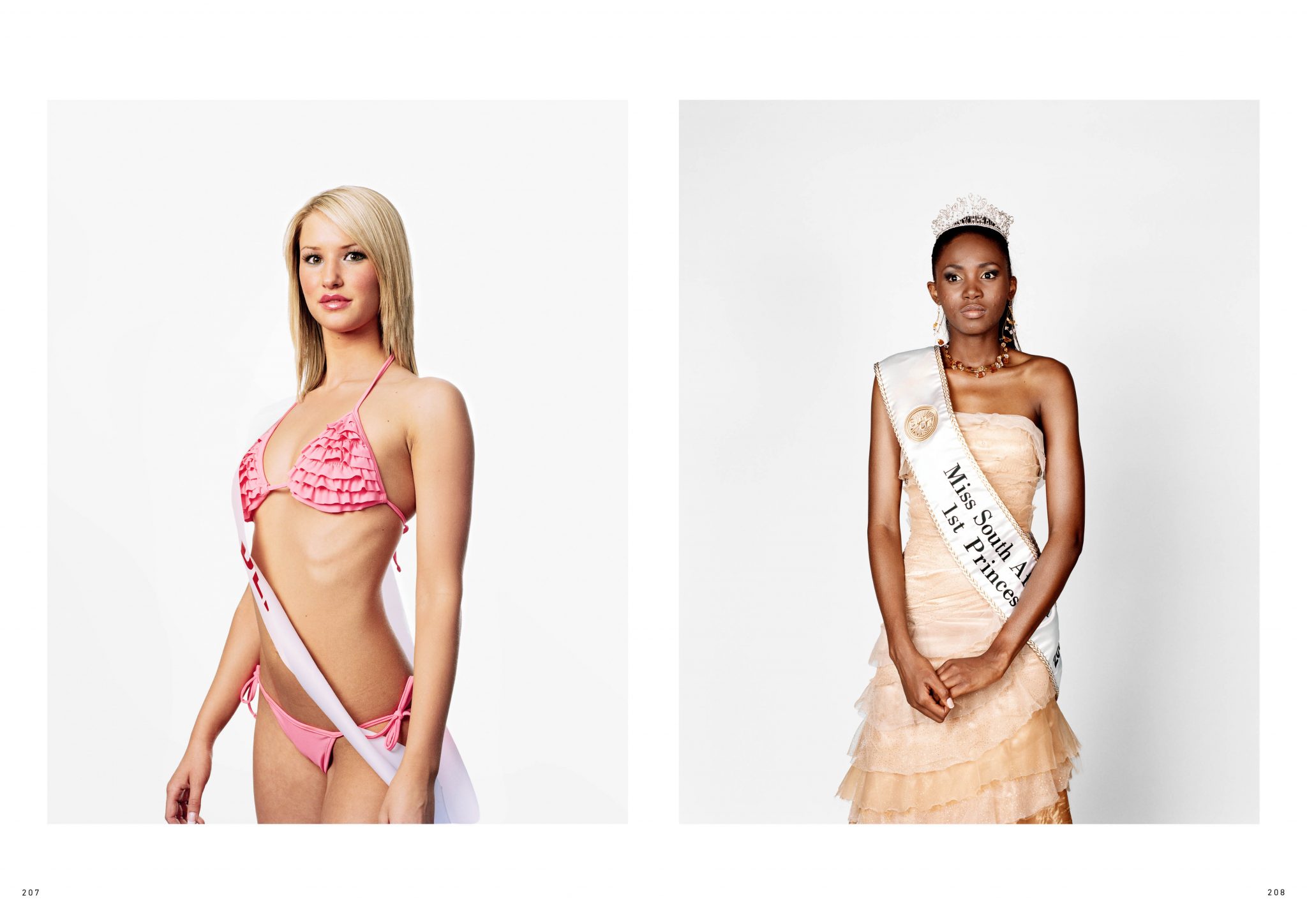

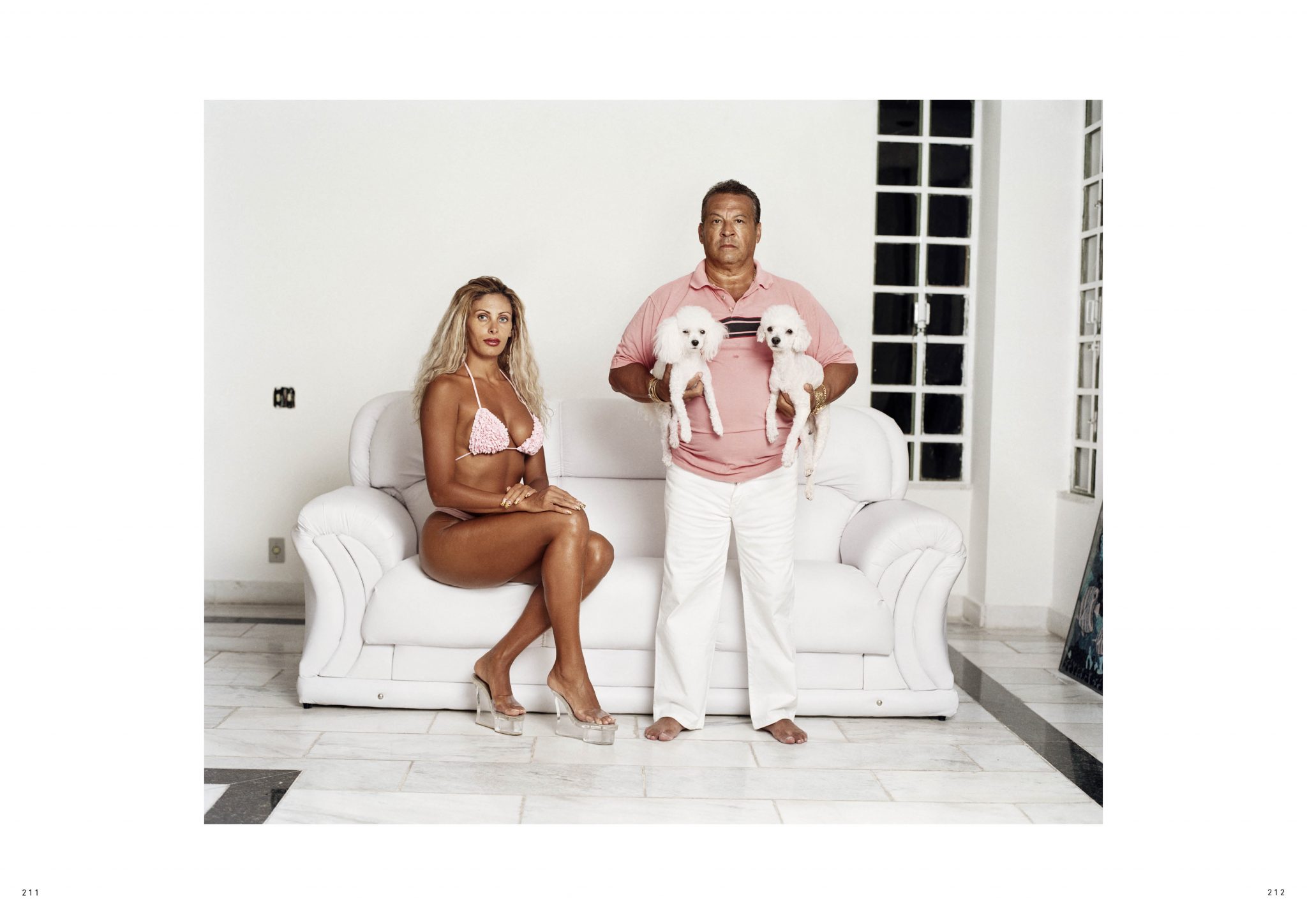
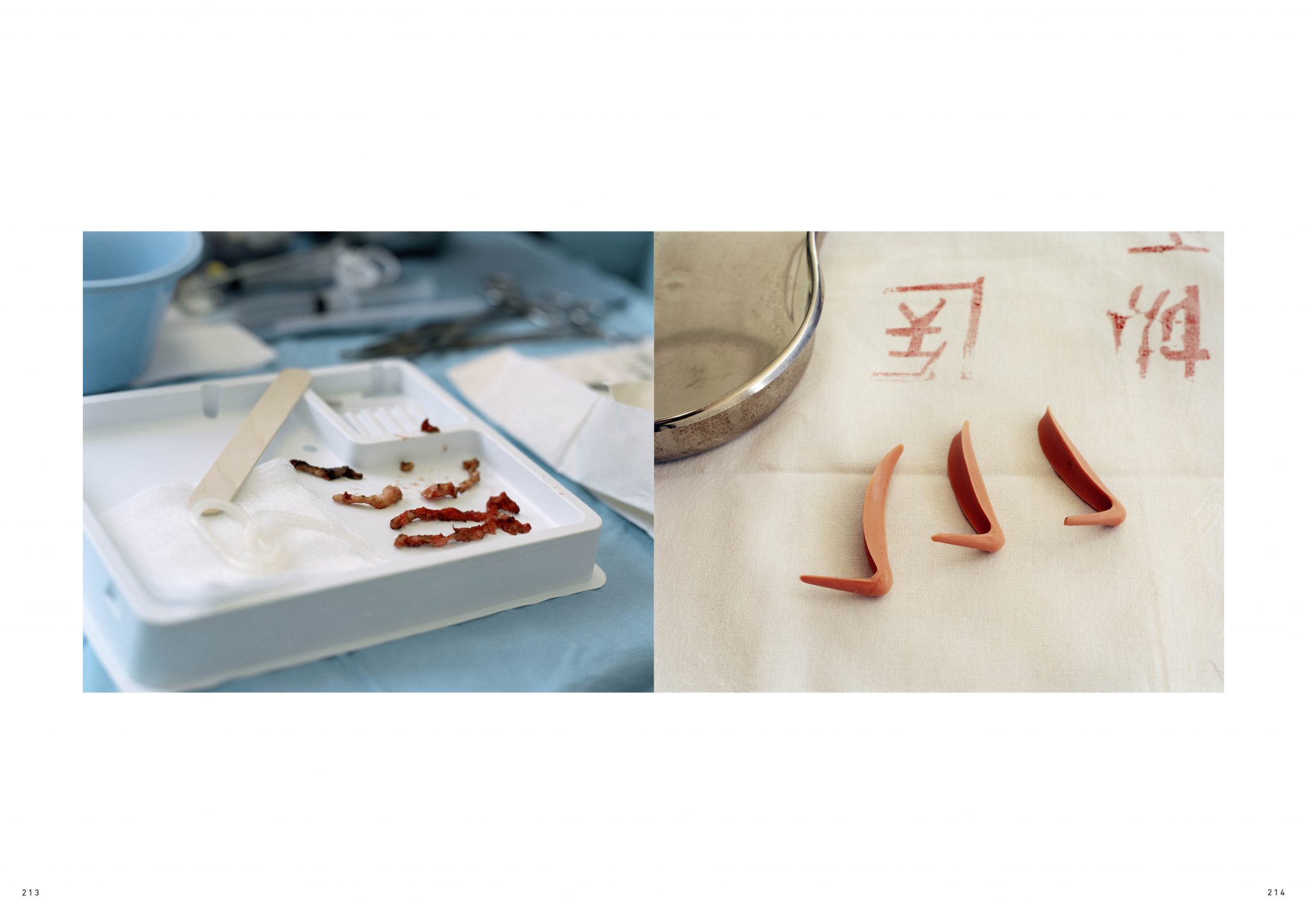
There are reportedly more nose jobs performed in Iran’s capital Tehran, than in any other capital city in the world. For more than 40 years strict social rules have demanded modest dress and covered hair. Laws forbid women to publicly sing, dance, or wear make-up. But today, frustrated with their lack of freedom, Iranian women are redefining what it means to live in an Islamic fundamentalist society. Iran, and Tehran in particular, has a female population that is pursuing rhinoplasty with the same passion that they’re pushing for government reform. With the series “Iran Nose Job”, Zed Nelson investigates this complex socio-cultural aspect by implicitly relating it to Iranian women’s struggle for autonomy and freedom, offering a powerful reflection on this seemingly contradictory subject.
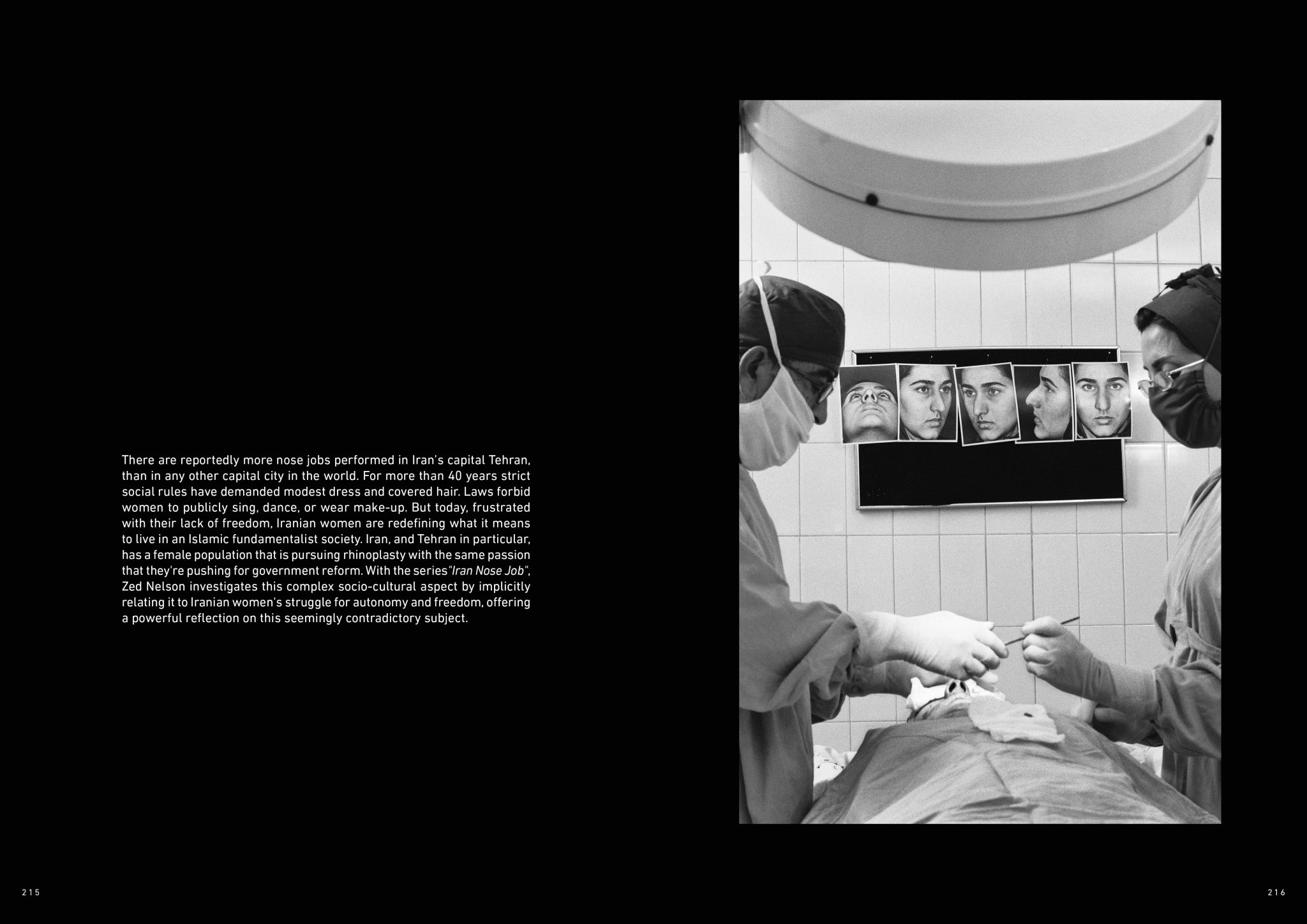
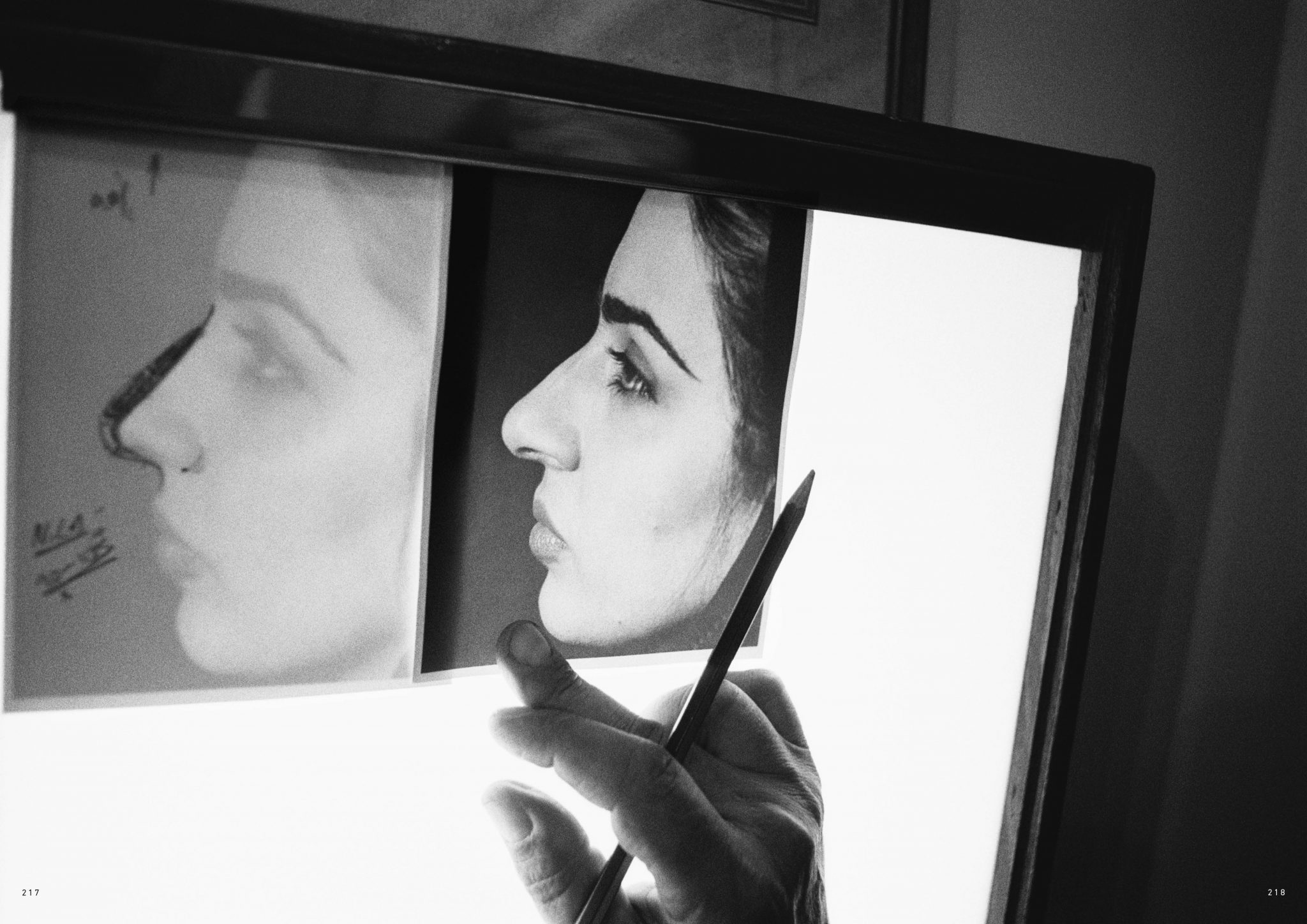
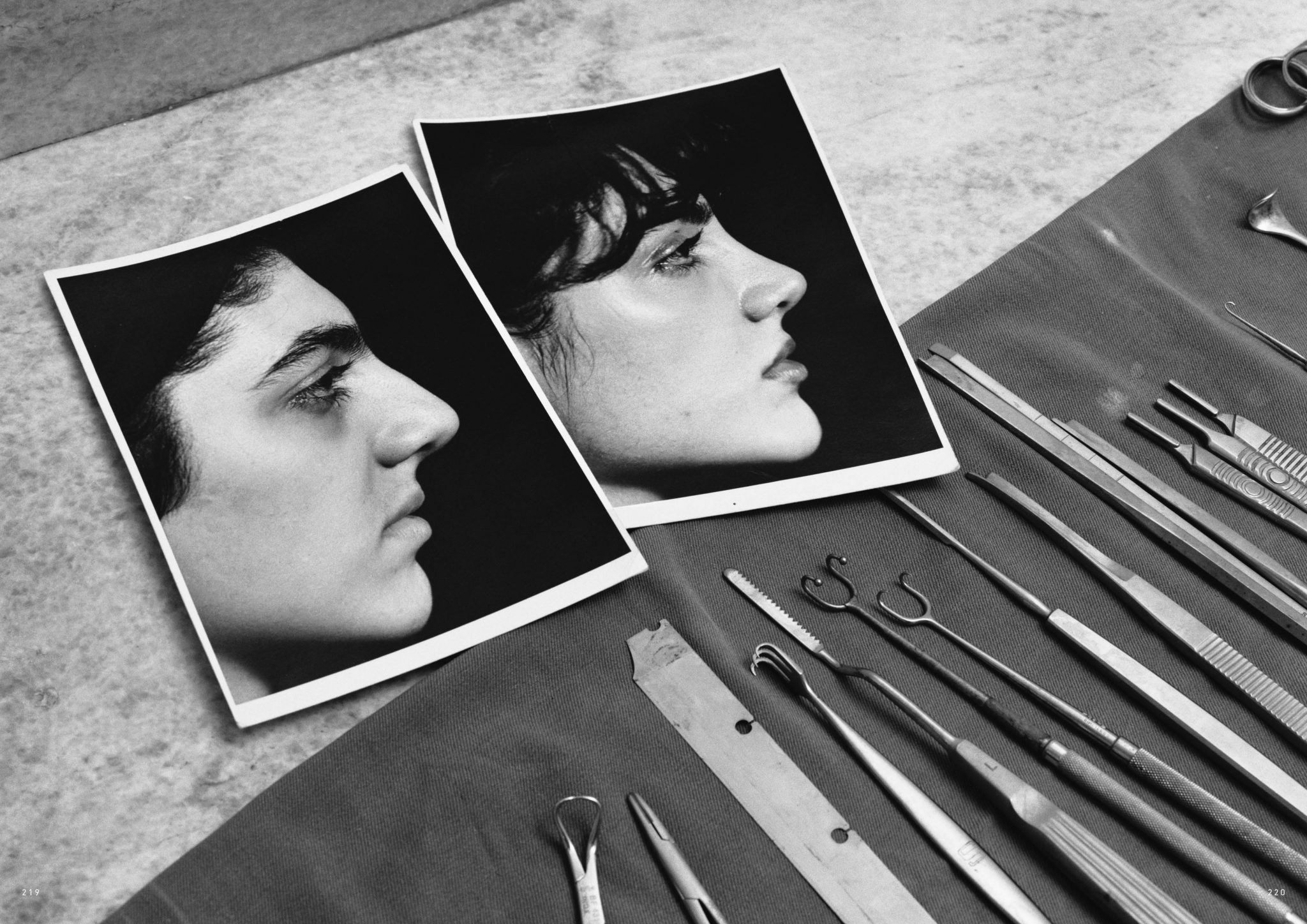
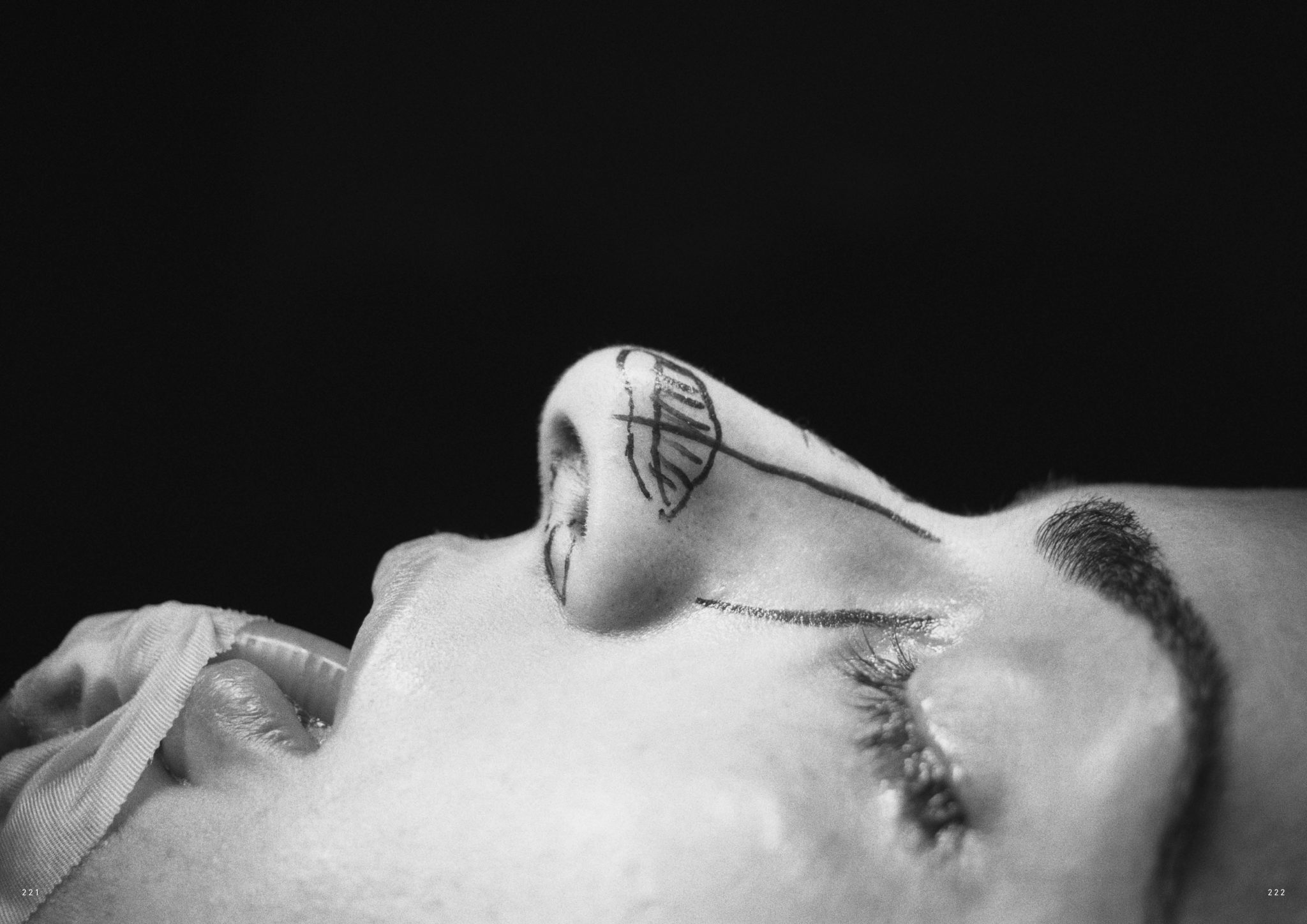
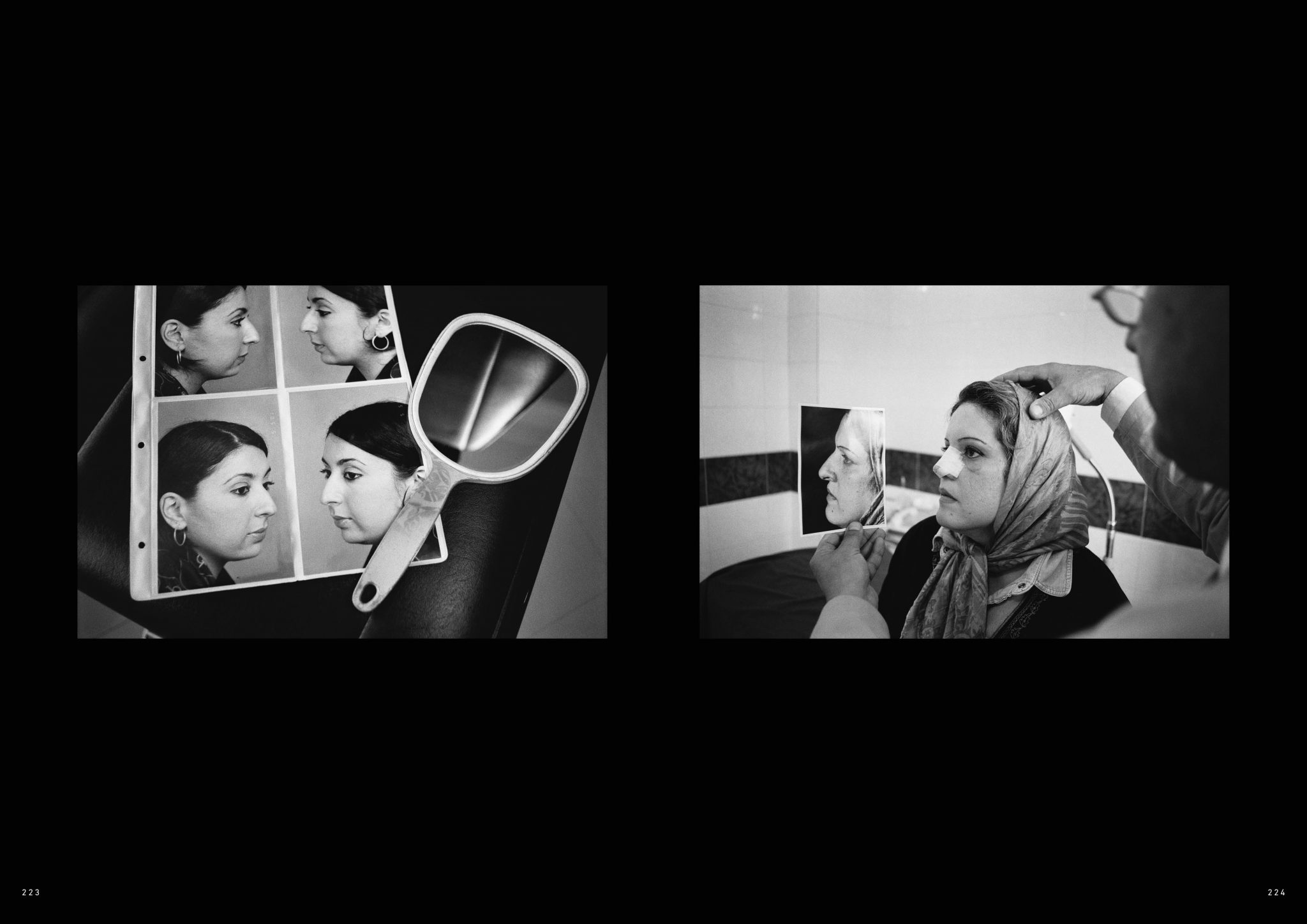
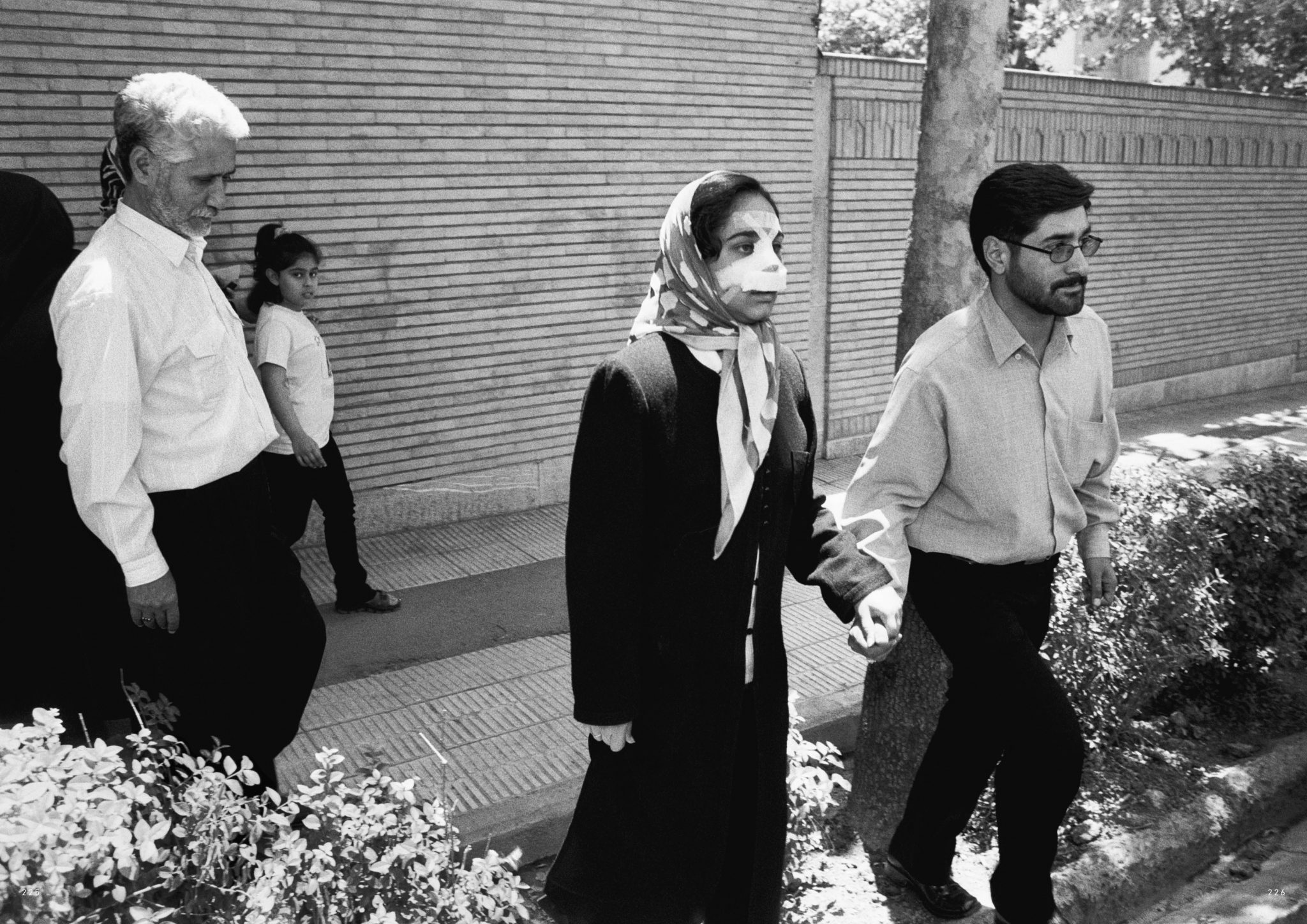
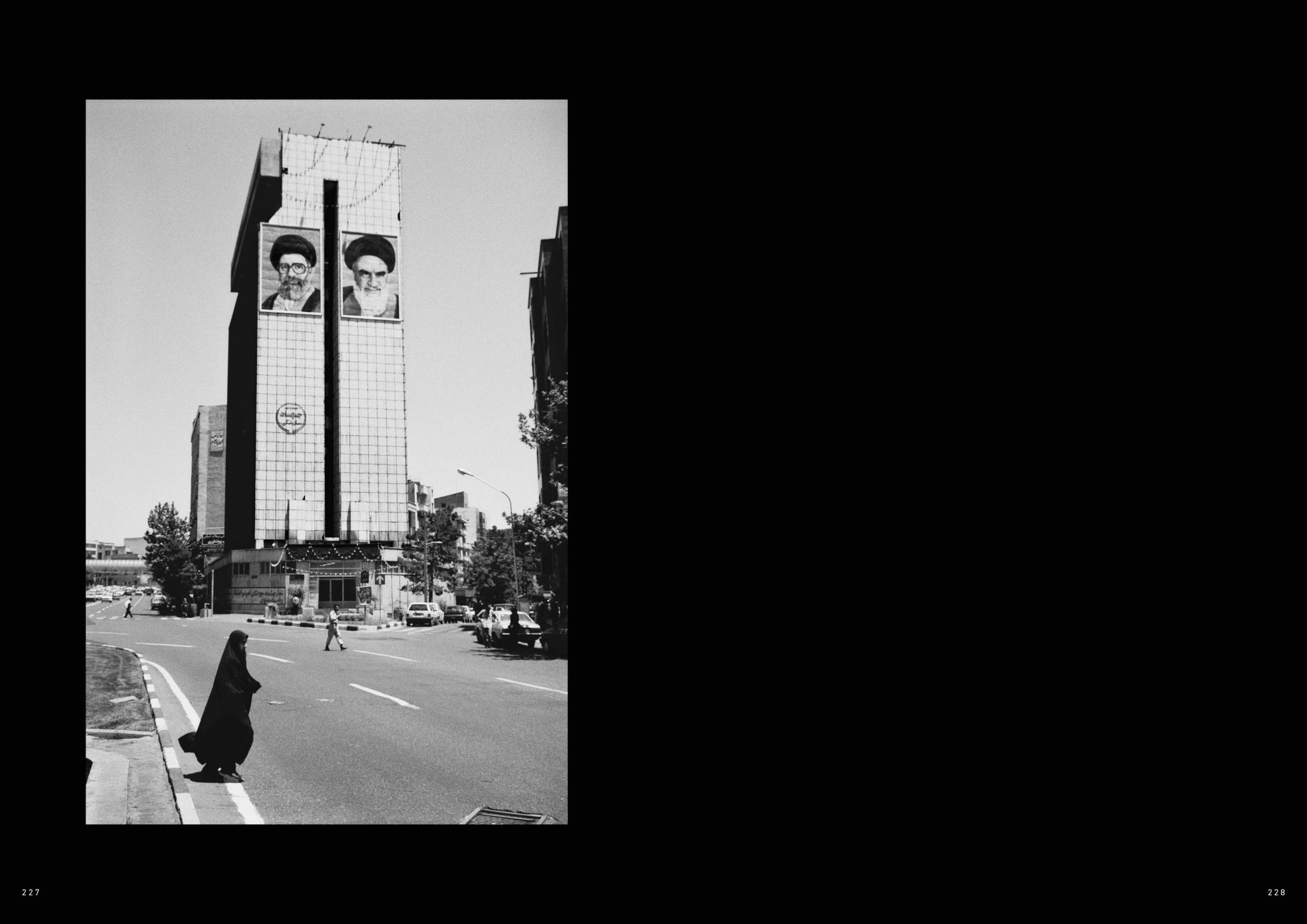
Valentina Tamborra
“I Nascosti” (The Hidden Ones) is part of a trilogy with which photographer Valentina Tamborra aimed to tell the story of the peoples living in the Arctic. Extracted from a larger body of work, the photographs in the following pages focus on the Sami, a native European people spread across the borders of four different states. Shot in Finnmark County, Norway,“I Nascosti” describes an ancient but, at the same time, modern culture that has in its deep connection and relationship with Nature its greatest strength. In the past victim of nationalism, today endangered by climate changes and by Green Economy policies that risk upsetting their traditional way of life, the Sami people endures and have so much to teach those willing to listen. “I Nascosti” is also a book published by Minimum Fax.

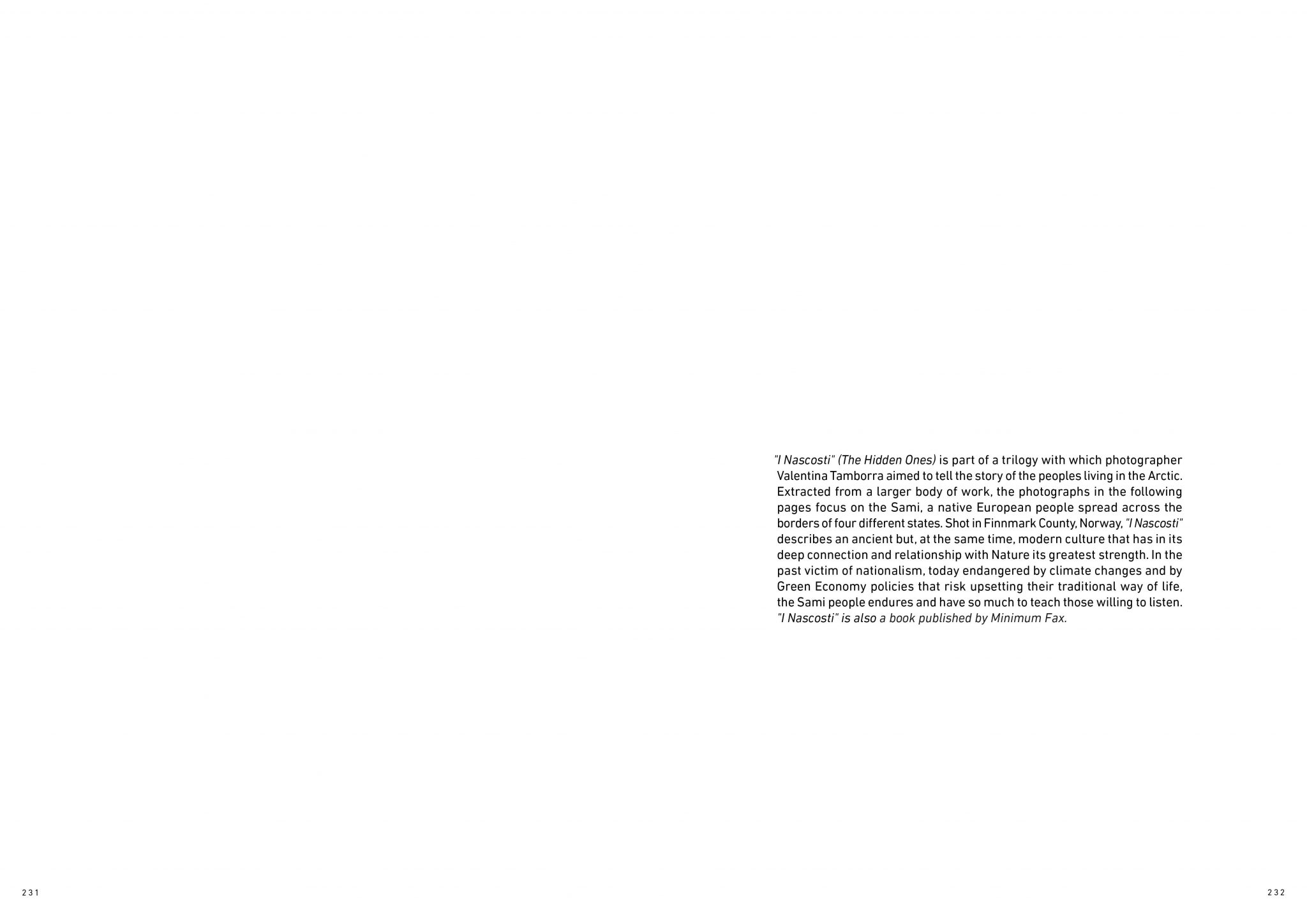
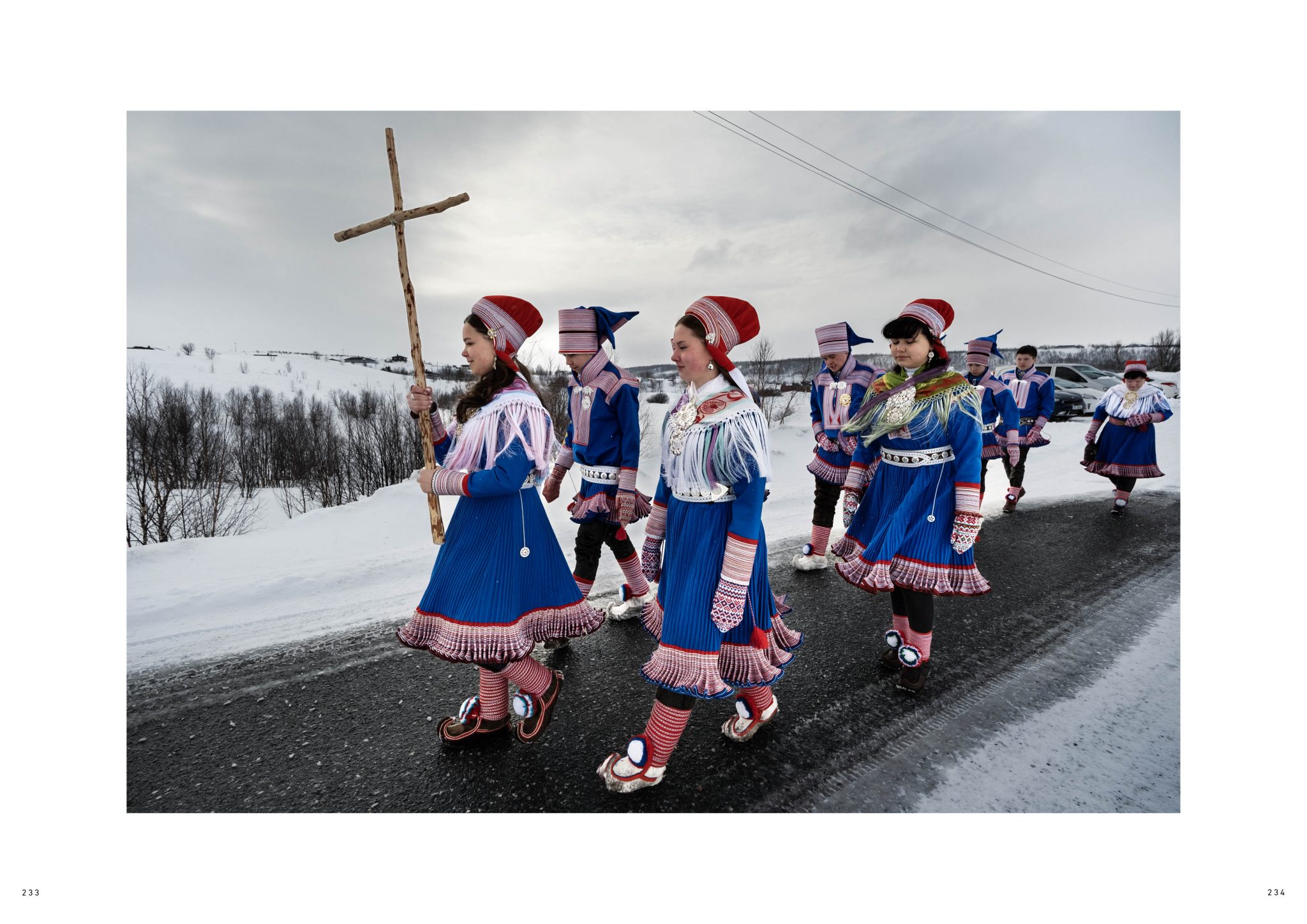
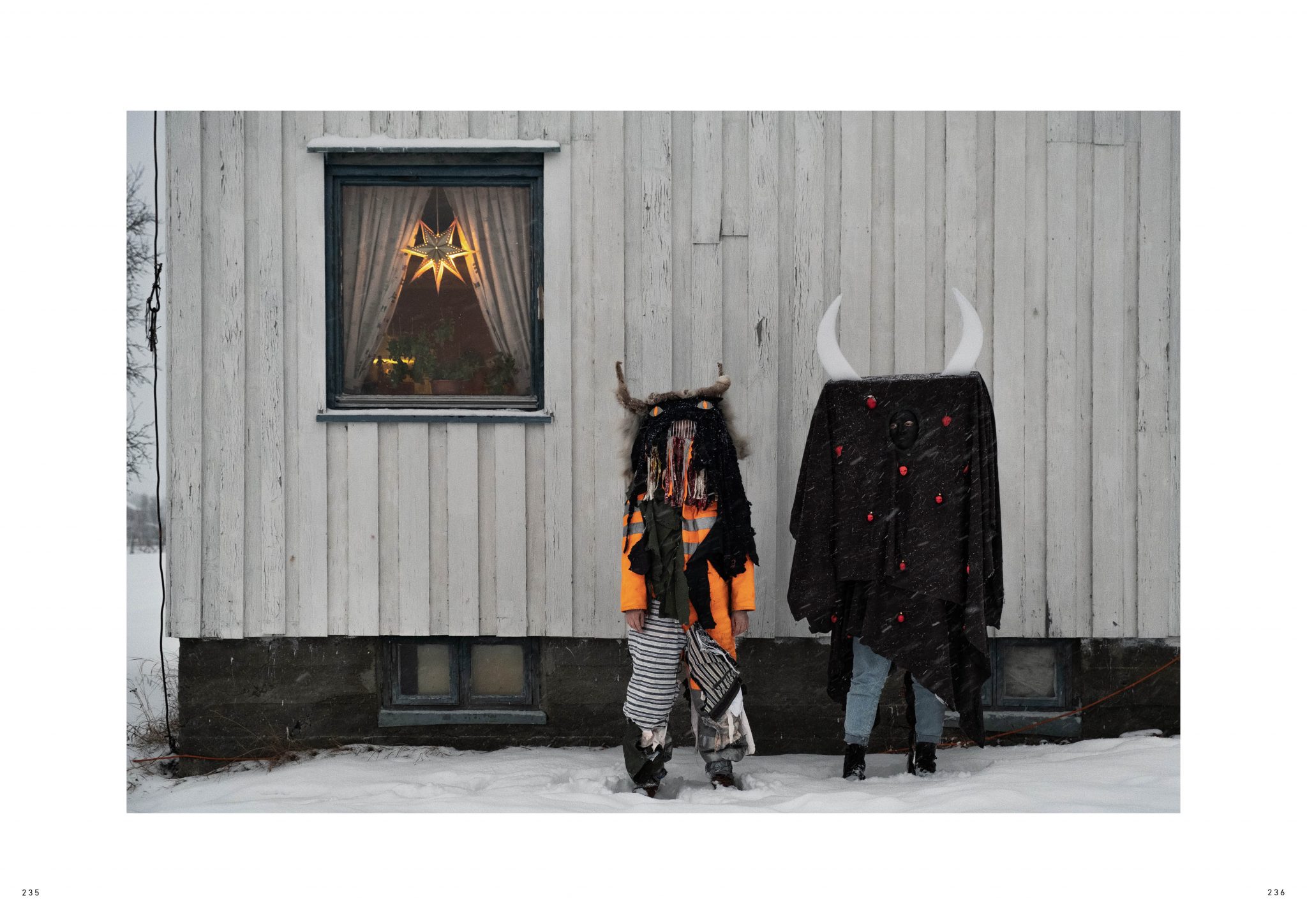
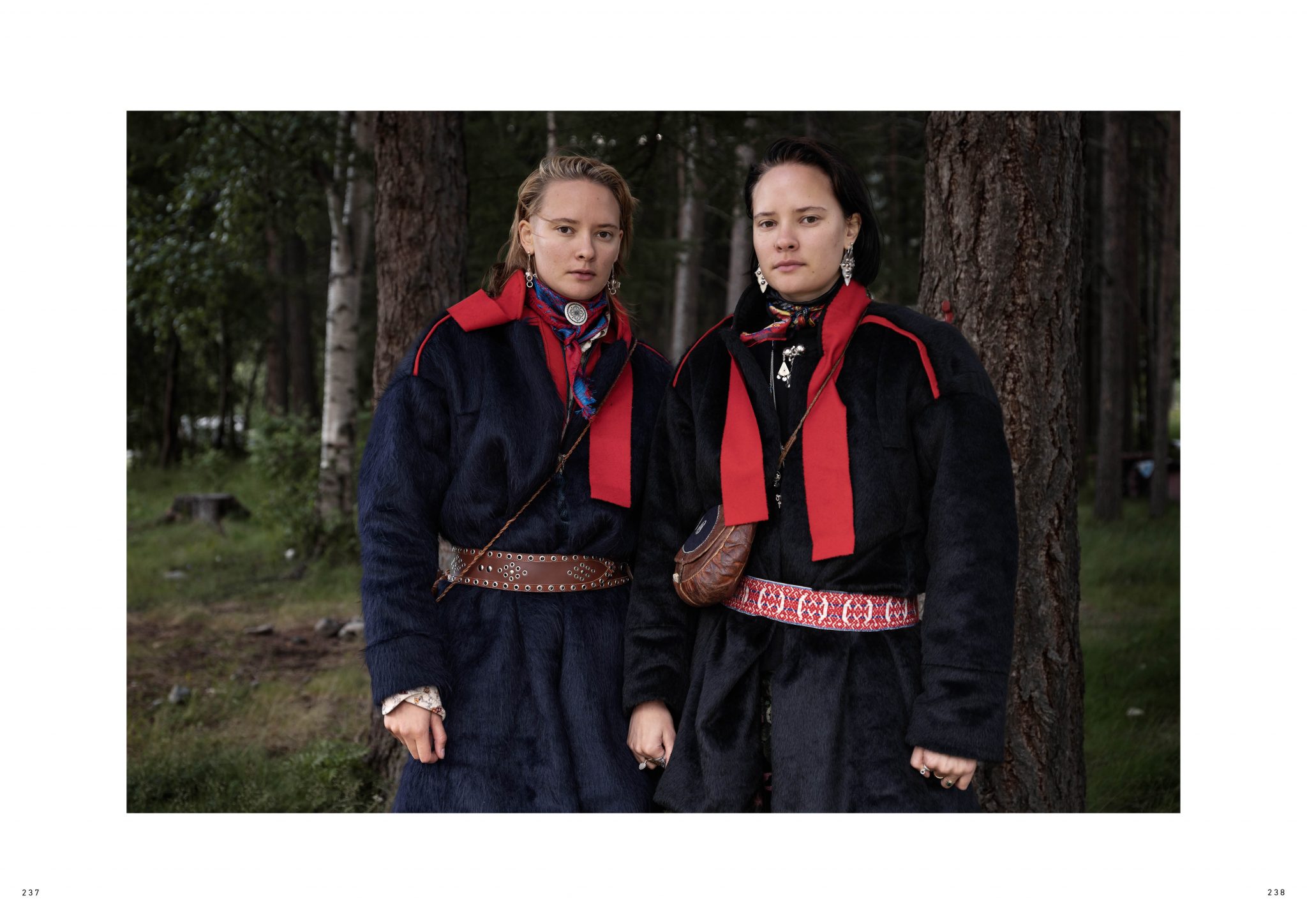
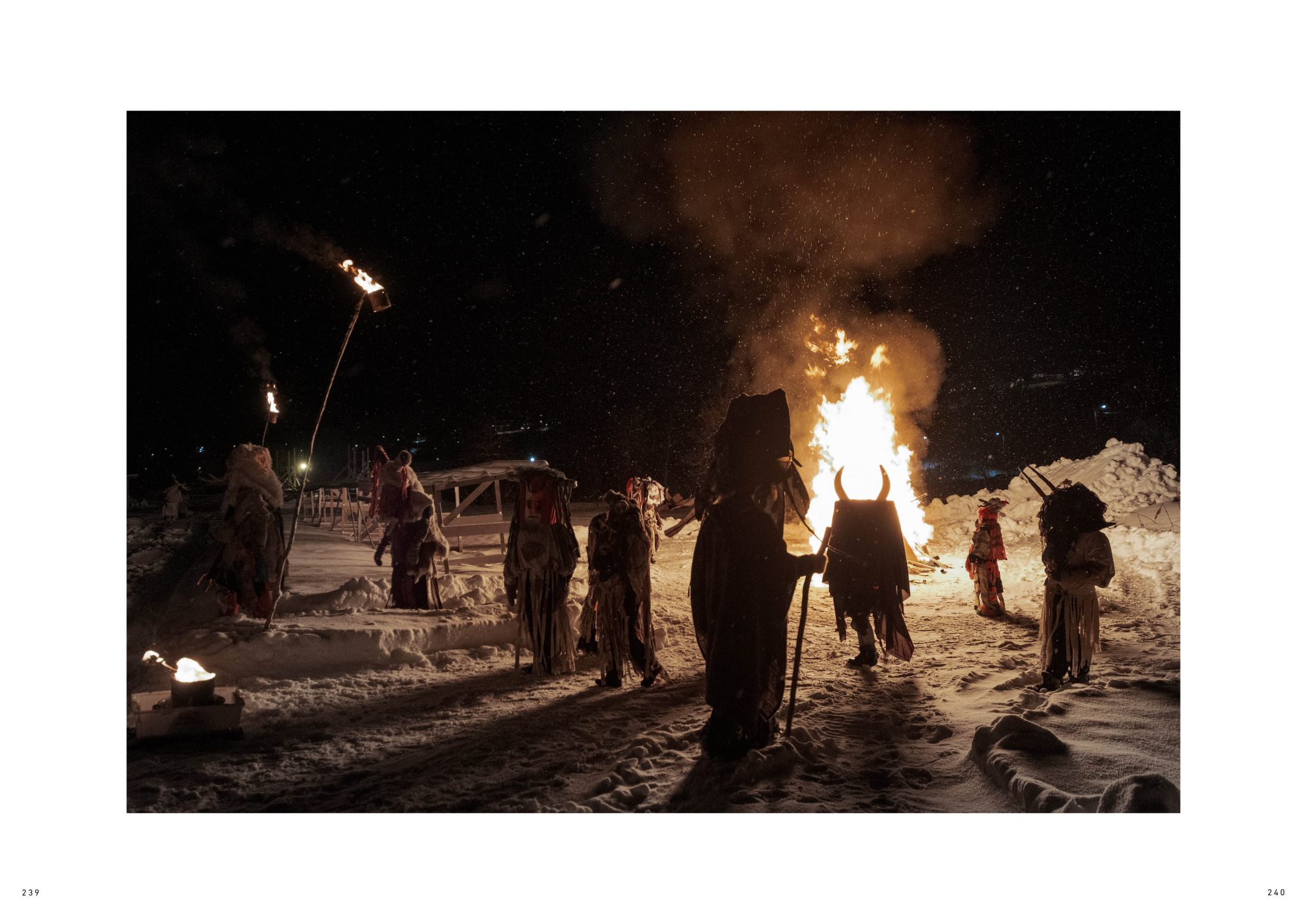
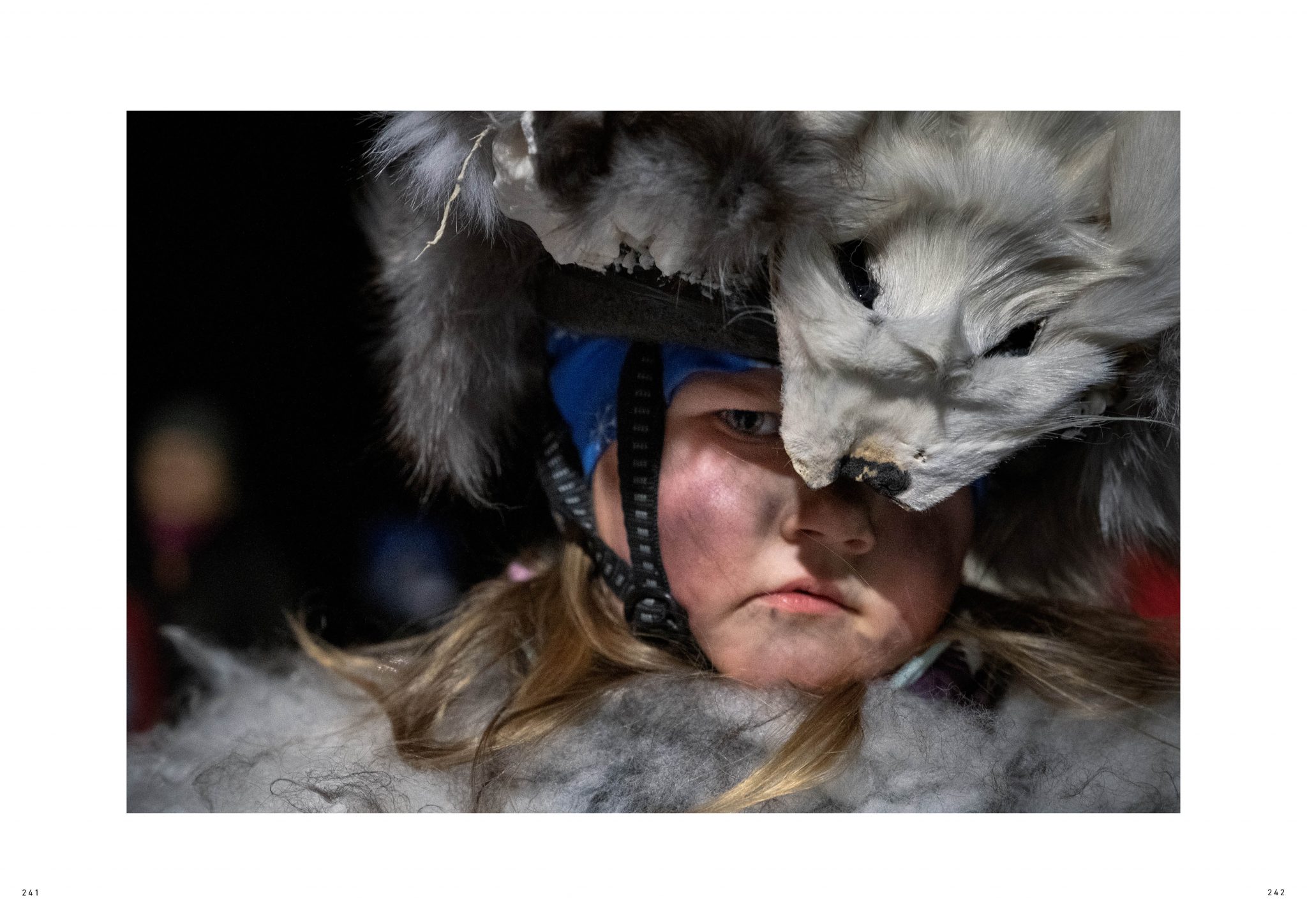
Mário Macilau
Mozambican photographer and social documentarian Mário Macilau’s powerful monochrome images depict people from marginalized and overlooked communities living in rural or peri-urban areas of East Africa. Macilau’s work focuses particularly on the negative socio-economic effects of migrant labor, foreign investment in developing countries, and the effects of globalization clashing with the roots of indigenous peoples’ traditional culture. Some of the pictures in the following pages were taken at “Hulene Dump” in Mozambique, an open-air dump that has become a major source of livelihood for several marginalized individuals, but which is also causing severe environmental degradation and poses a serious public health hazard.

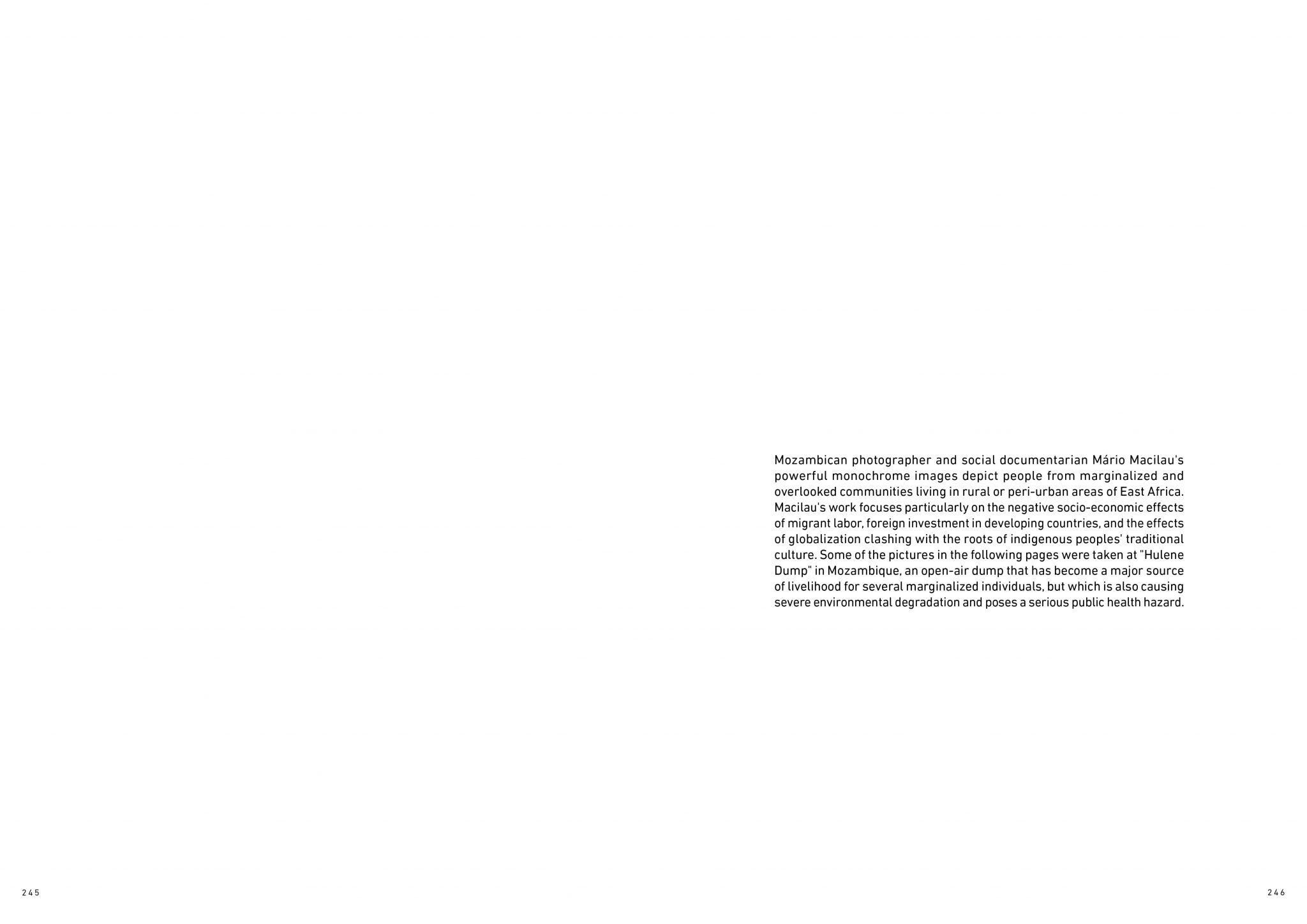

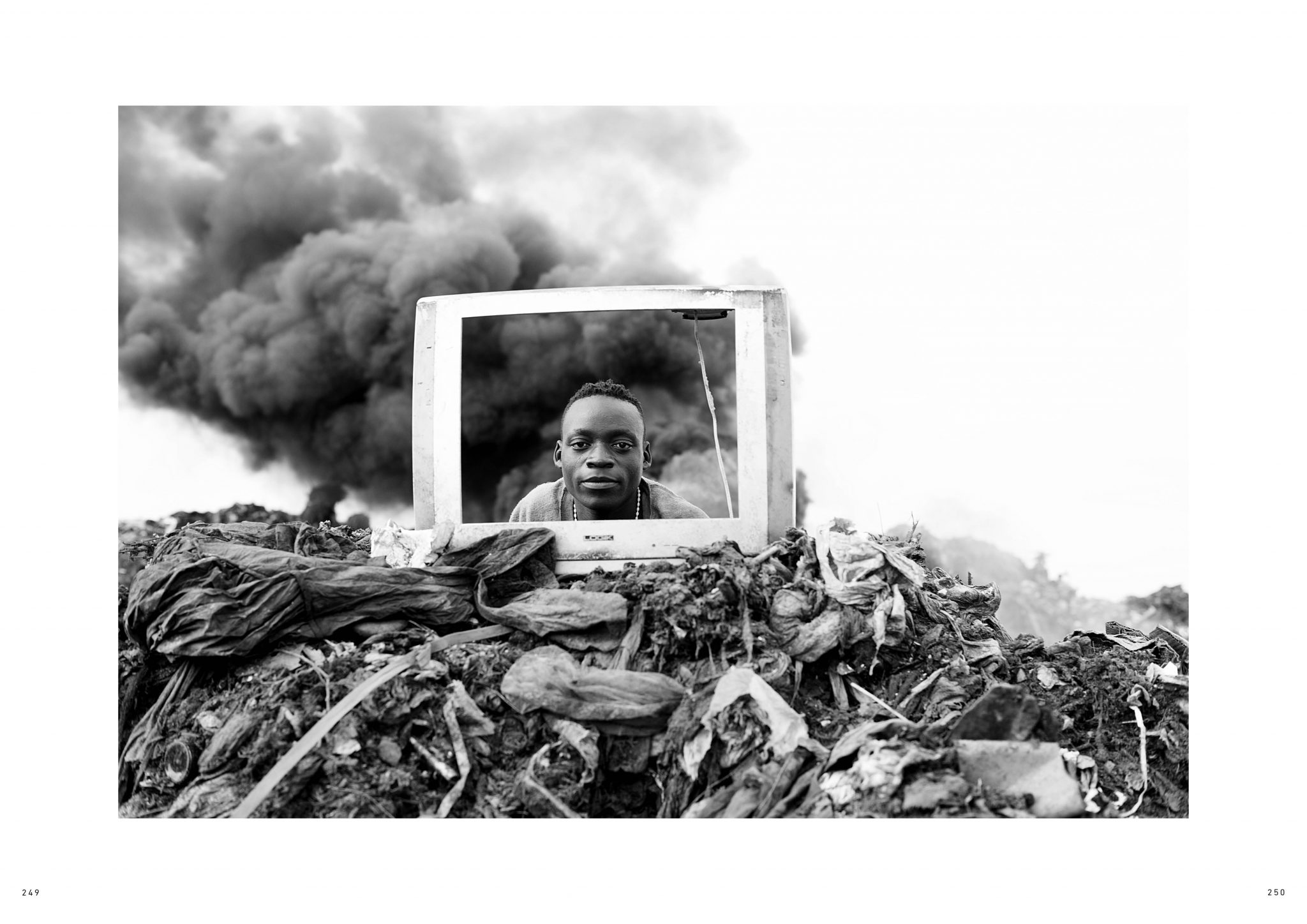
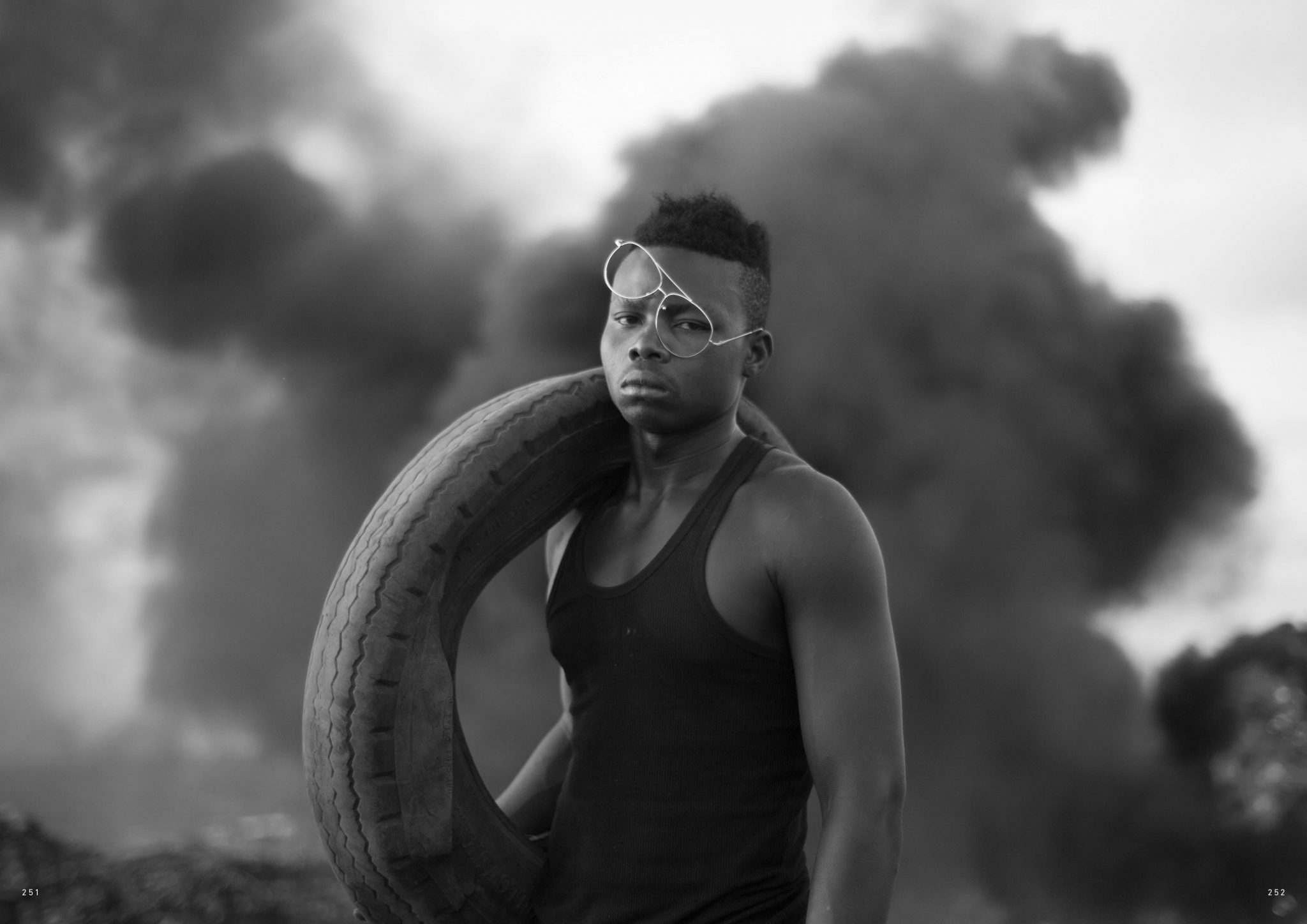
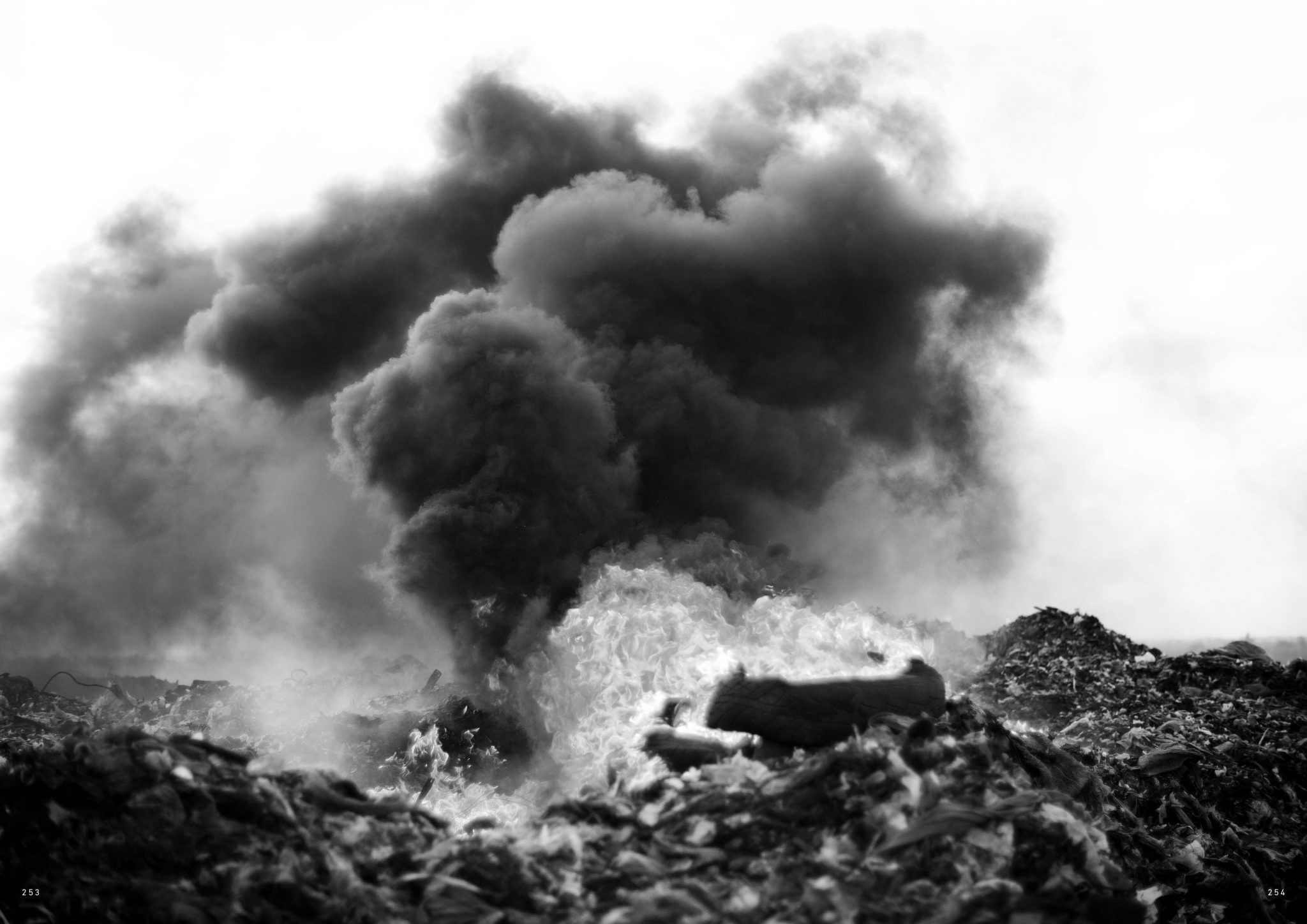
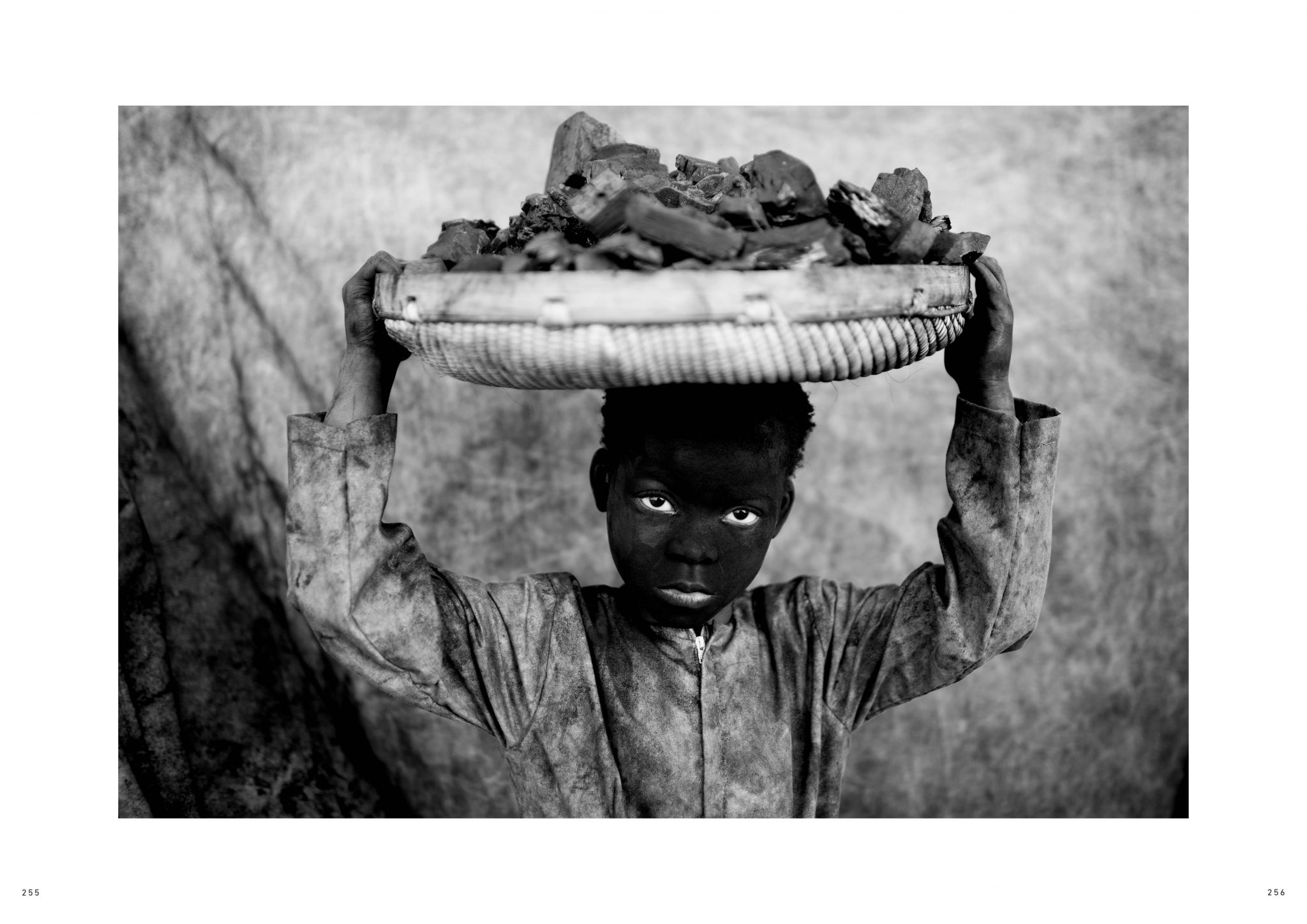
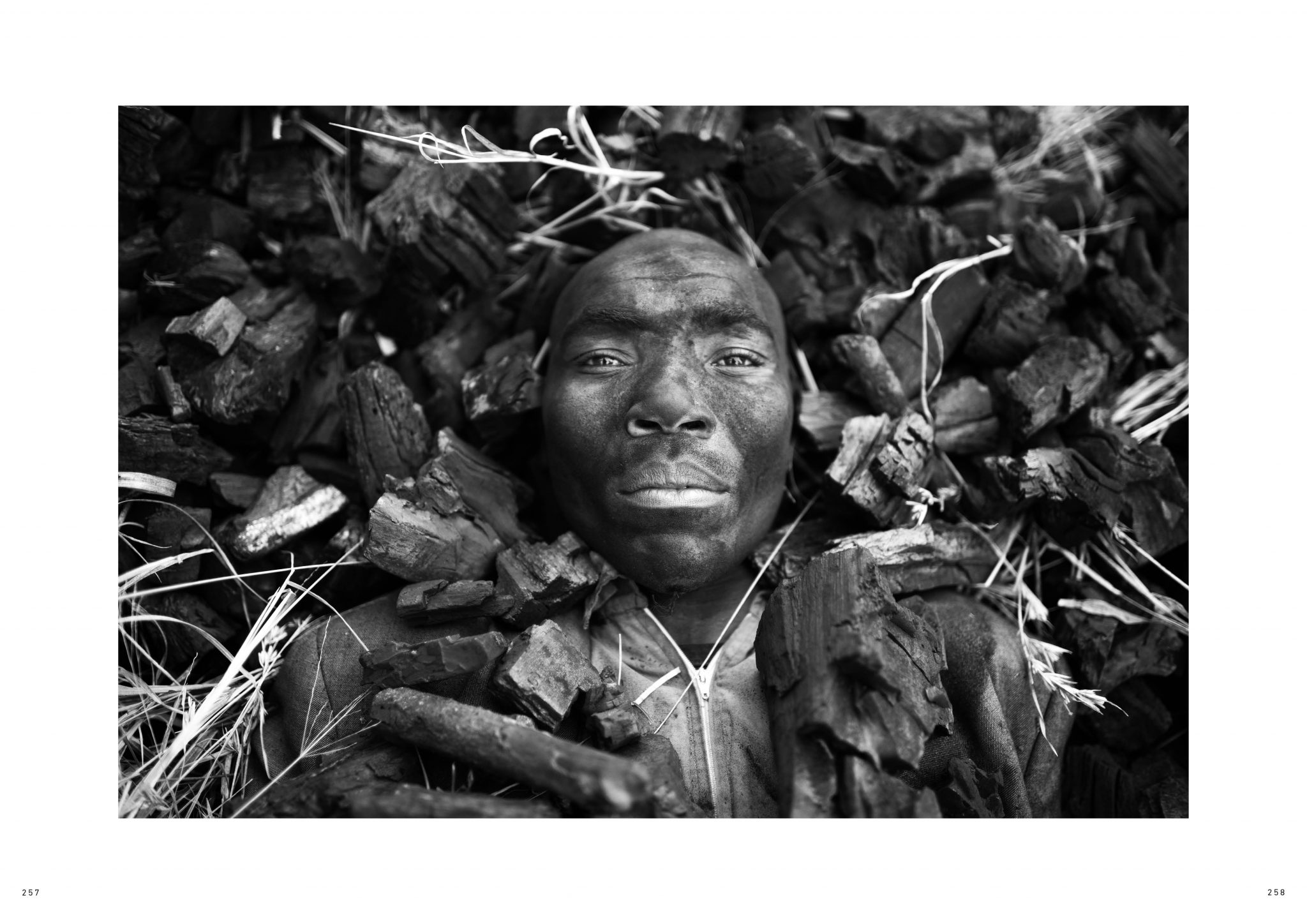
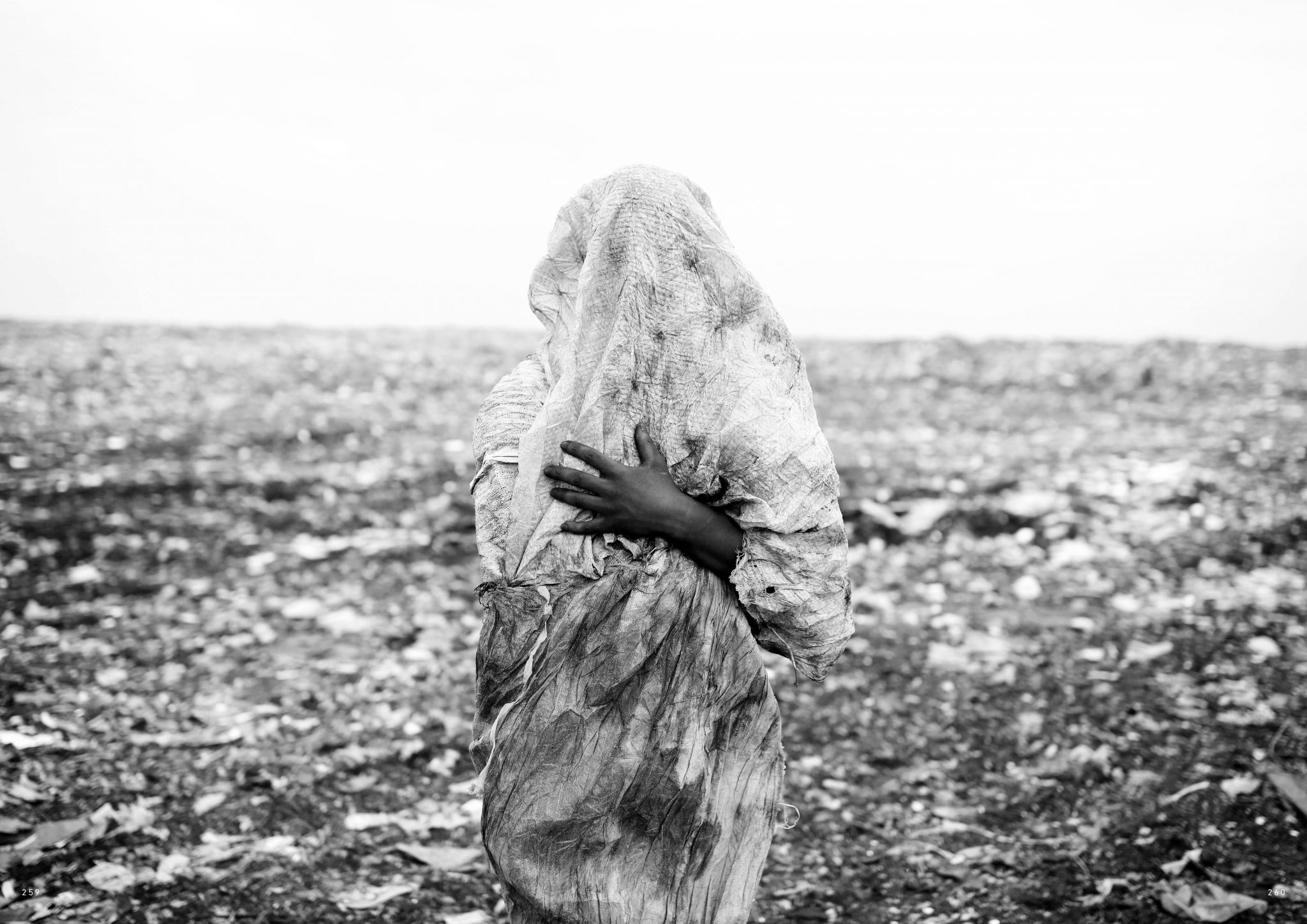
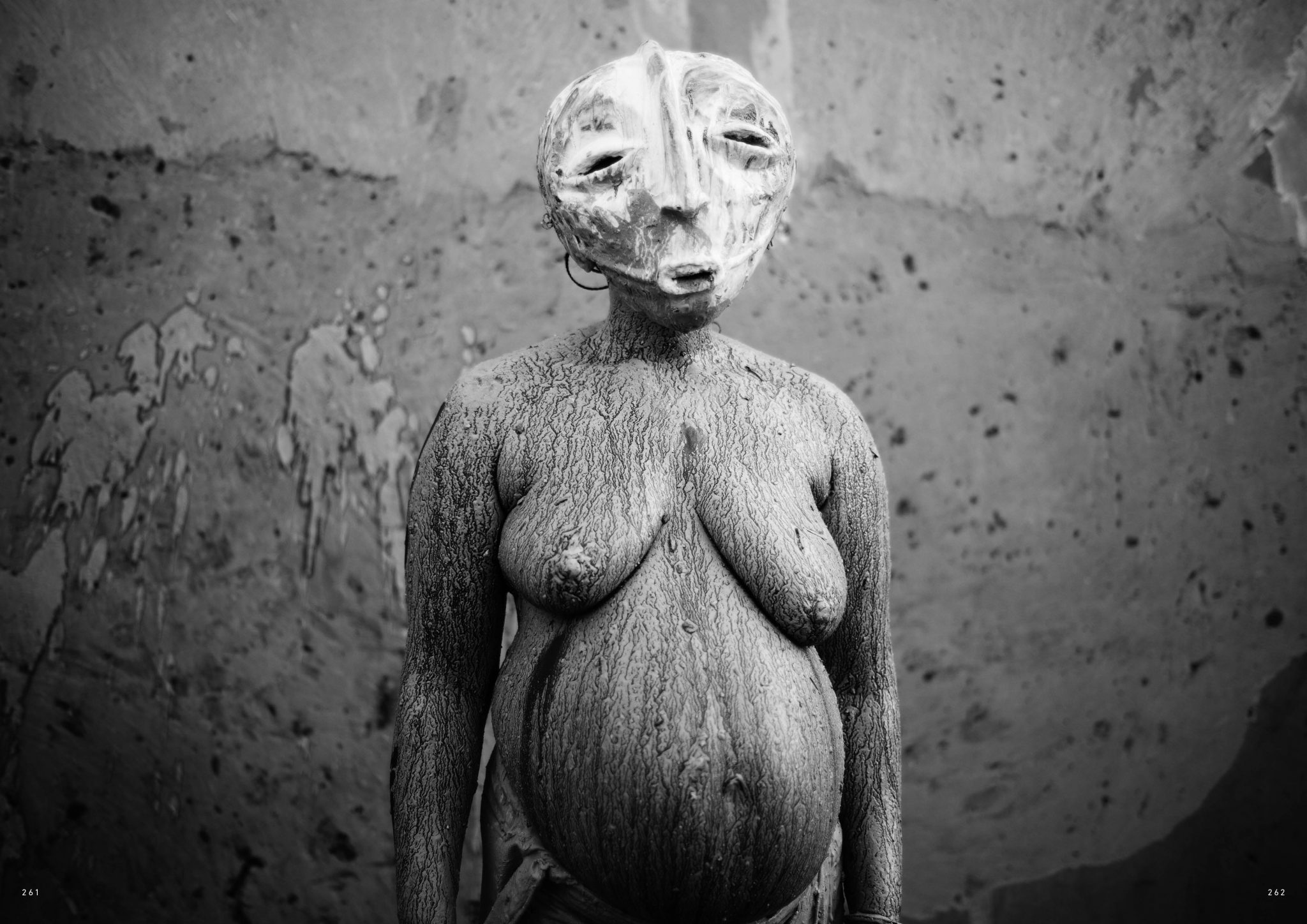
Athi-Patra Ruga
The series of tapestries you are about to see is part of the larger work “Future White Women of Azania” by South African artist Athi-Patra Ruga, in which the author tells the story of the non-dynastic line of Queens who rule the utopian lands of Azania: a Southern African uncolonized arcadia, populated with characters whose identities are in a constant state of transformation, depicting signifiers of an Azanian national identity: a colorful mythical imagery with which Ruga questions the processes of nationalism, nation-building, racial, and gender identities in the post-colonial and post-apartheid eras.

